John and Mary Kormendy: Birding Trip to Eastern India and Tadoba Tiger Reserve (2014)
These are the pictures from a 2014 December trip first to Eastern India (Assam and Arunachal Pradesh provinces) and then to Tadoba Tiger Reserve in Maharashtra, central India. The pictures are posted here chronologically as a travelogue. Ken Freeman participated in the Eastern India part of the trip, and Jack Poll was our guide throughout India.
It was a difficult trip for photography, so many pictures are not very good. Even very bad bird pictures are included, because we want to remember the species that we saw. This is a record of 115 of the ~ 250 species in total - including 95 life birds for John in Assam and Arunachal Pradesh and 10 more at Tadoba - that we got on this trip. Plus one bird (Verditer flycatcher) that we caught on camera but did not see. Scenery and other pictures are interspersed chronologically. For us who were on the trip, a complete travelogue is the best way to remember it.
This web site is not public. The June 13, 2015 update is final -- no more pictures will be added.
The pictures are copyrighted and should not be used without permission.
Assam and Arunachal Pradesh, India
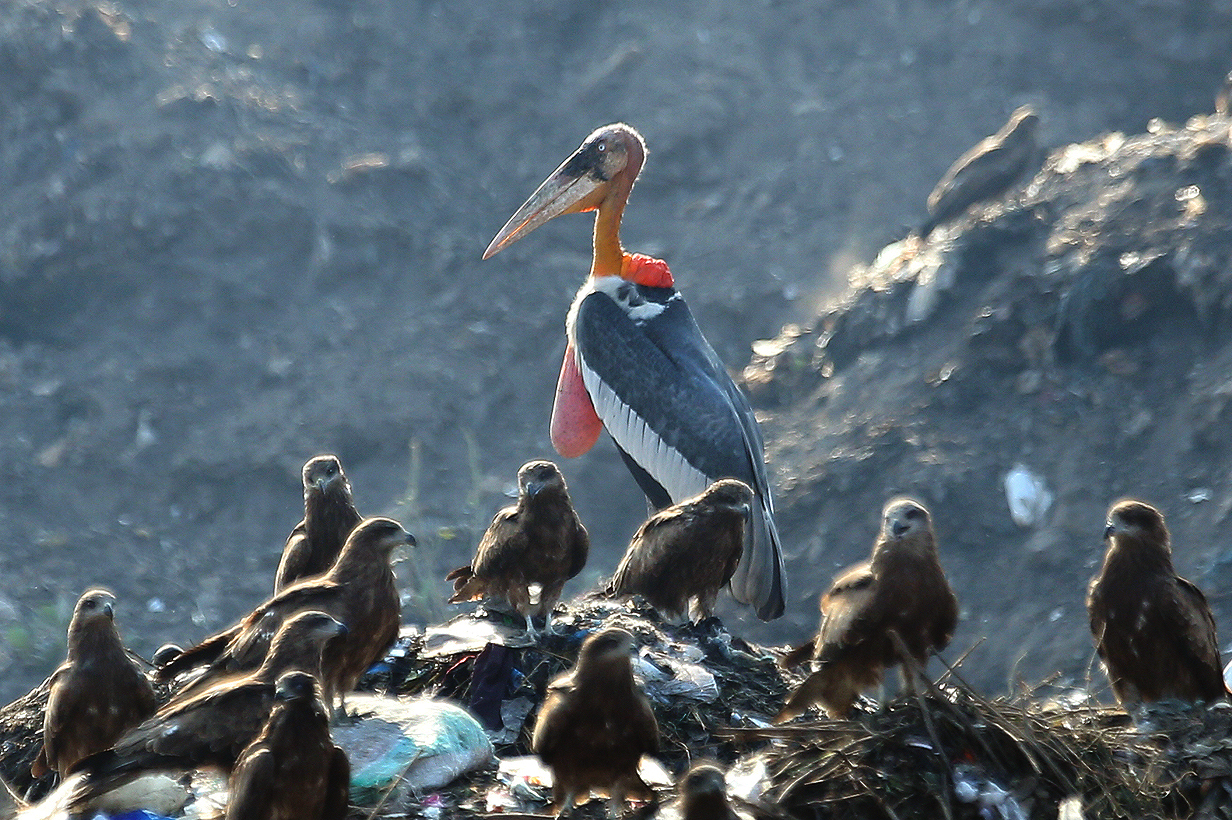
Greater adjutant male in breeding display (with Black kites)
Our first birding stop in India was Guwahati garbage dump! Do we know how to arrange a vacation or what?!

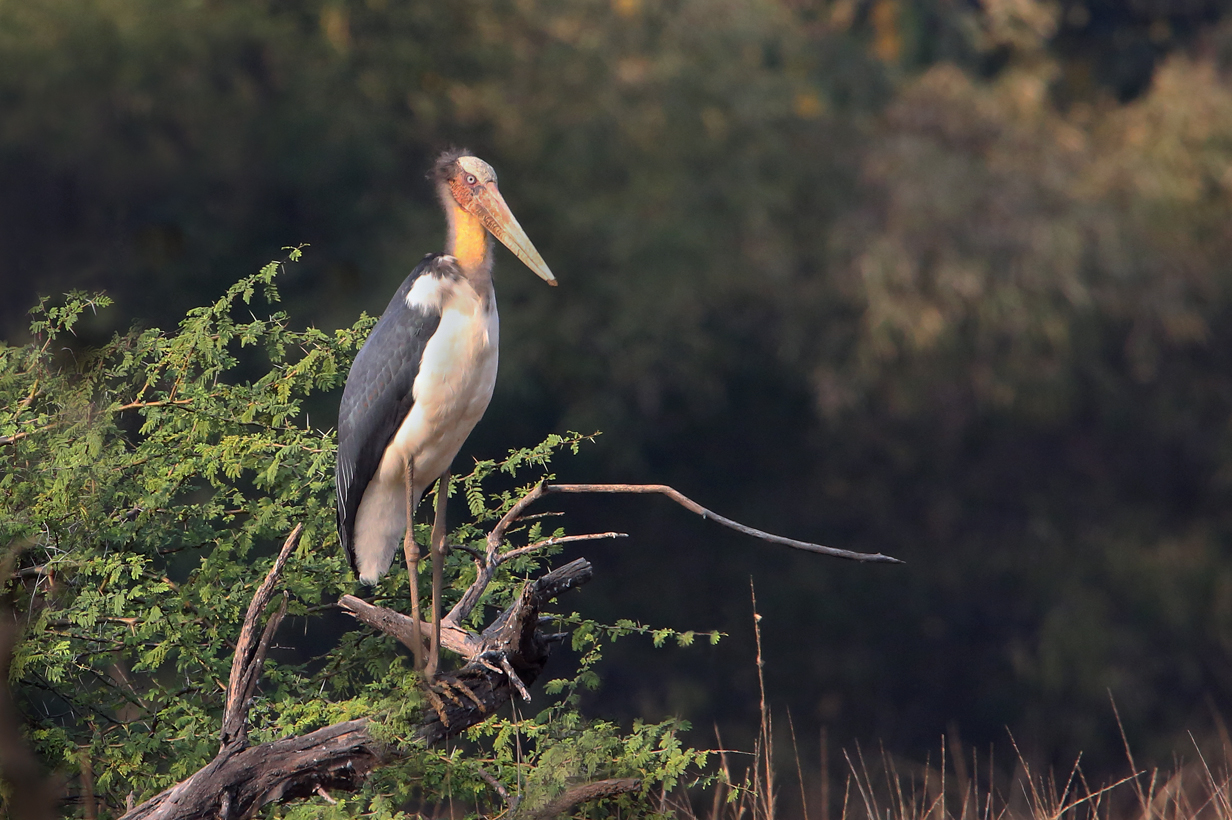
Lesser adjutant (from later in the trip, but put here because we saw Lesseer and Greater adjutants for the first time together at Guwahati garbage dump)

White wagtail (Guwahati garbage dump)
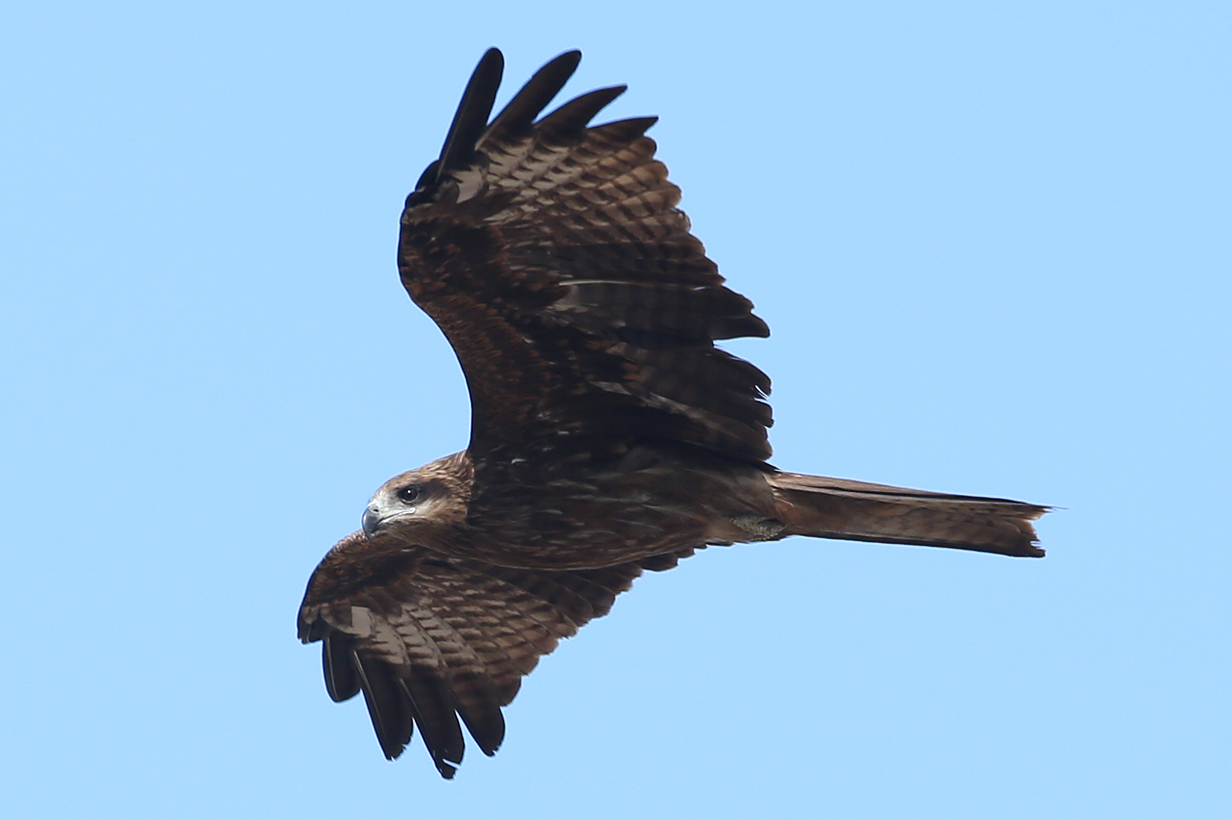
Black kite
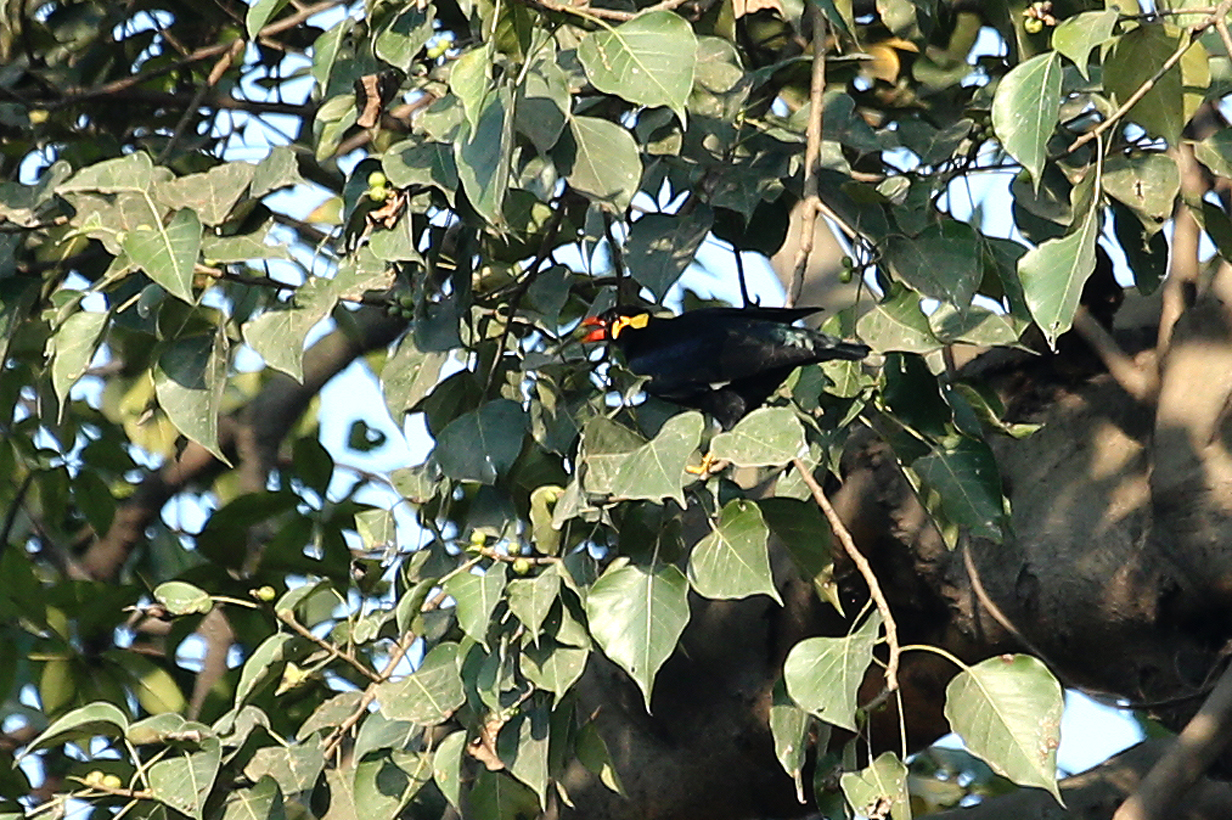
Hill myna (This is our life bird.)
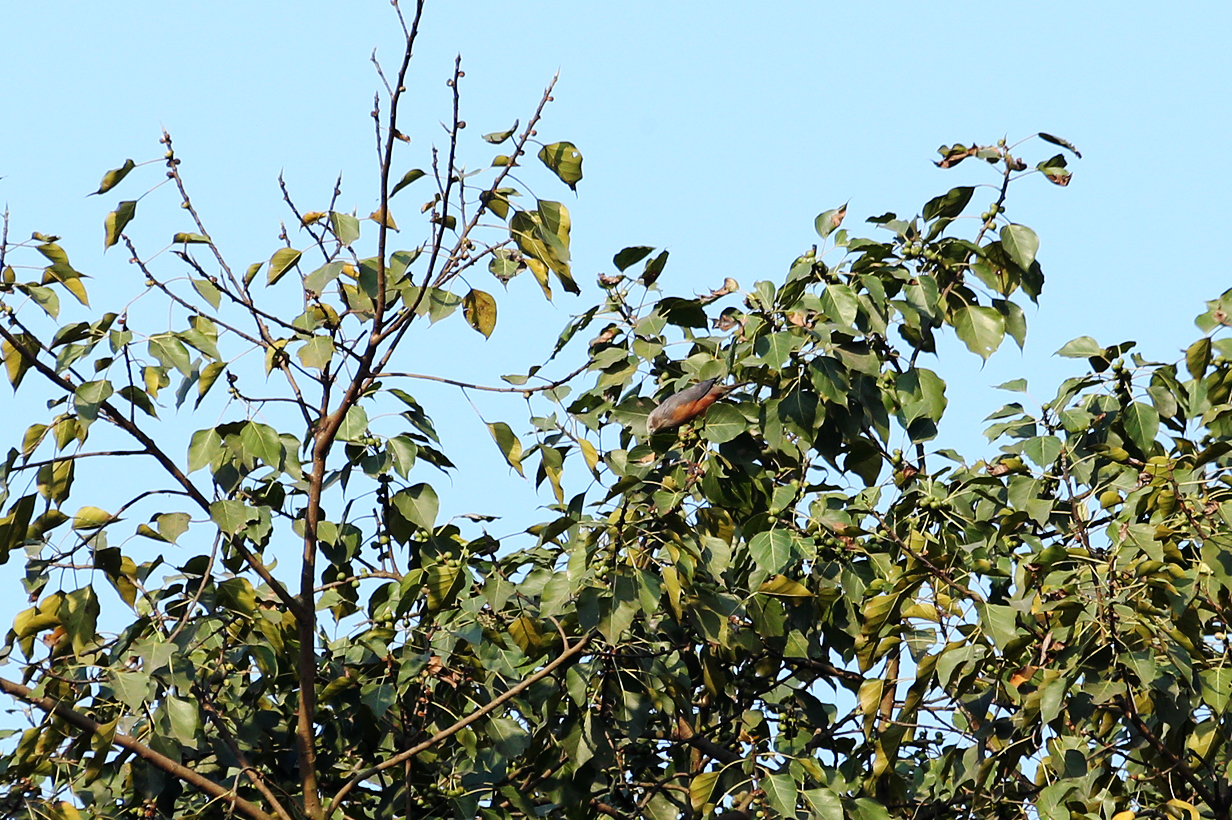
Chestnut-tailed starling (Terrible picture of our life bird)
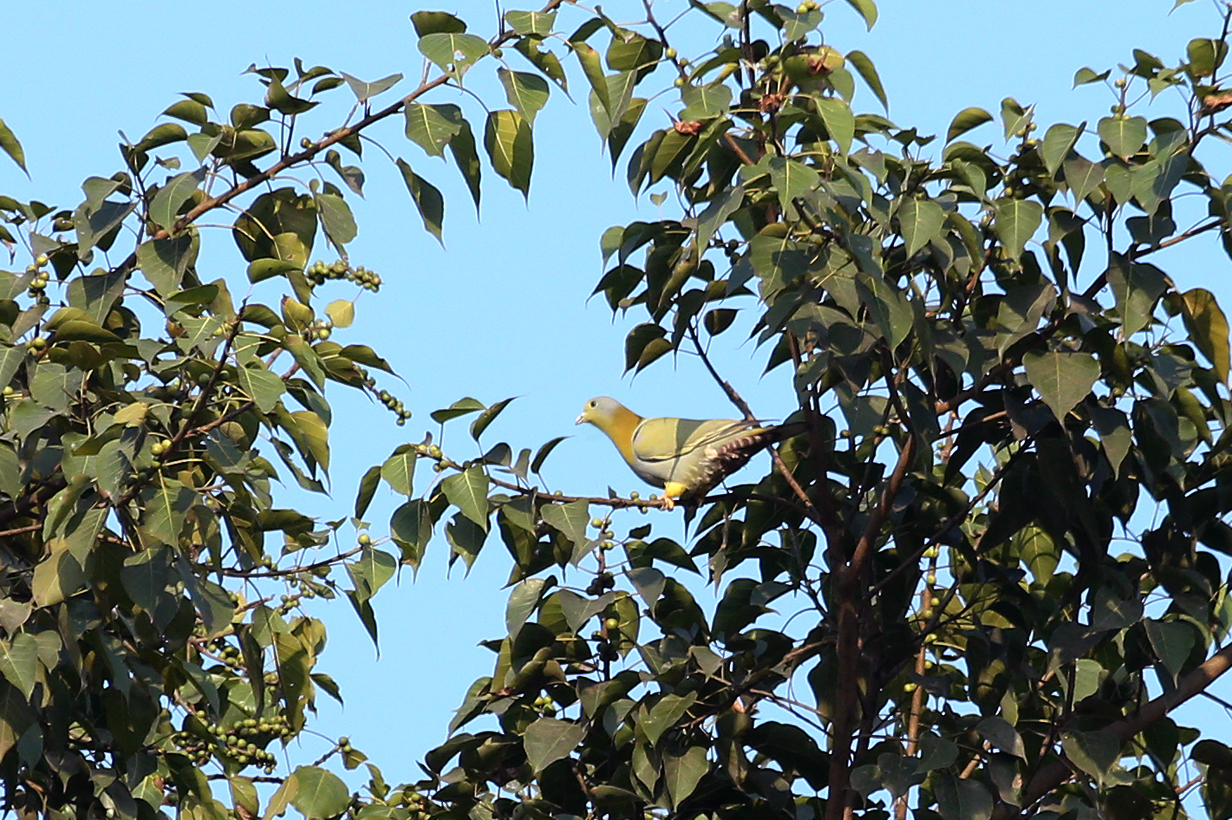
Yellow-footed pigeon (There is another picture near the end of the trip.)
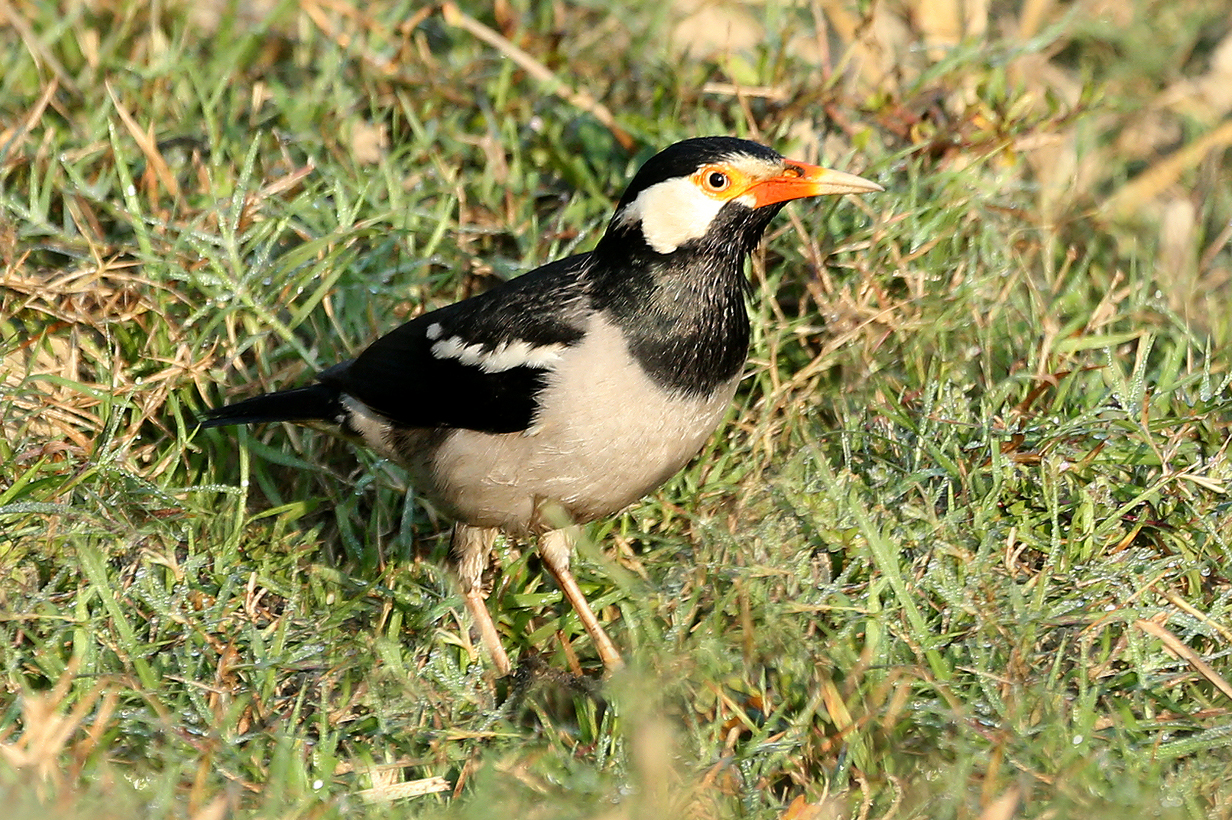
Asian pied starling
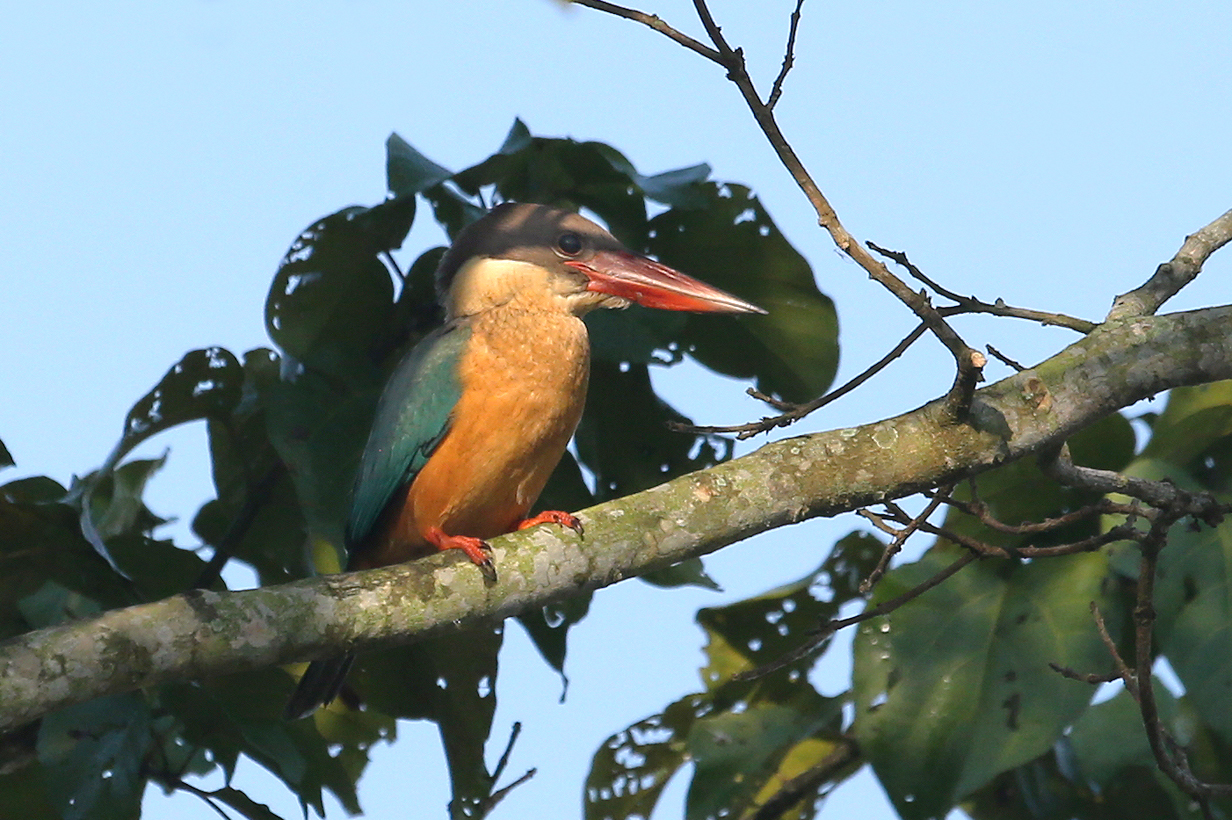
Stork-billed kingfisher
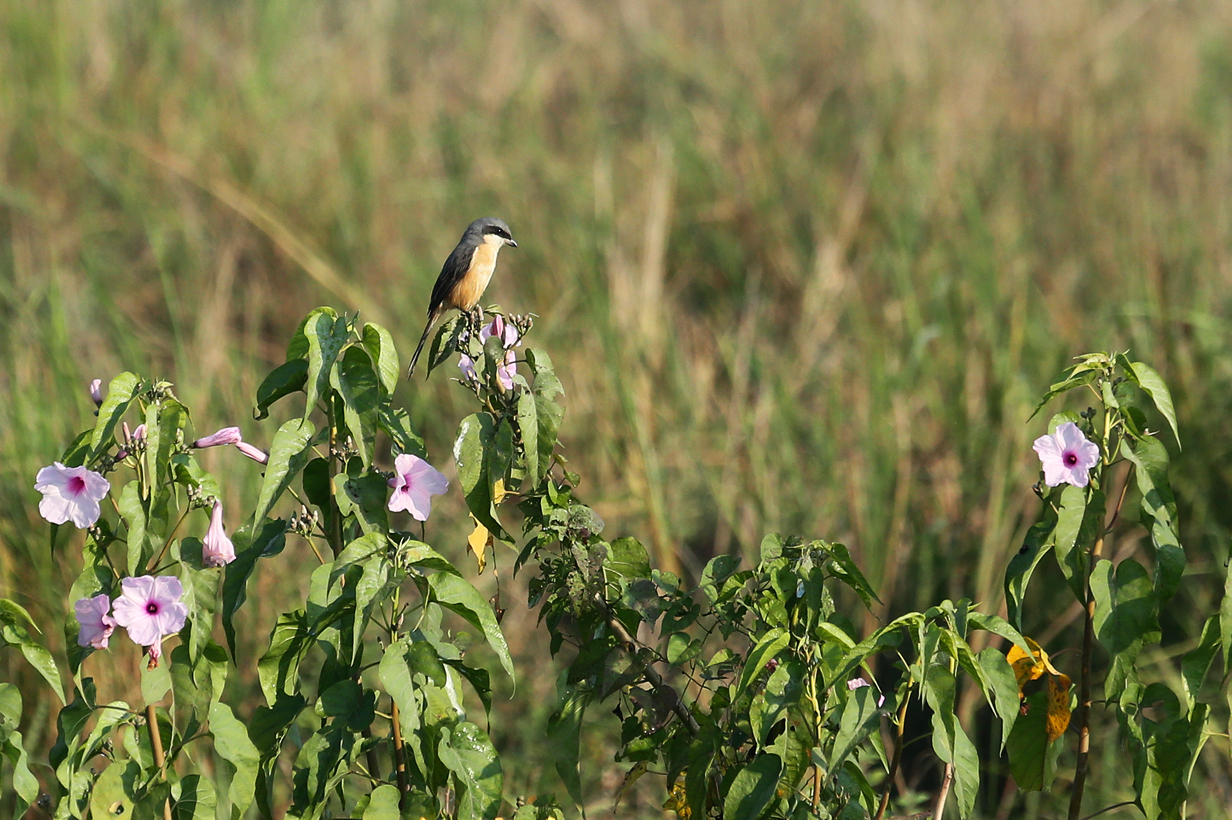
Gray-backed shrike (This is our life bird.)
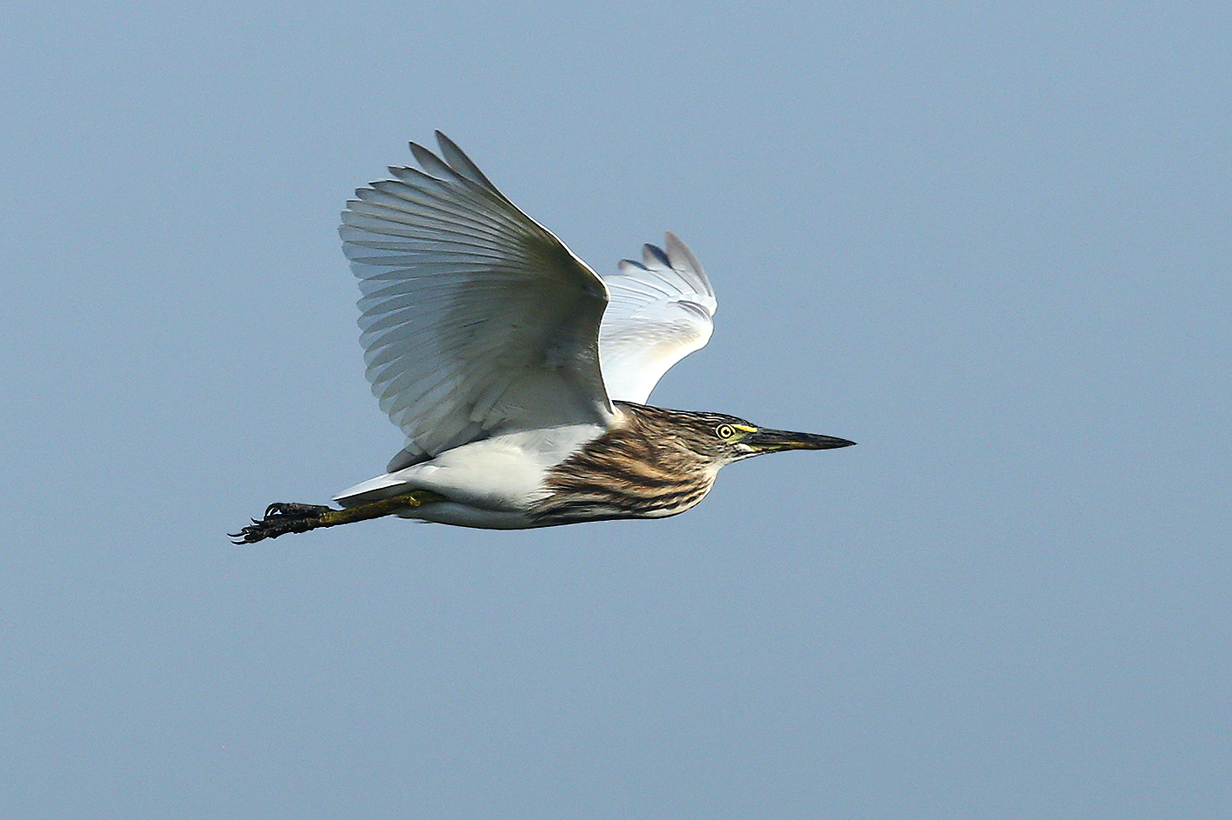
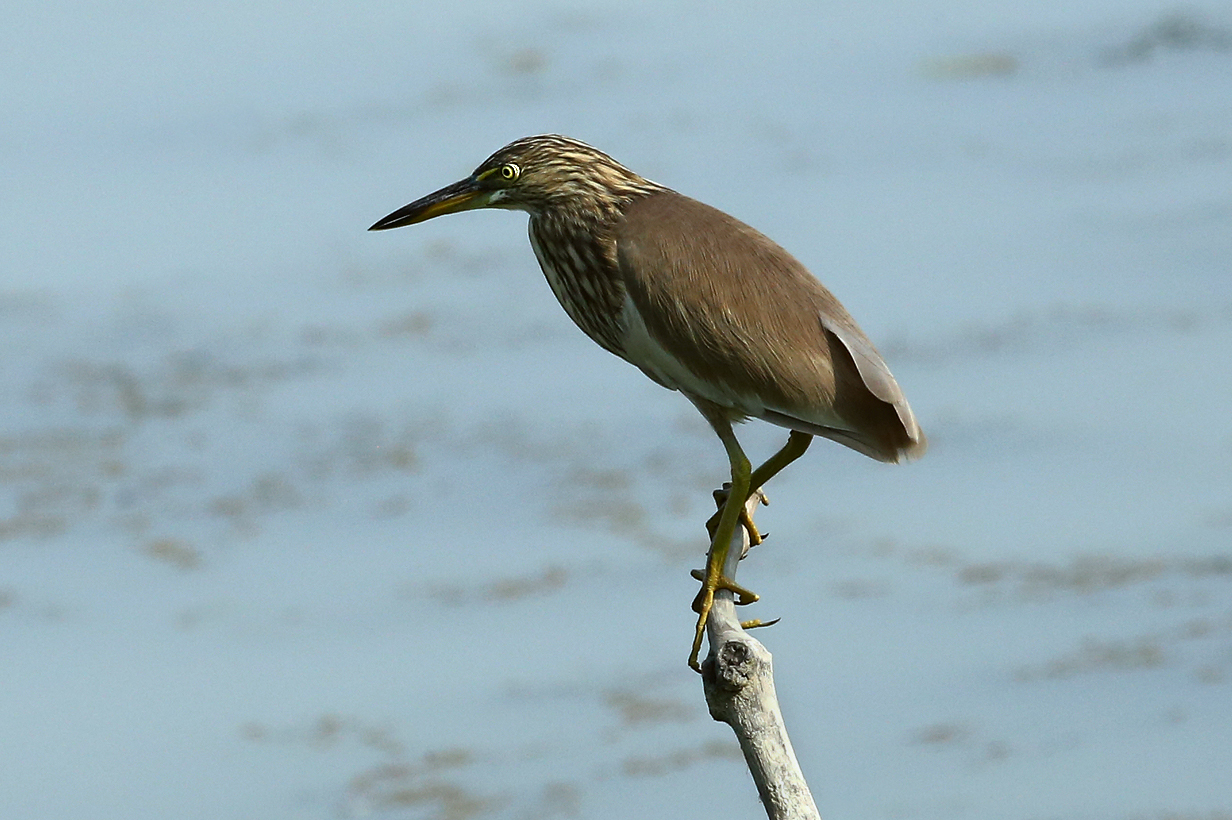
Indian pond heron
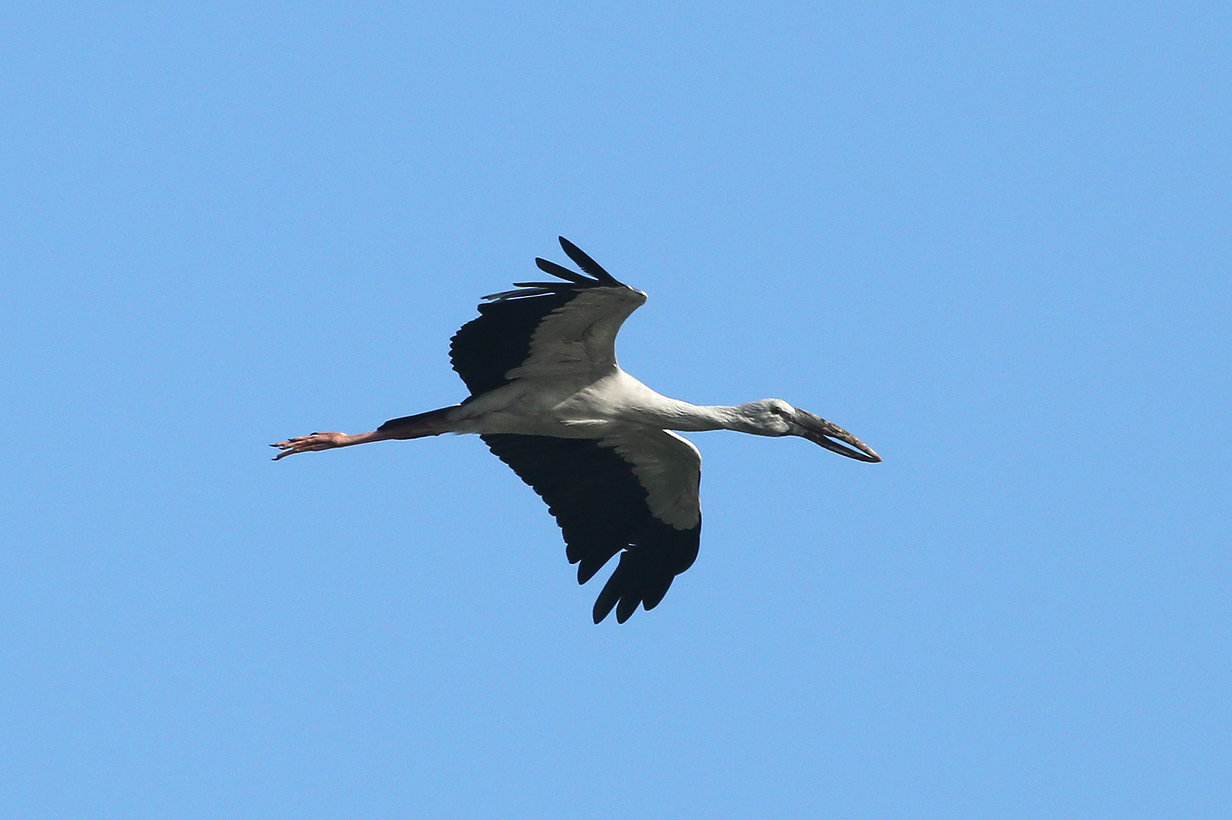
Asian openbill
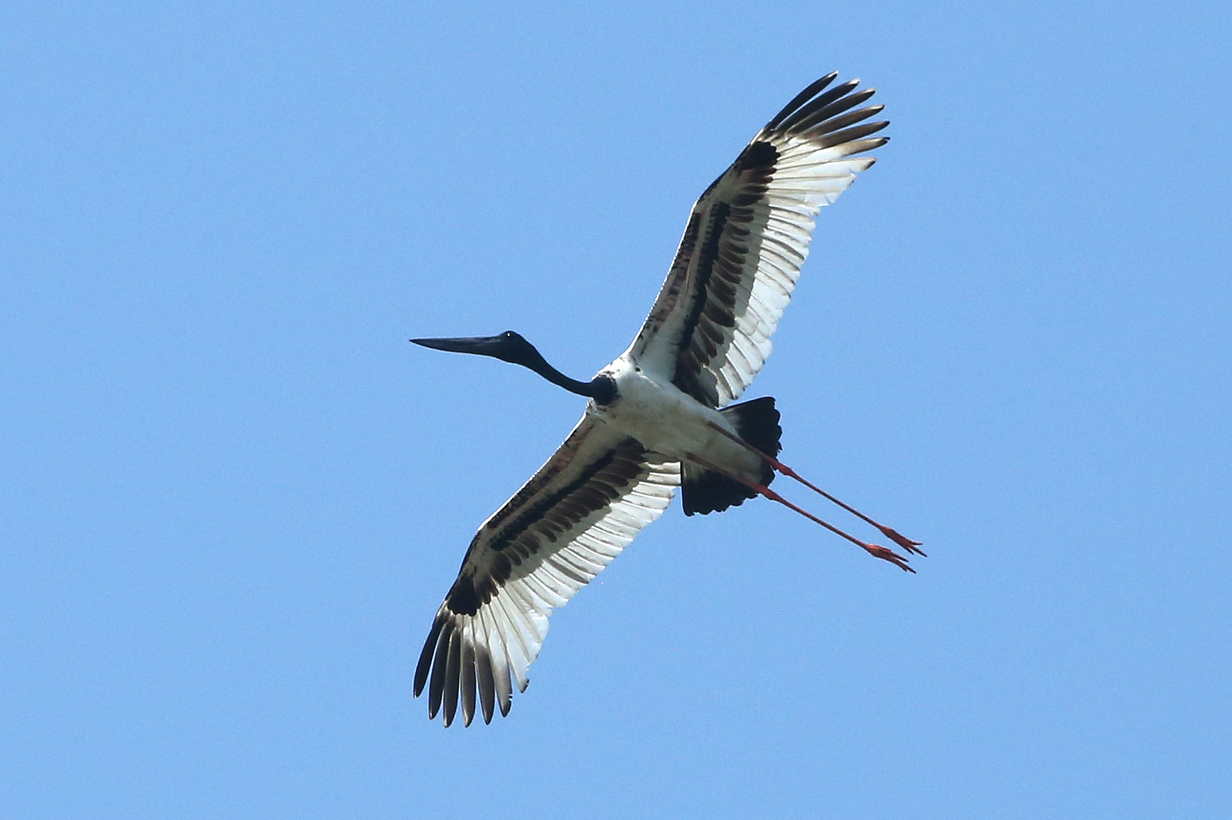
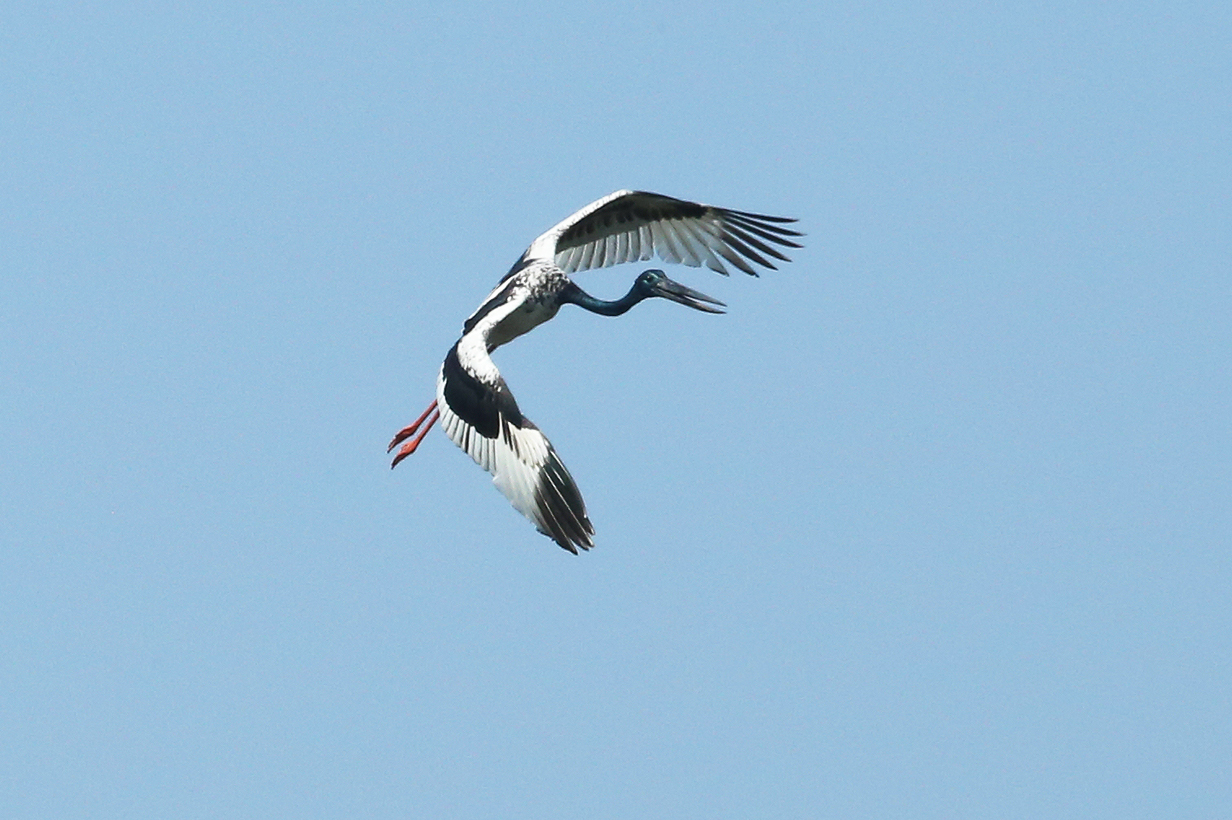
Black-necked stork

Spot-billed pelican
Kaziranga National Park, Assam

Great hornbill (This is our life bird.)
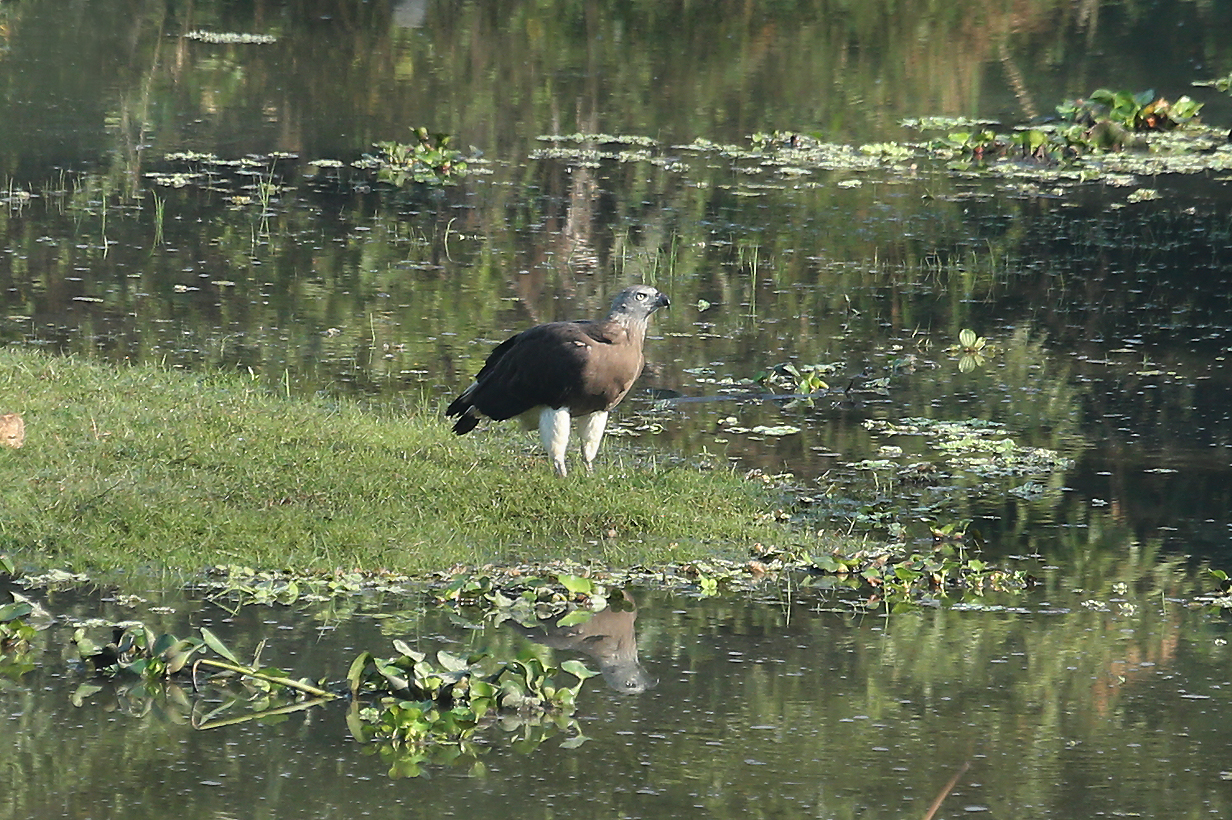
Gray-headed fish-eagle (This is our life bird.)
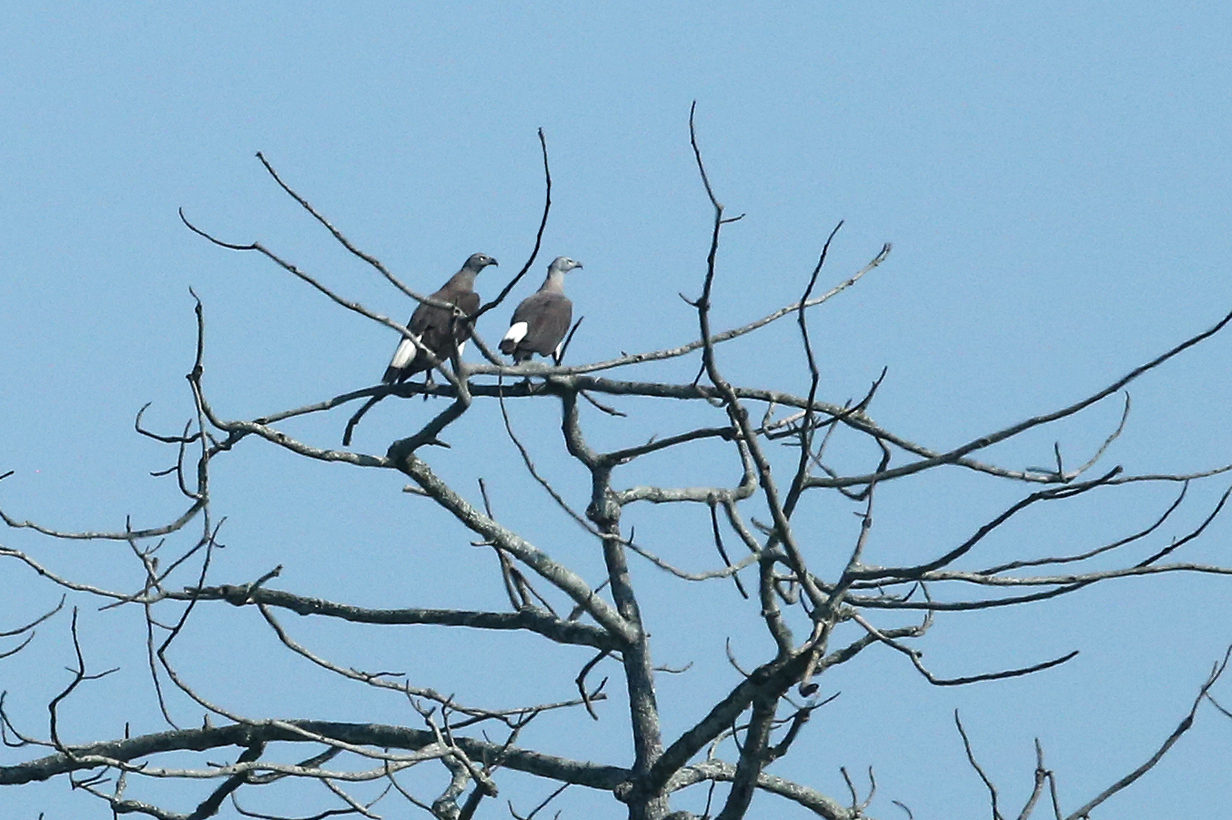
Gray-headed fish-eagle
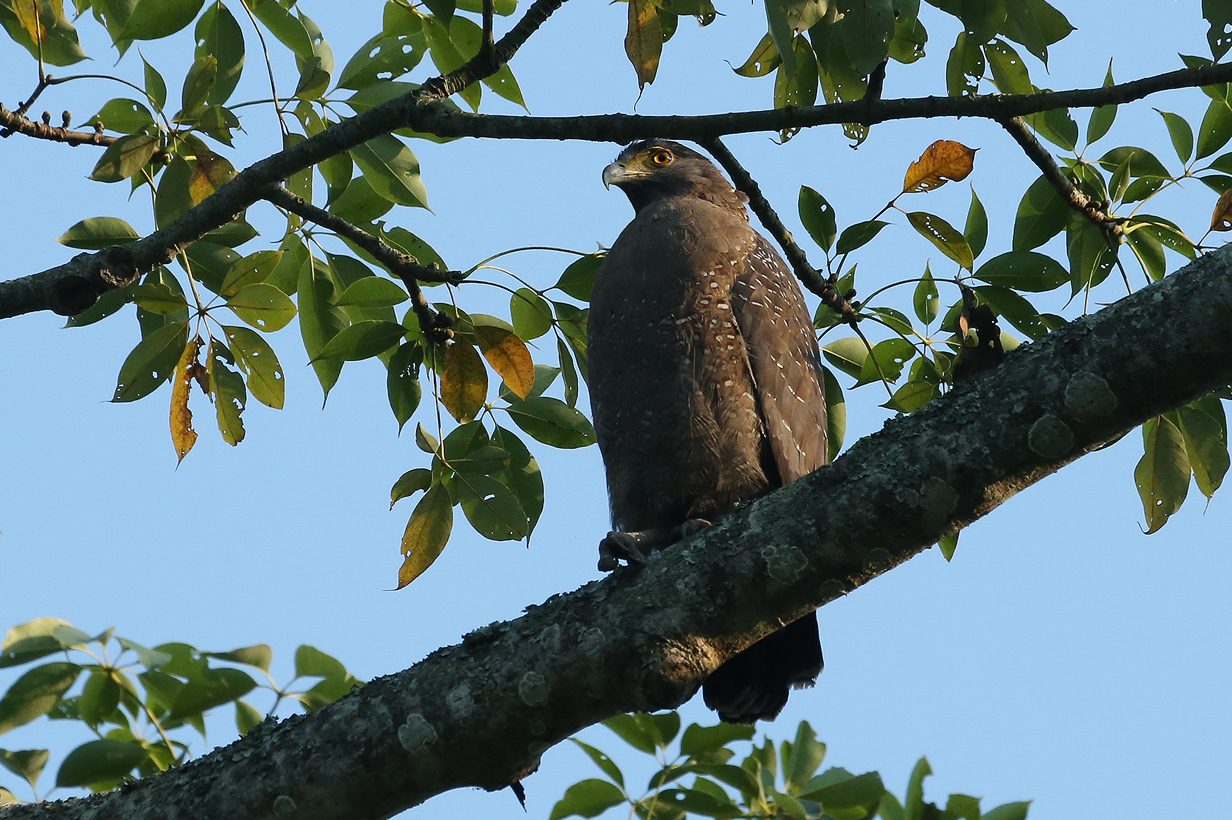
Crested serpent-eagle

Indian roller (Coracias benghalensis benghalensis)
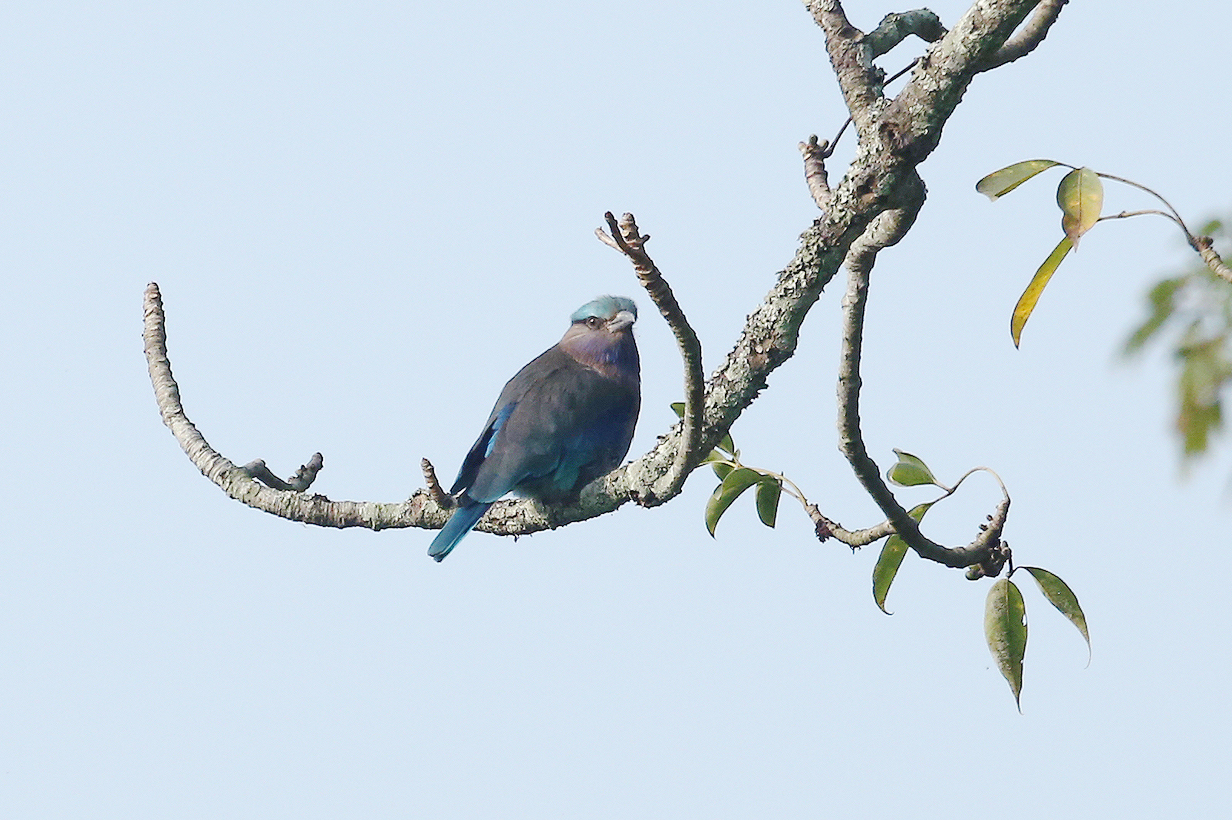
Indian roller (Coracias benghalensis affinis)
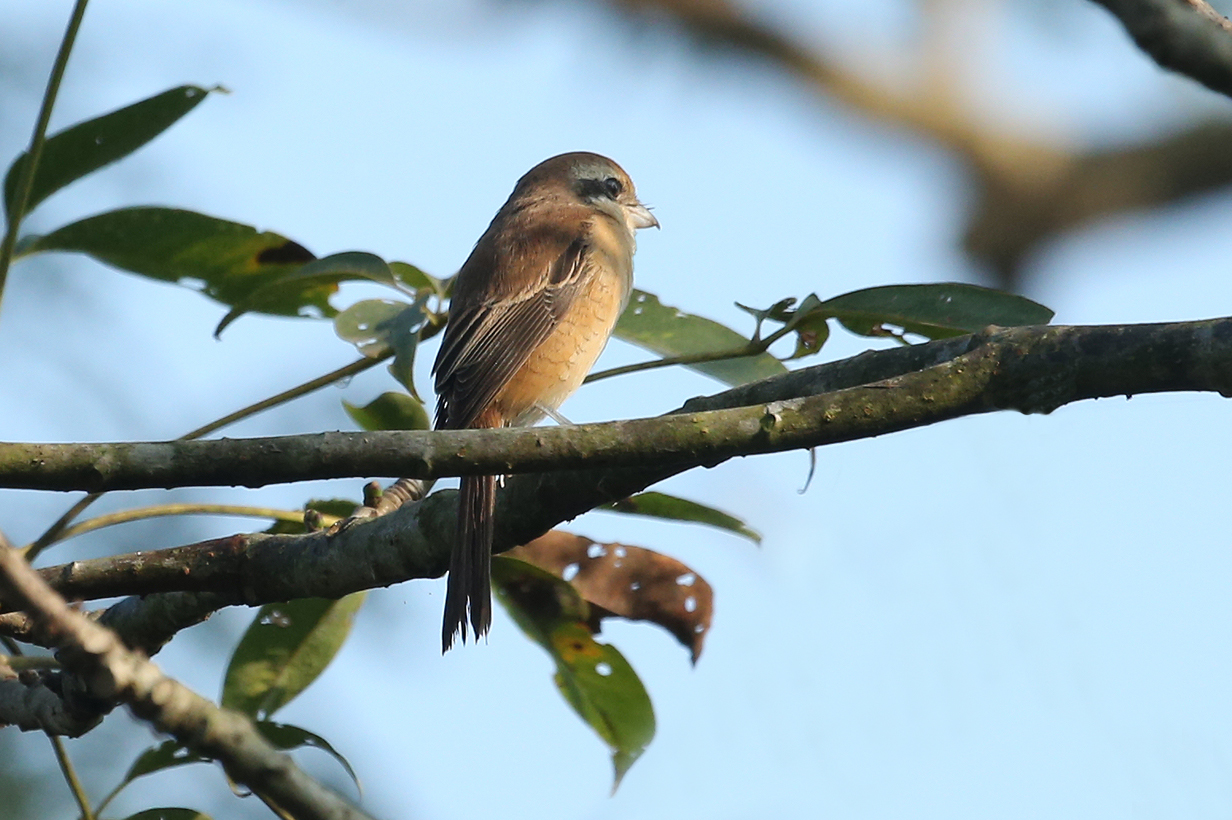
Brown shrike
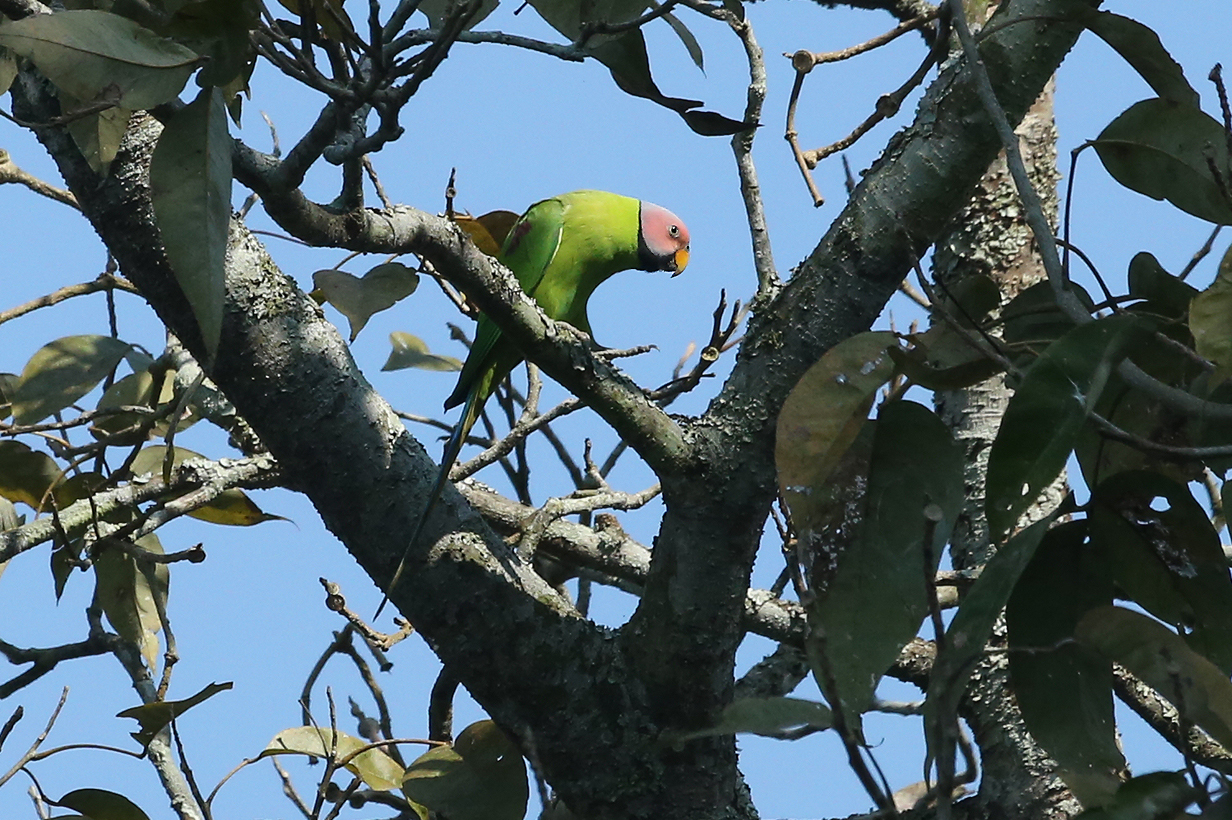
Blossom-headed parakeet (male)
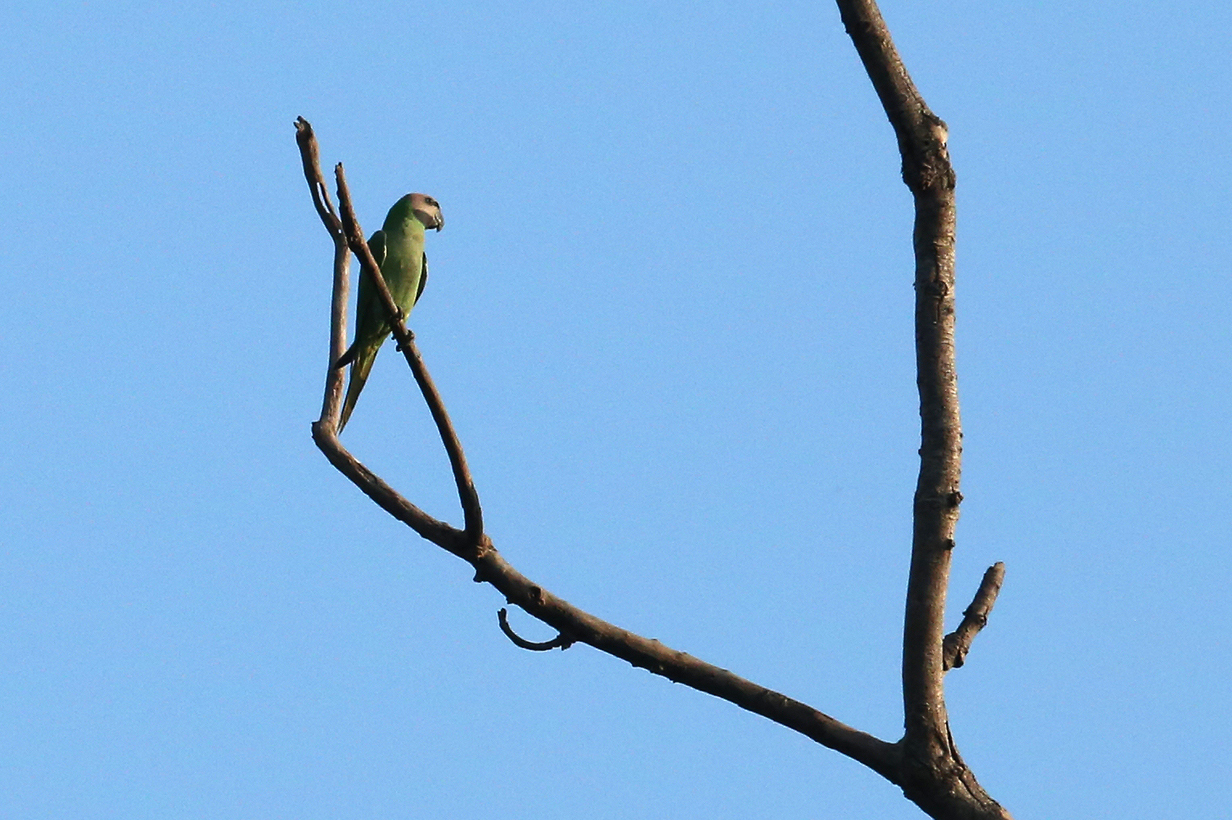
Red-breasted parakeet (This female is our life bird.)
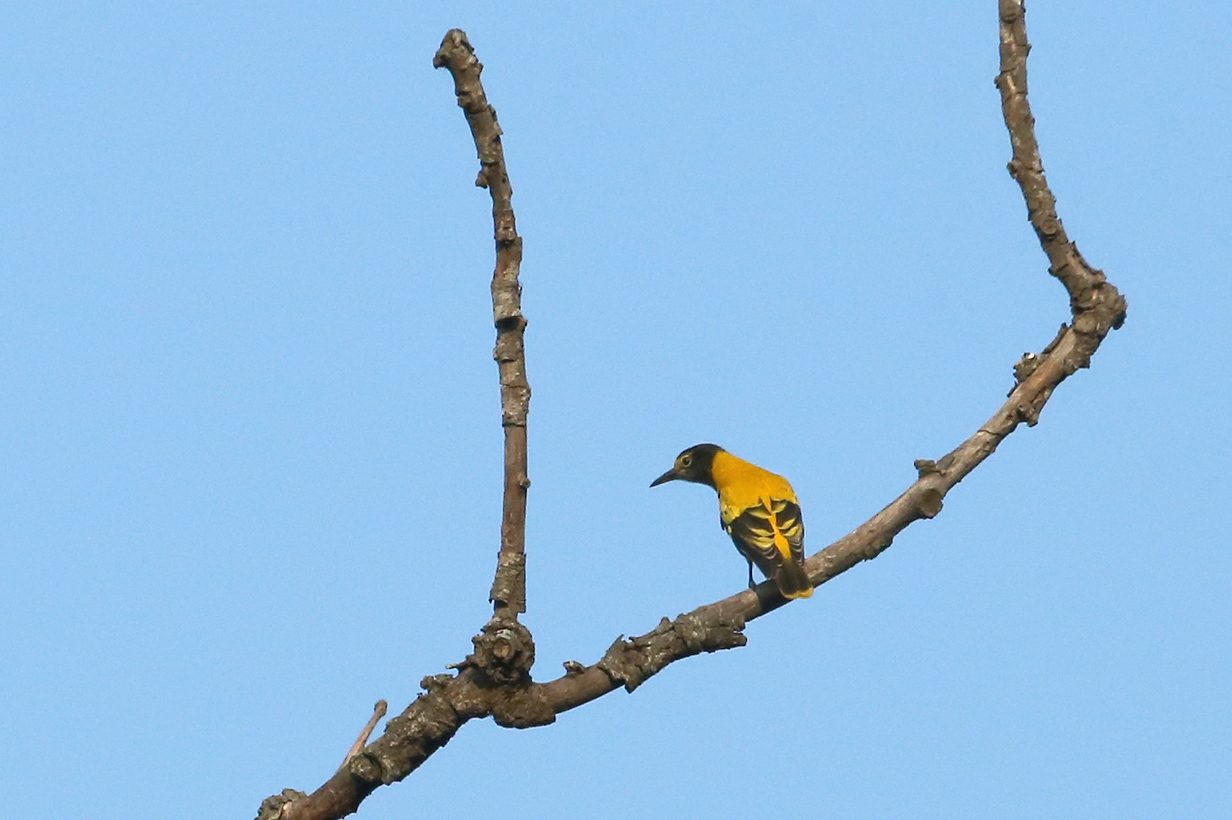
Black-hooded oriole
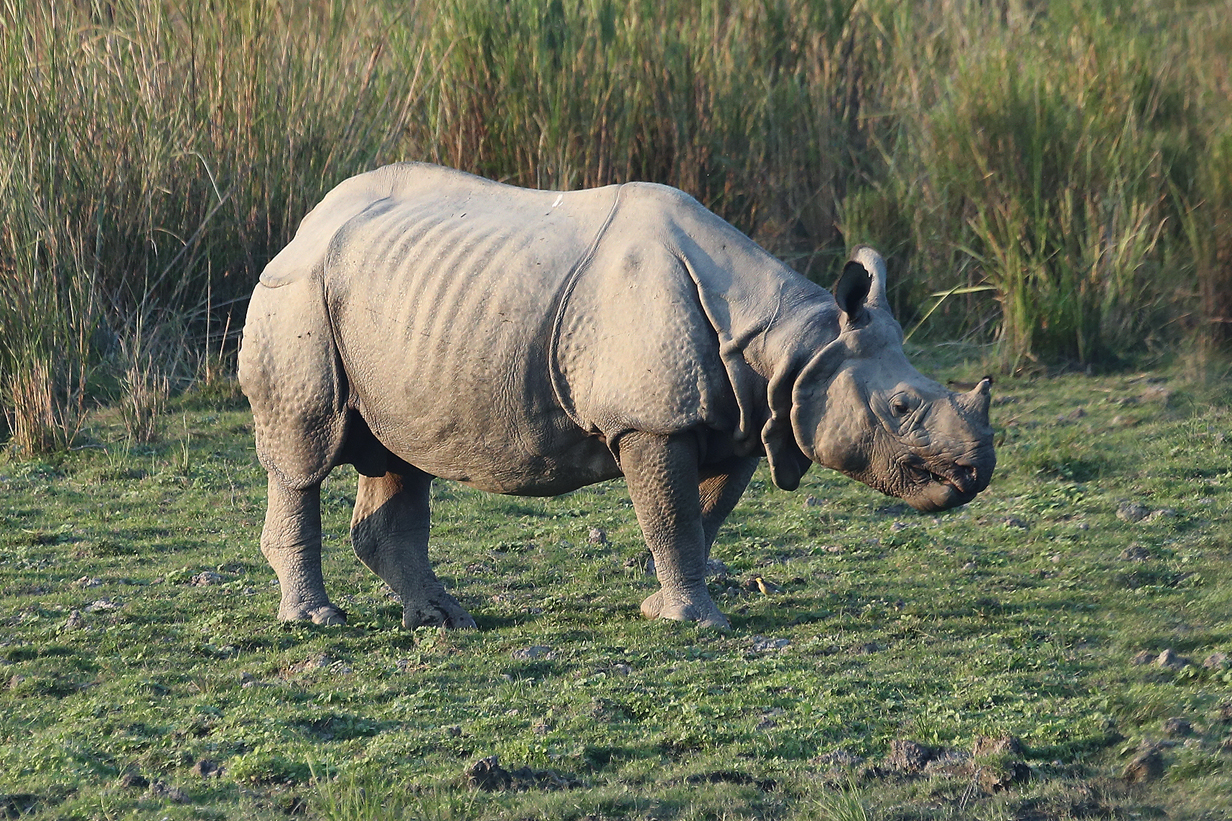
Indian rhinocerous
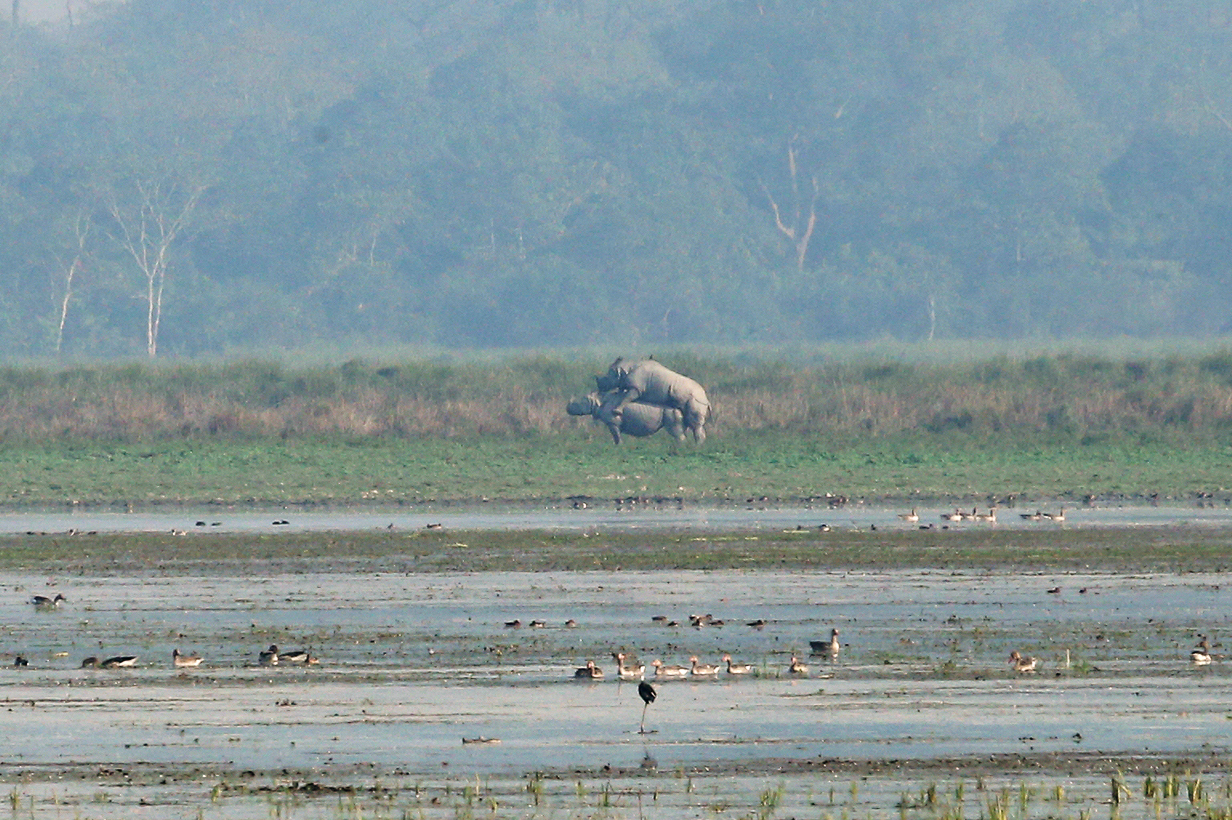
Indian rhinos mating
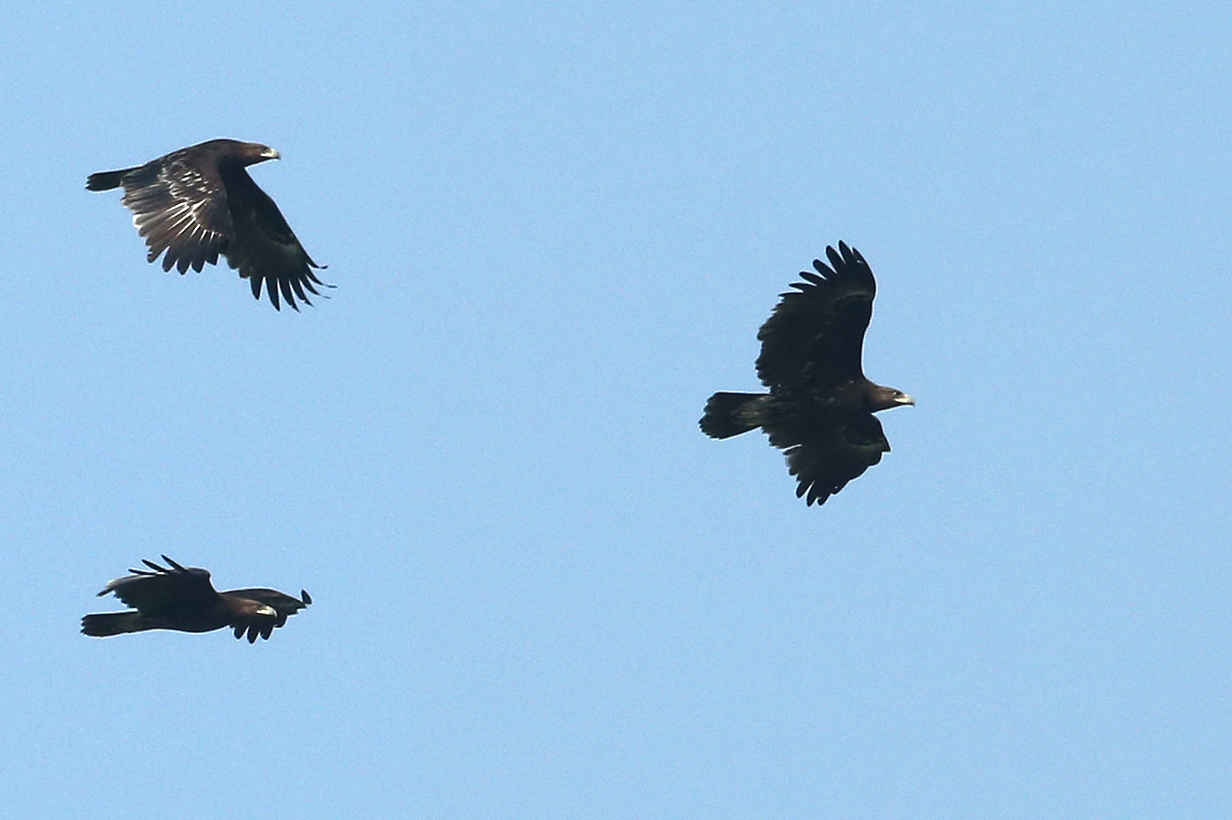
Greater spotted eagle (Three pictures of the same bird)
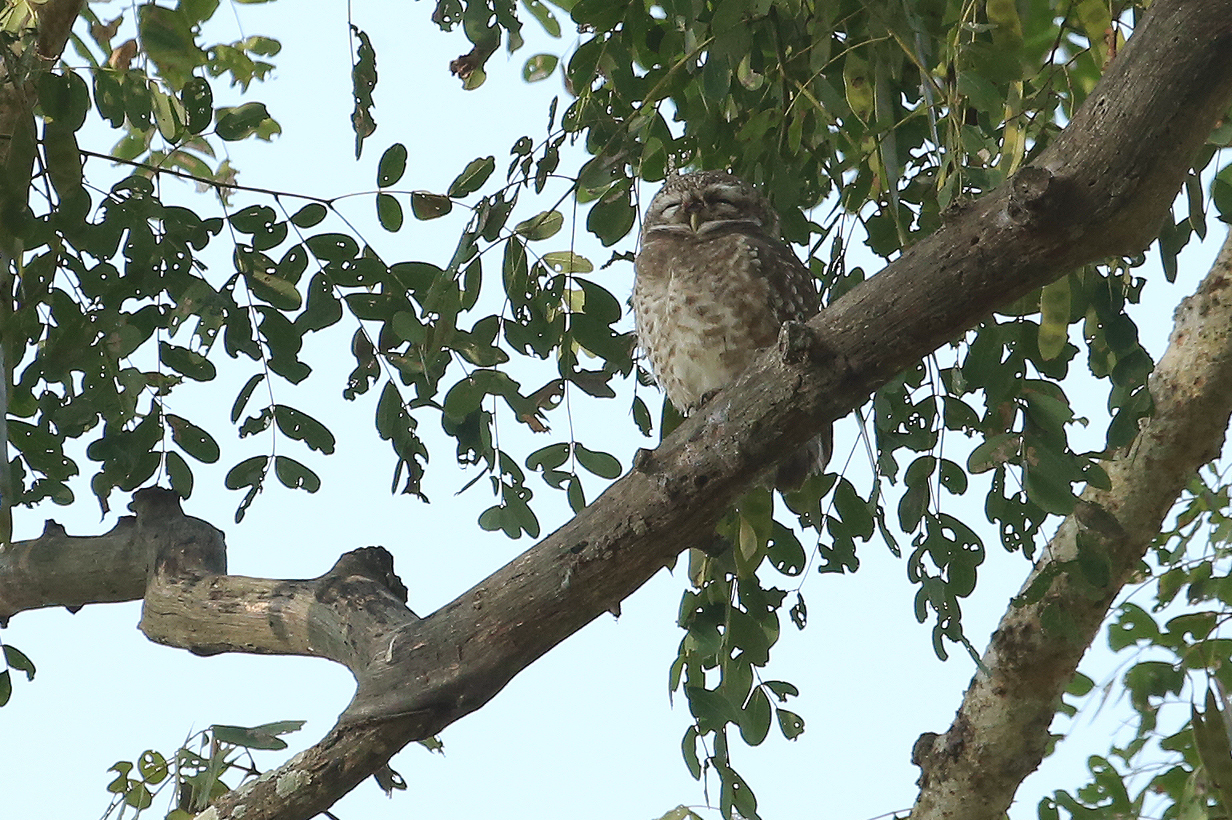
Spotted owlet
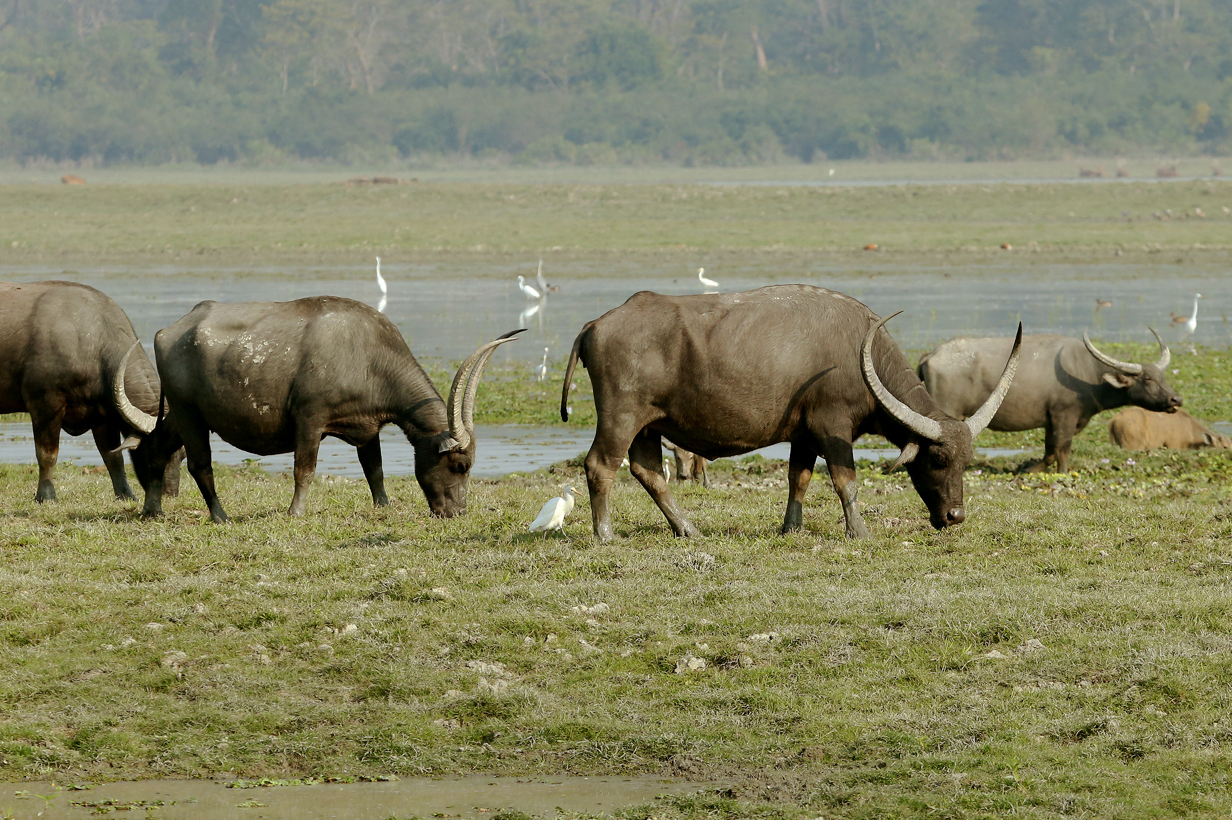
Cattle egret
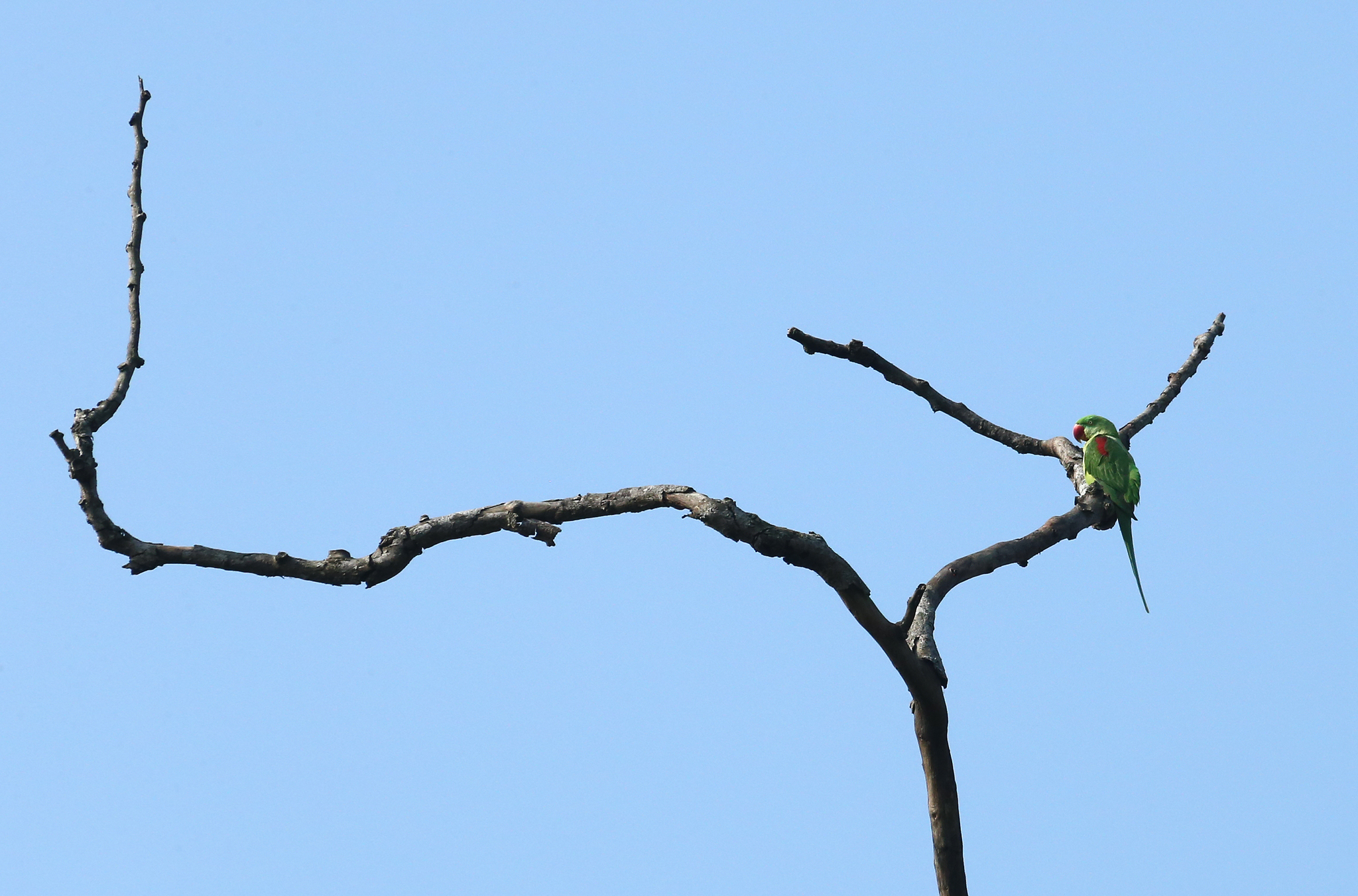
Alexandrine parakeet (This is our life bird.)
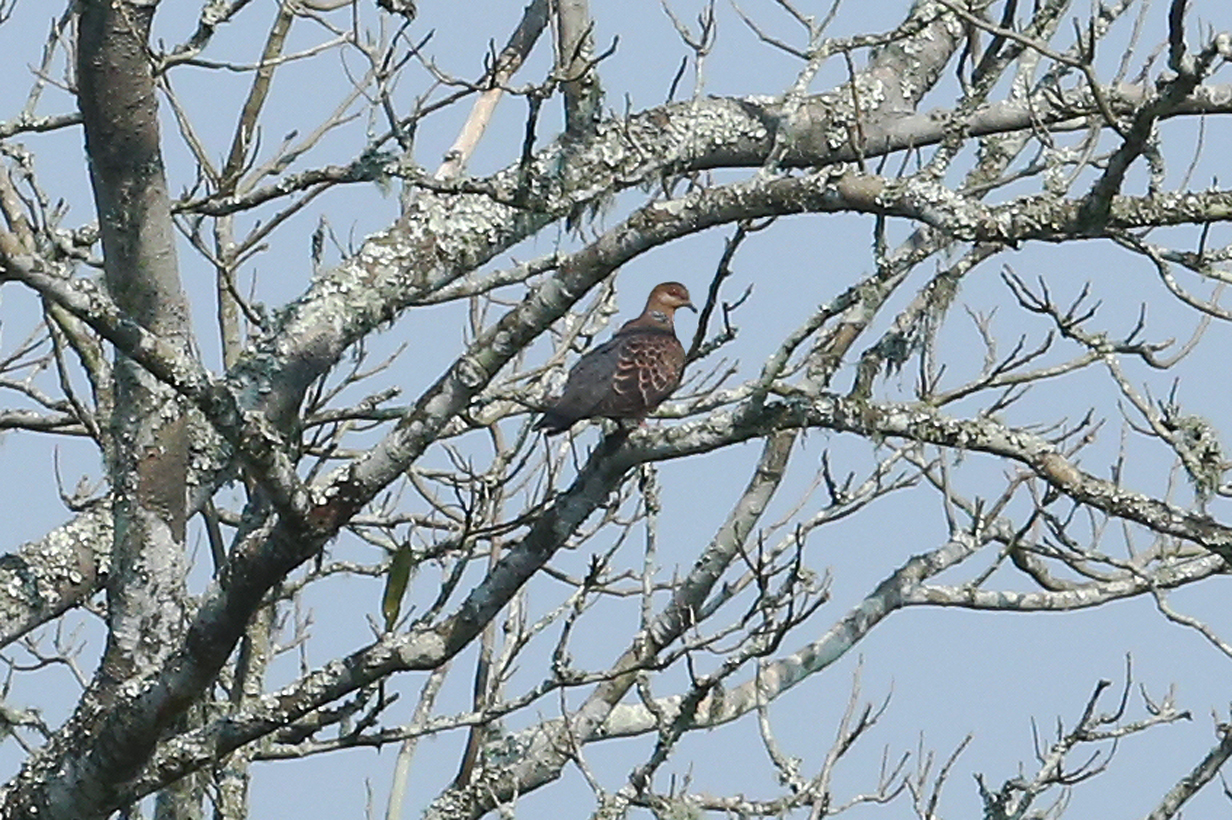
Oriental turtle-dove (This is our life bird.)
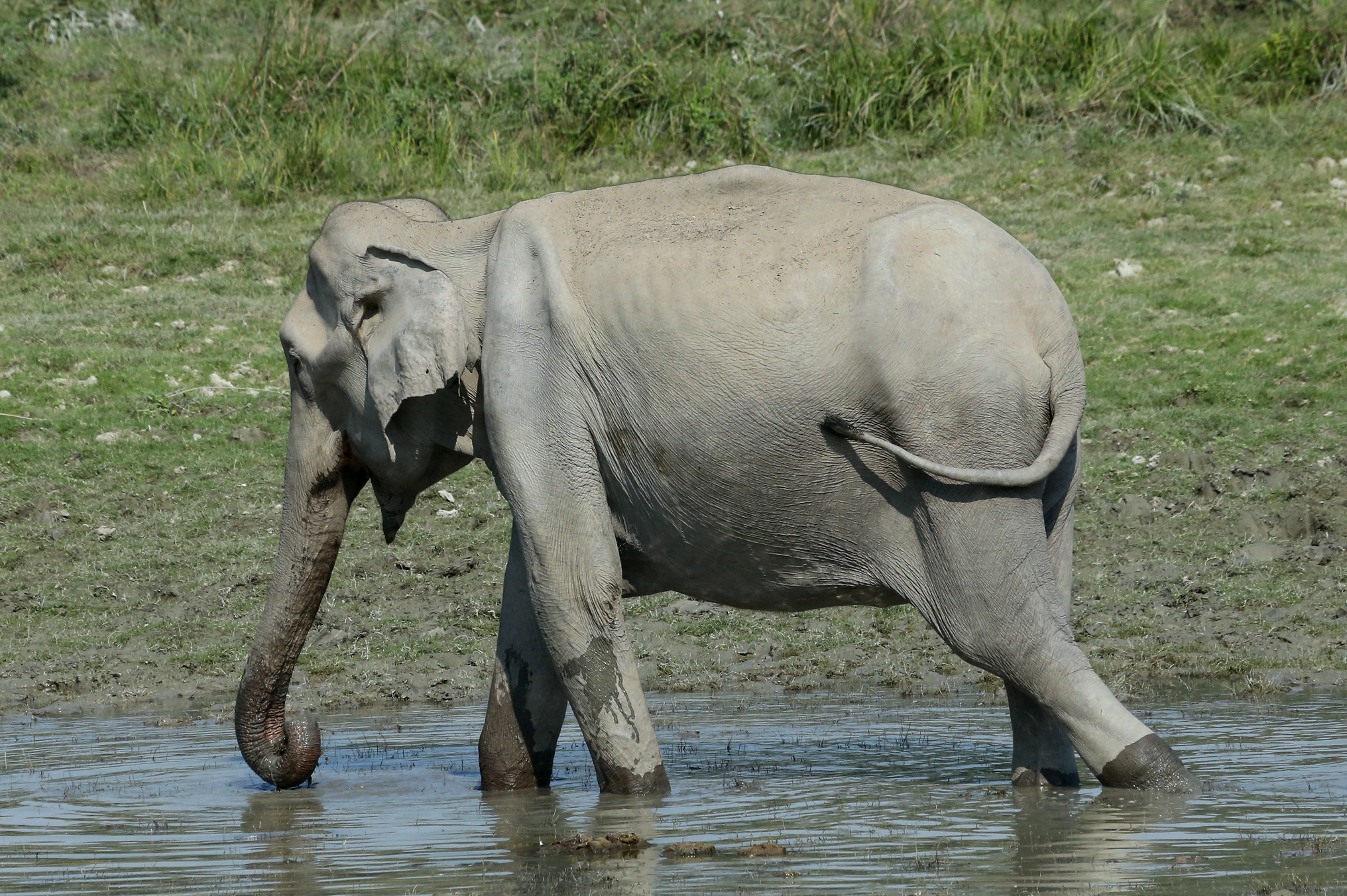
Indian elephant
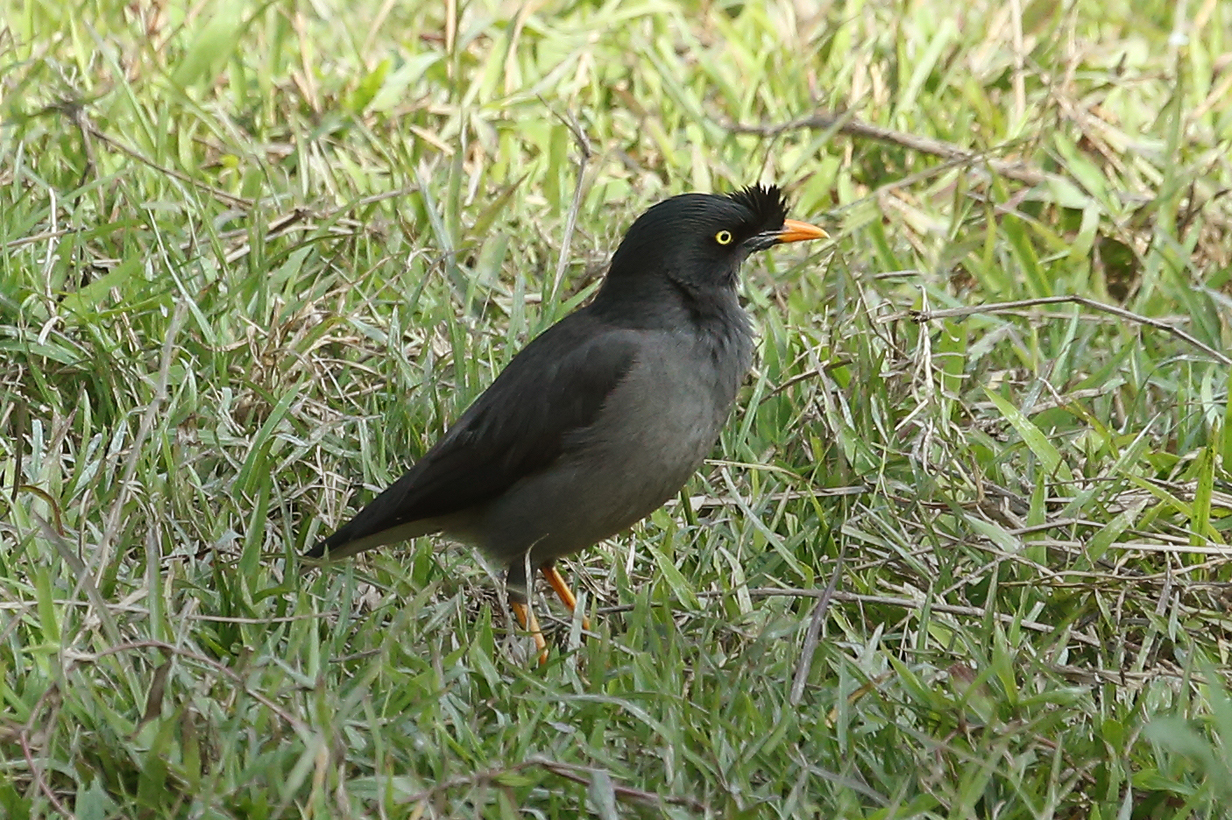
Jungle mynah

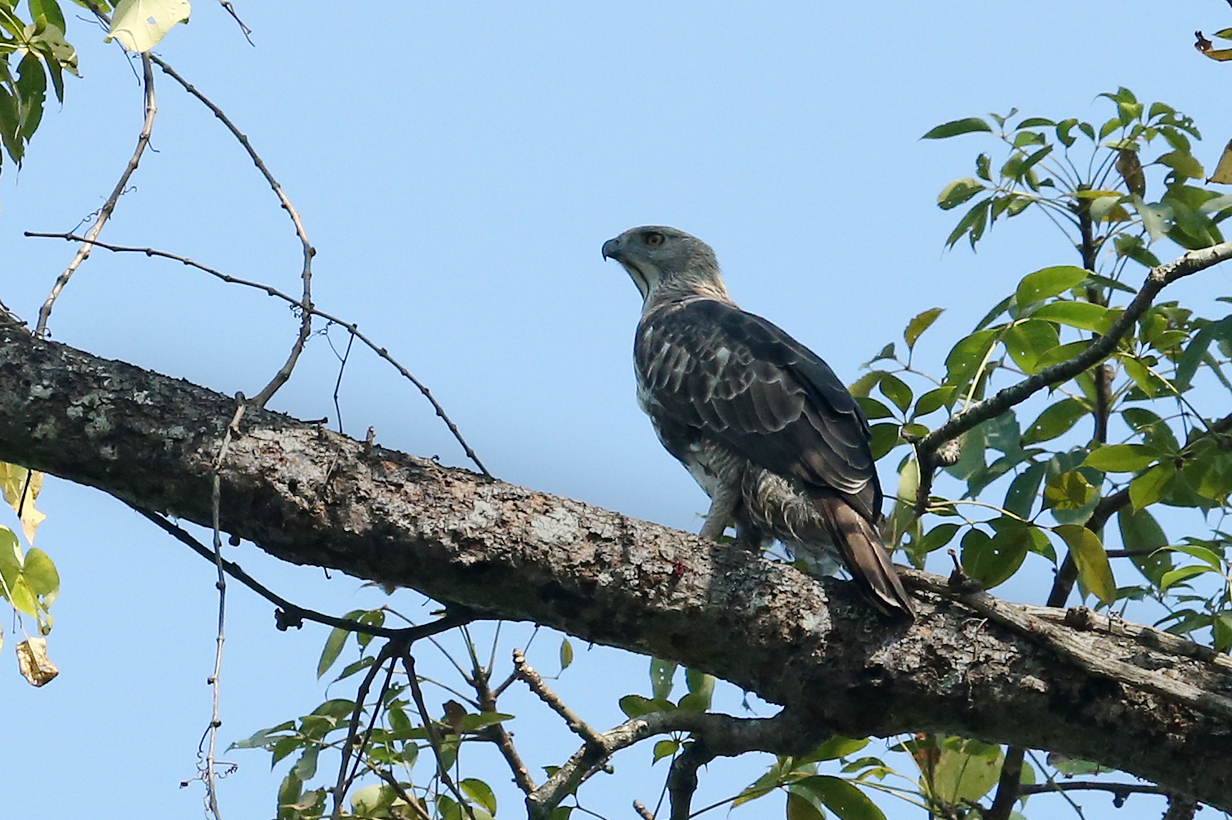
Changeable hawk-eagle
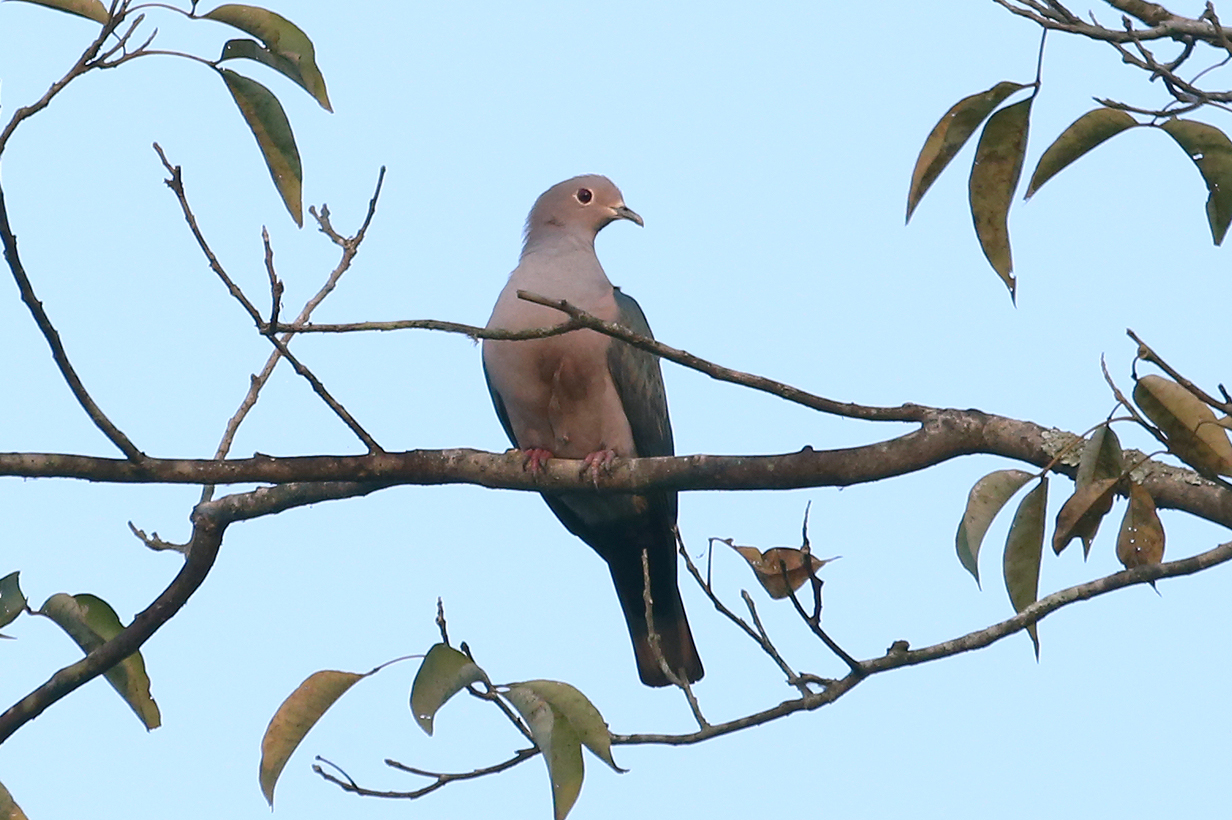
Green imperial pigeon (This is our life bird.)
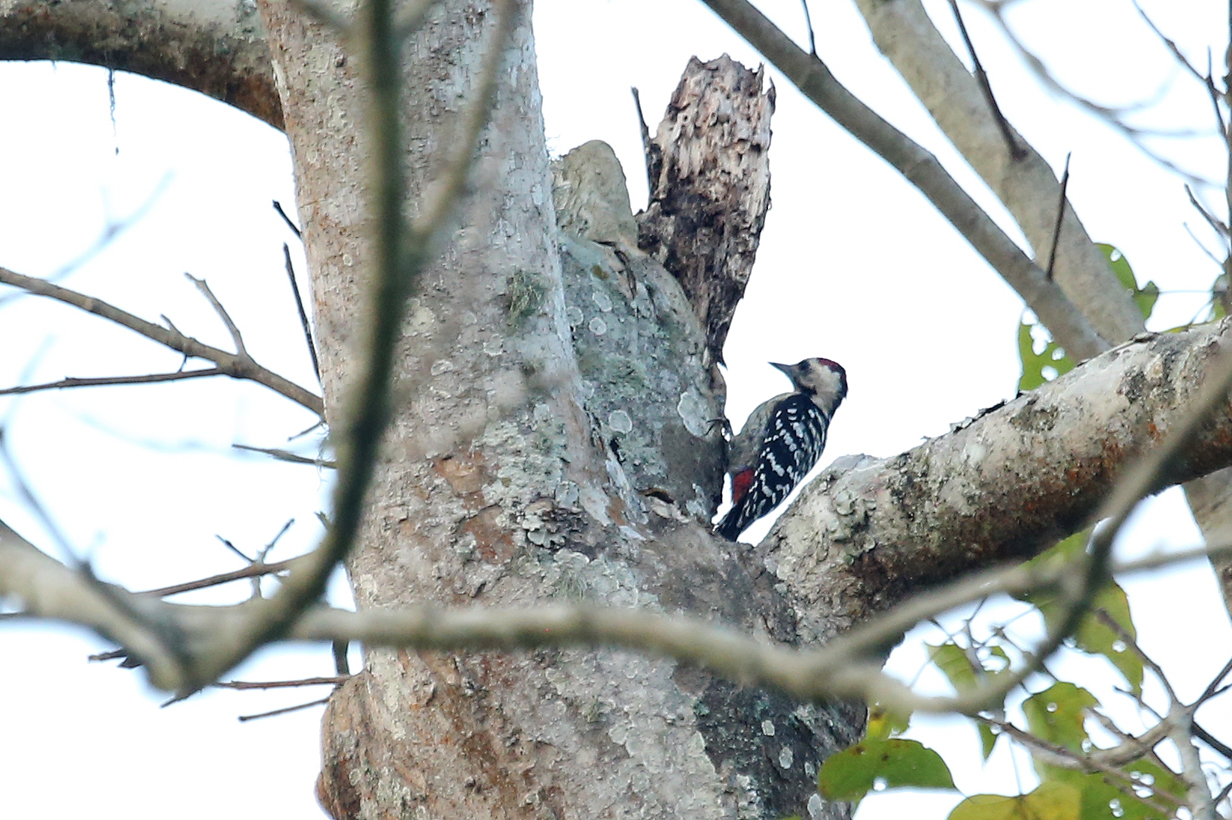
Fulvous-breasted woodpecker
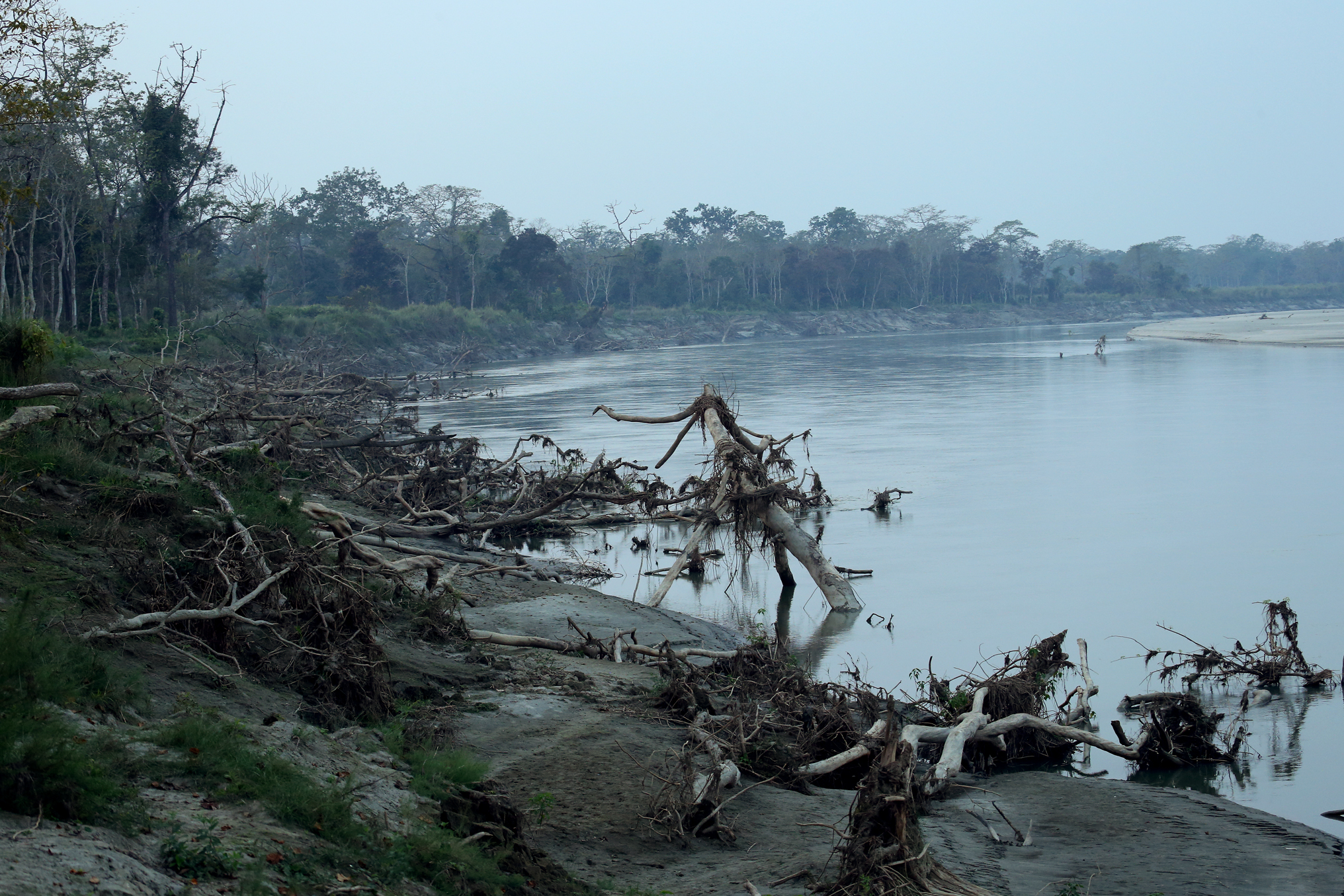
Brahmaputra River (low-water season; at the end of a drive into Kaziranga National Park)
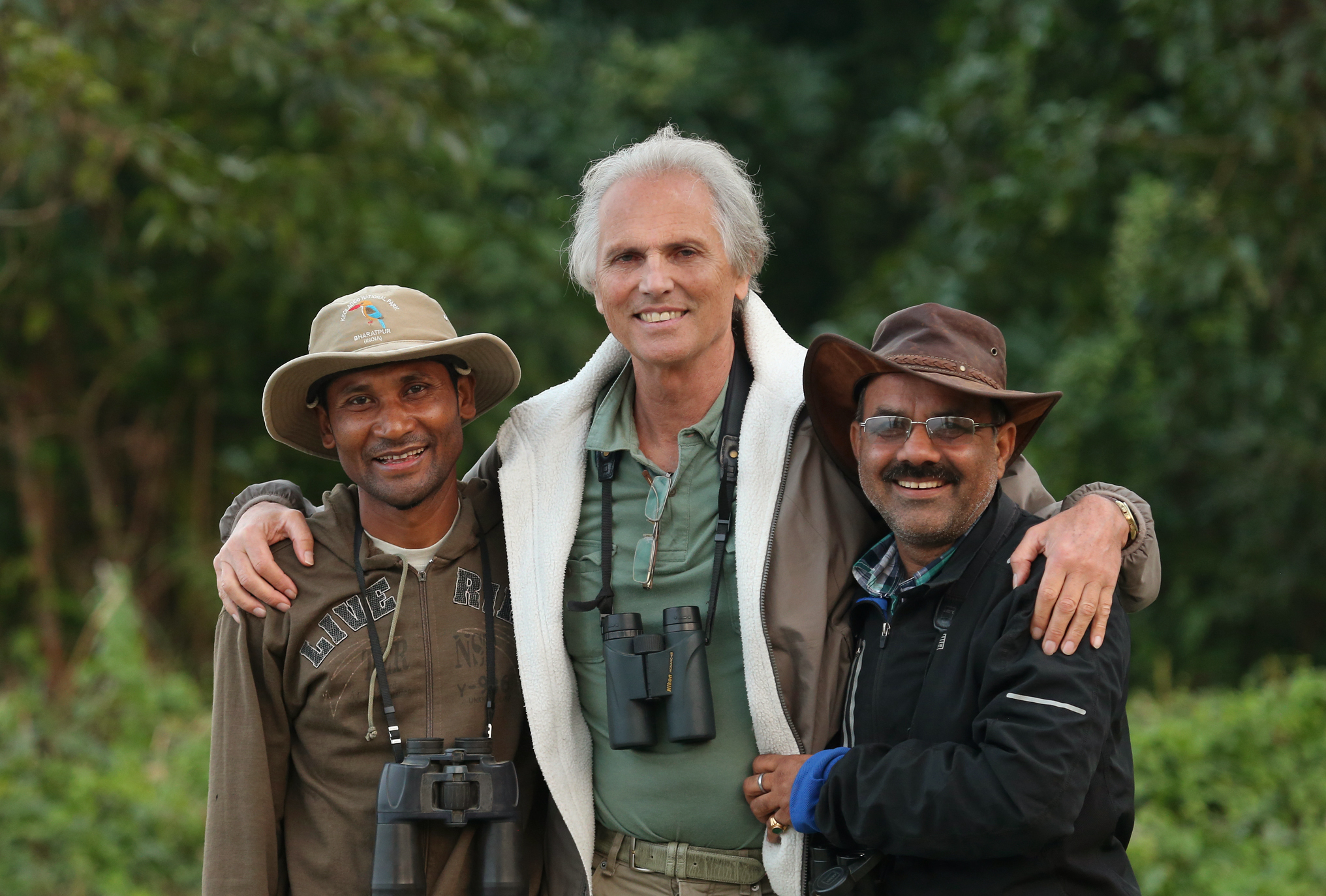
Local guide Tarun Gogoi, Jack Poll, and Vinod Goswamy (Kaziranga National Park)
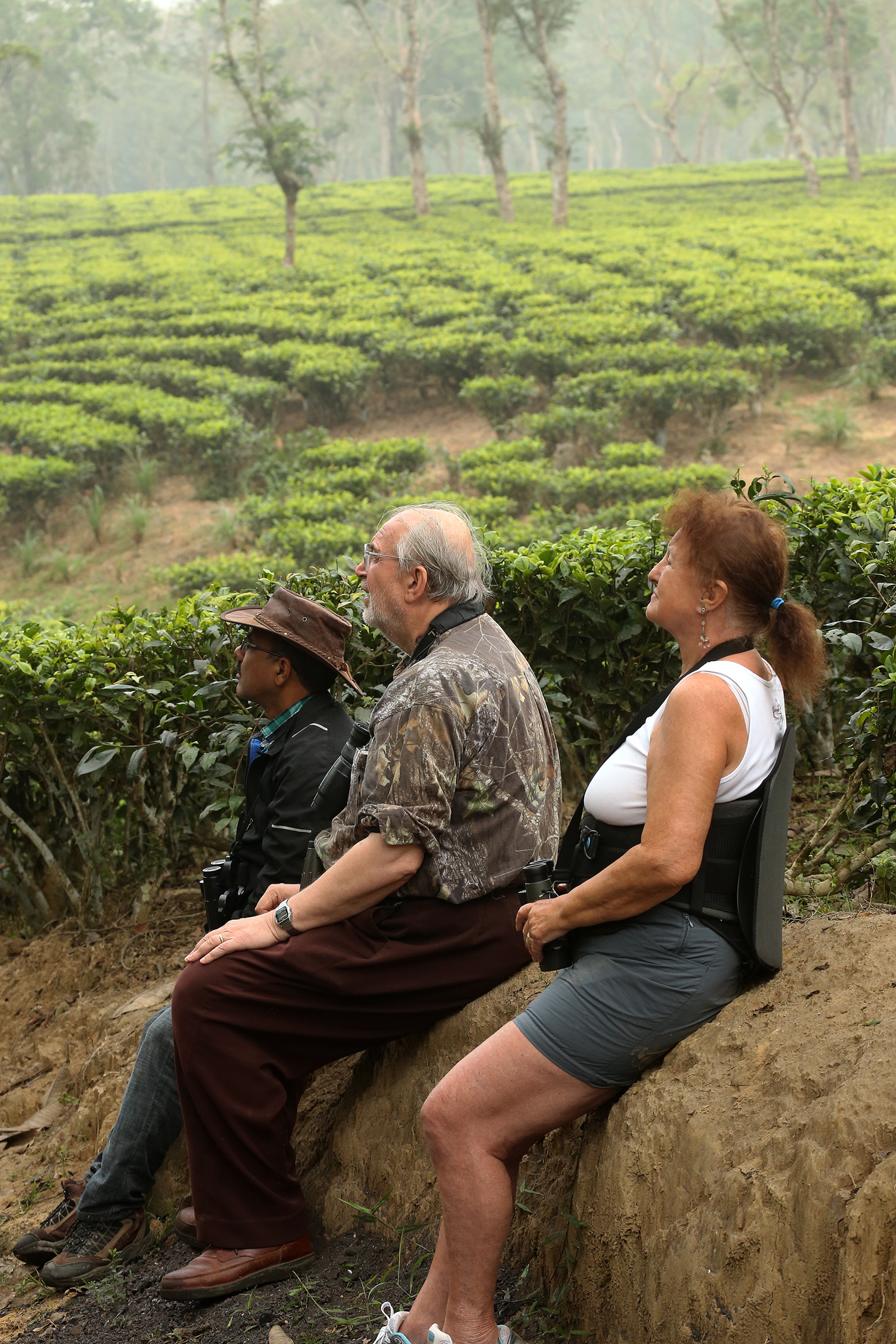
Vinod, John, and Mary (tea plantation at the edge of Panbari Forest)
NB: Panbari Forest was closed to birders in December 2014. We were told that someone had been killed by a wild elephant, so now they do not let people into the forest. This is very unfortunate -- we lost out on a lot of bird species because of it.
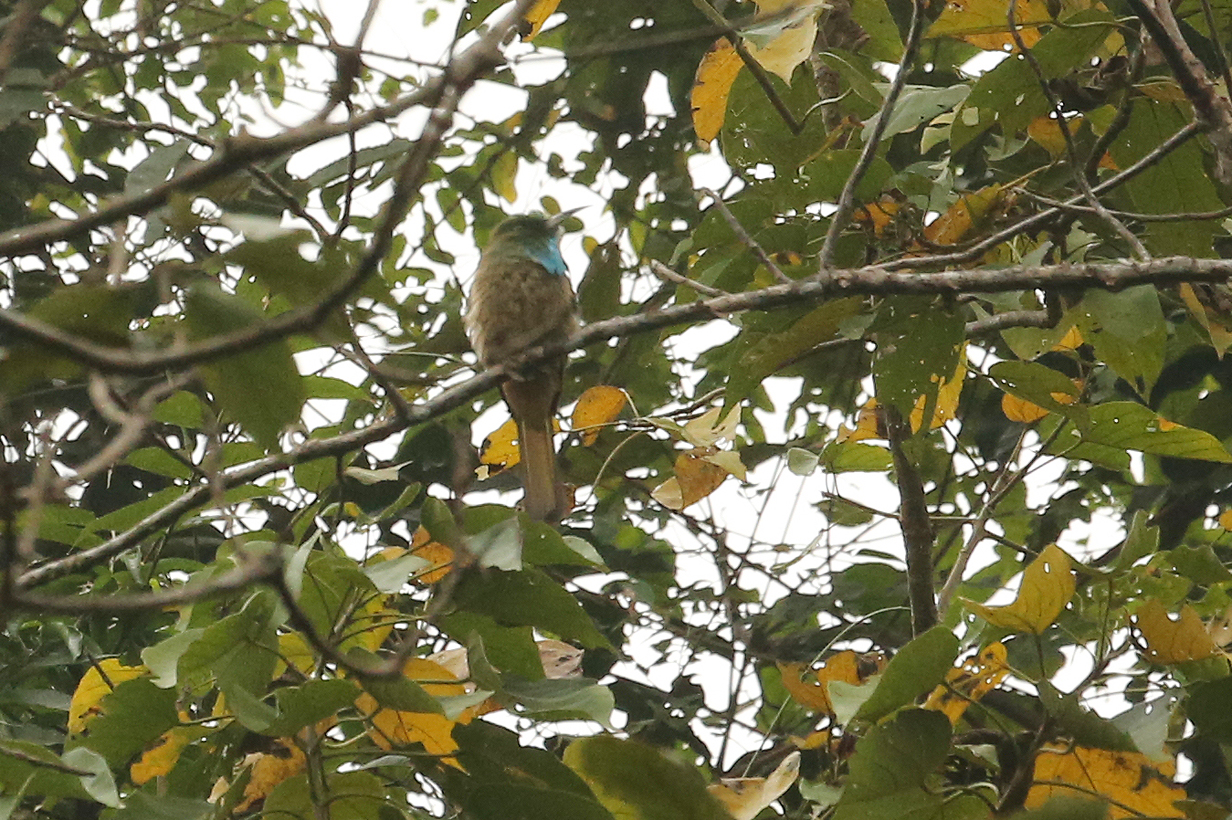
Blue-bearded bee-eater (edge of Panbari Forest)
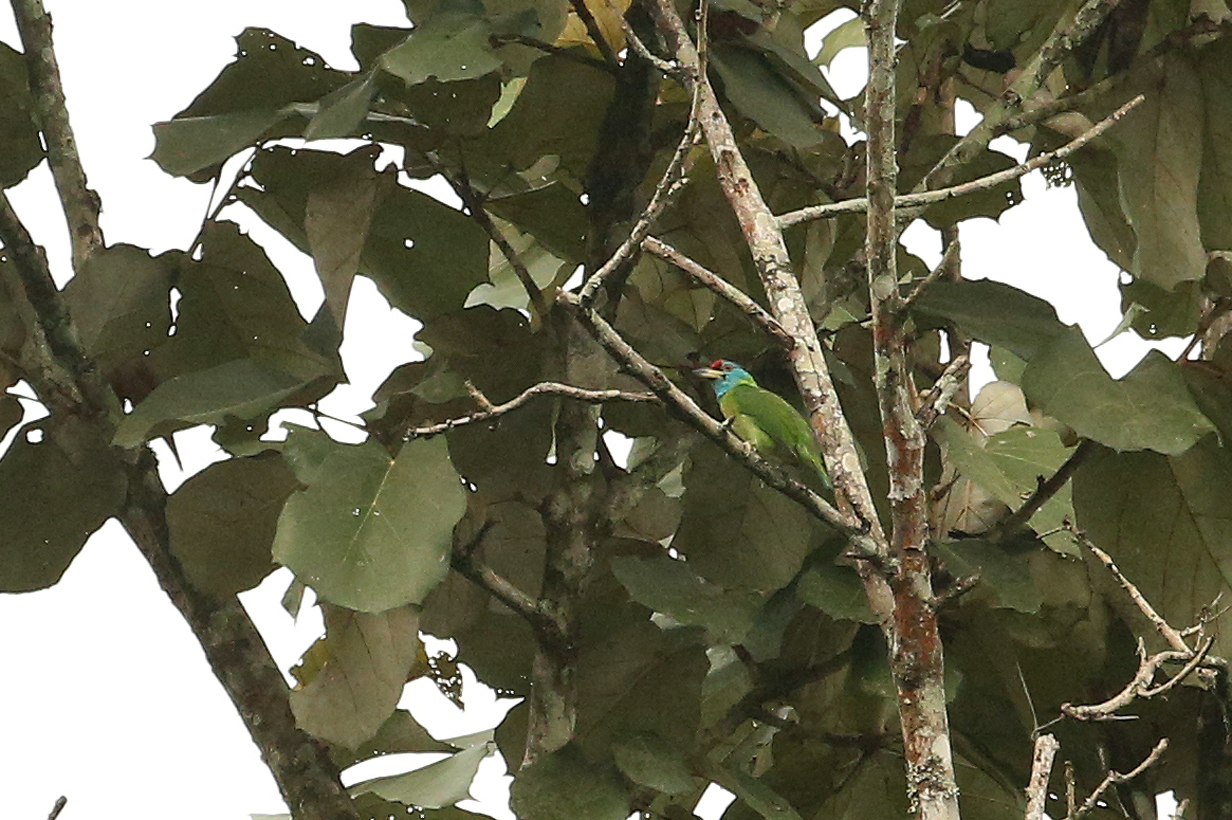
Blue-throated barbet (Sorry: bad picture)
Lunch Gazebo at the Brahmaputra River
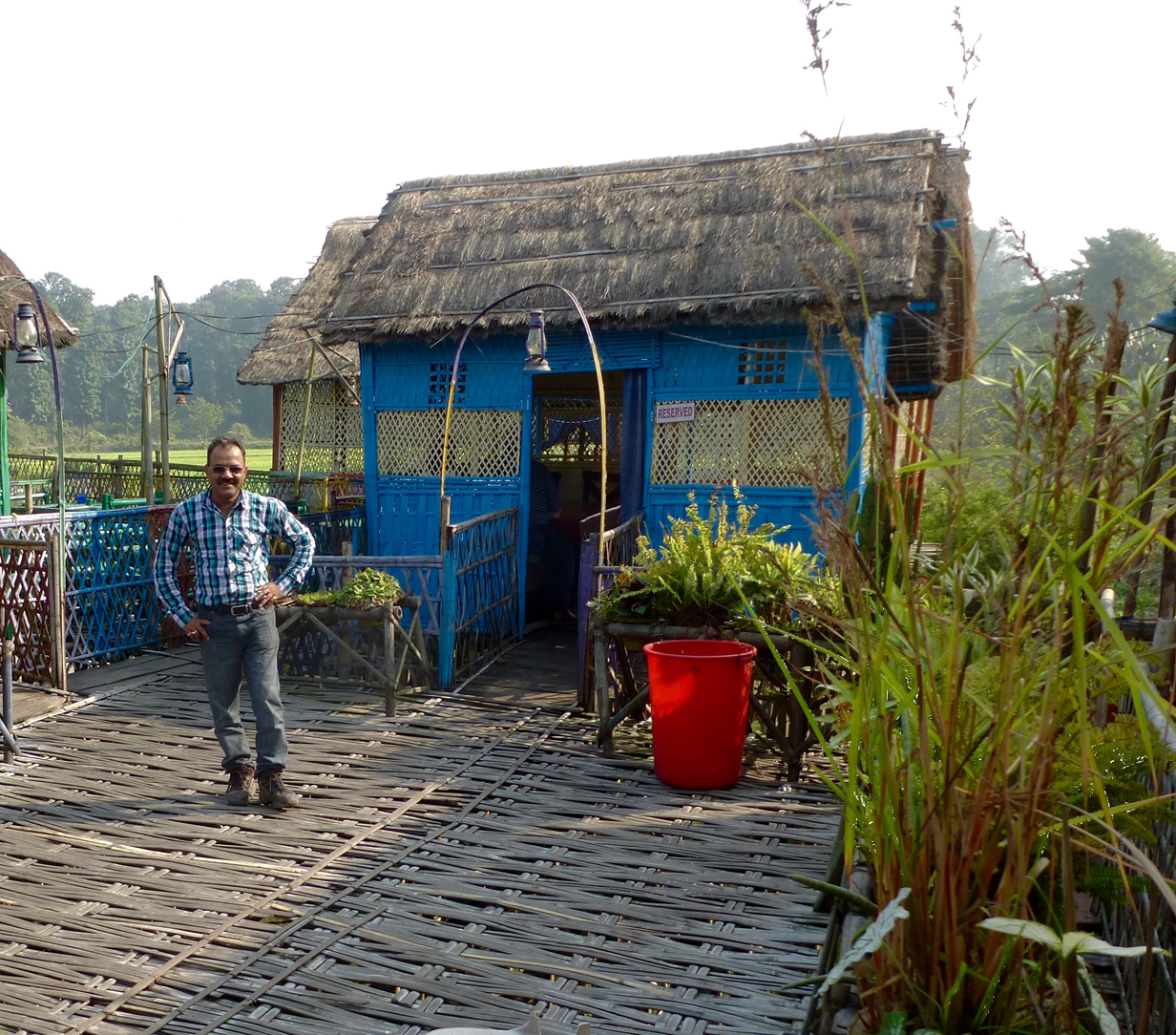
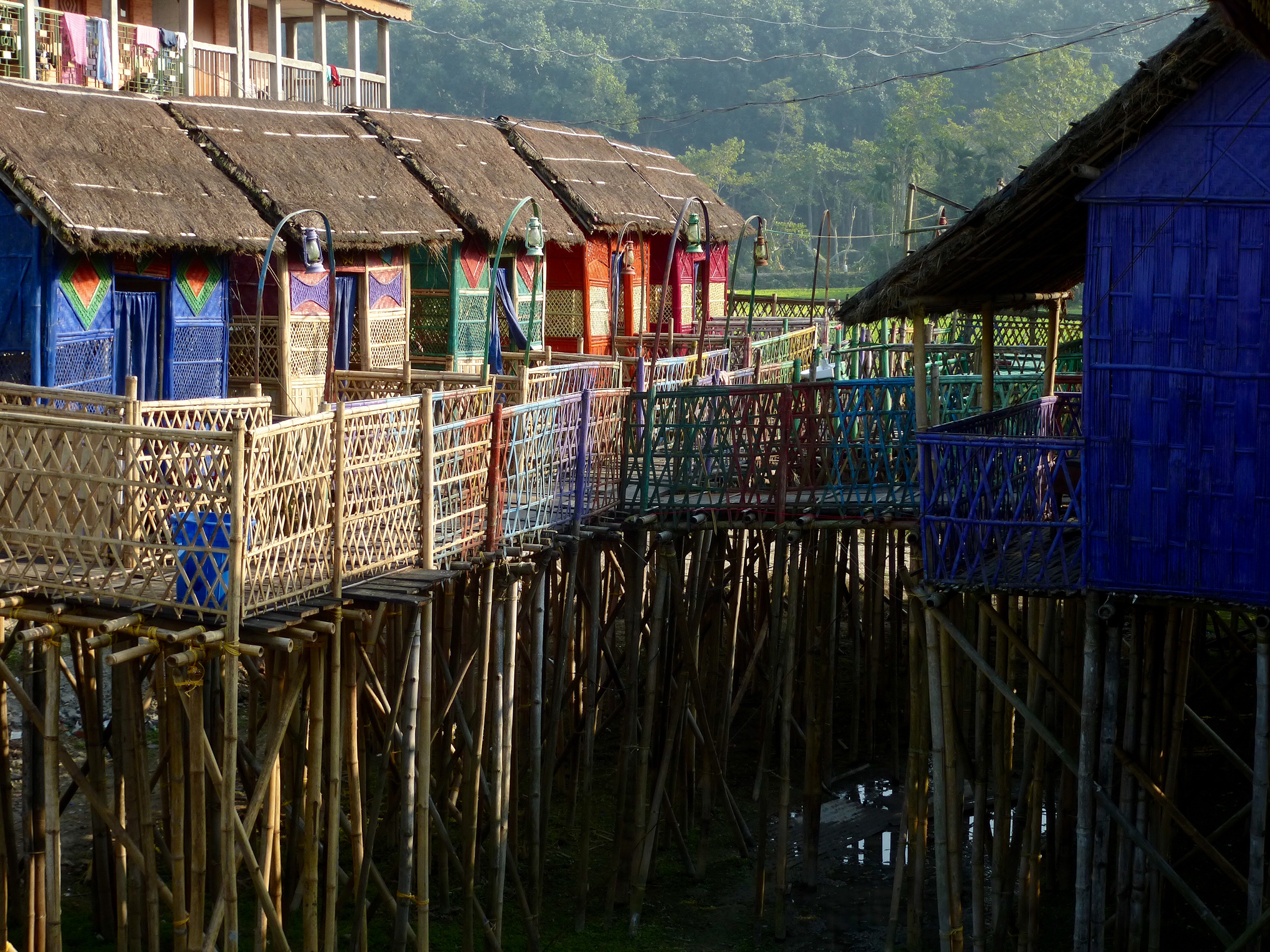
On the way from Kaziranga National Park to Nameri National Park, we crossed the Brahmaputra River near Tezpur. The top picture shows Vinod Goswami outside a gazebo on stilts where we had lunch on the north shore of the river. The bottom picture gives a better feeling for how much these buildings are raised over the river, which was very low when we passed by during the dry season. Photos courtesy Jack Poll.
Nameri National Park, Assam
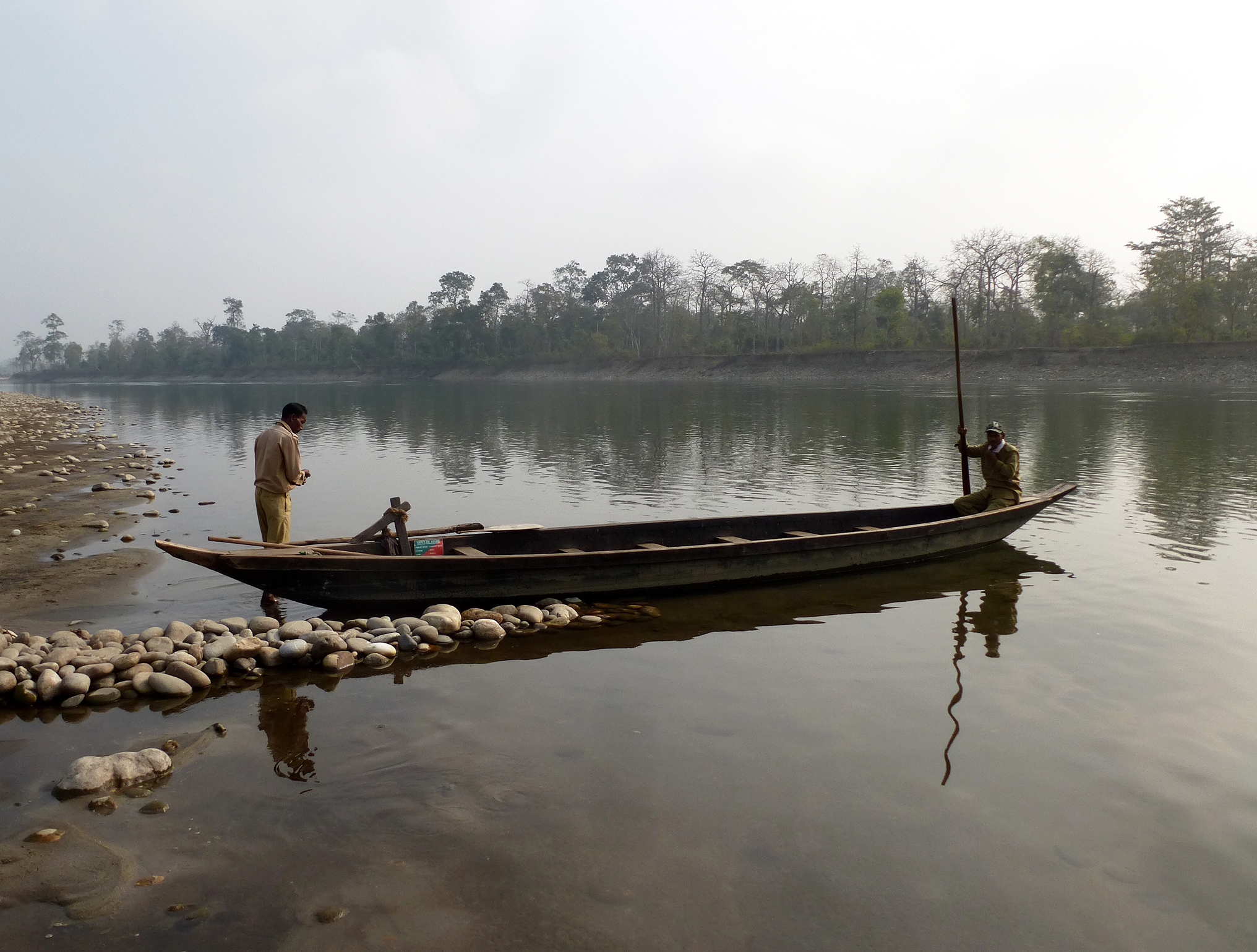
At Nameri National Park, we needed first to cross the Kameng River (or, as it is known in Assam, the Jia Bhoreli River) via canoe before we could start birding. Photo courtesy Jack Poll.
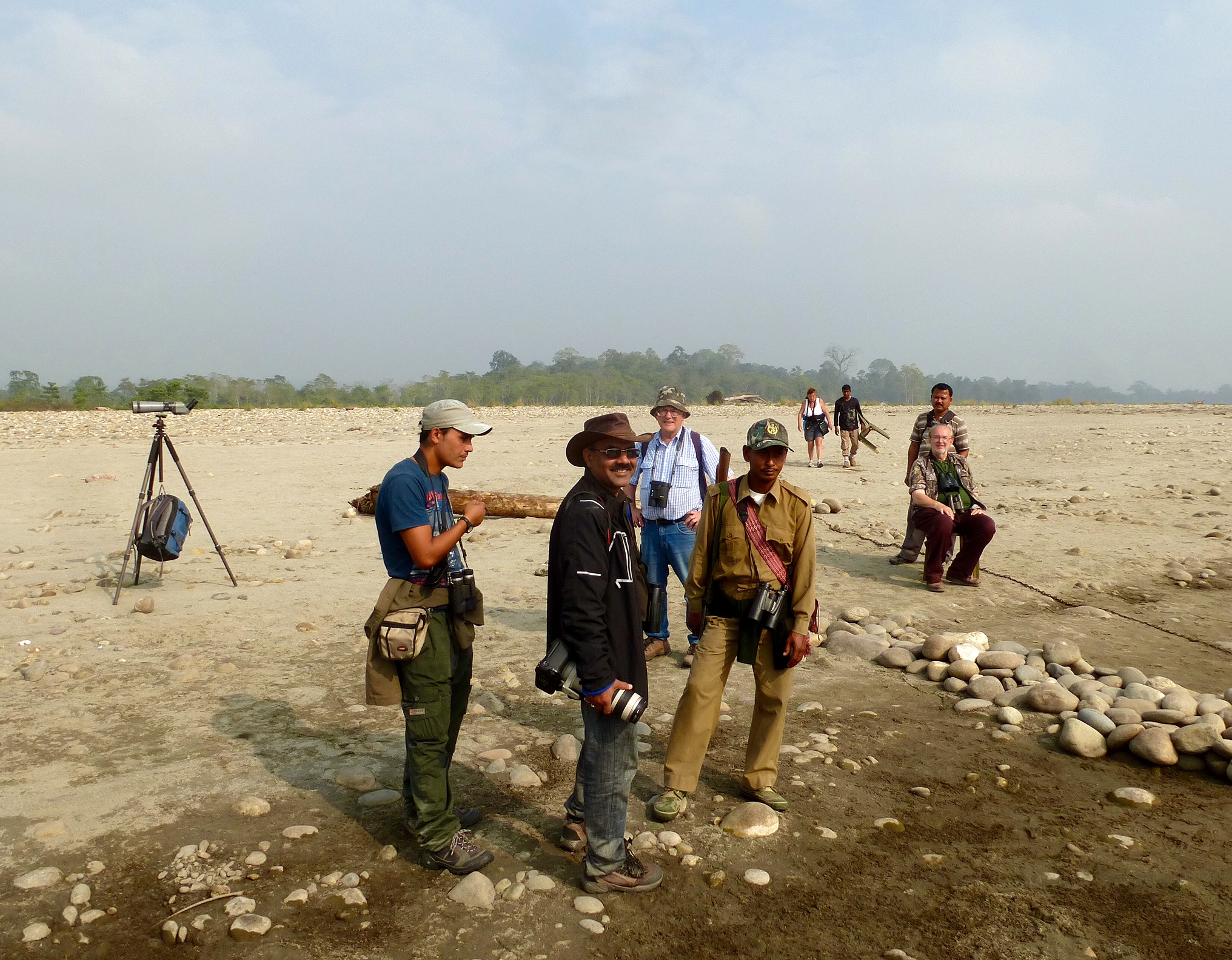
After the canoe ride, it was still a long diagonal walk over the sand banks of the river to get to the birding trails. This was tiring enough so that a rest was very welcome. Photo courtesy Jack Poll.
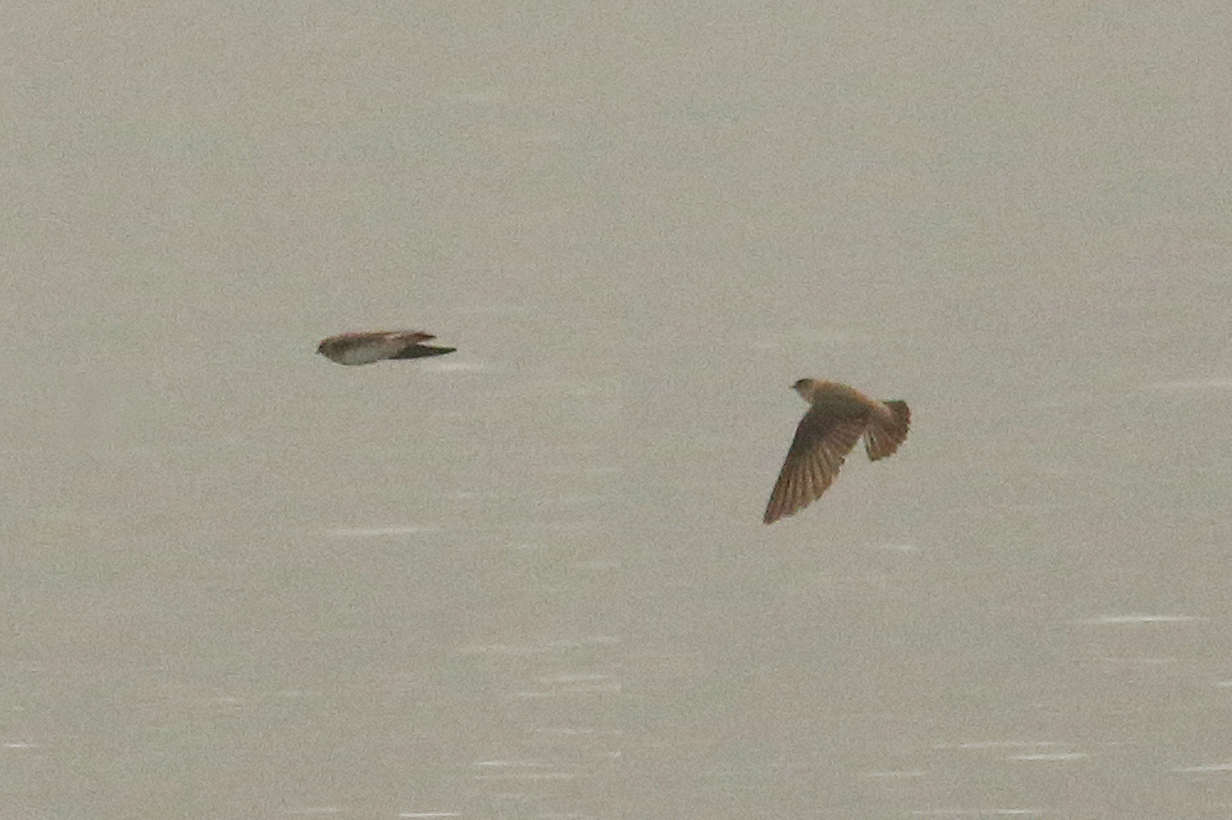
Gray-throated martin (This is our life bird.)
Asian Riparia chinensis is split fron African Riparia paludicola = Plain martin in Clements 6.8. We saw Plain martin (there called Brown-throated martin) in South Africa, and we did not see Gray-throated martin in India in 2006. So the birds that we saw in Nameri on December 9, 2014, hunting over the river, were new. Note the dark throat and chest, with little contrast shading into the head color.
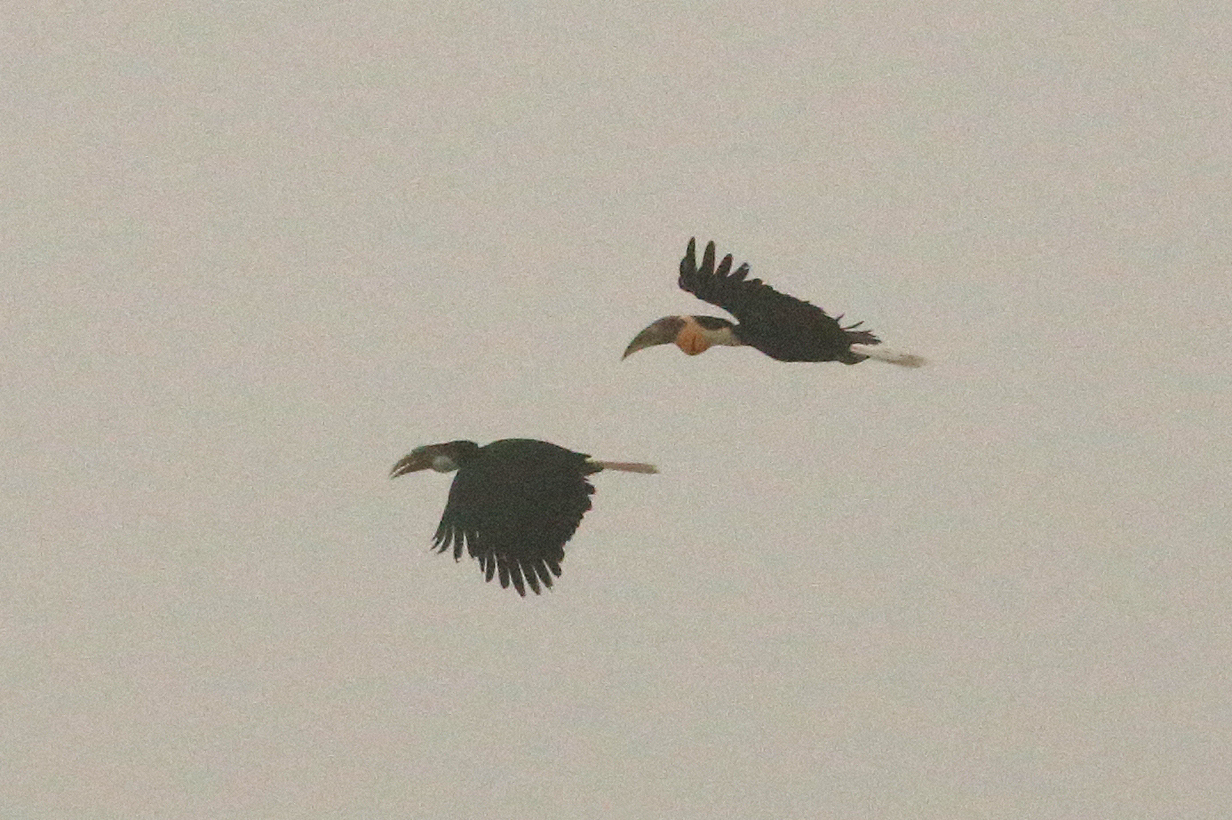
Wreathed hornbill (This female and male are our life birds. Note the dingy sky -- typical of early morning in India.)
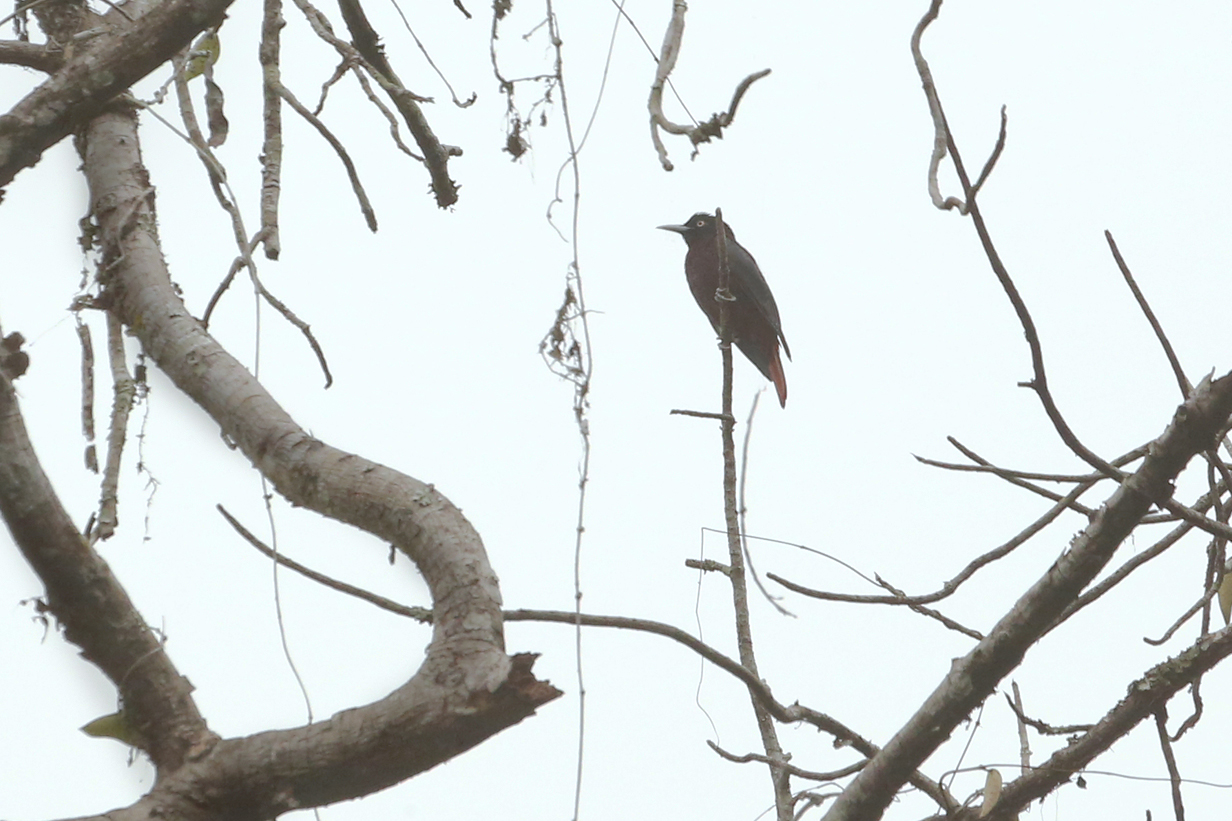
Maroon oriole
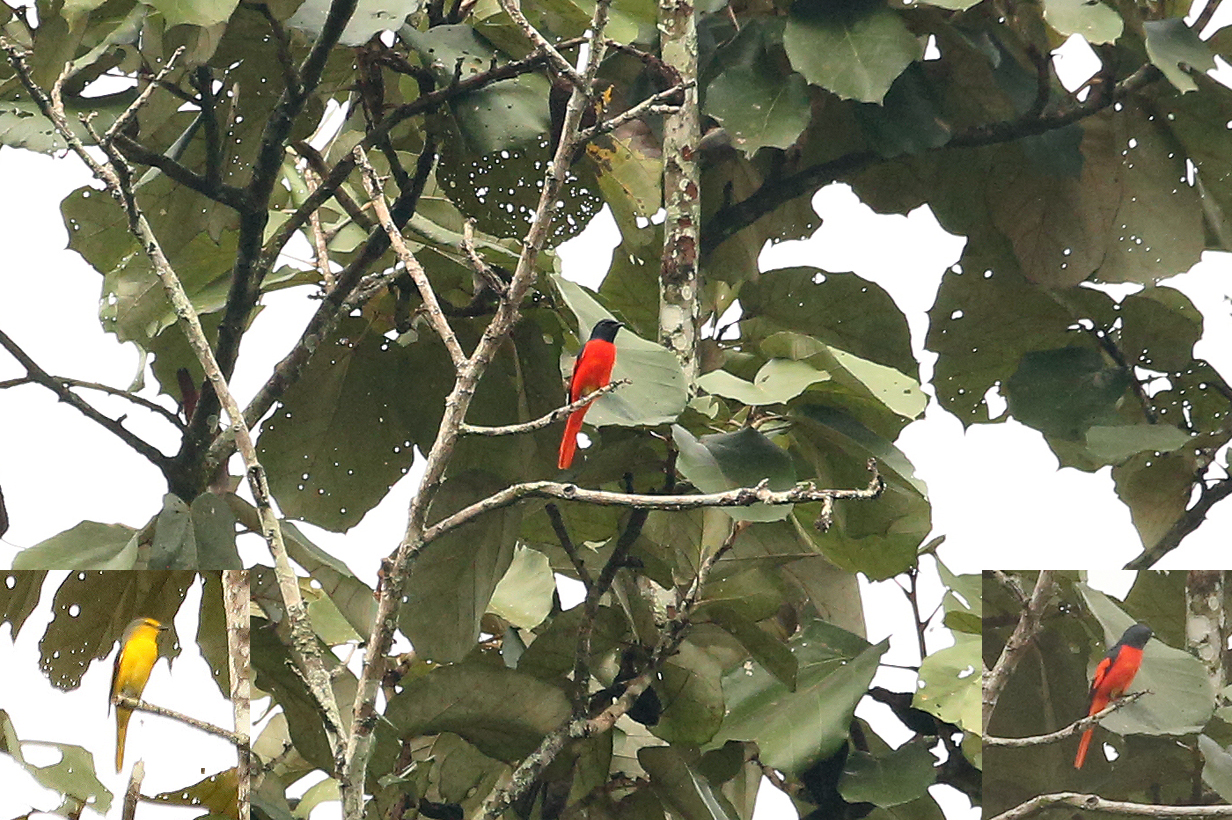
Short-billed minivet (Two pictures of the same male and -- left inset -- a female)
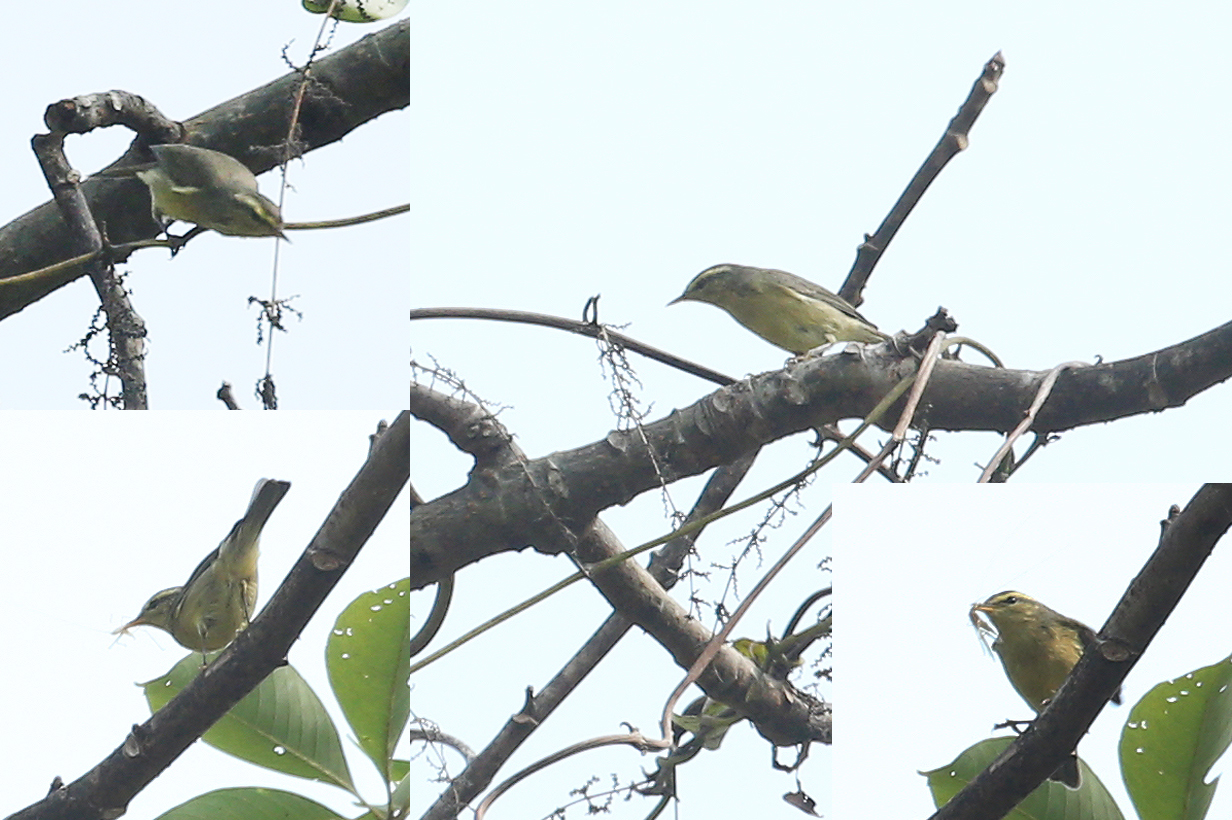
Tickell's leaf warbler (sorry: bad picture)
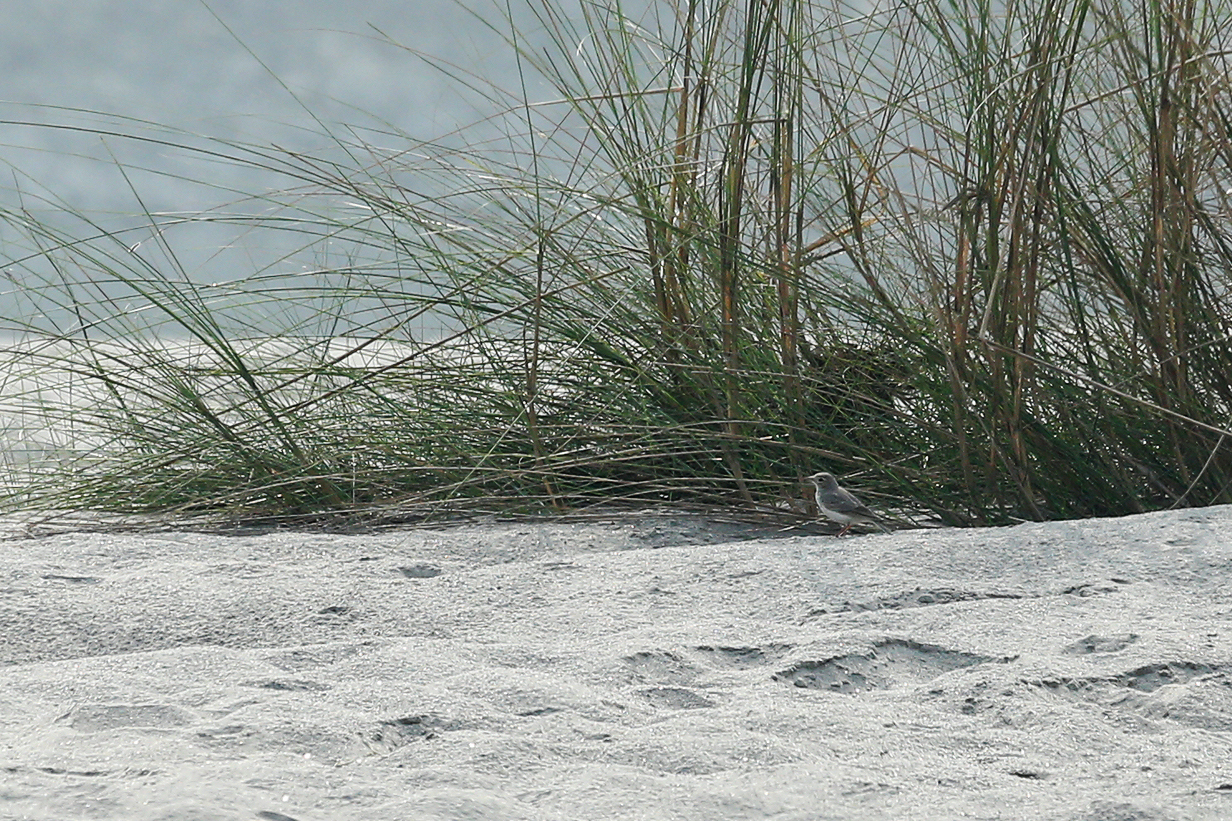
Sand lark (Nameri National Park: This is our life bird.)
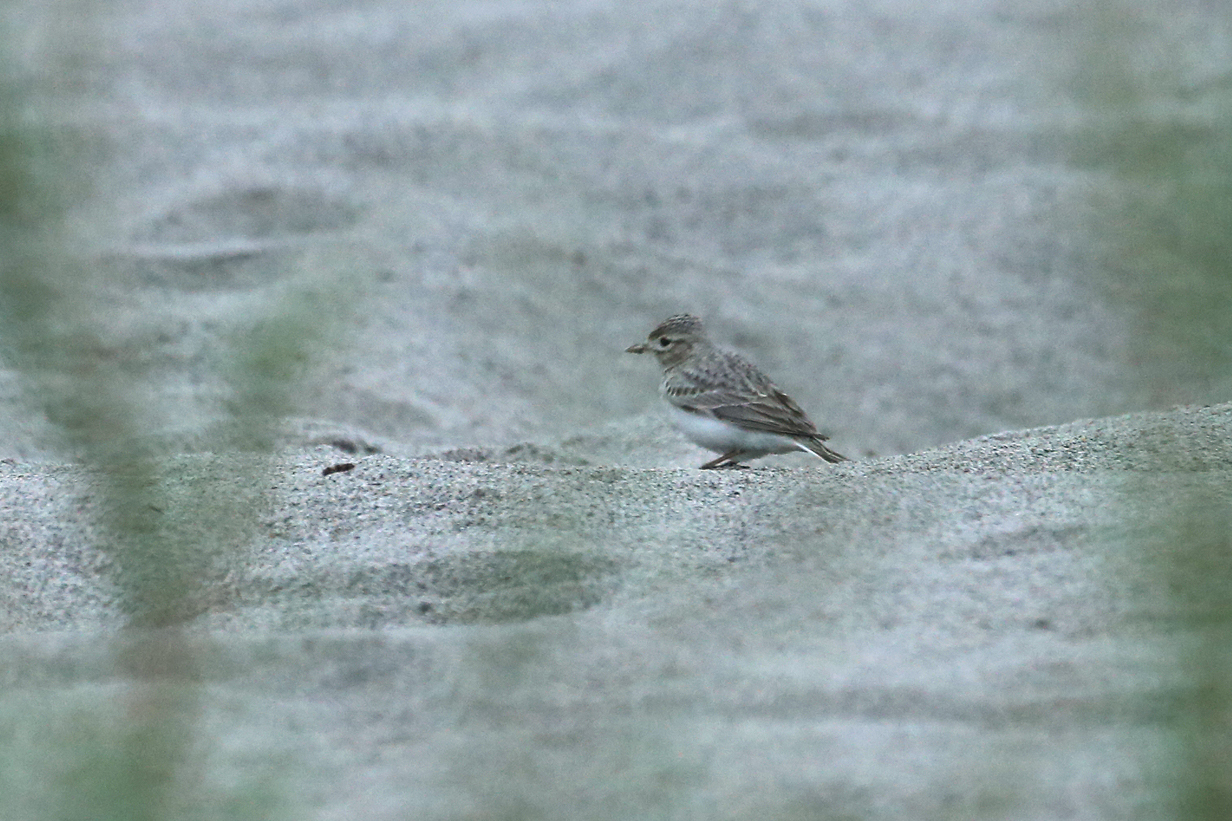
Sand lark (Nameri National Park)

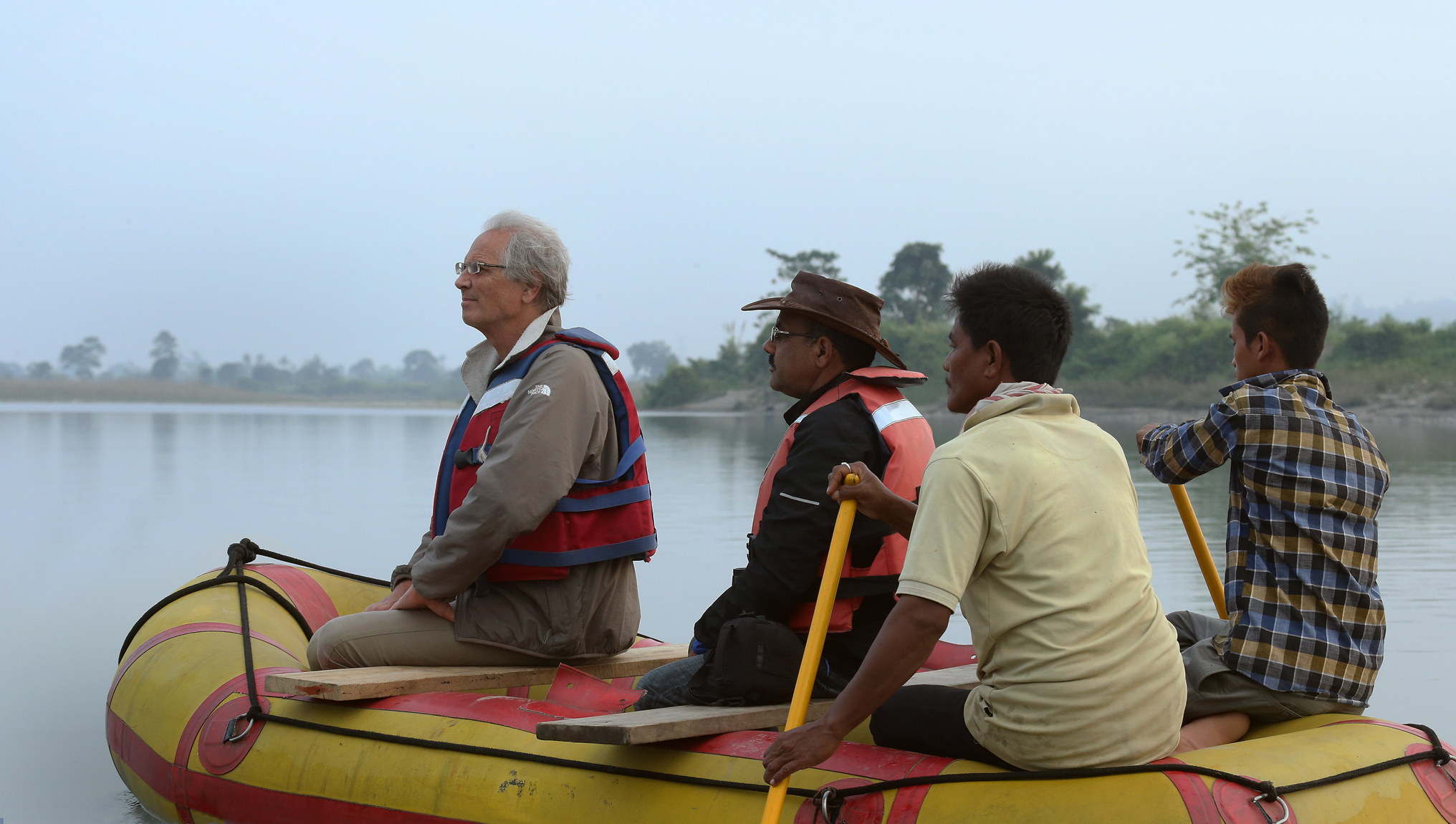
Jack Poll and Vinod Goswamy on our raft ride. We got Ibisbill during this ride.

Ibisbill (This is John's 3000th life bird)
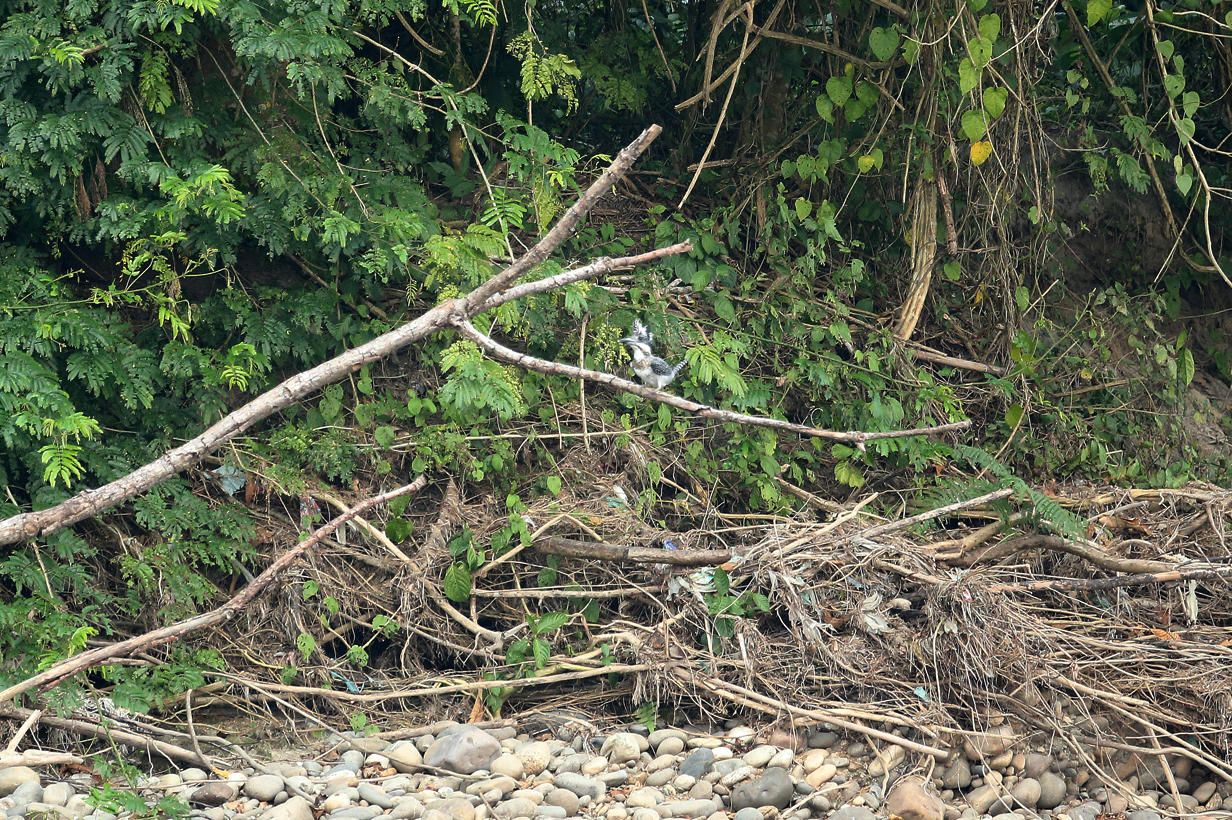
Crested kingfisher (bad picture during the river raft ride in Nameri)
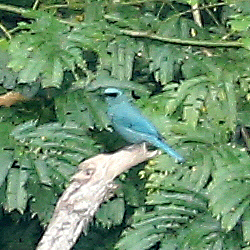
Verditer flycatcher (This one got away -- we did not see it. It was sitting on a snag to the left of the Crested kingfisher. I noticed it only when I processed the picture, back home in Texas.)
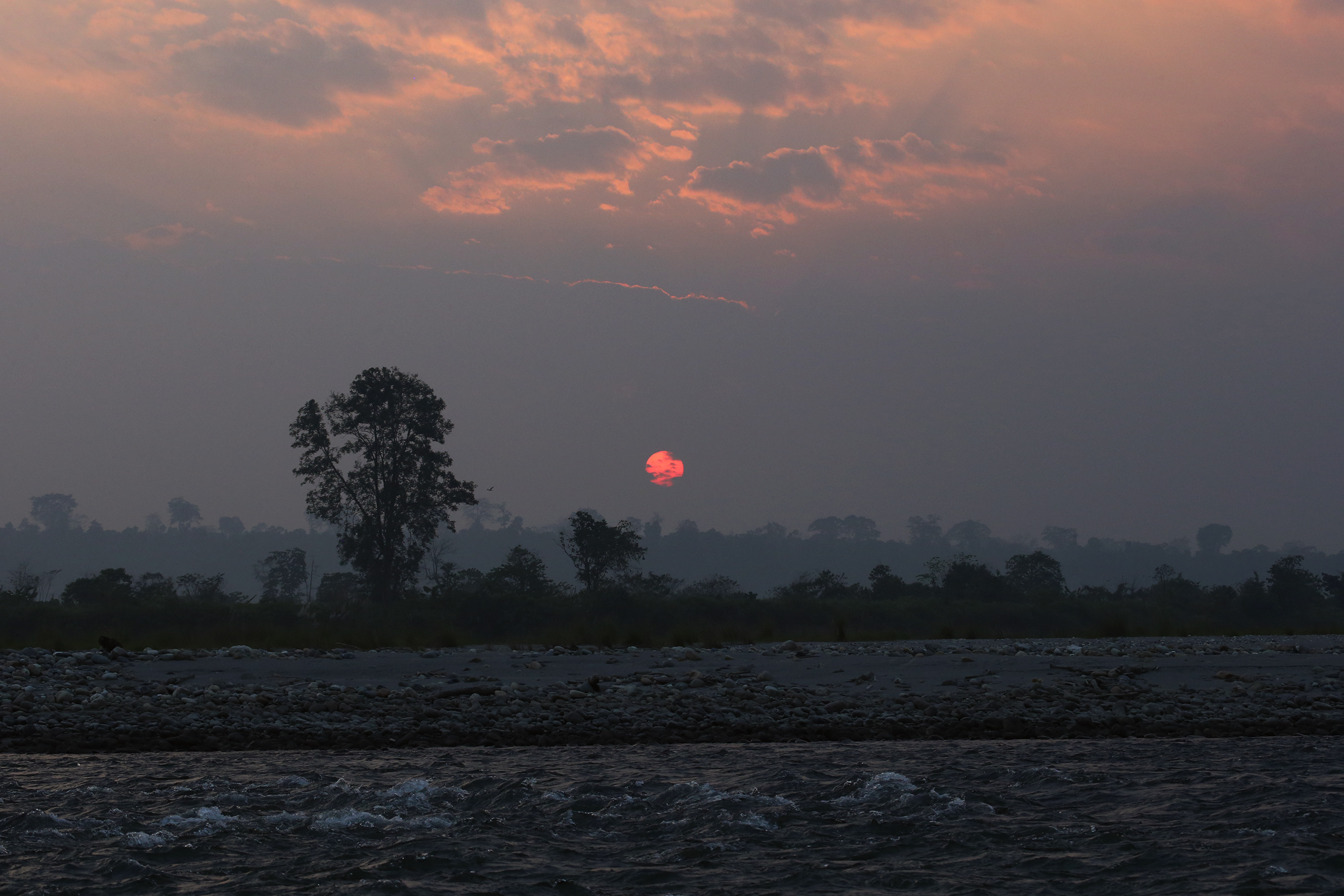
Sunset on the Jia Bhoreli River (from boat ride in Nameri National Park)
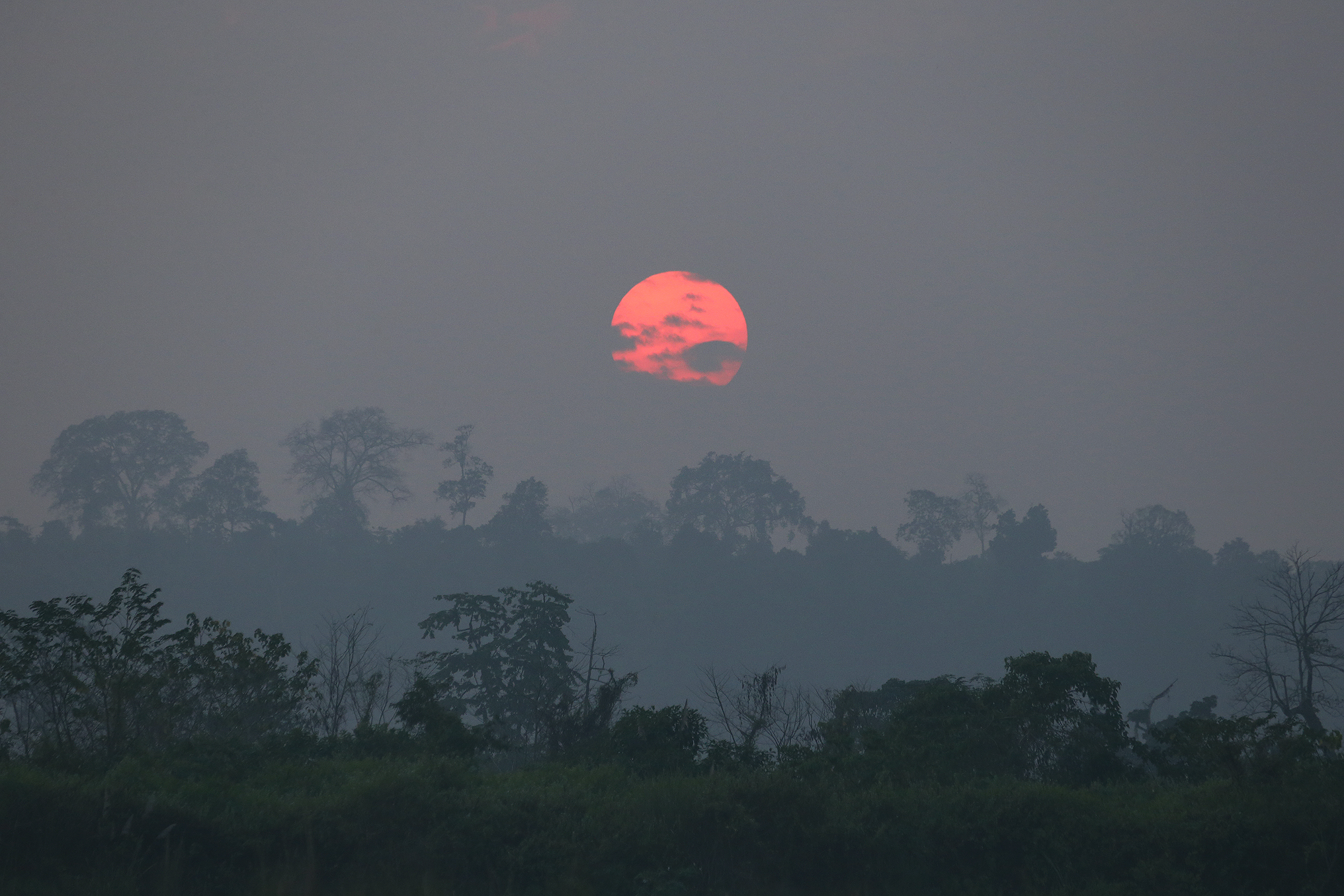
Sunset on the Jia Bhoreli River (from boat ride in Nameri National Park)
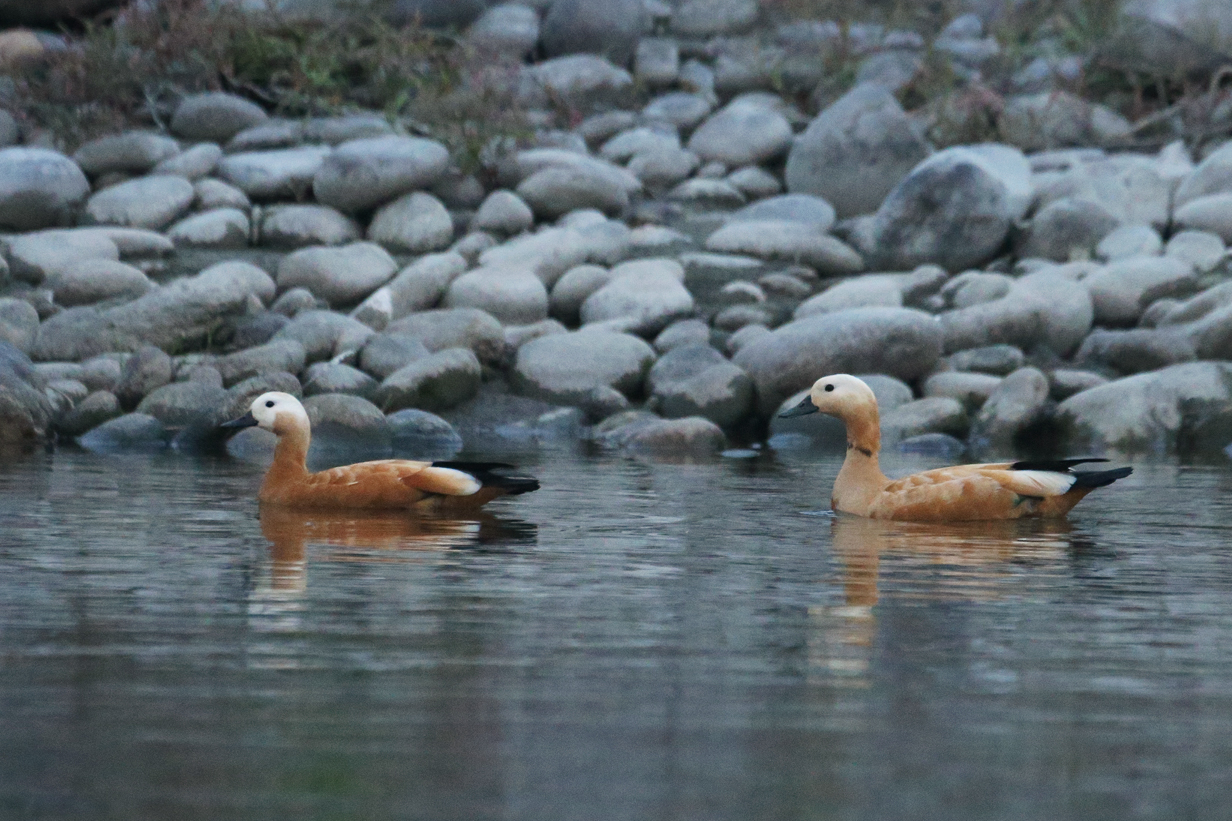
Ruddy shelduck (boat ride on the Jia Bhoreli River in Nameri National Park)
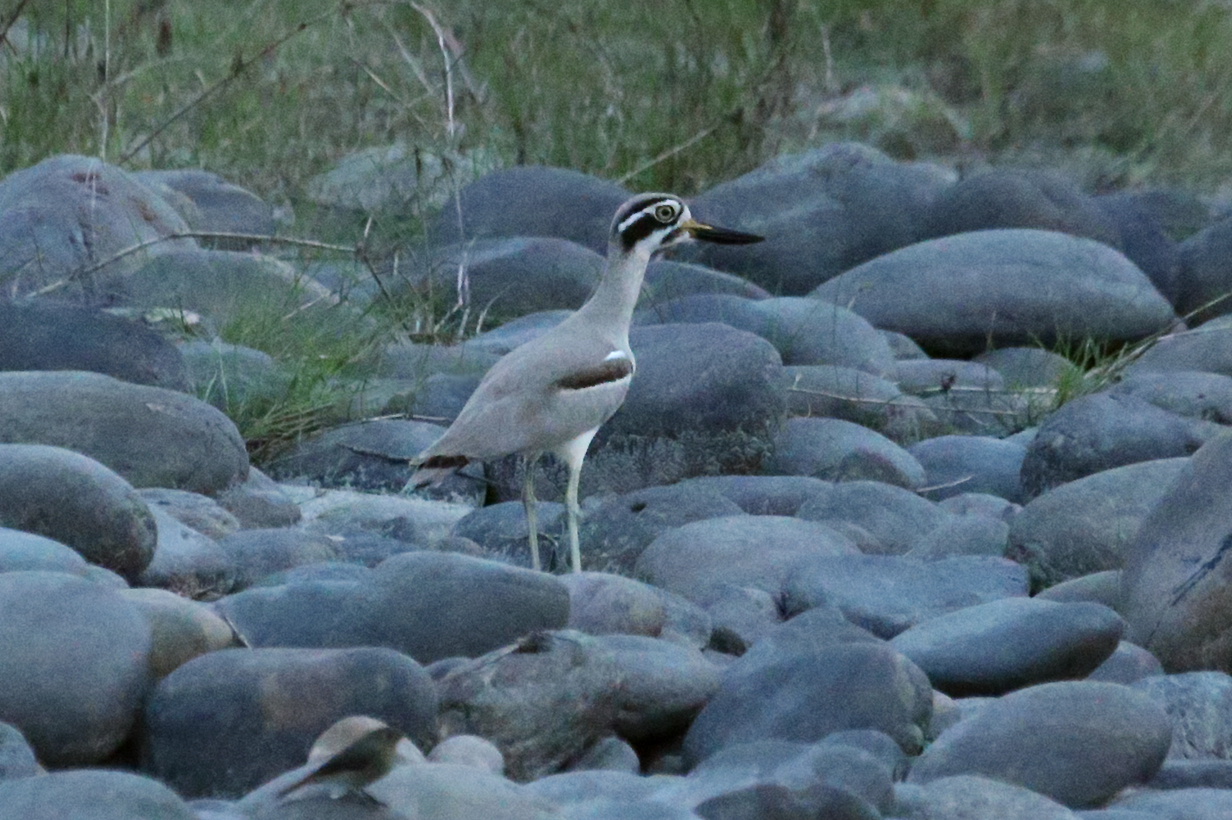
Great thick-knee
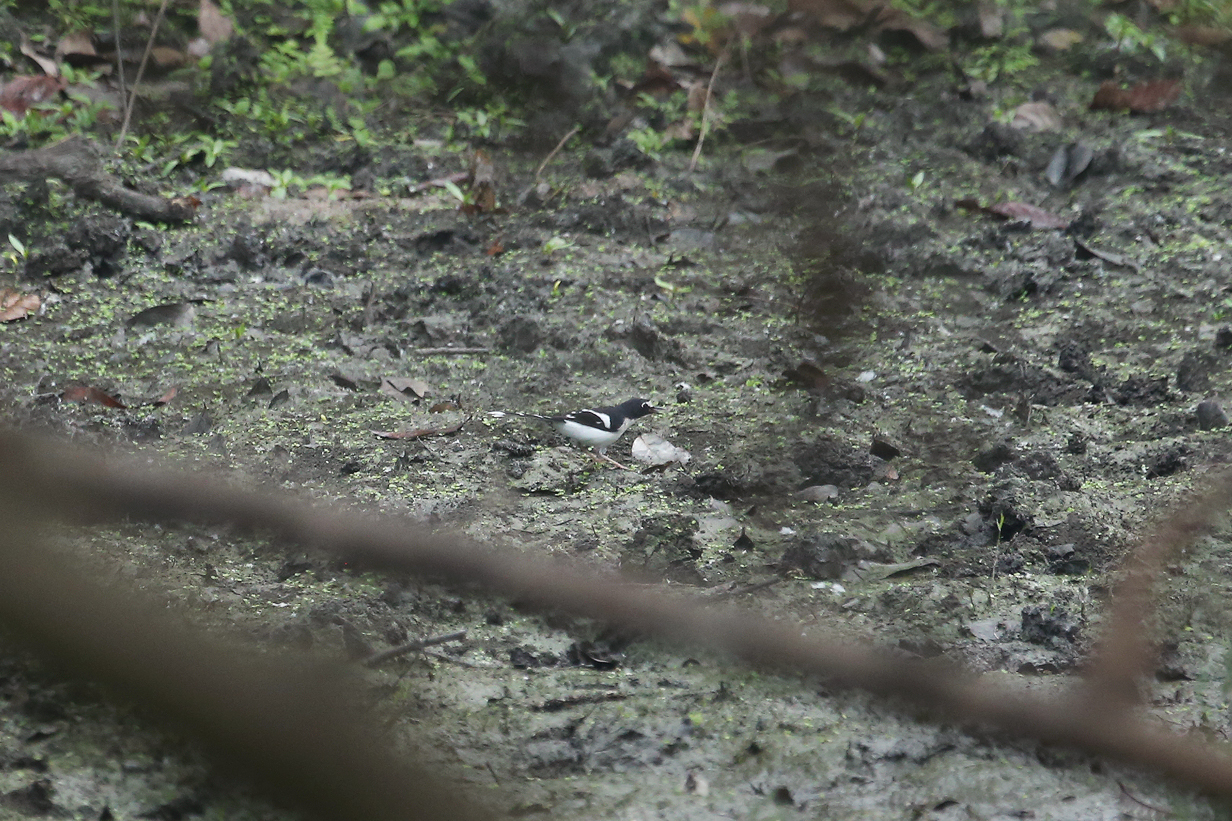
Black-backed forktail (sorry: very bad picture!)
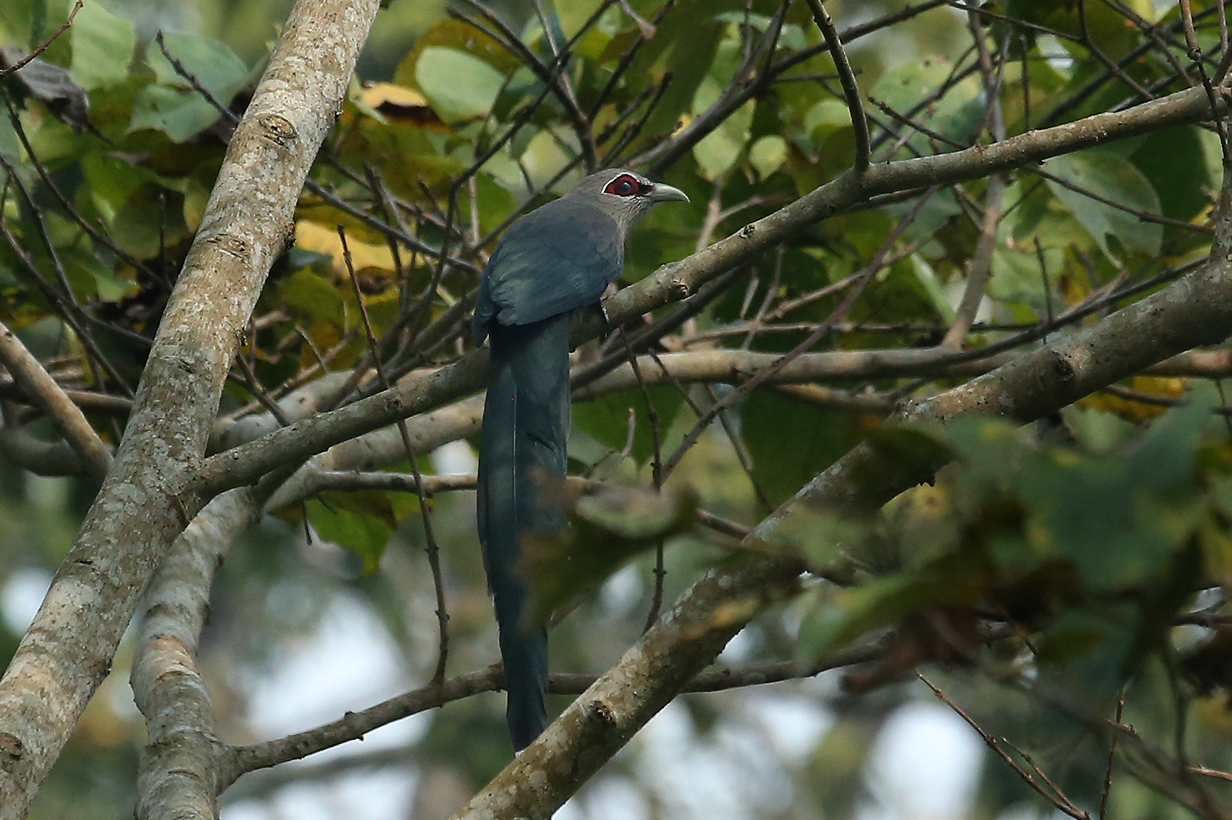
Green-billed malkoha

Gray-headed canary-flycatcher
Sela Pass, Arunachal Pradesh
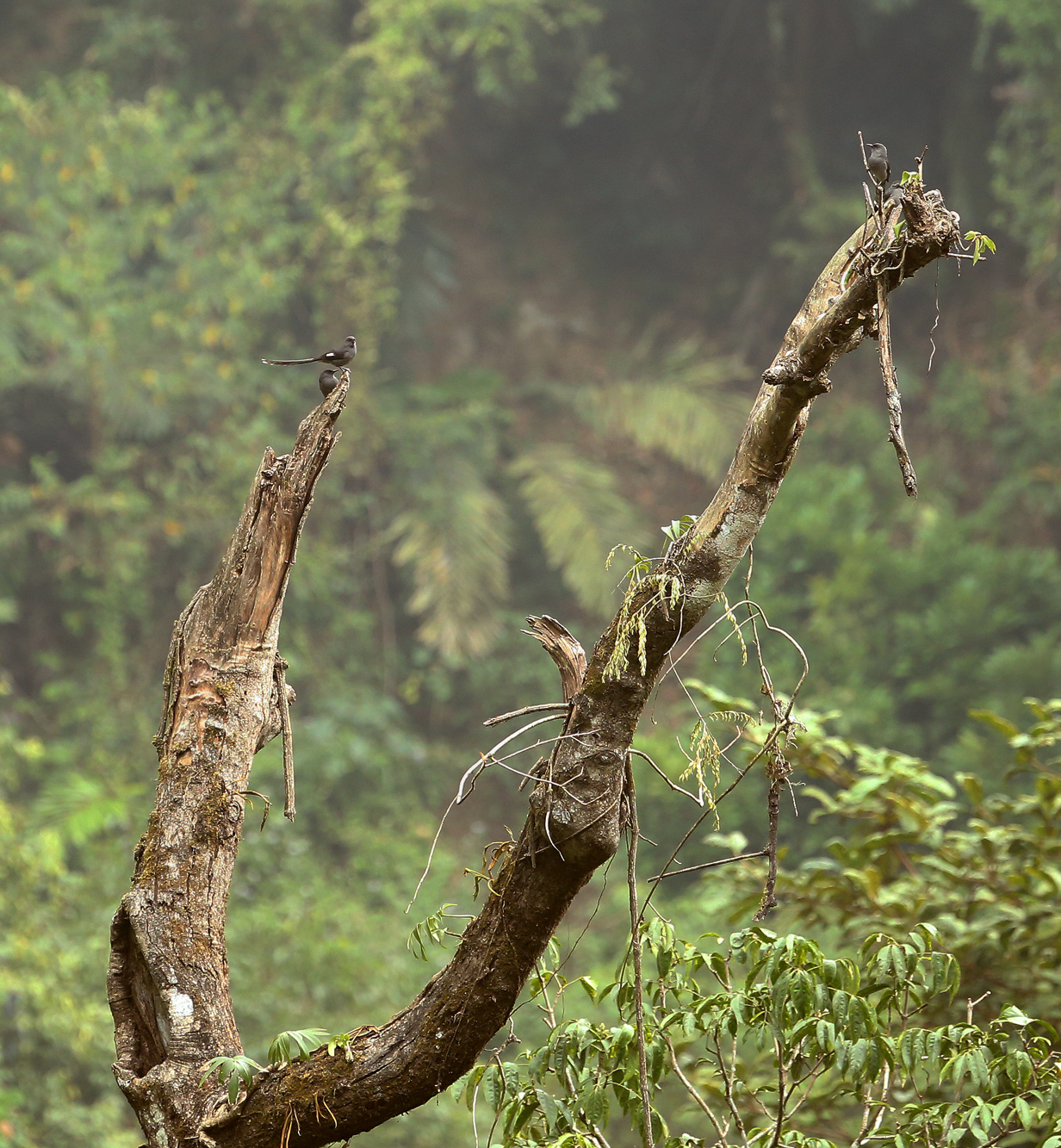
Long-tailed sibia (These are John's life birds.)
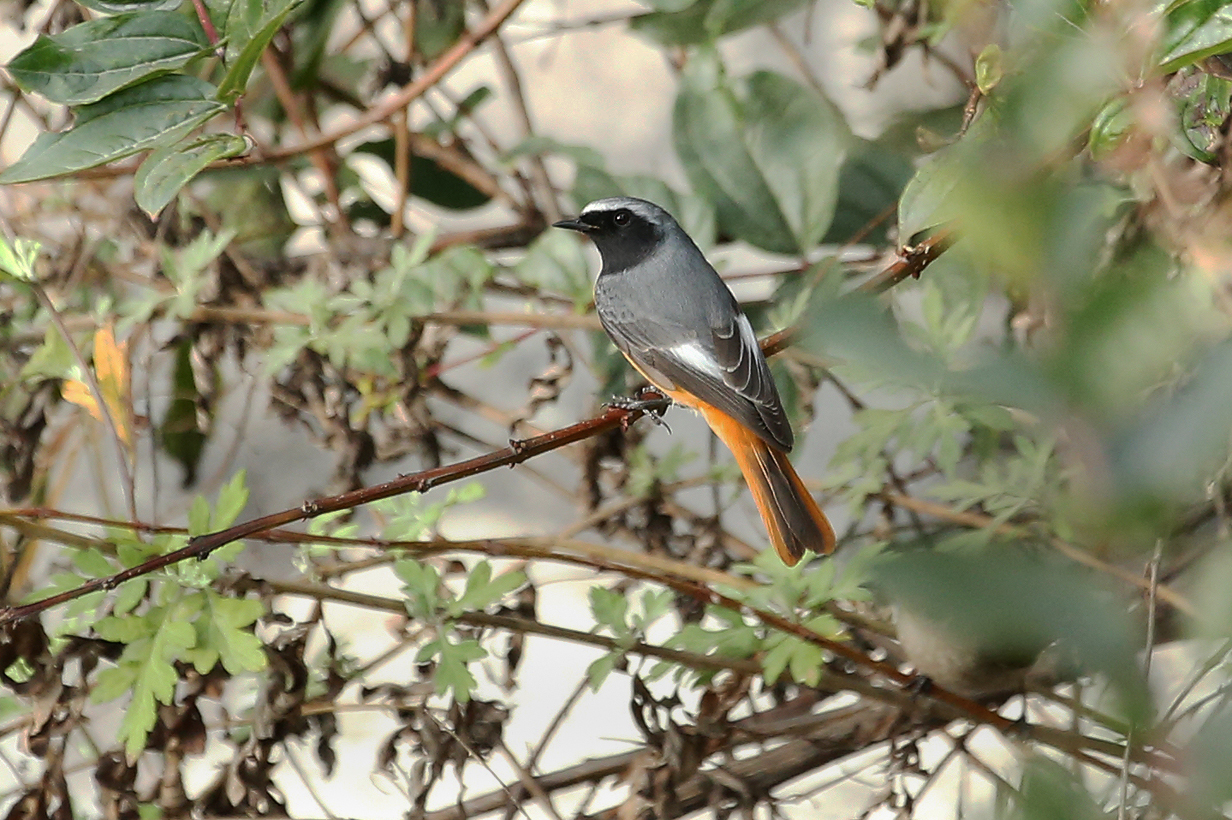
Hodgson's redstart (This male is John's life bird.)
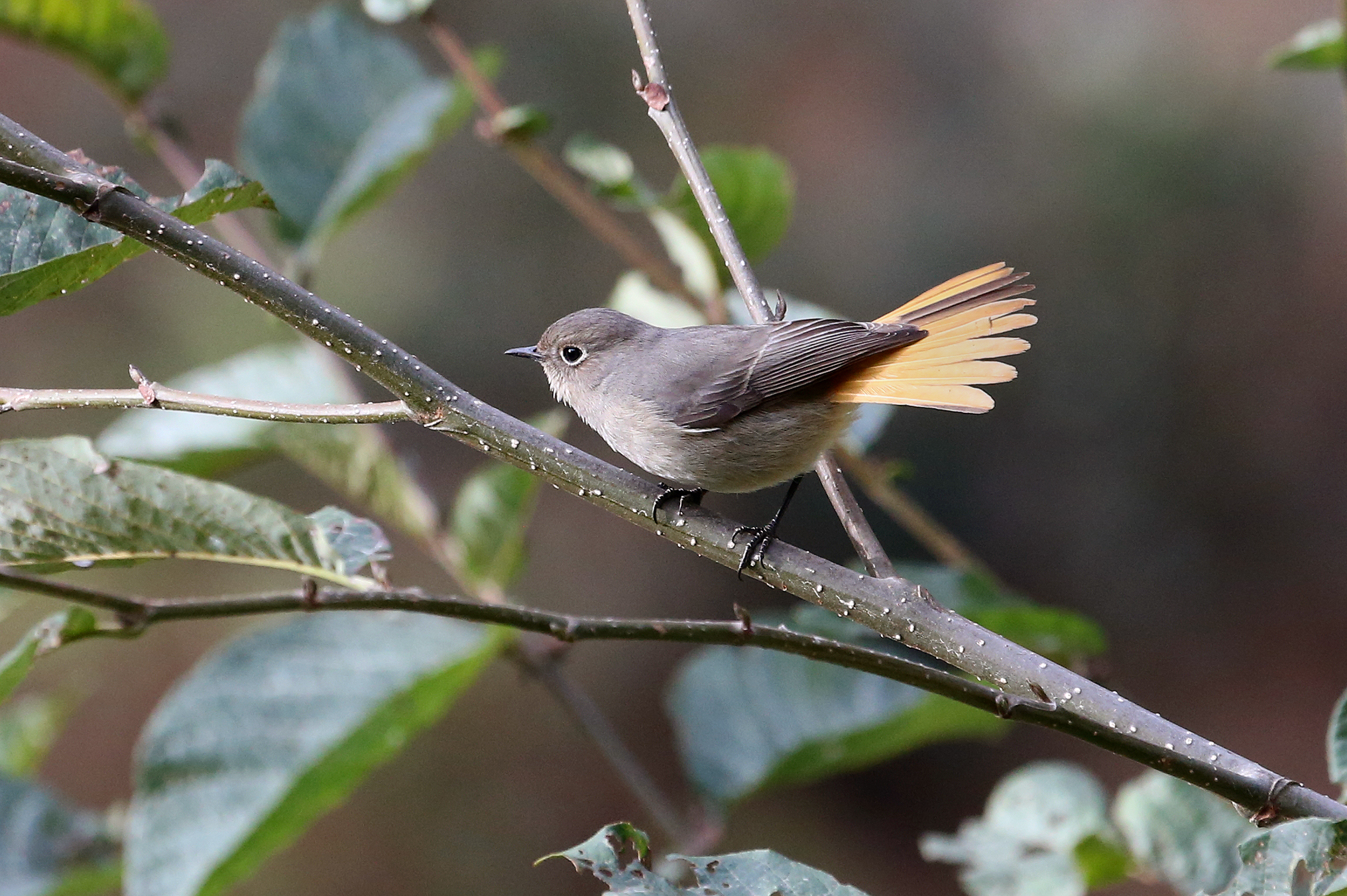
Hodgson's redstart (female)
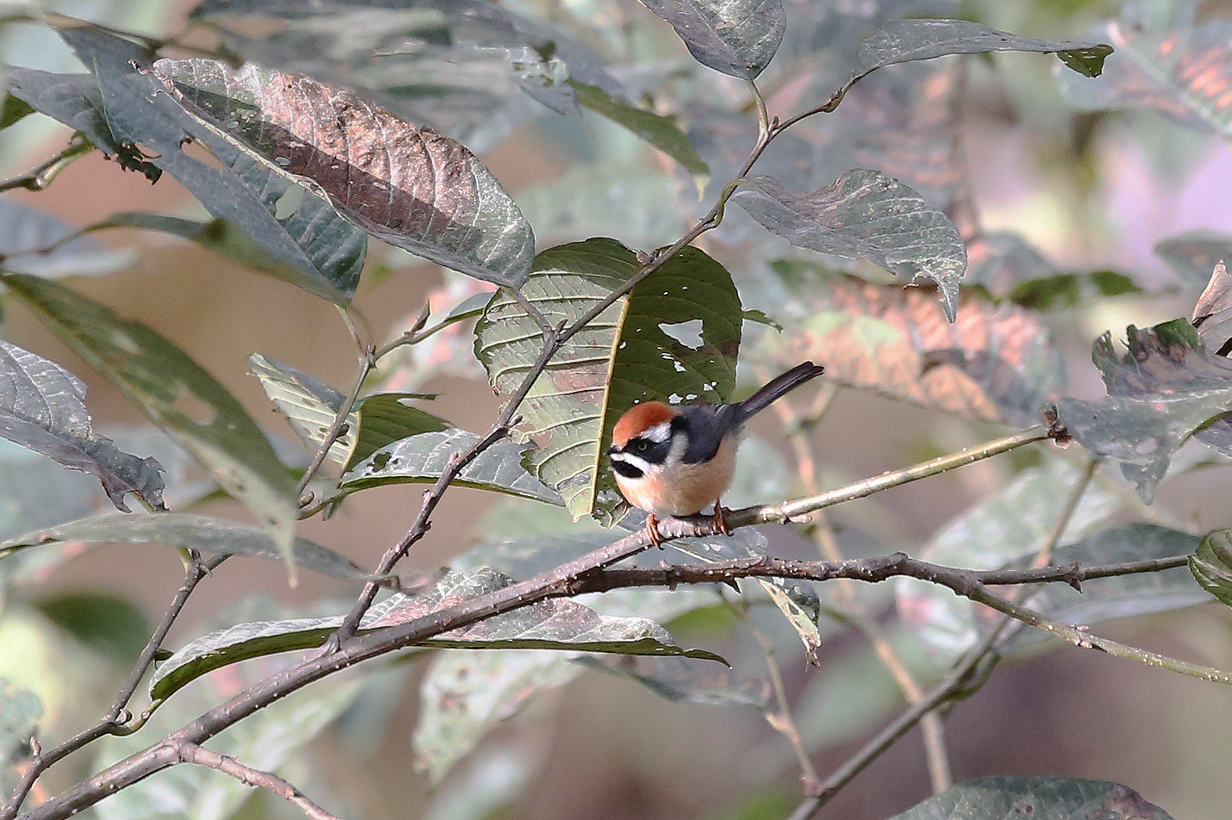
Black-throated tit
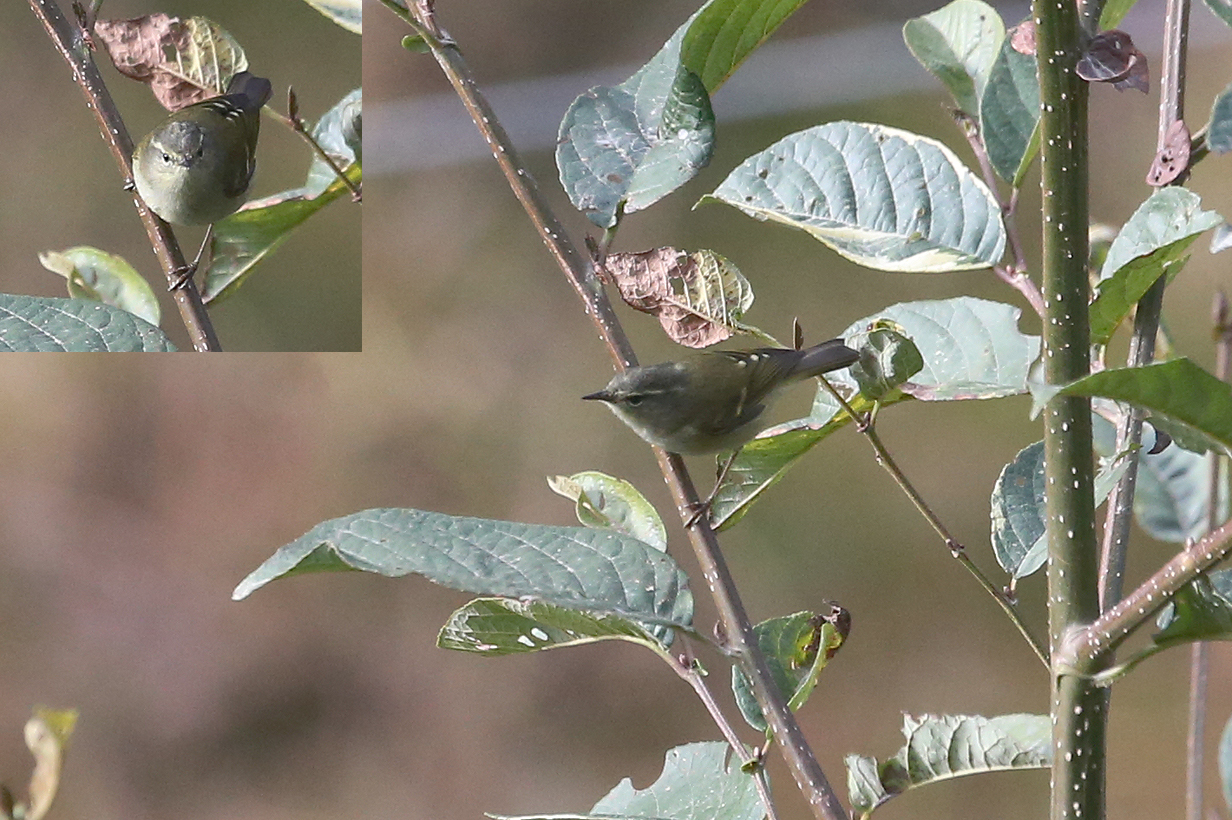
Ashy-throated warbler (This not very well marked bird is John's life bird, on the road to Sela pass.)

Crimson-breasted woodpecker (This is John's life bird, same stop as above, on the road to Sela pass.)
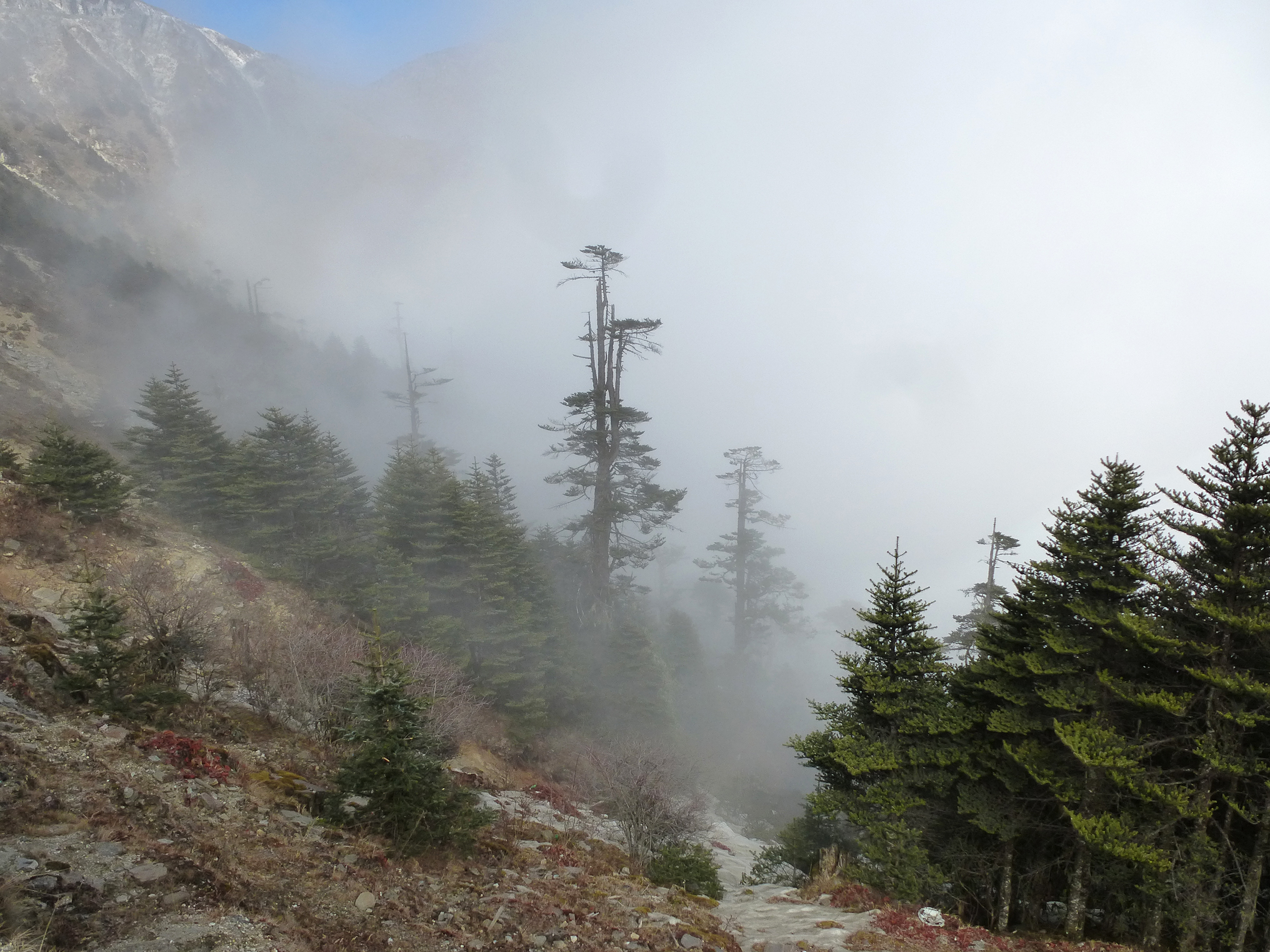
Just before the end of the long ride to Sela Pass, we drove steeply up through thick overcast and emerged above the mist just before the pass. Photo courtesy Jack Poll.
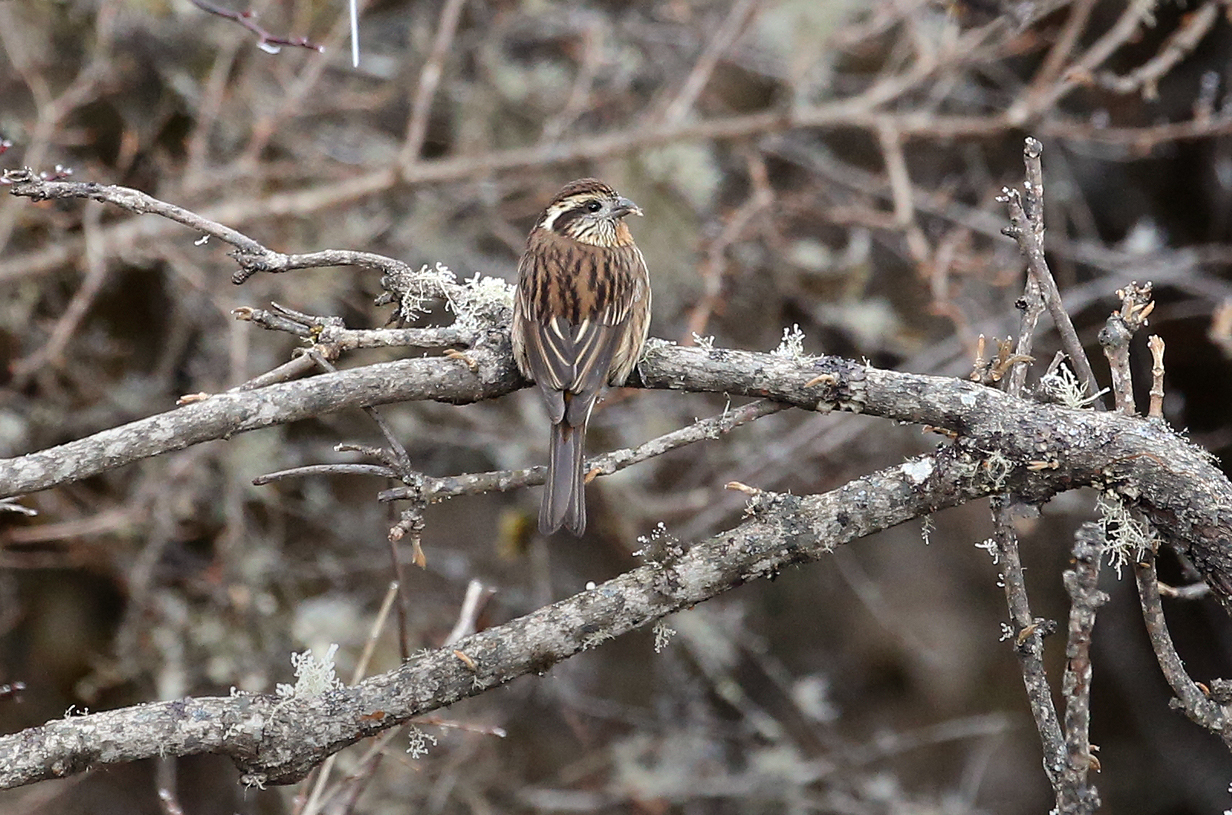
White-browed rose-finch (female, just below Sela Pass. This is our life bird. We never saw a male.)

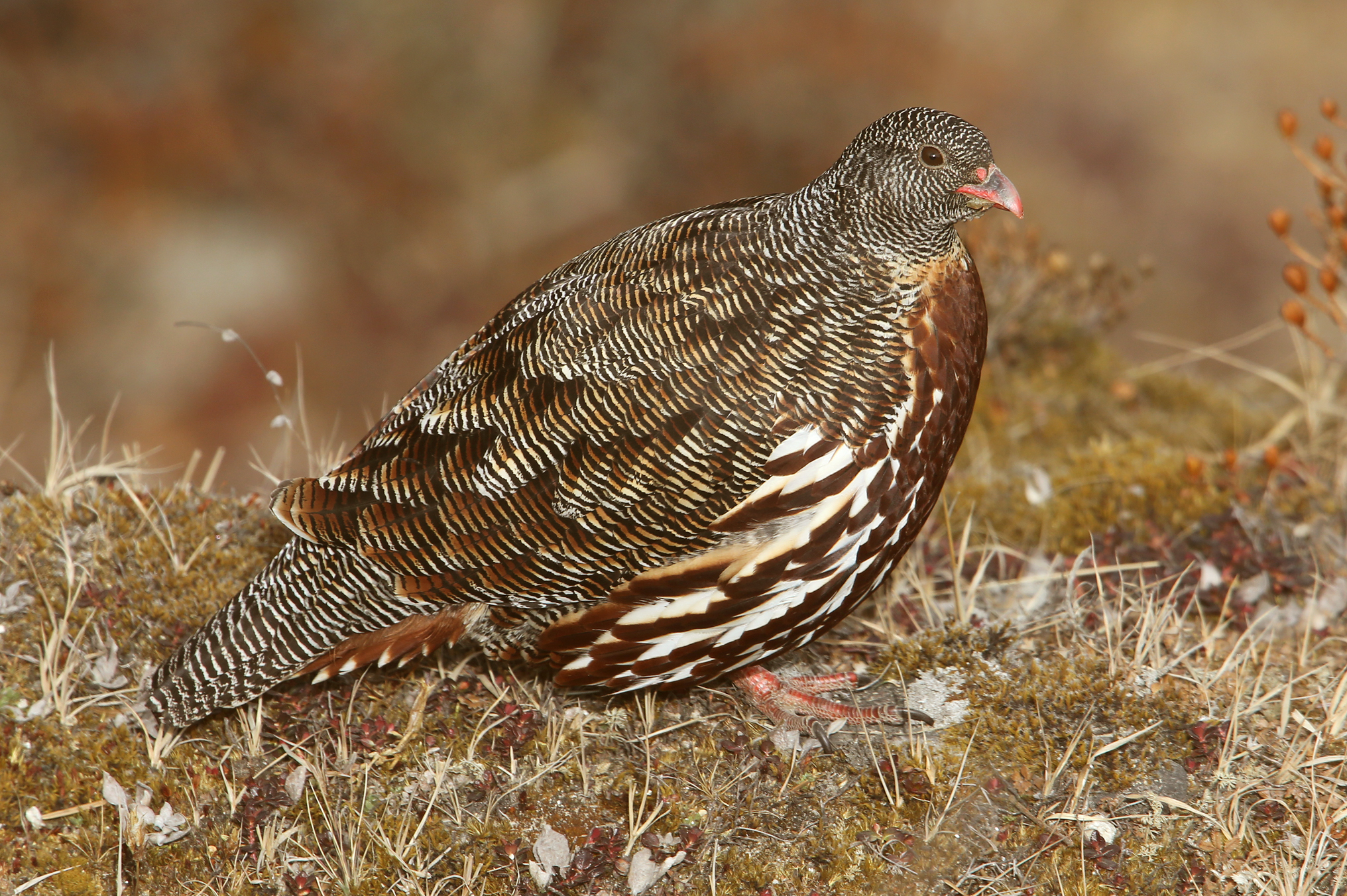
Snow partridge (at Sela Pass, 4170 m or 13,680 feet altitude)

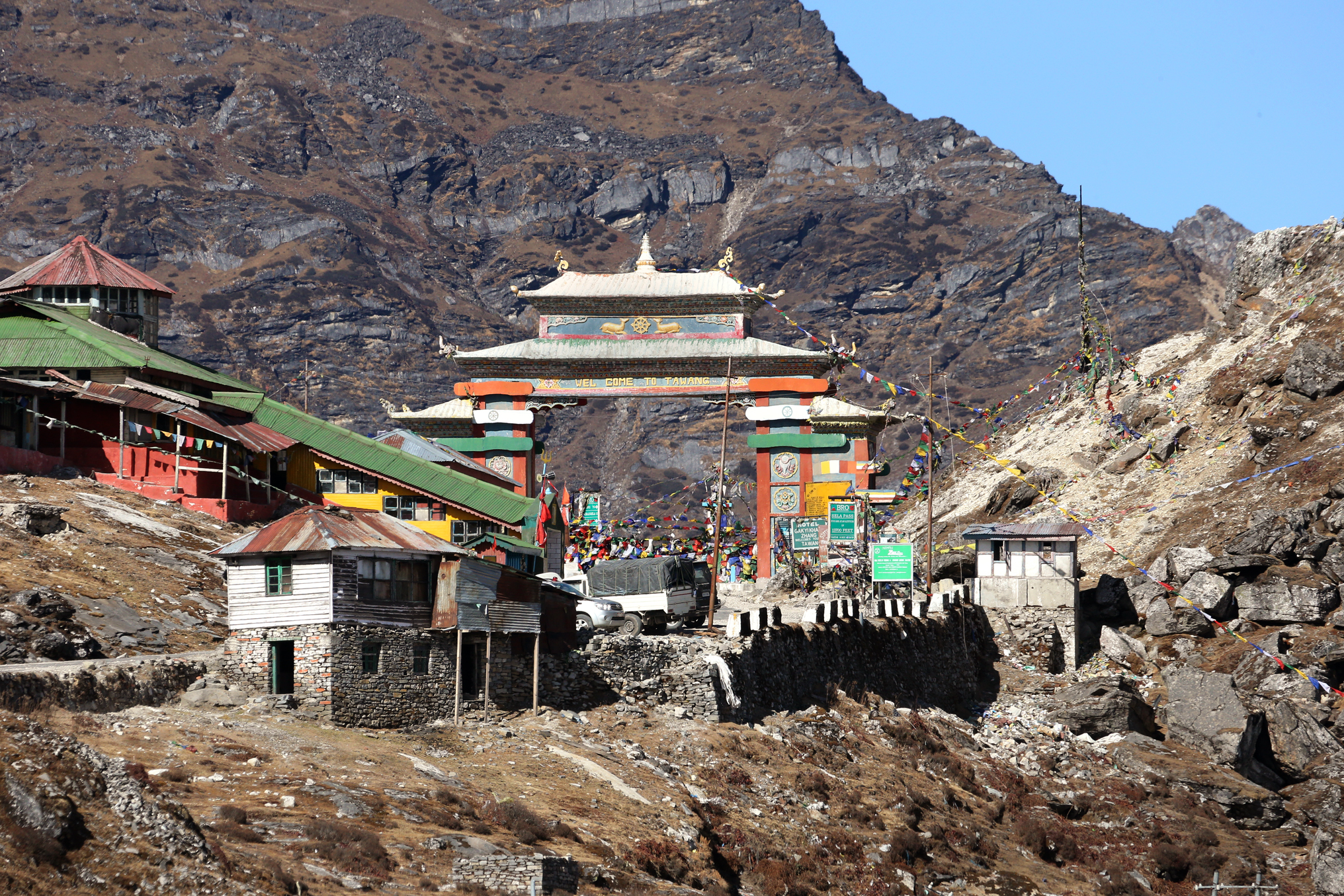
Sela Pass (4170 m or 13,680 feet altitude)
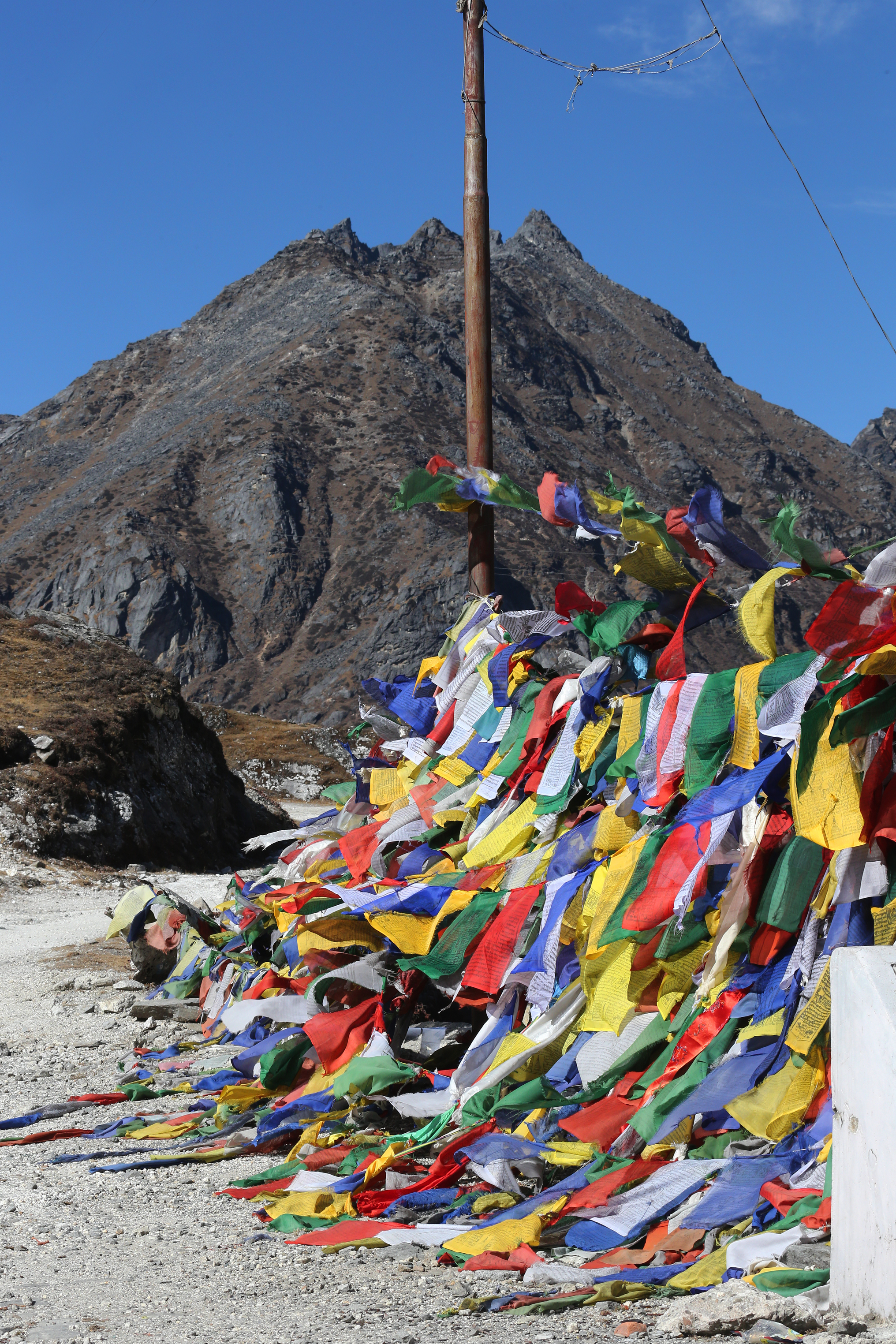
Sela Pass is very sacred and important to Buddhists. These are Buddhist prayer flags.
Mandala Road and Mandala Pass, Arunachal Pradesh
Mandala road is long, winding, and moderately rough (better, on the whole, than Eagle Nest Pass road), leading from about 1700 m altitude near Dirang to 3200 m at Mandala Pass. After the pass, it drops back down and eventually connects up with the Dirang-to-Tenga main road. There is some good, pristine forest along the road, but much of it is severely degraded and (sparsely) populated. Cattle graze the lower slopes; yaks graze at the highest altitudes. There are still good birds to be had along this road, but like everywhere else, the birding is surprisingly difficult.
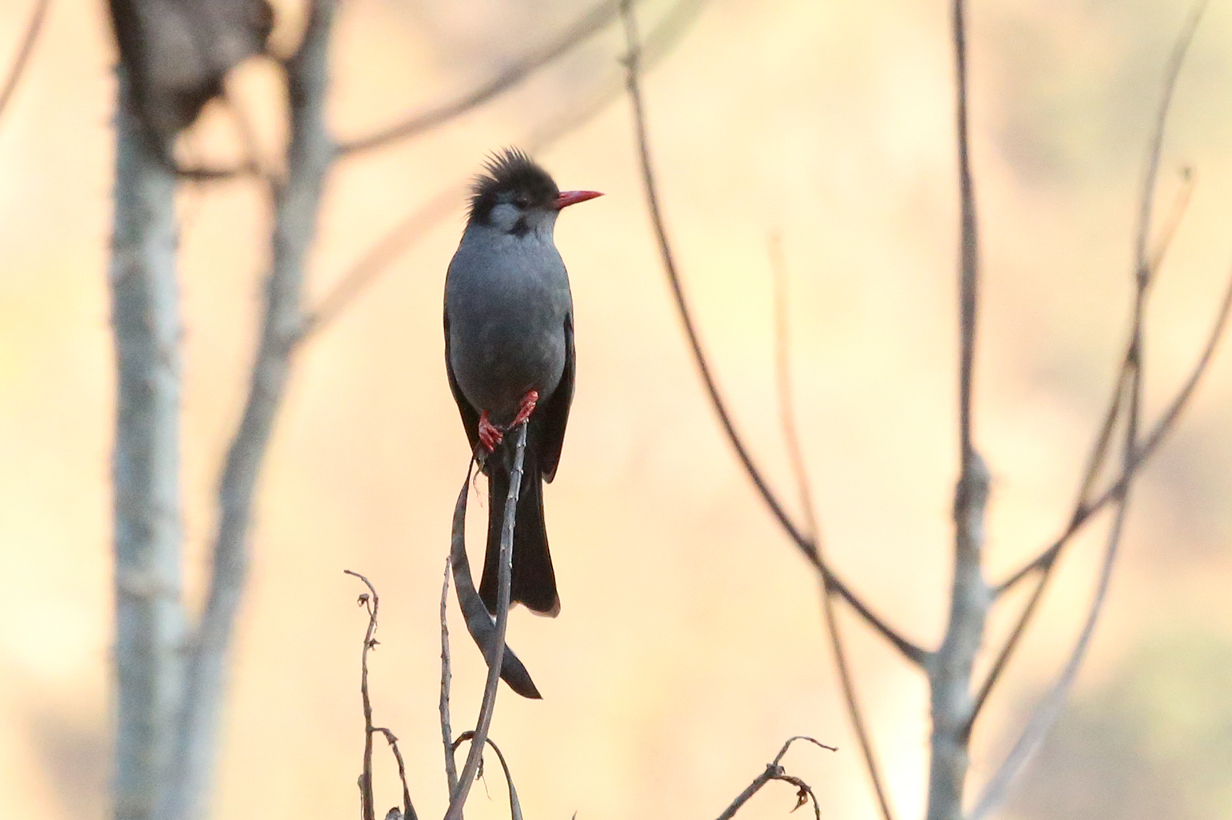
Black bulbul (Mandala road)
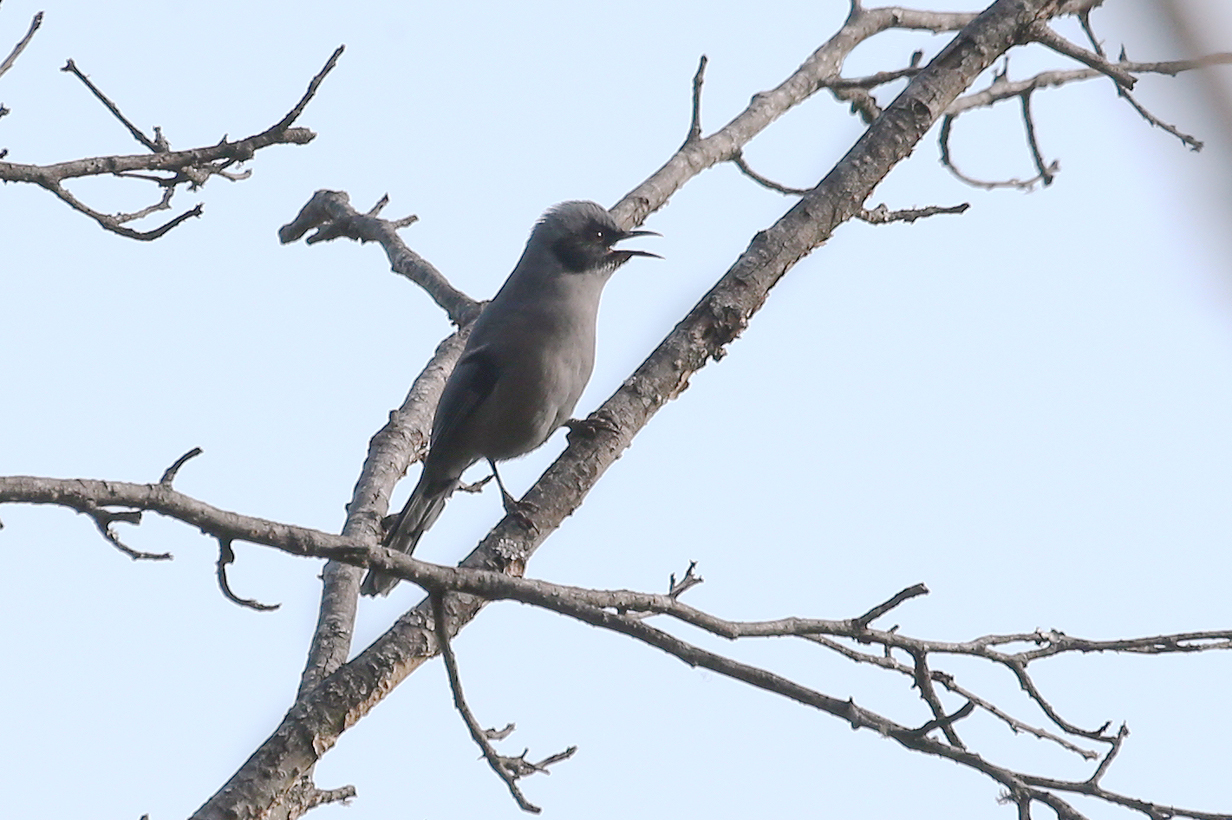
Beautiful sibia (This is John's life bird, but Beautiful sibias are ubiquitous in the Arunachal Pradesh mountains)
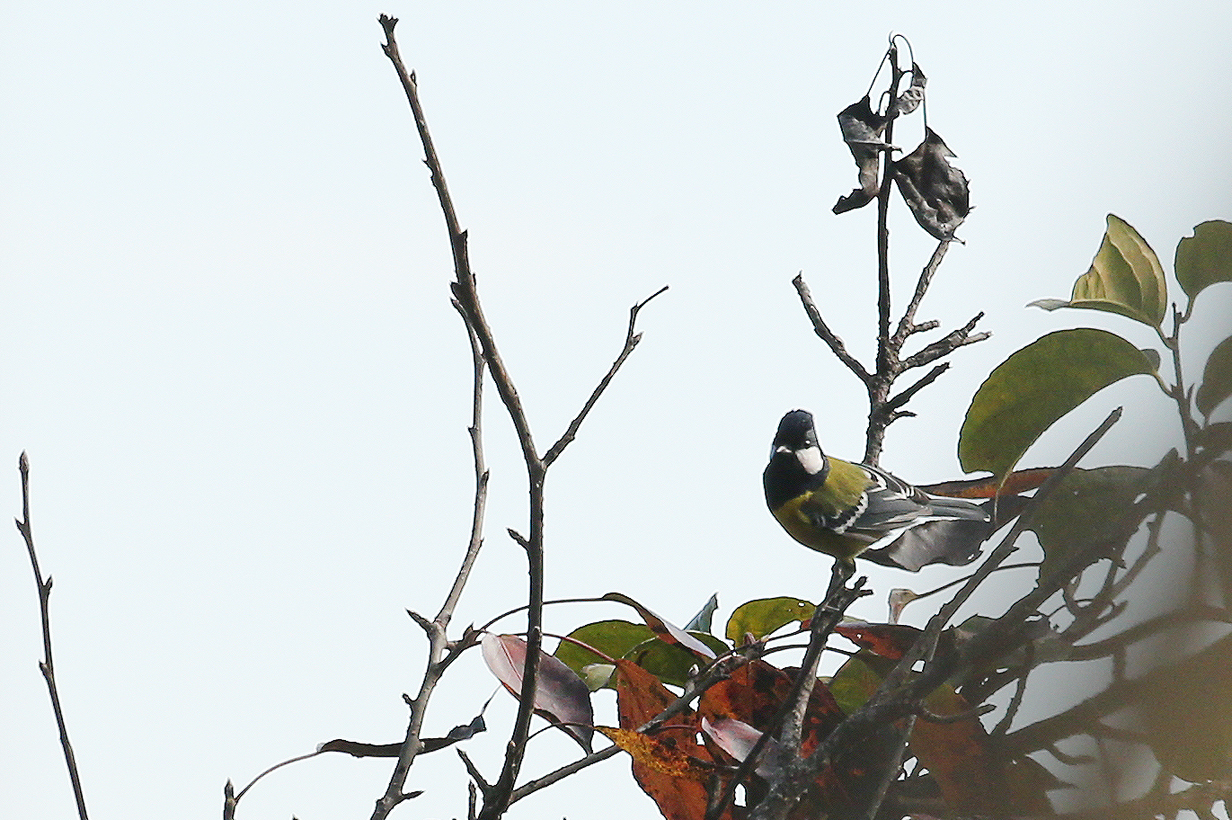
Green-backed tit
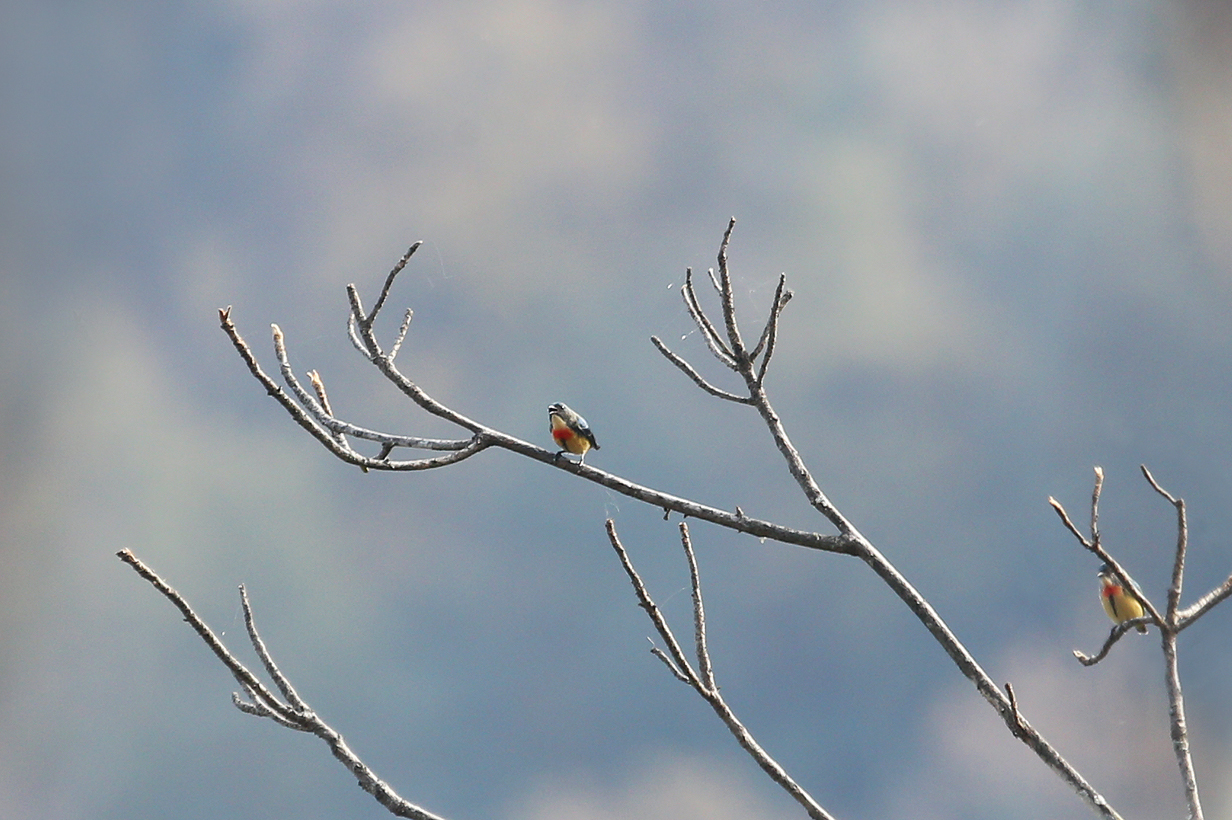
Fire-breasted flowerpecker (not very co-operative males)
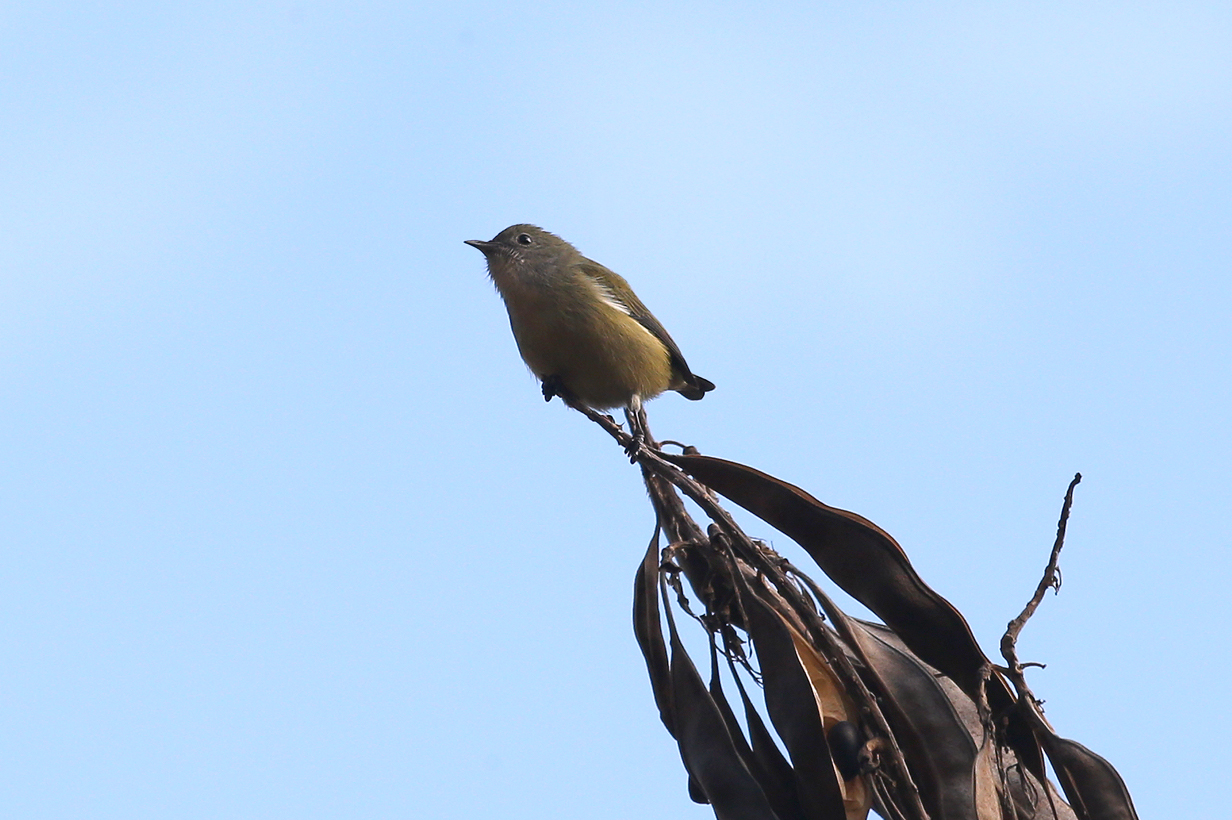
Fire-breasted flowerpecker (female)
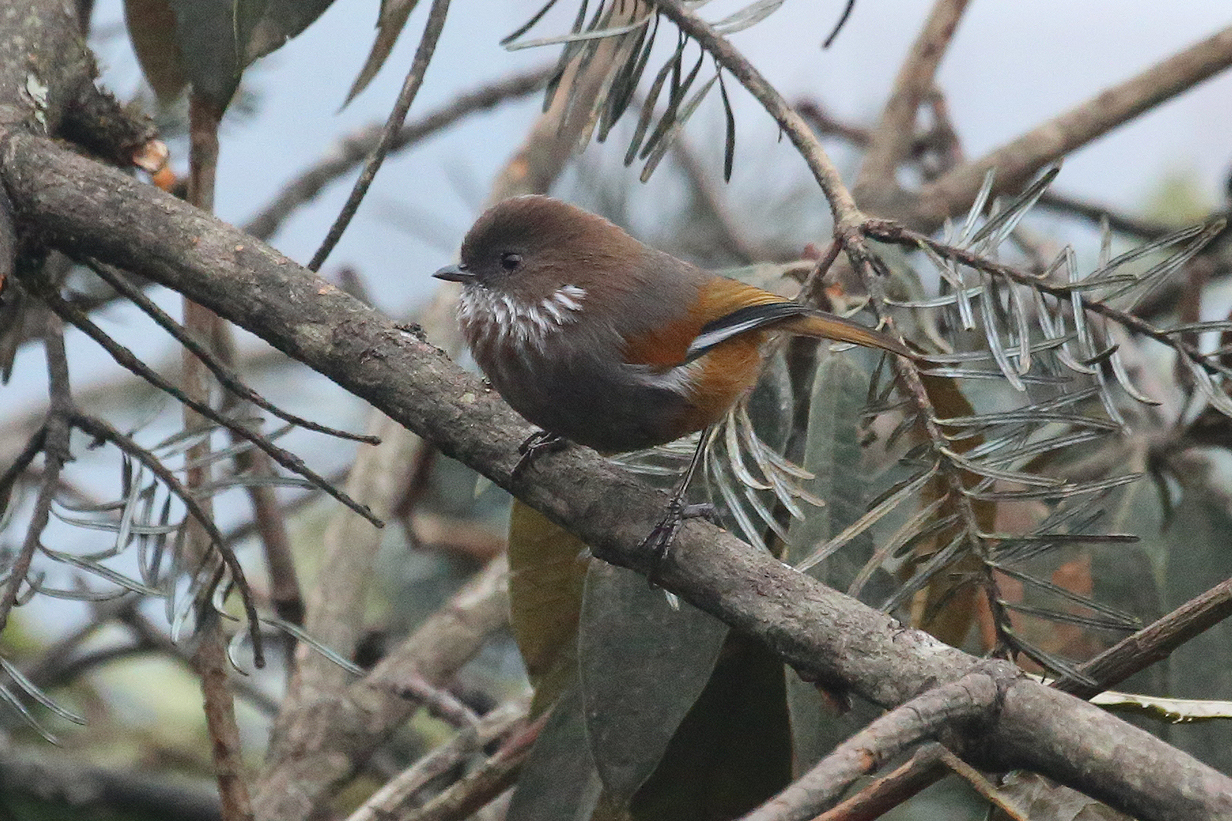
Brown-throated fulvetta
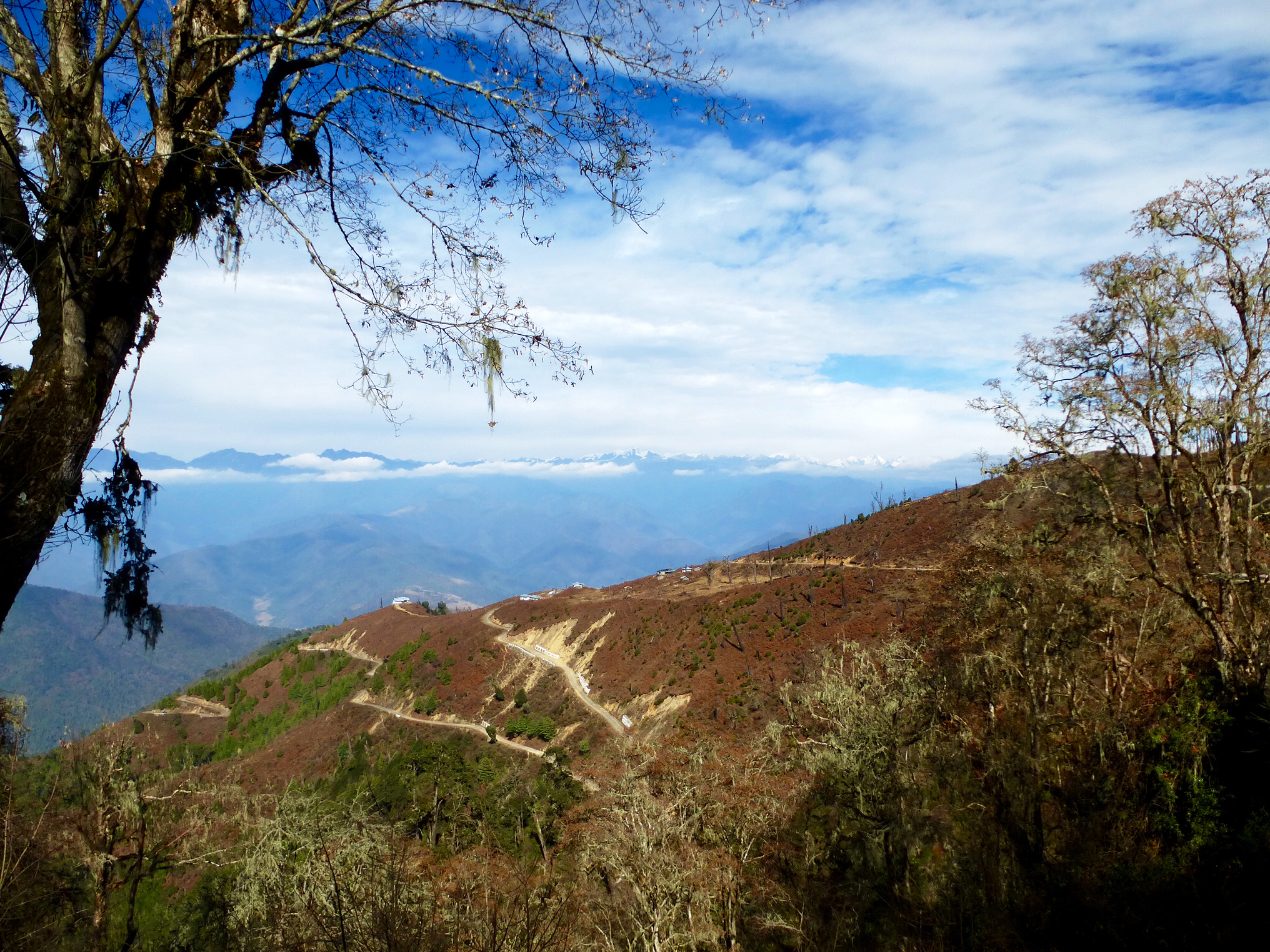
Mandala Road passes through patches of pristine forest, but a lot of the surrounding habitat is seriously degraded. This picture nearing the pass is courtesy of Jack Poll.
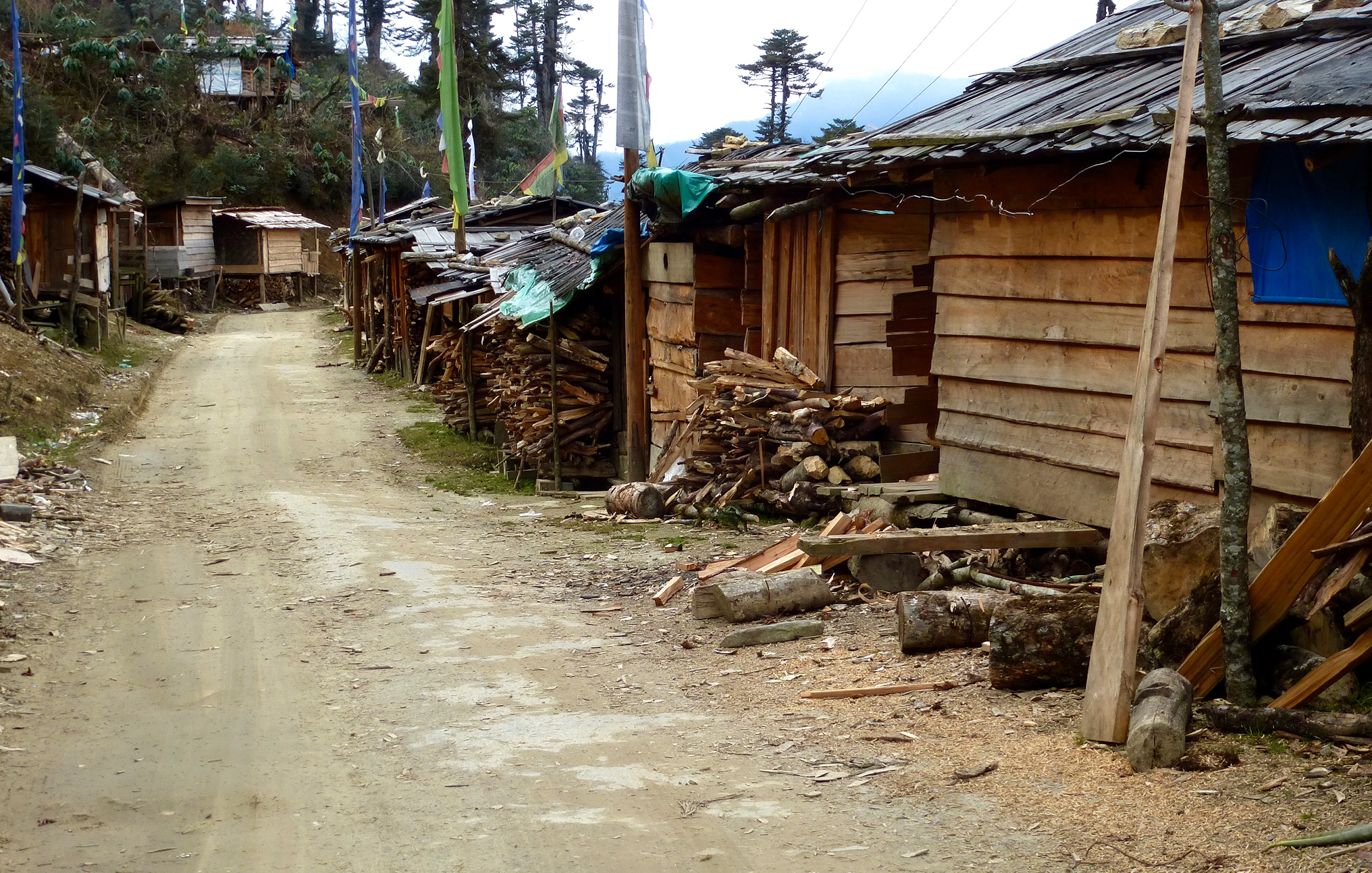
This is why the forests are getting used up. Wood is the favored construcion material for villages, and wood is essentially the only fuel for fires. It can get severely cold here. Photo by Jack Poll.

Cattle are raised at the lower elevations, but at higher elevations such as those in the previous two pictures, people keep yaks. (Photo by Jack Poll.)
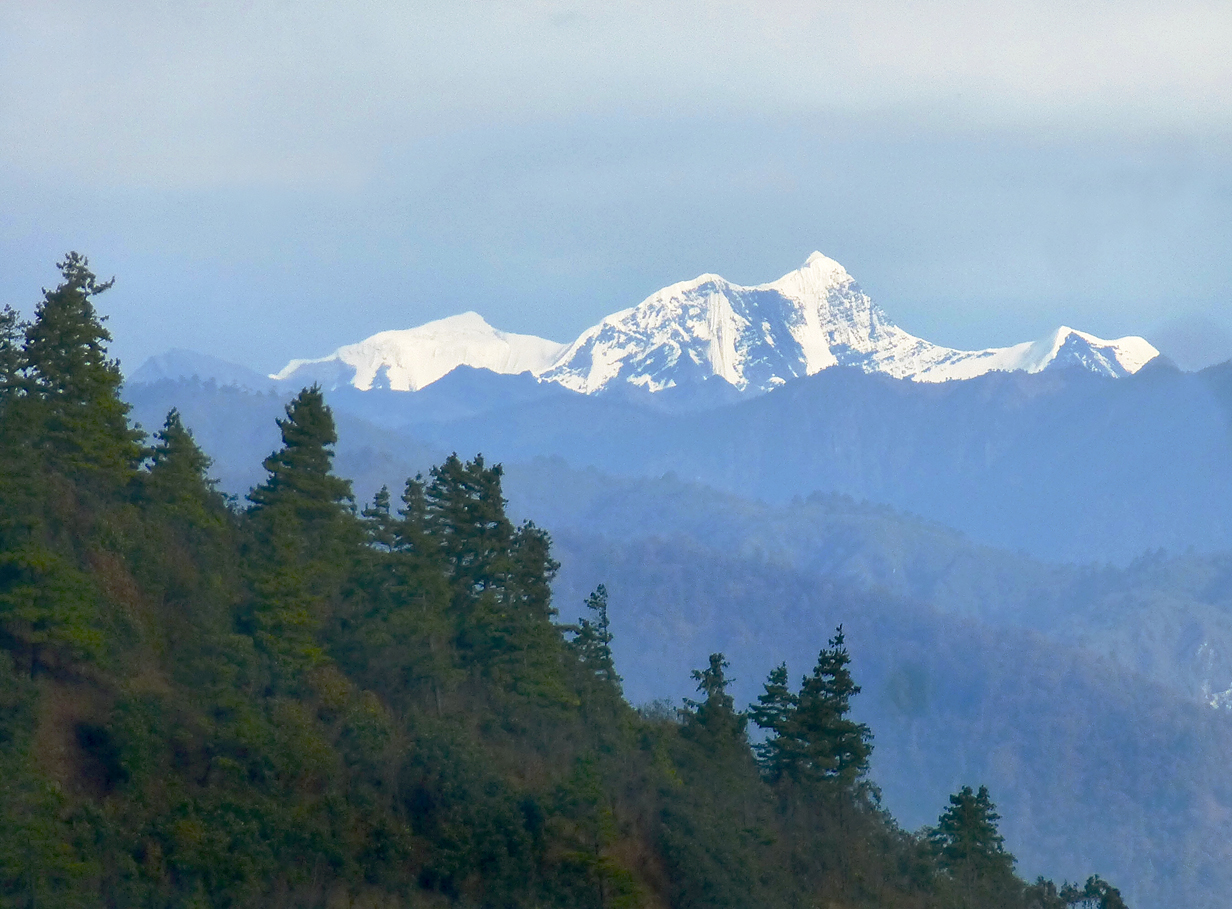
Himalayas from near Mandala Pass -- Photo by Jack Poll.
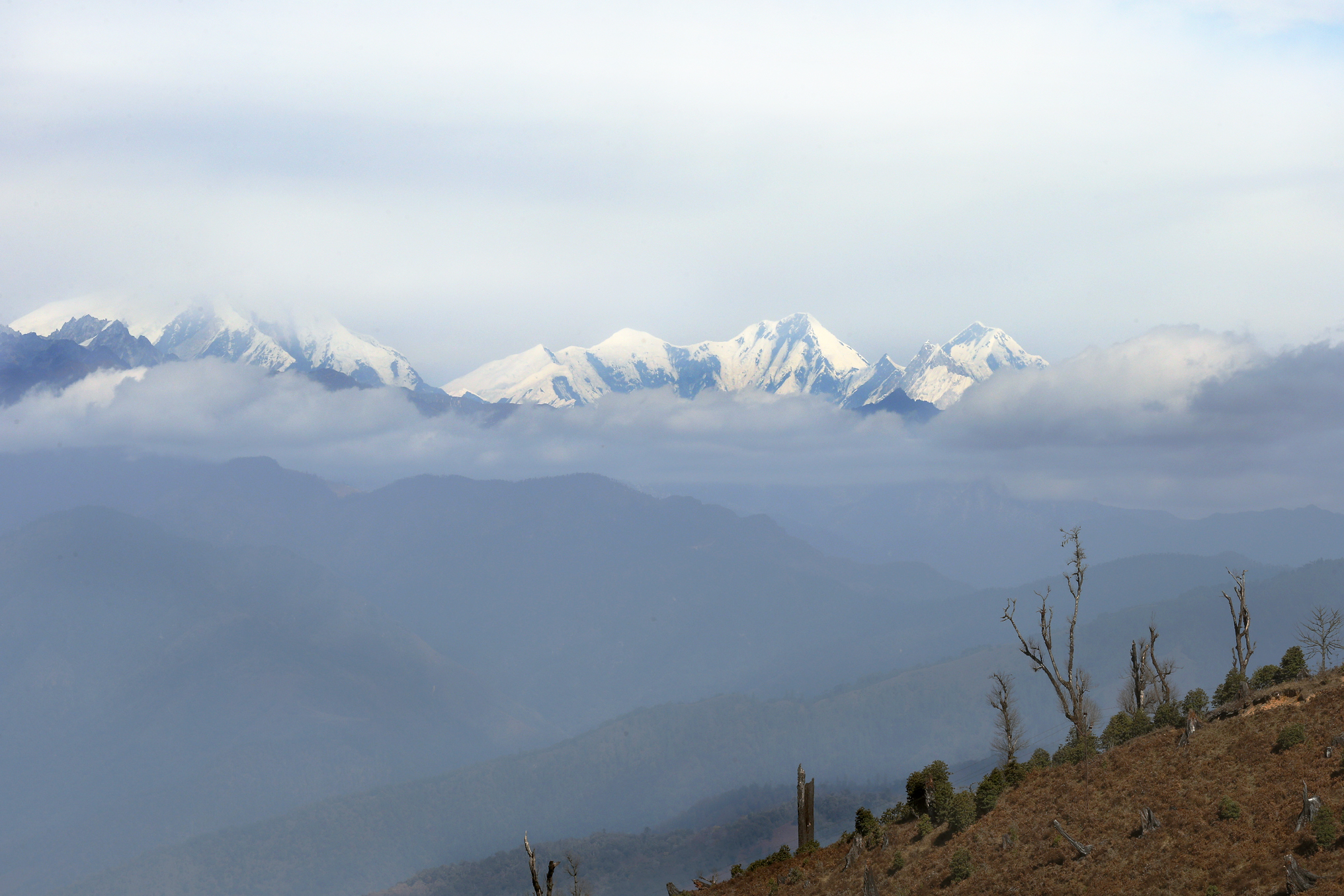
Himalayas from near Mandala Pass
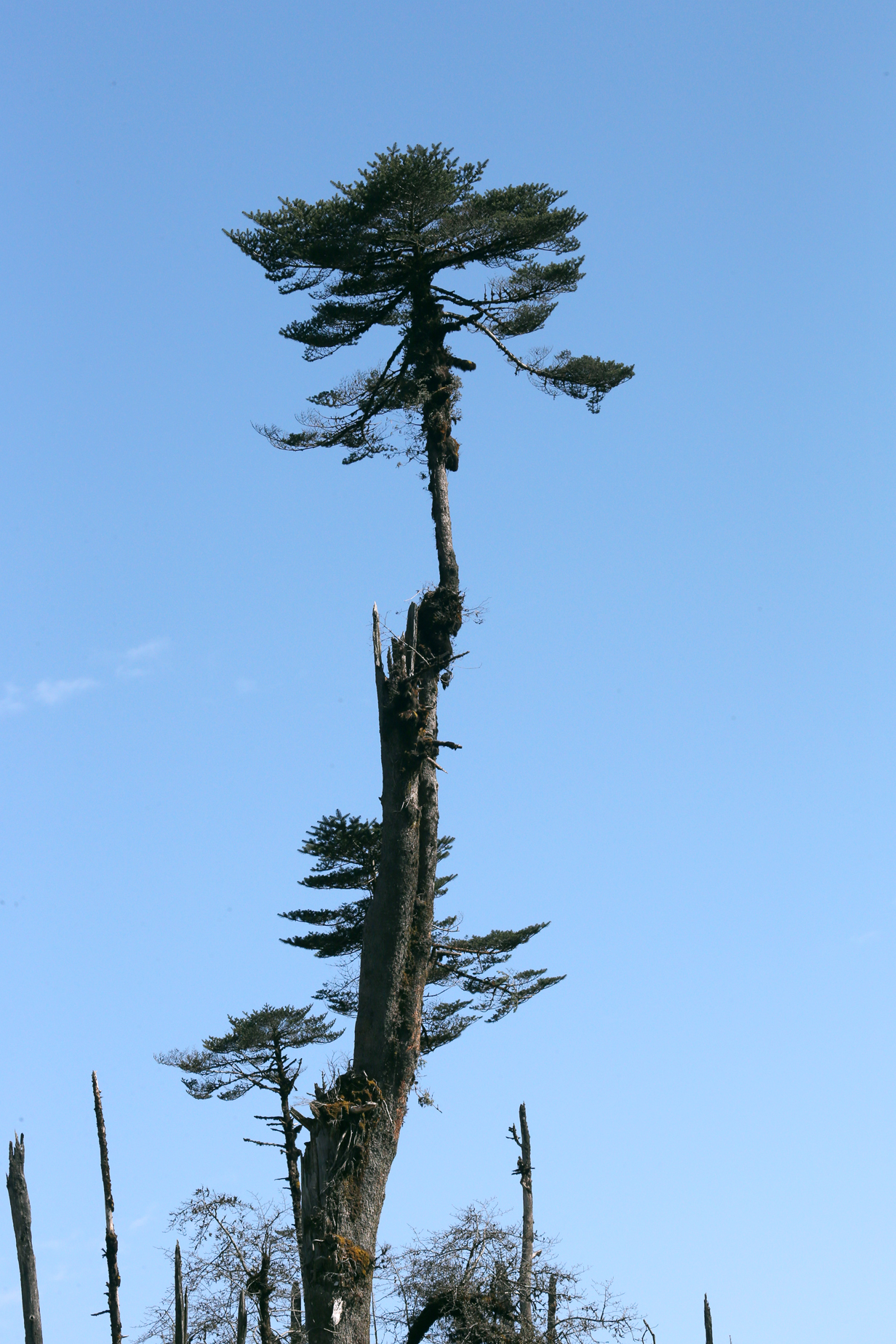
Blasted tree surviving (not easily) nead Mandala Pass
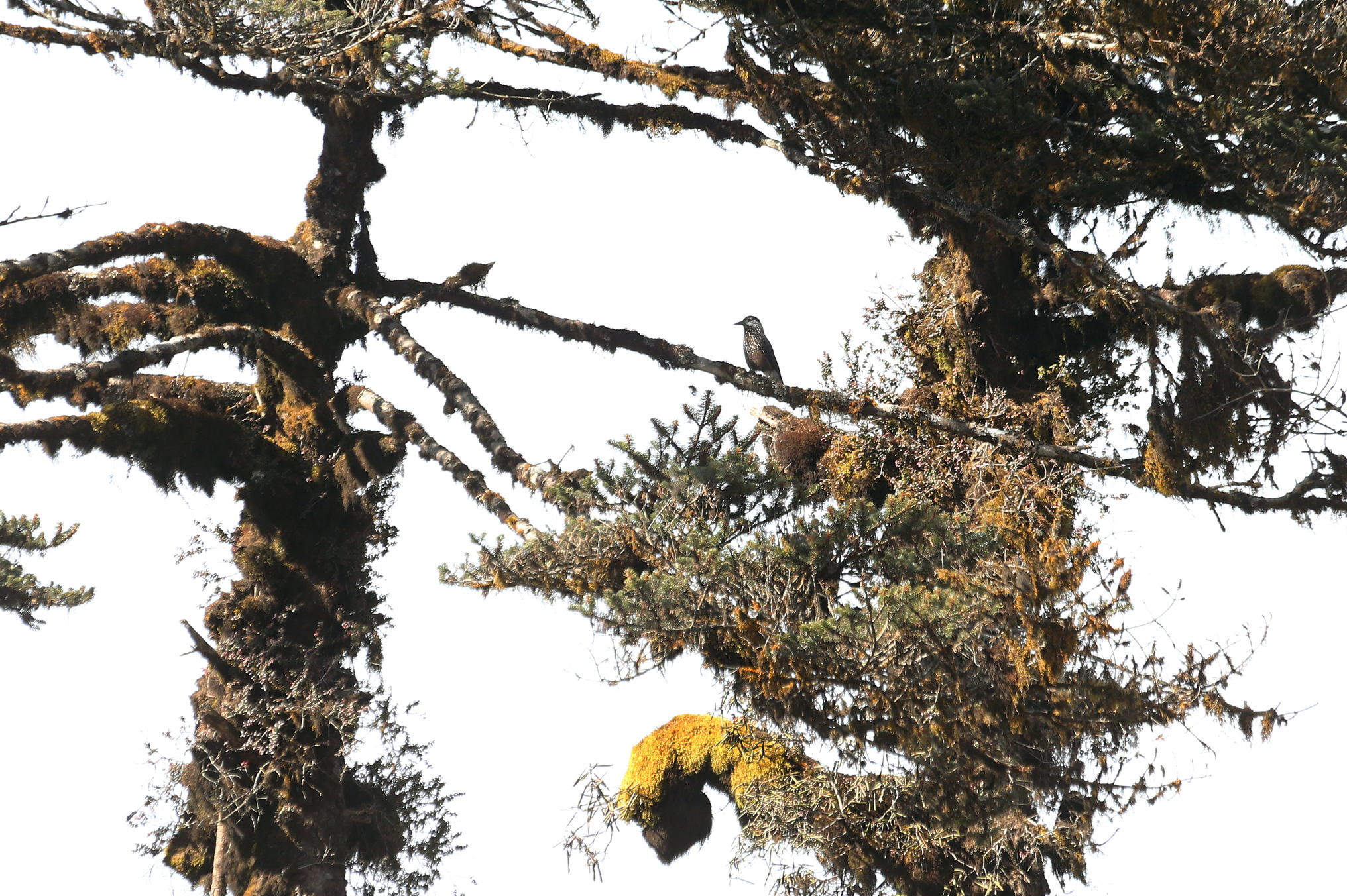
Spotted nutcracker (at Mandala Pass: This is John's life bird)
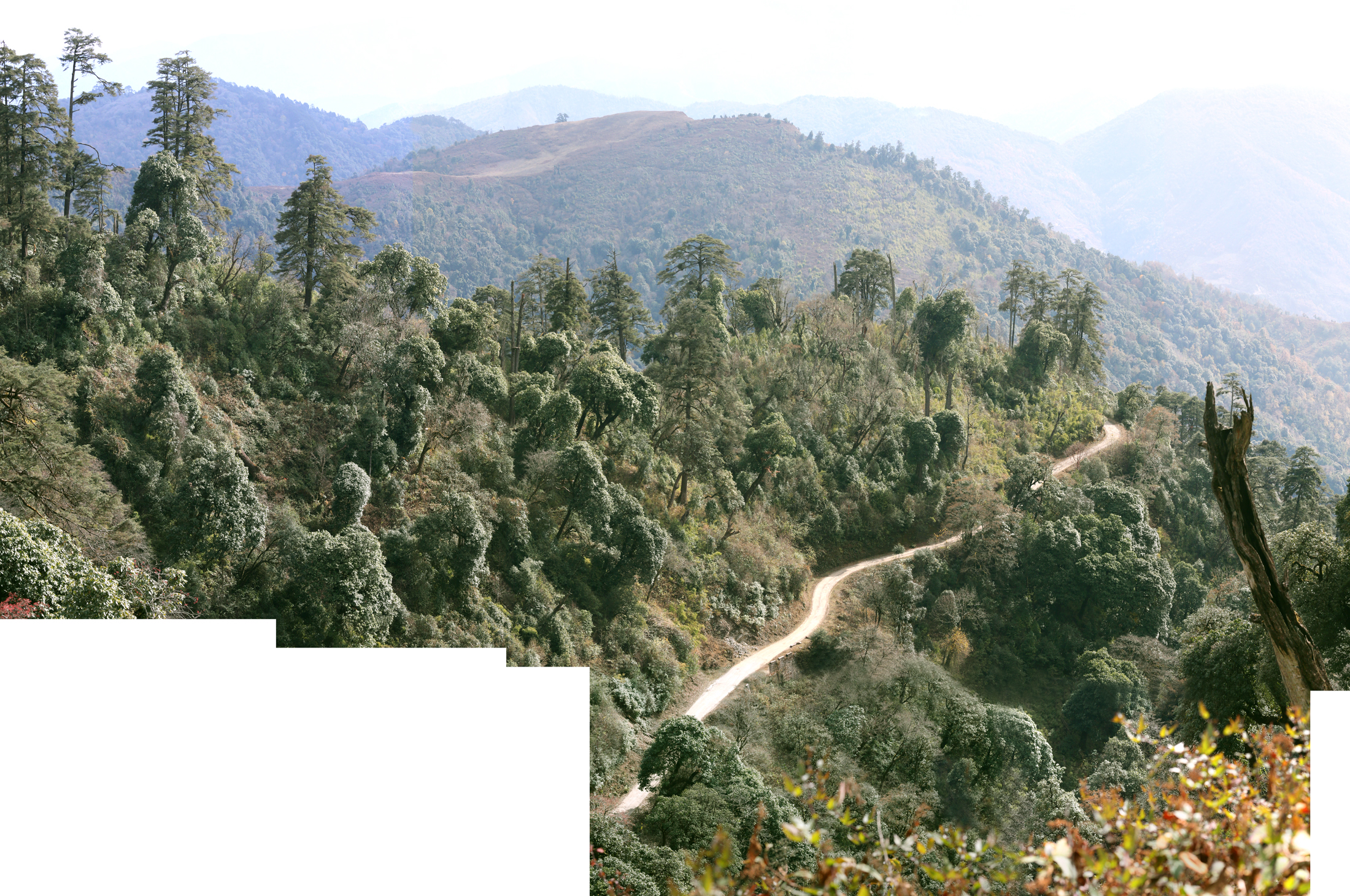
Mandala Road descending slightly below Mandala Pass
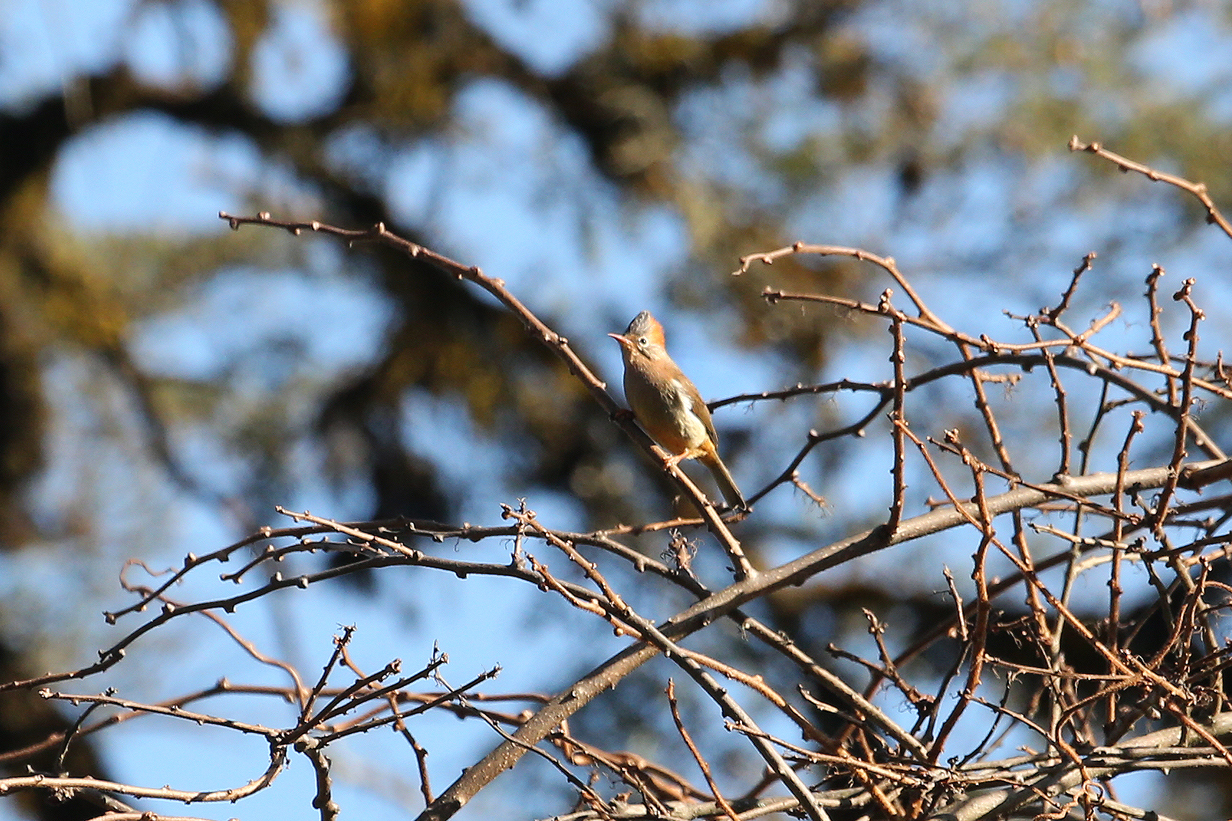
Rufous-vented yuhina (They are common, but this is John's life bird)
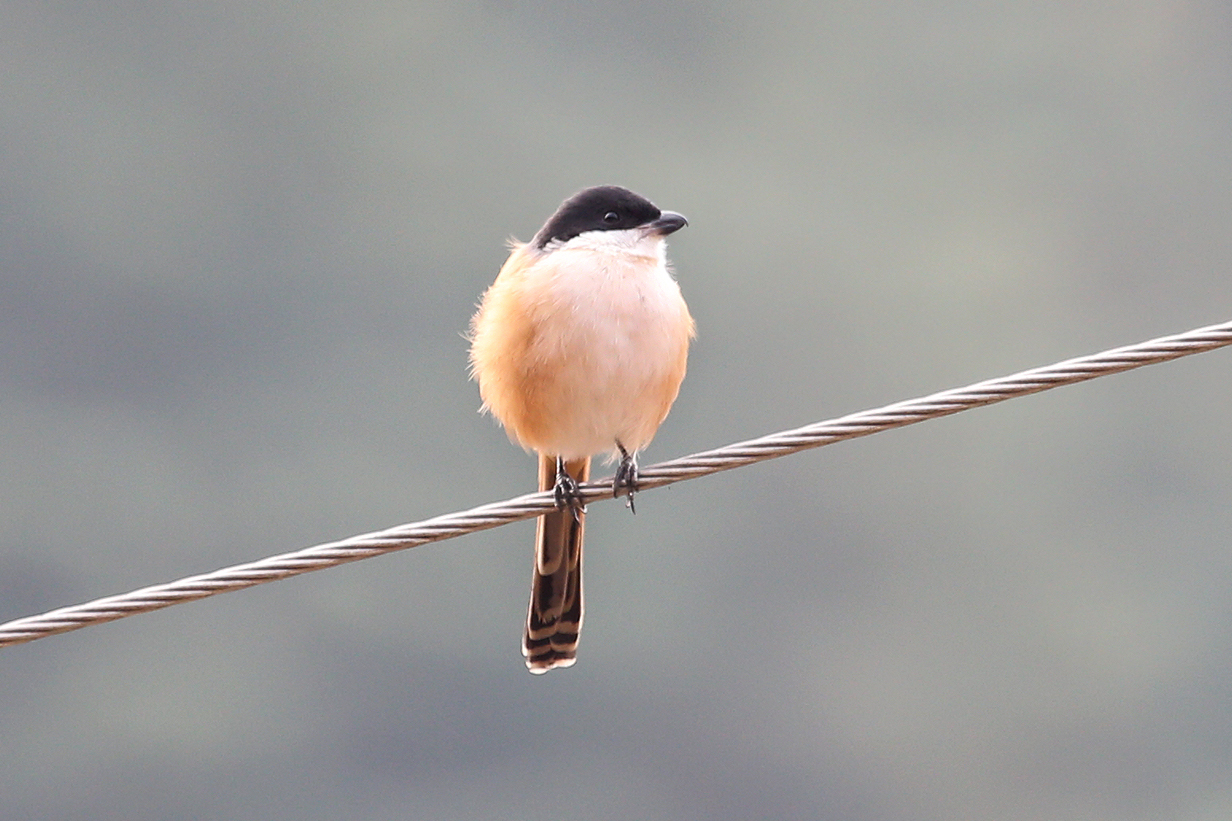
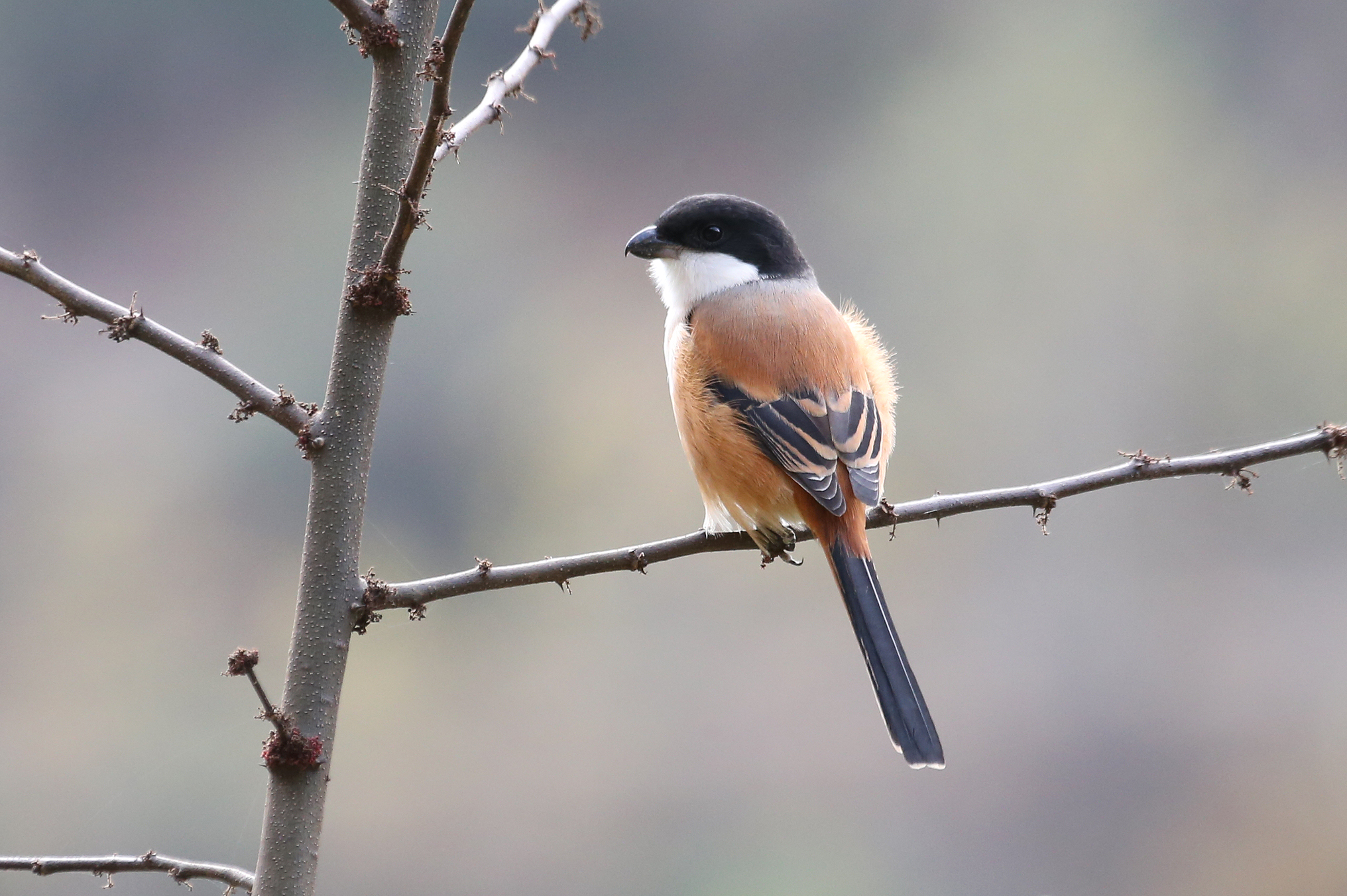
Long-tailed shrike
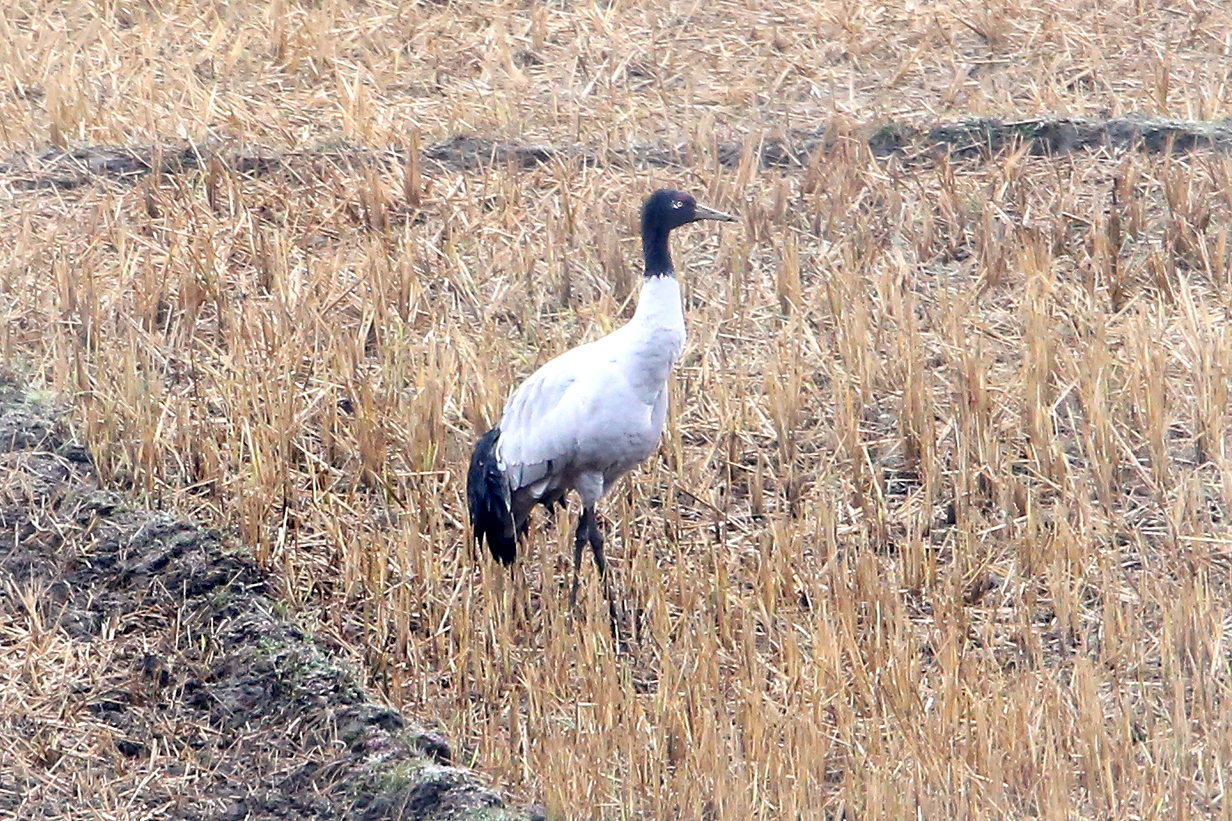
Black-necked crane (John's life bird, along the road from Dirang to Tenga) These cranes have not been seen here in many years, so we were very lucky to get even this distant view.
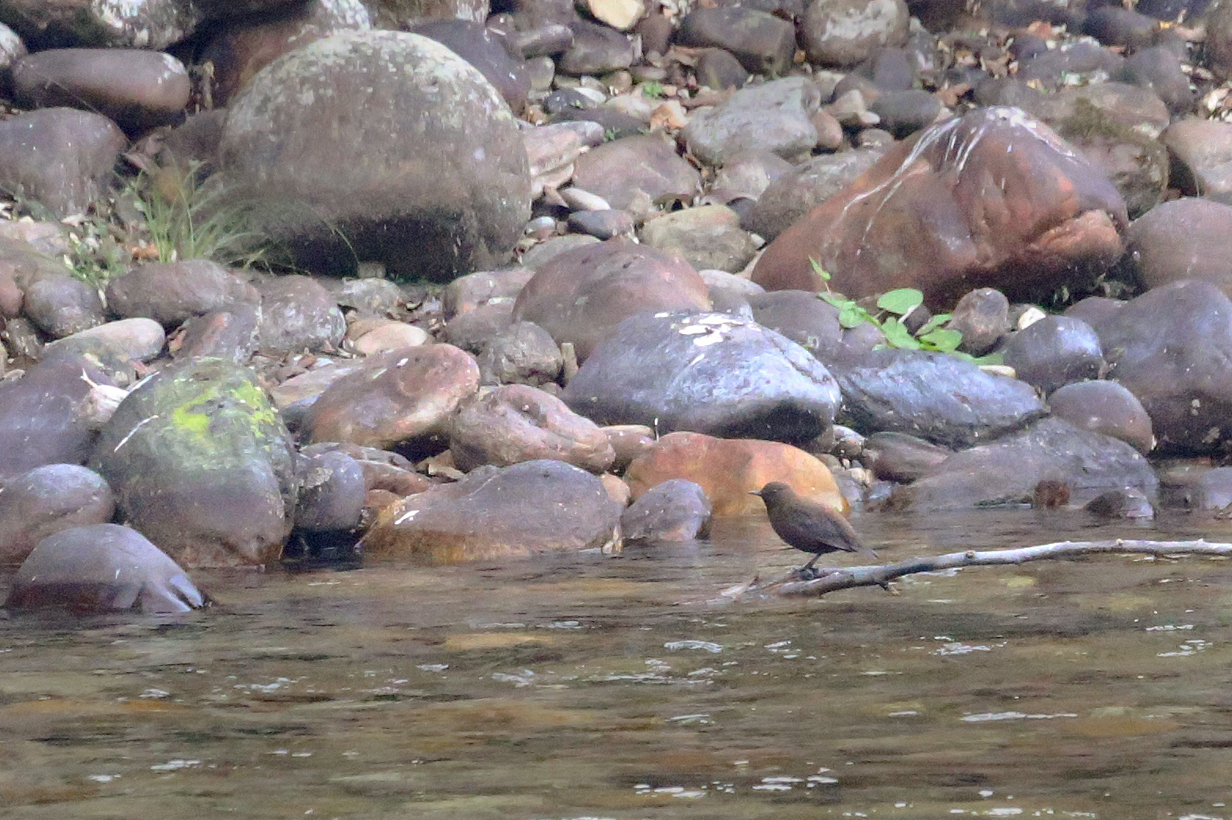
Brown dipper
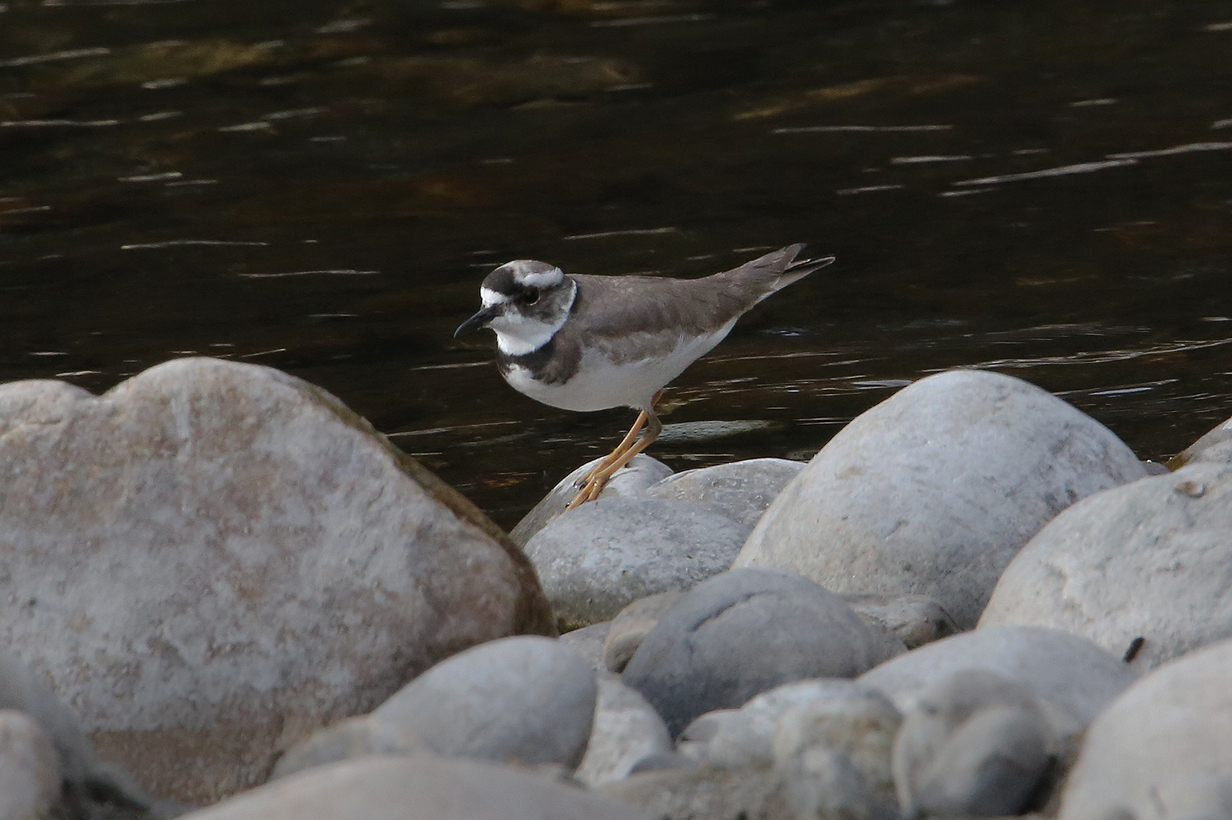
Long-billed plover (John's life bird, on the road from Dirang to Tenga)
Eagle Nest Pass Road and Lama Camp, Arunachal Pradesh

Blue whistling-thrush (Tenga Village)
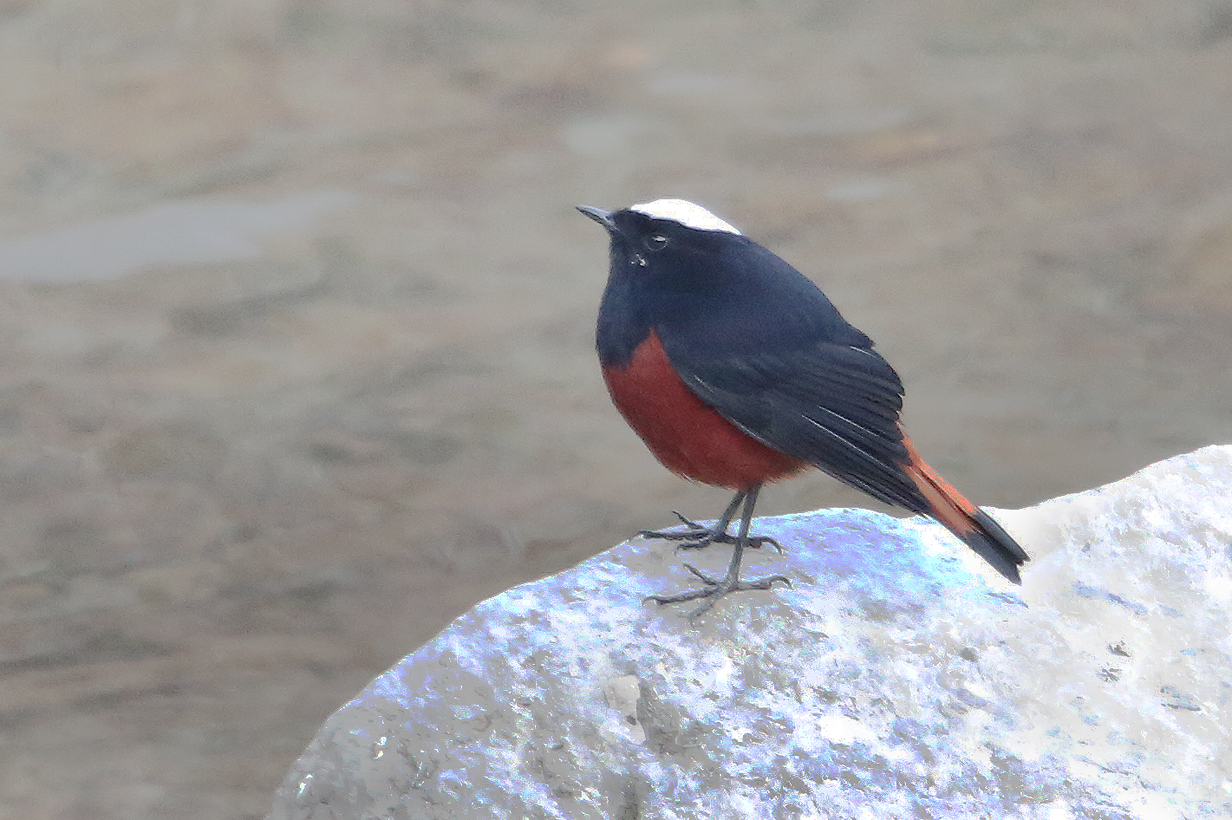
White-capped water-redstart (Tenga Village)
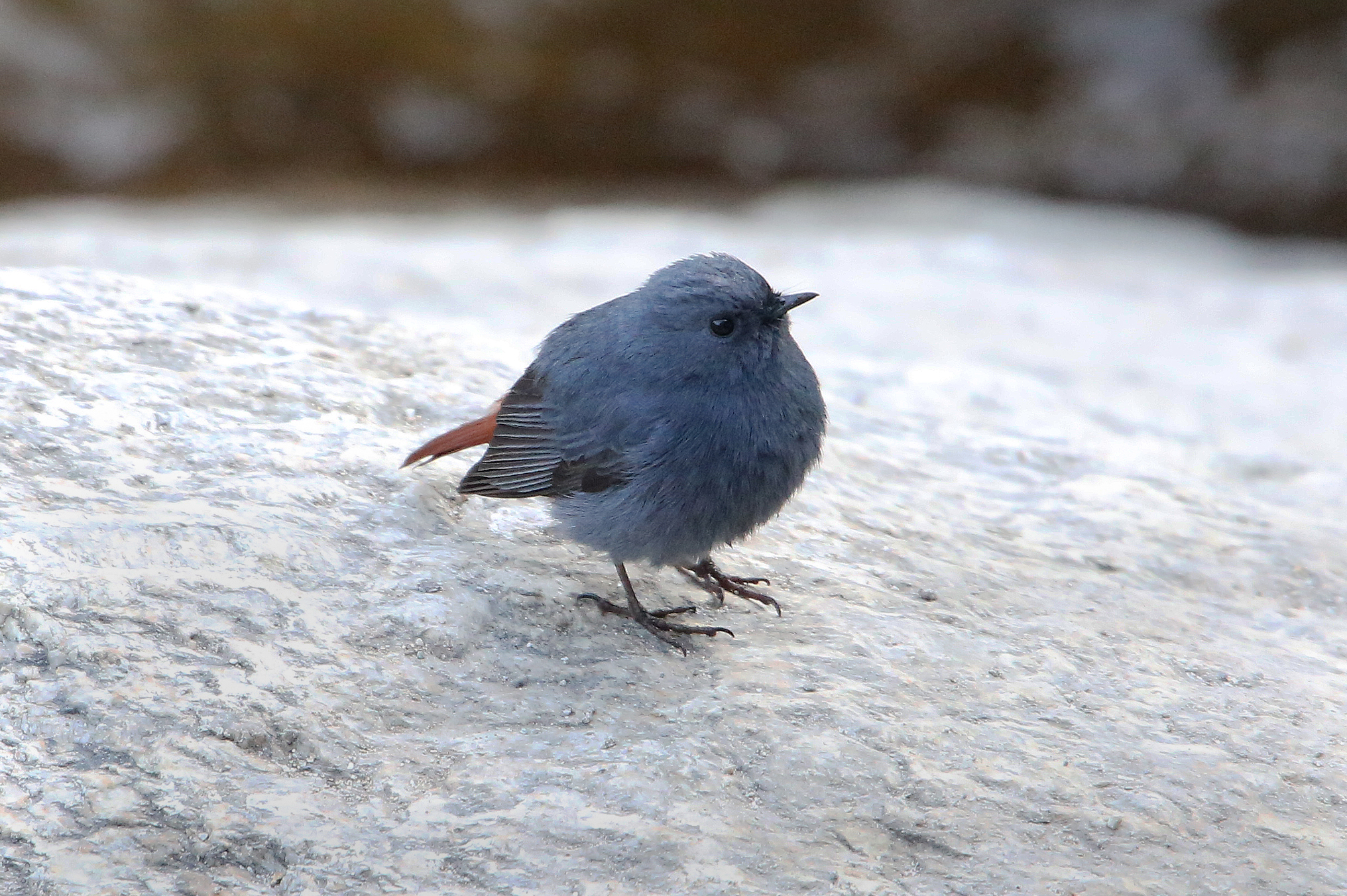
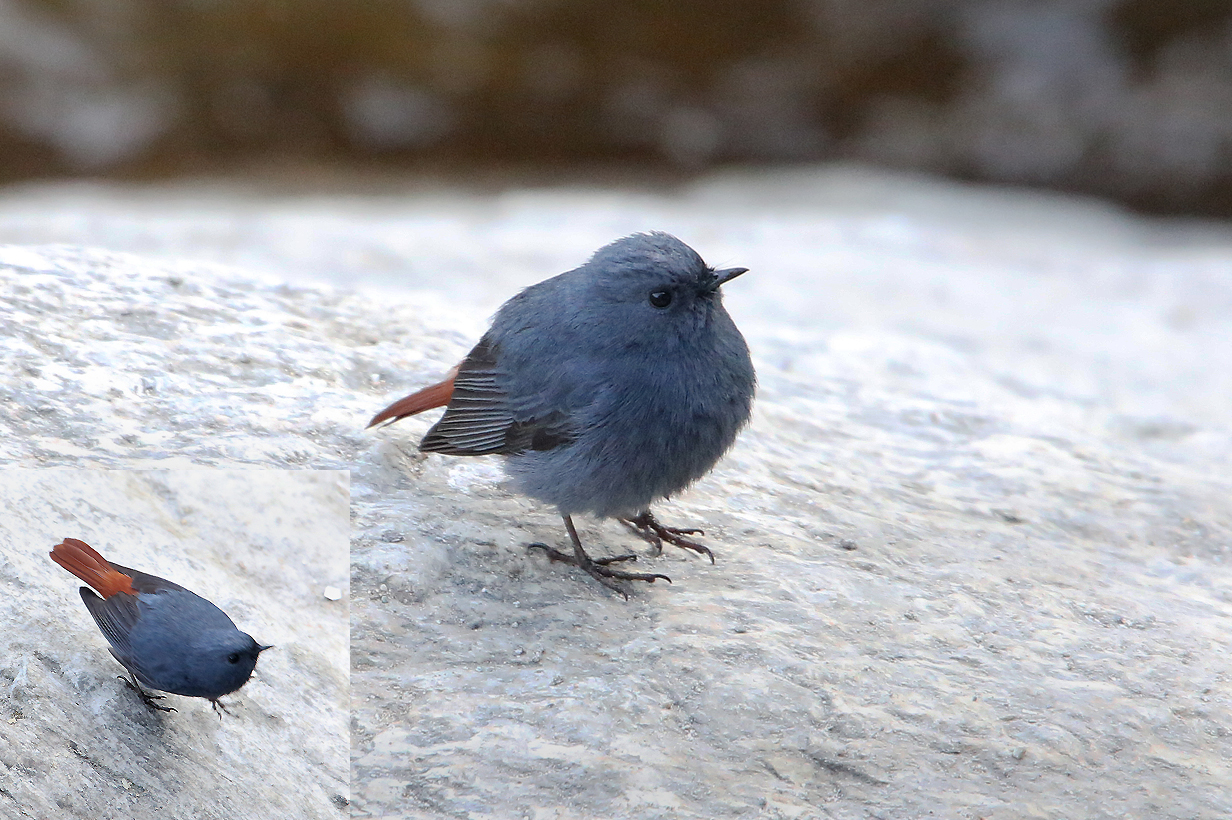
Plumbeous (water-)redstart (male)
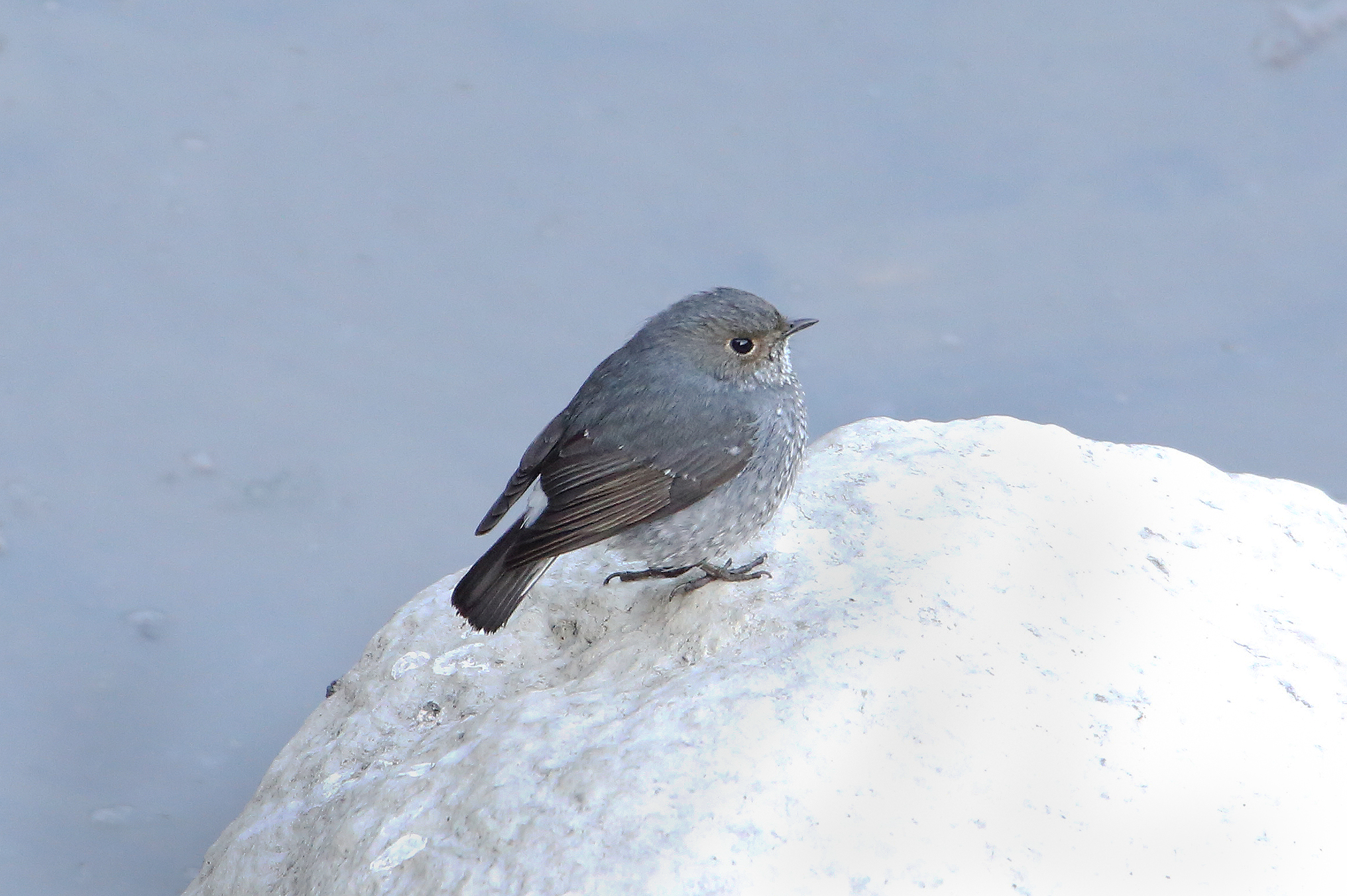
Plumbeous (water-)redstart (female)
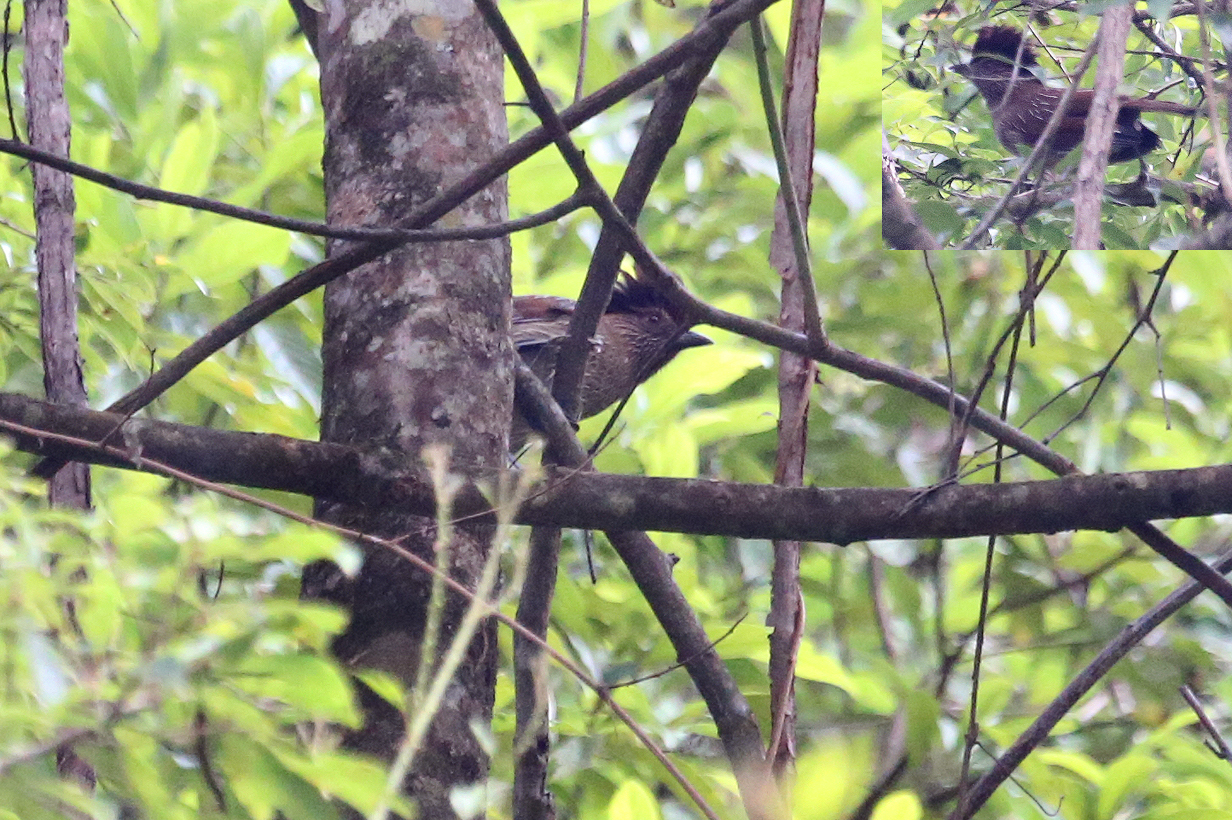
Striated laughing-thrush (All the laughingthrushes were very hard to photograph.)
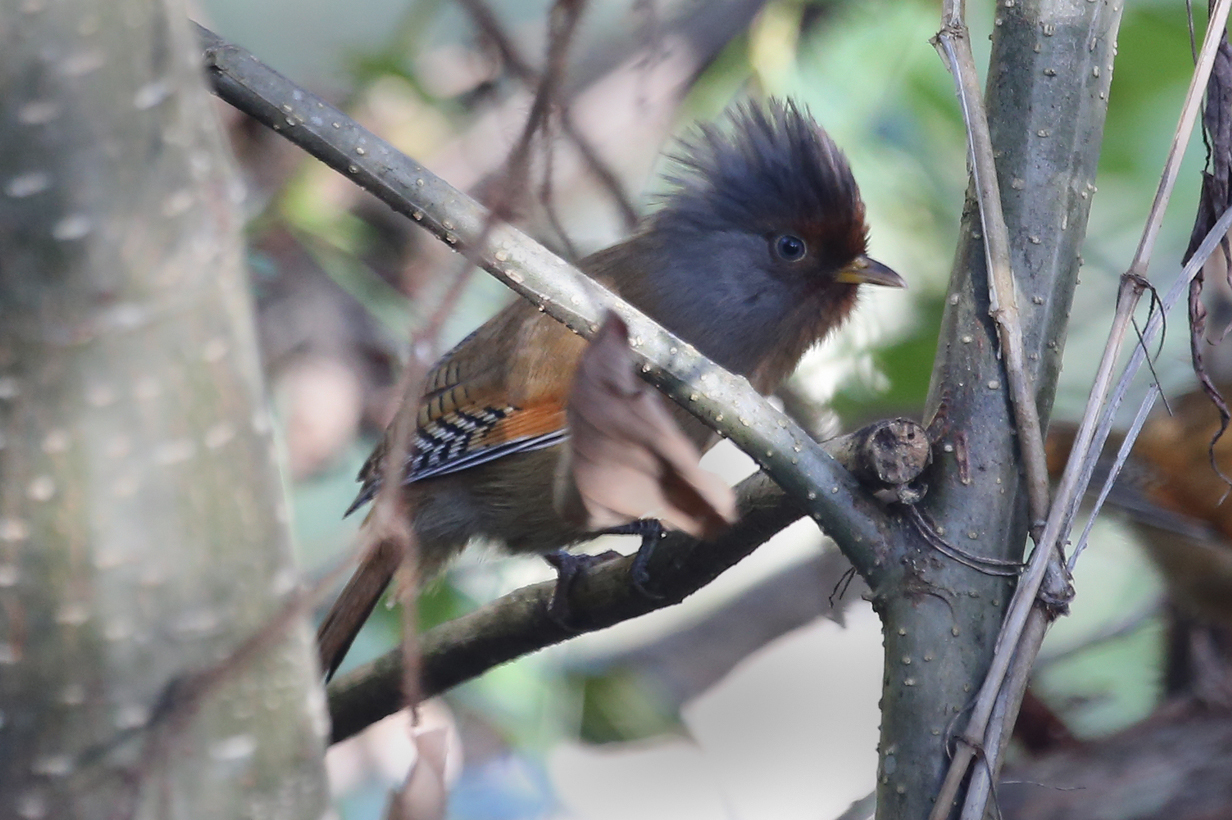
Rusty-fronted barwing
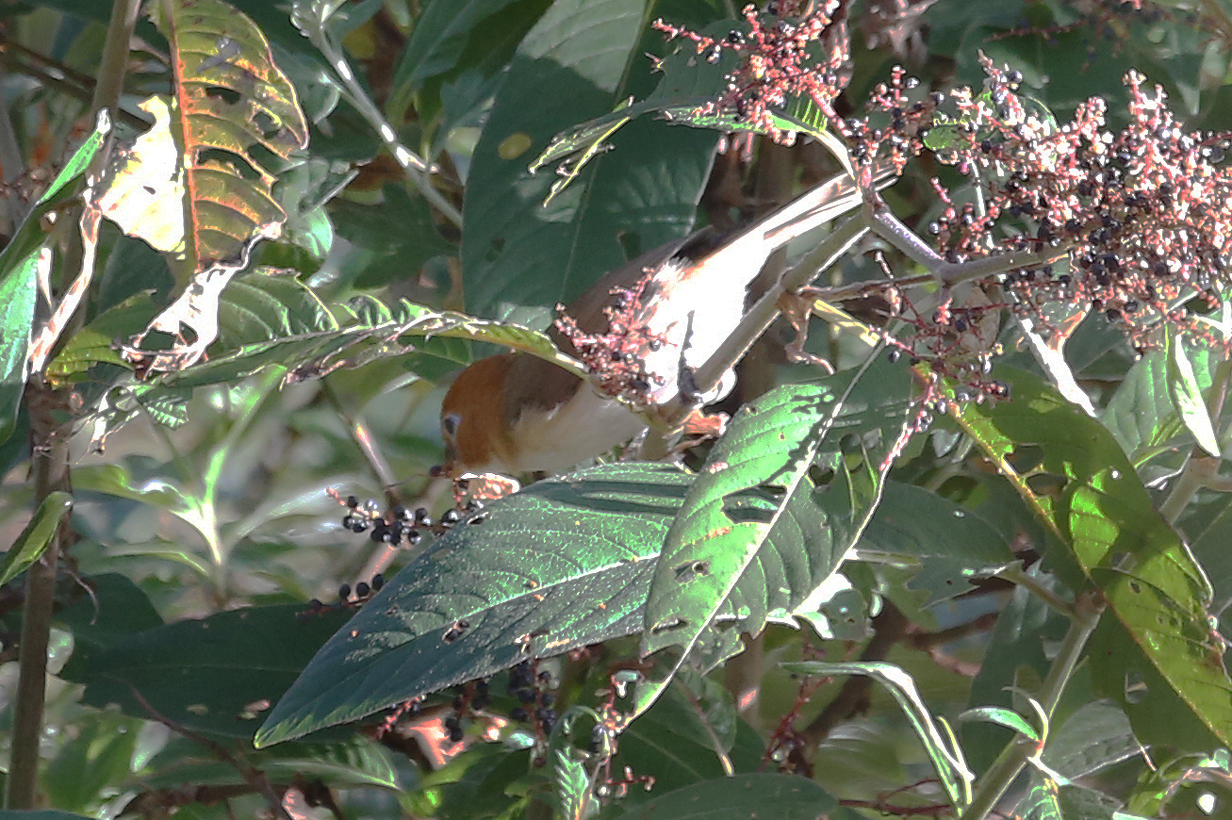
Greater rufous-headed parrotbill (wonderful bird, bad picture)
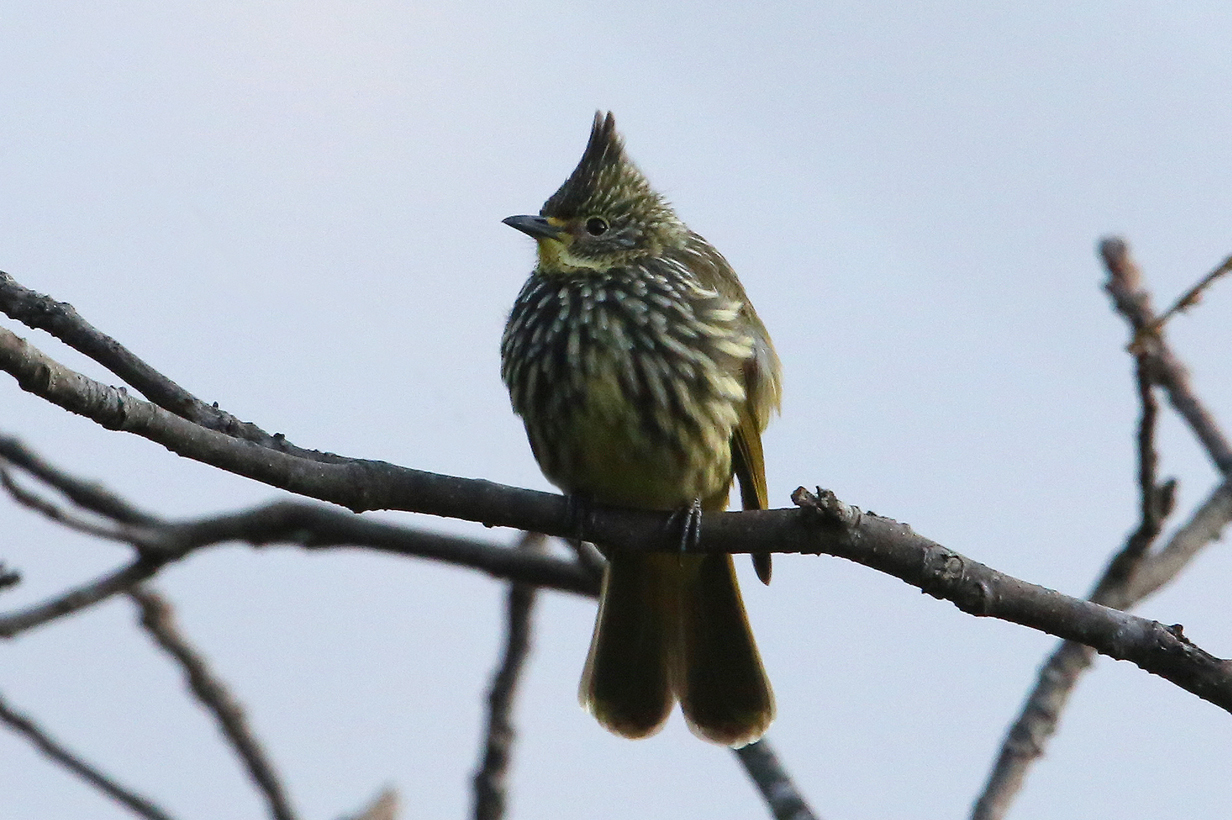
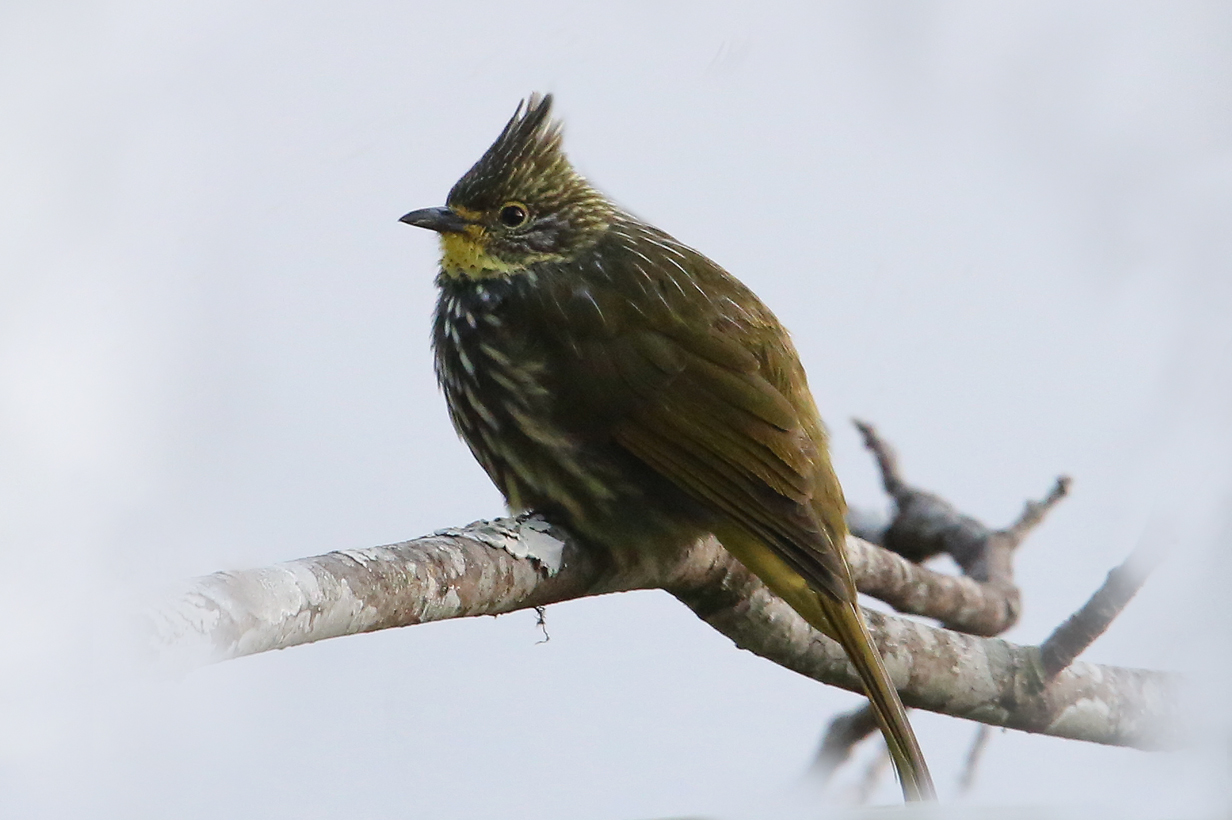
Striated bulbul
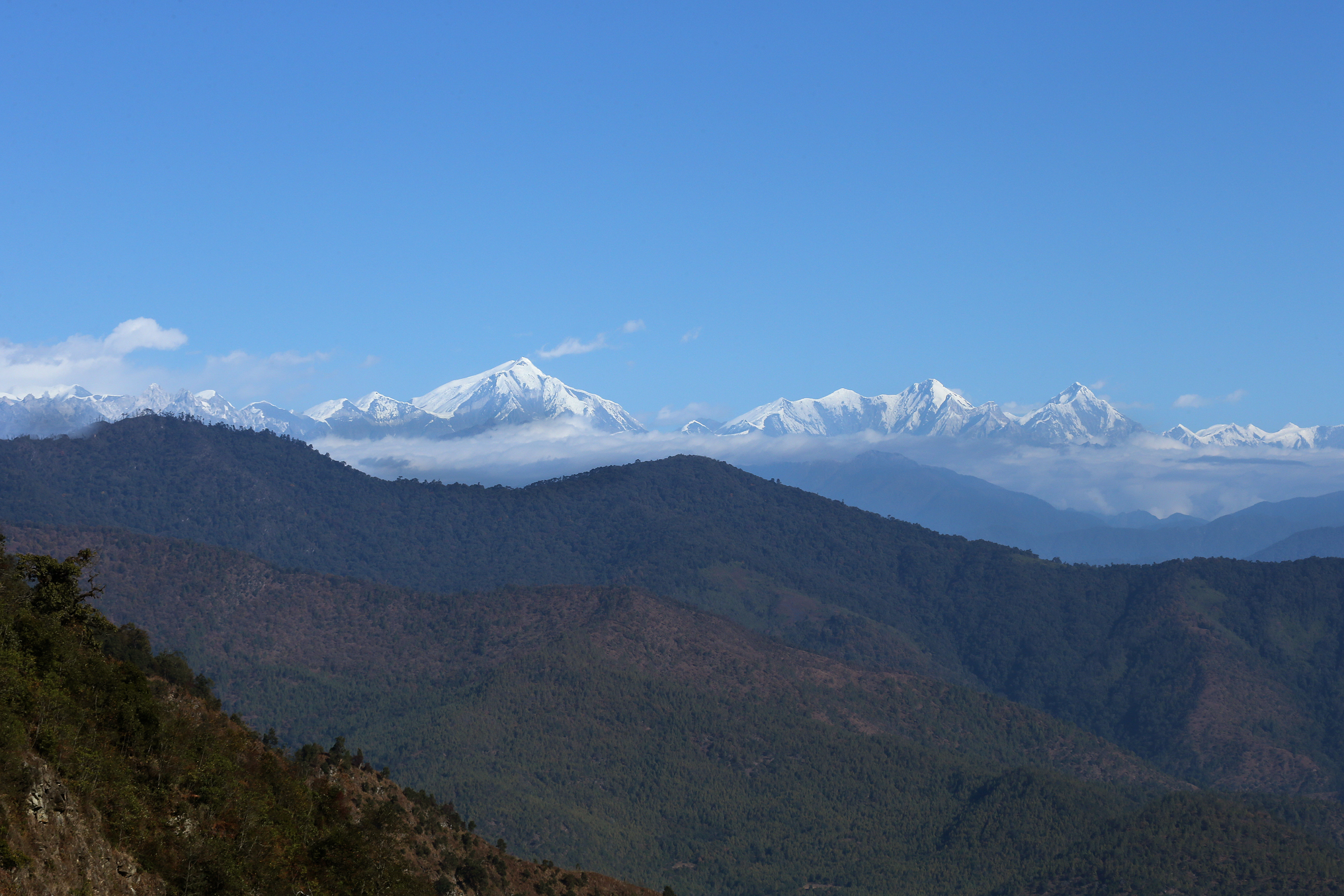
Himalayas from Lama camp
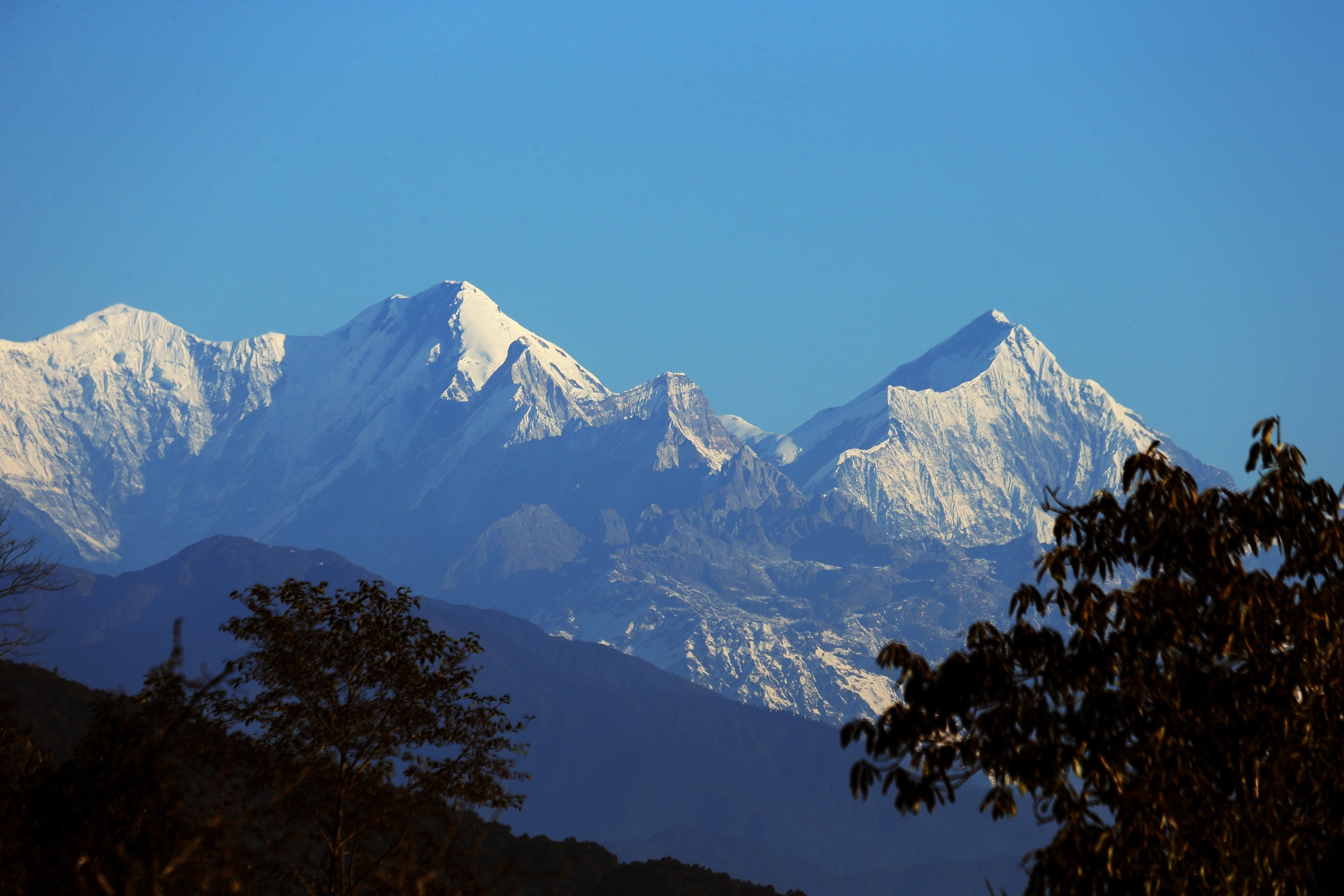
Himalayas from Lama camp
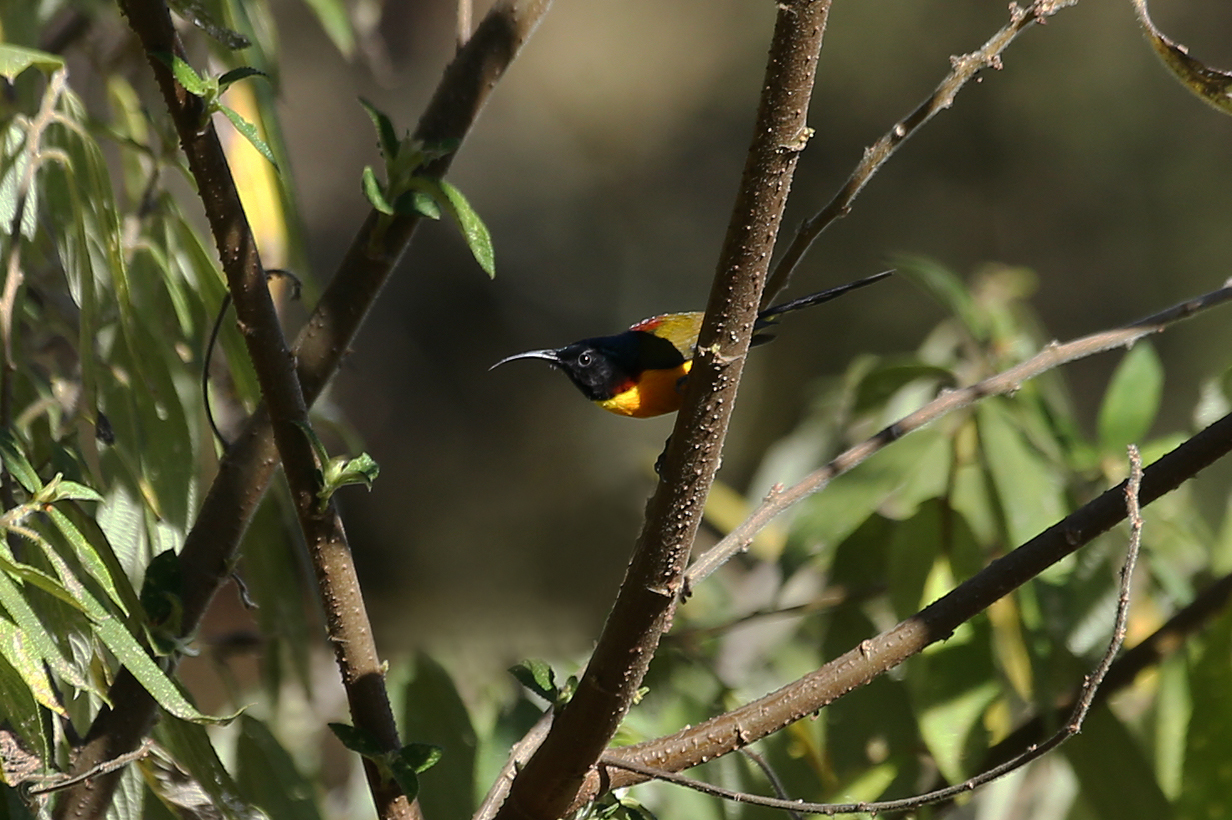
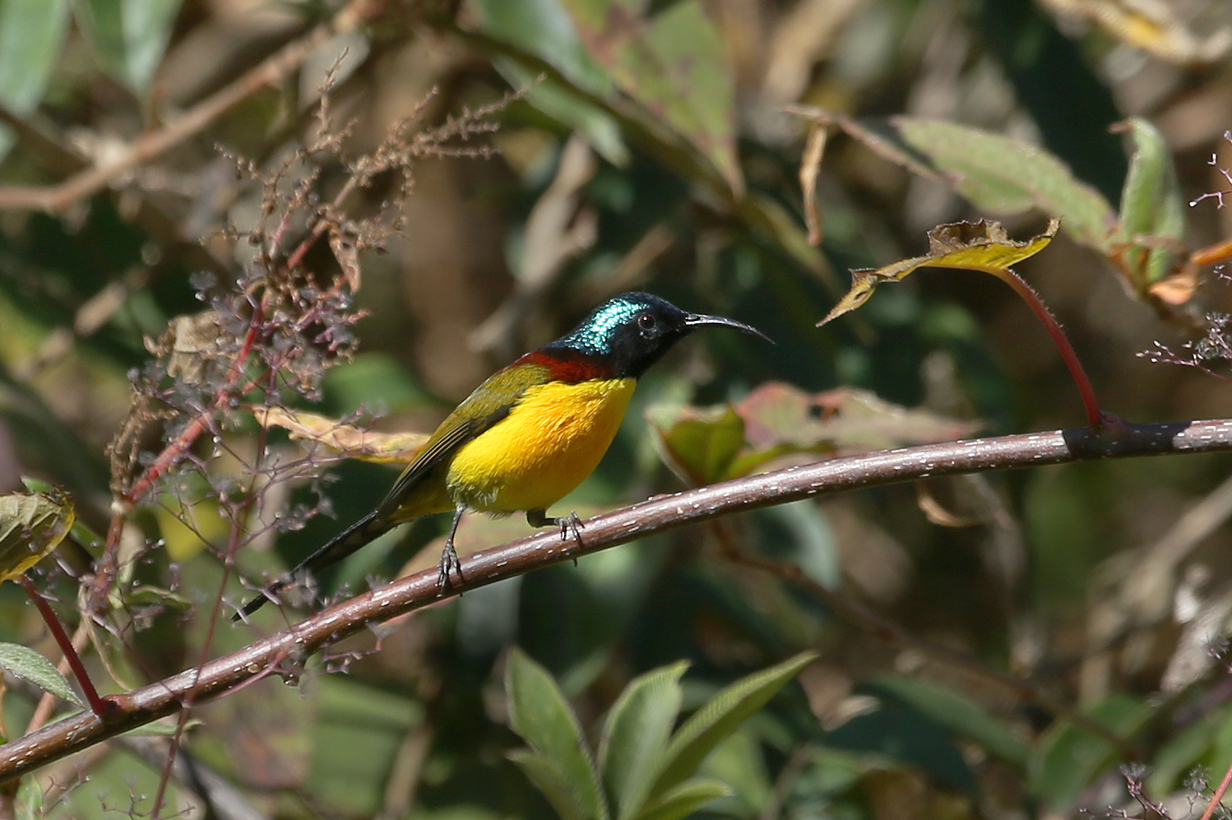
Green-tailed sunbird (male)
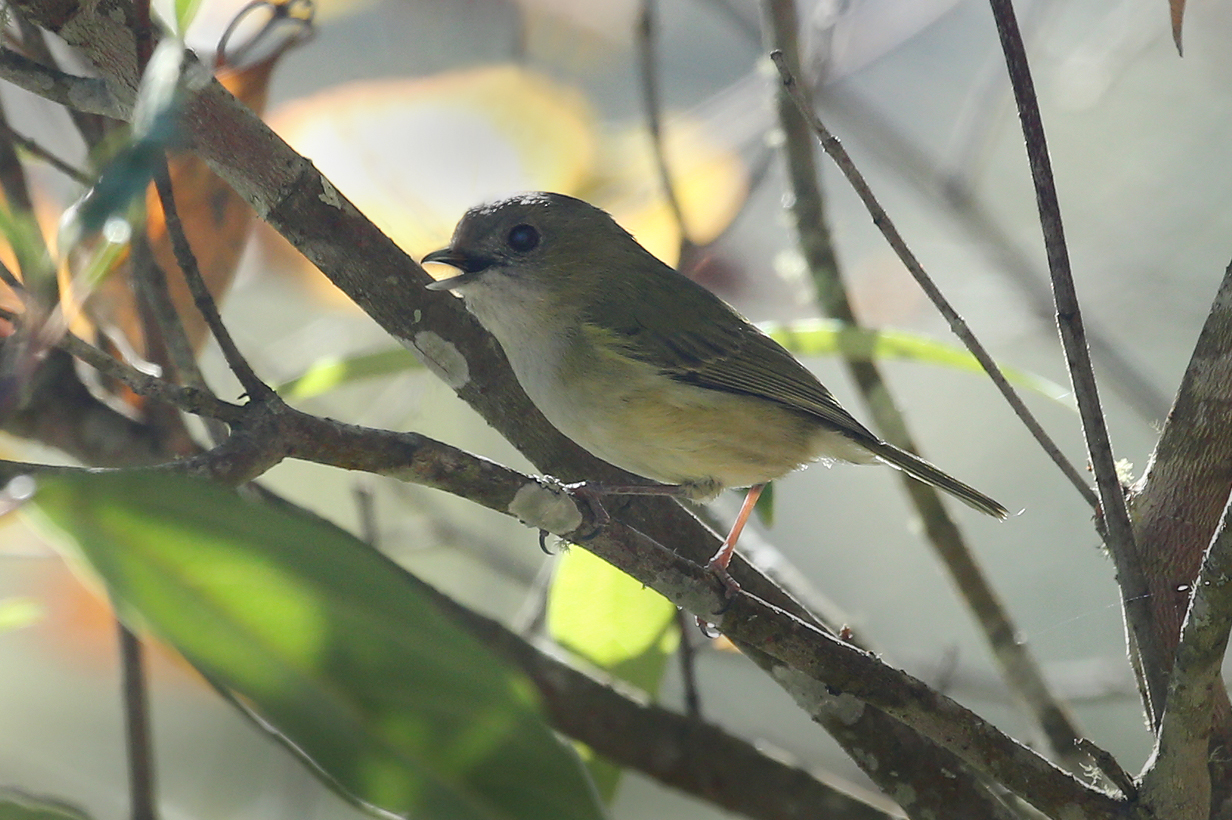
Green shrike-babbler


Long-billed wren-babbler (This is John's life bird.) Wren-babbler's are very hard to see or photograph -- they are the ultimate skulkers. Getting these not very good pictures was something of a triumph.
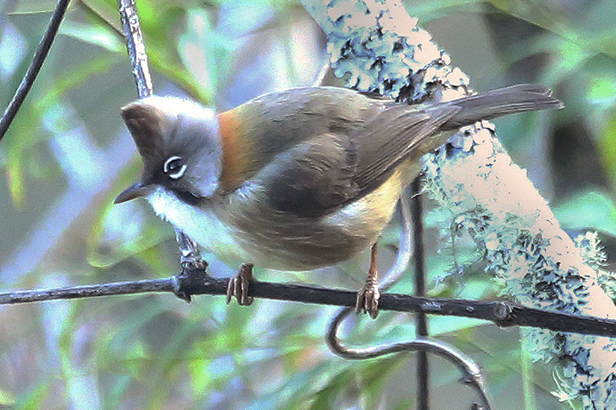
Whiskered yuhina
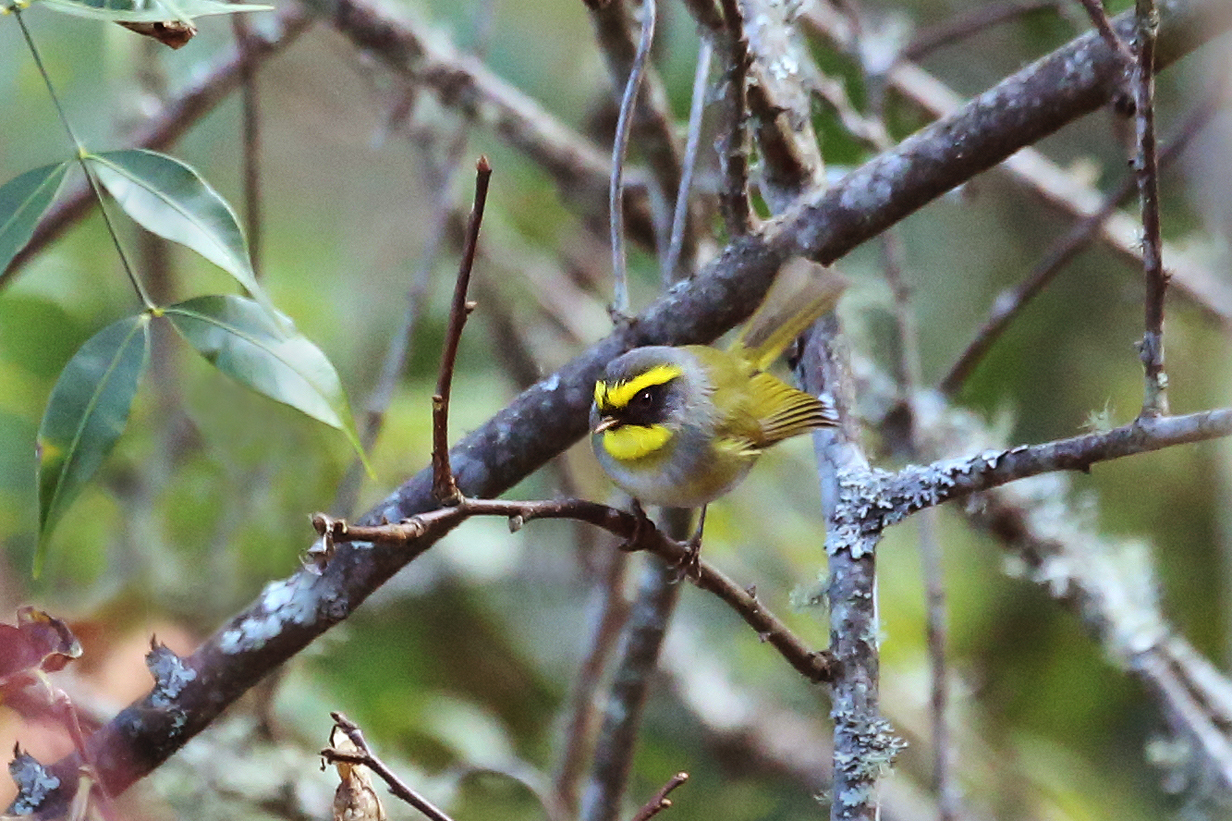
Black-faced warbler
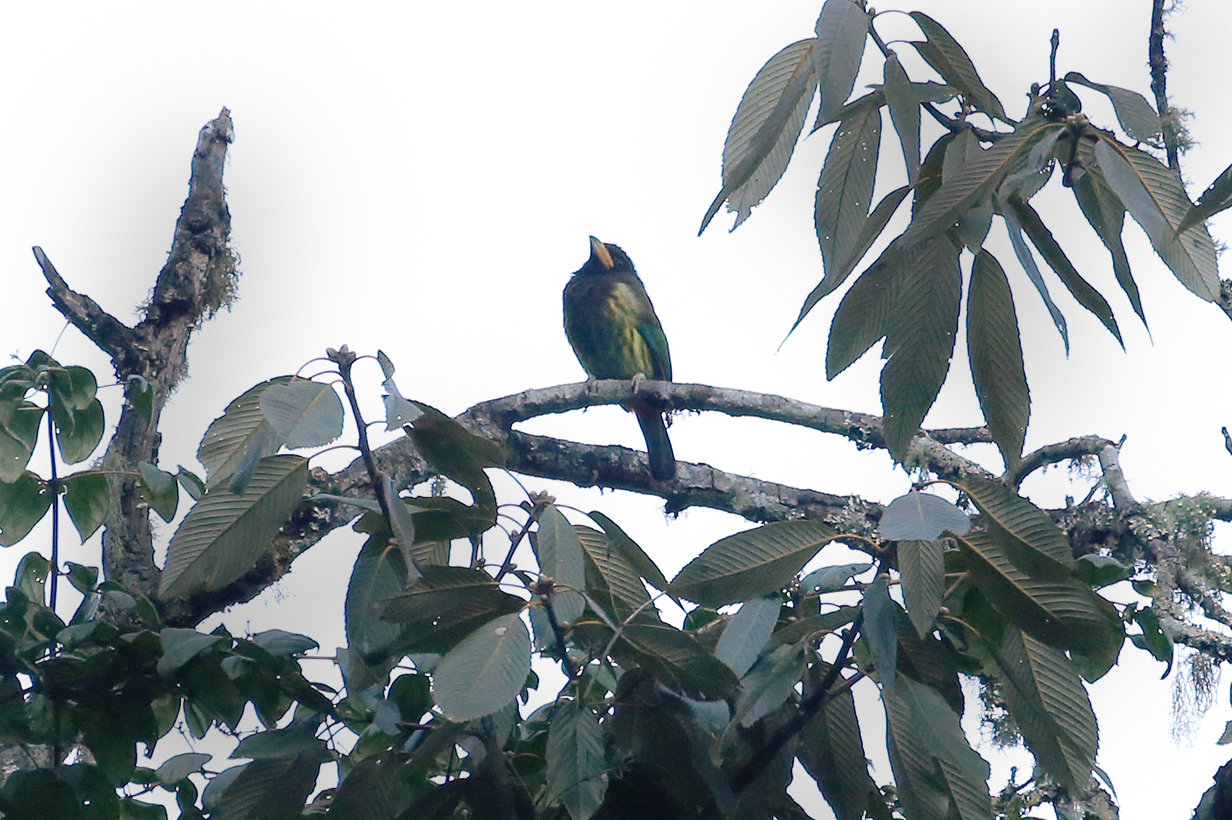
Great barbet (Sorry: very bad picture)
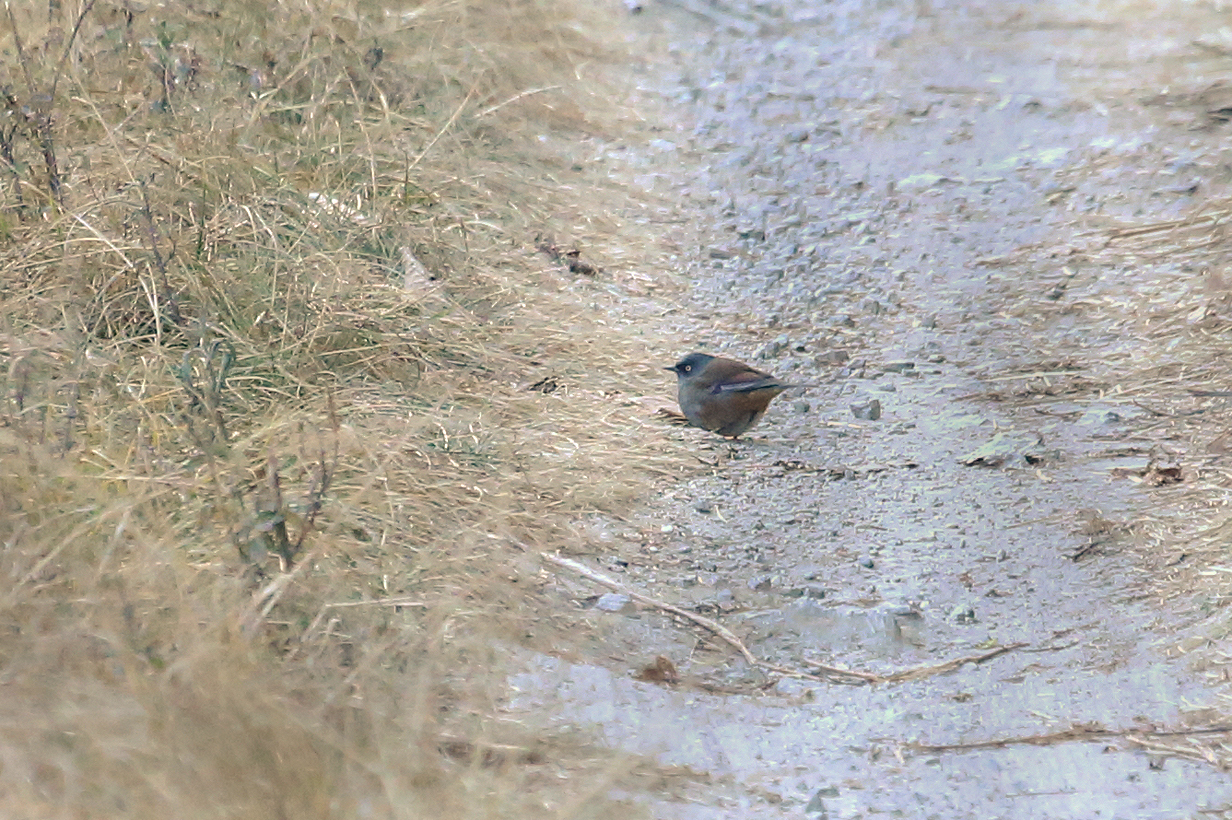
Maroon-backed accentor
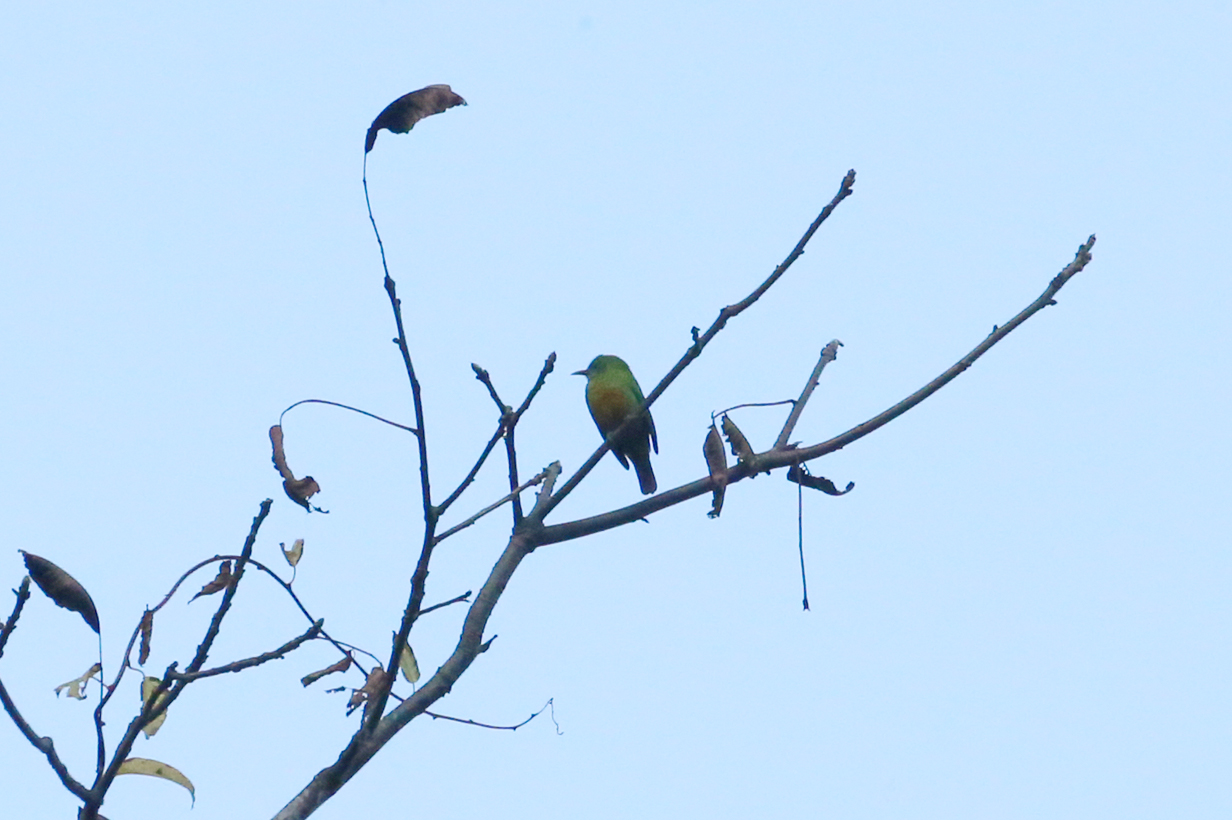
Orange-bellied leafbird (female)
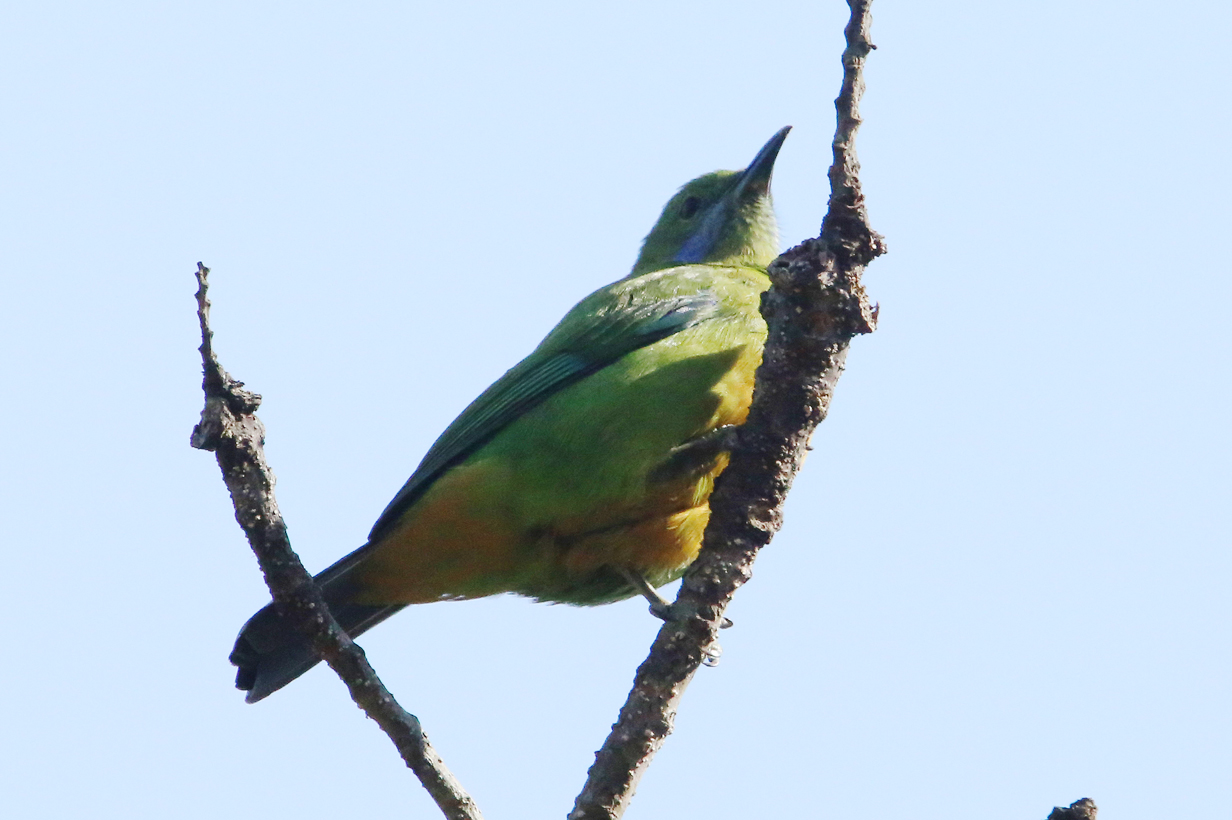
Orange-bellied leafbird (female)
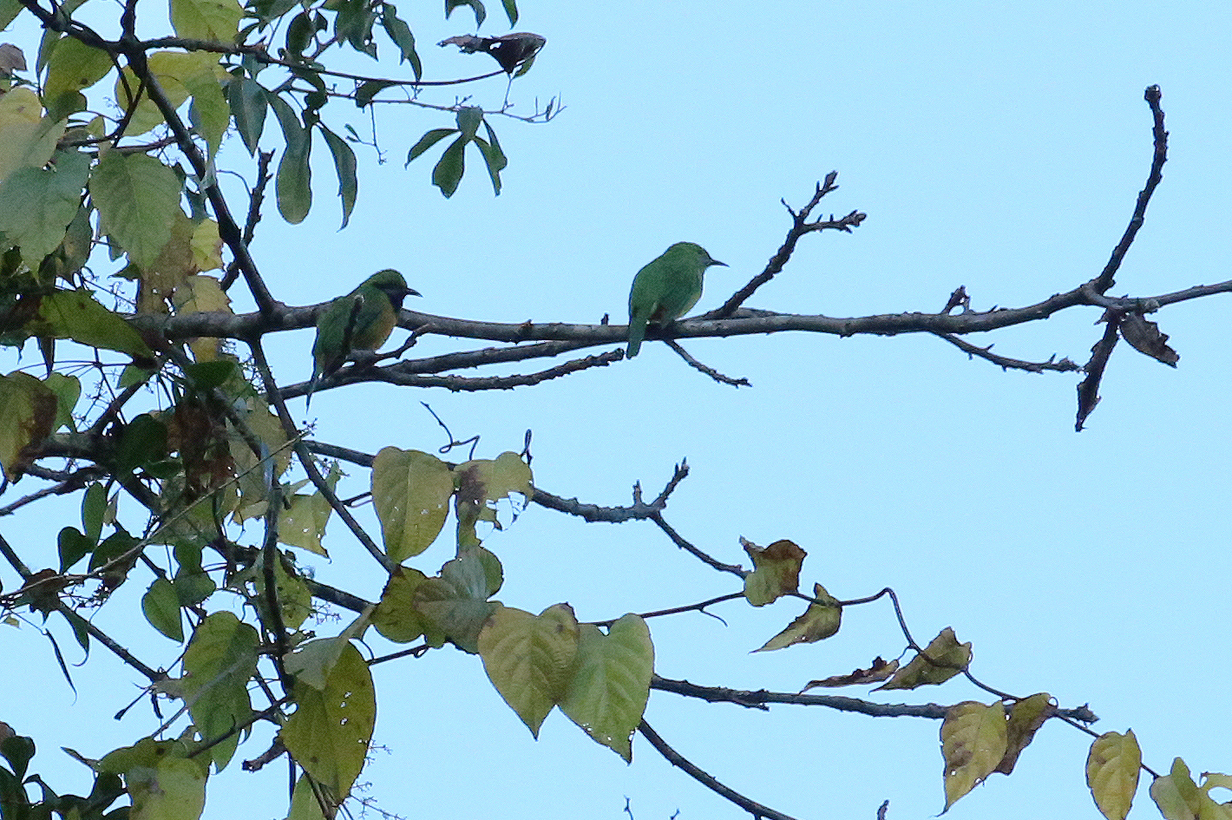
Orange-bellied leafbird (male and female)
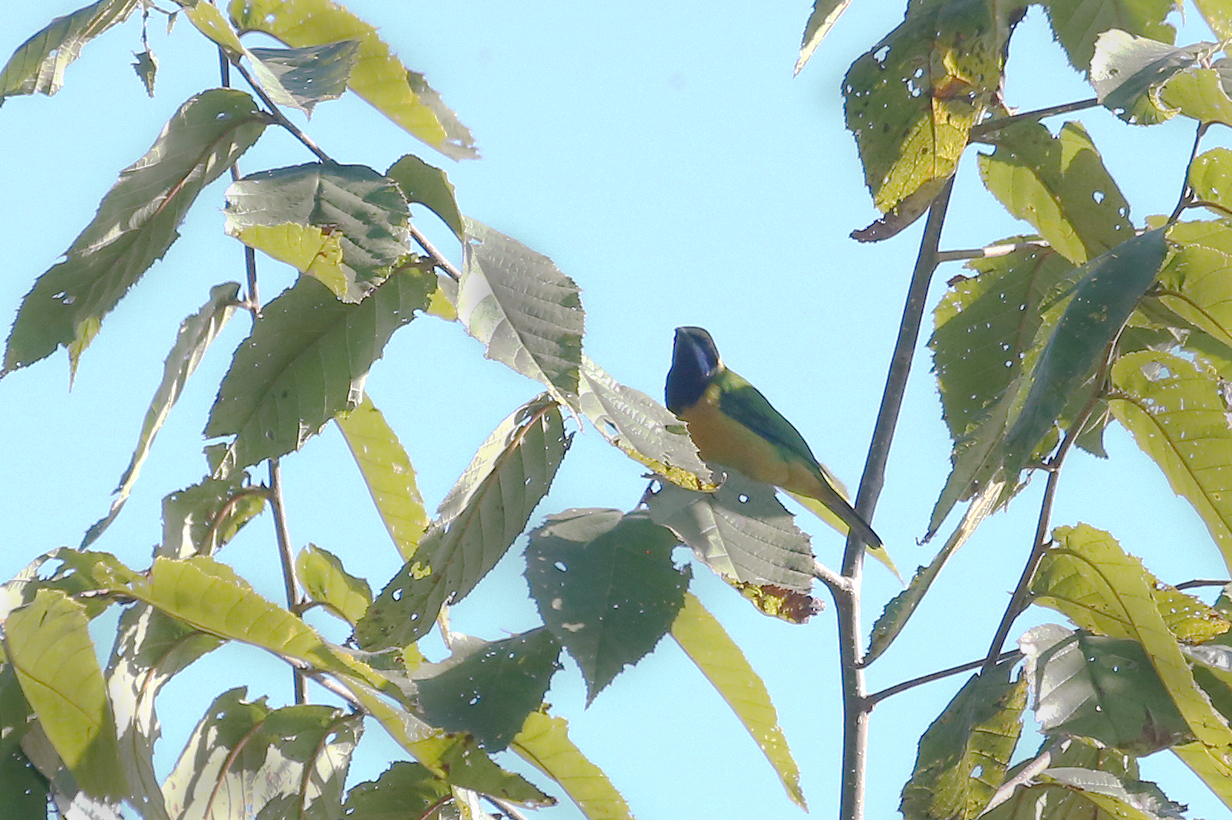
Orange-bellied leafbird (Male -- It's a very bad picture, but it does show the plumage colors.)

Himalayas from Lama Camp (The highest mountain is Gori Chen, 6844 m or 21,286 feet high)
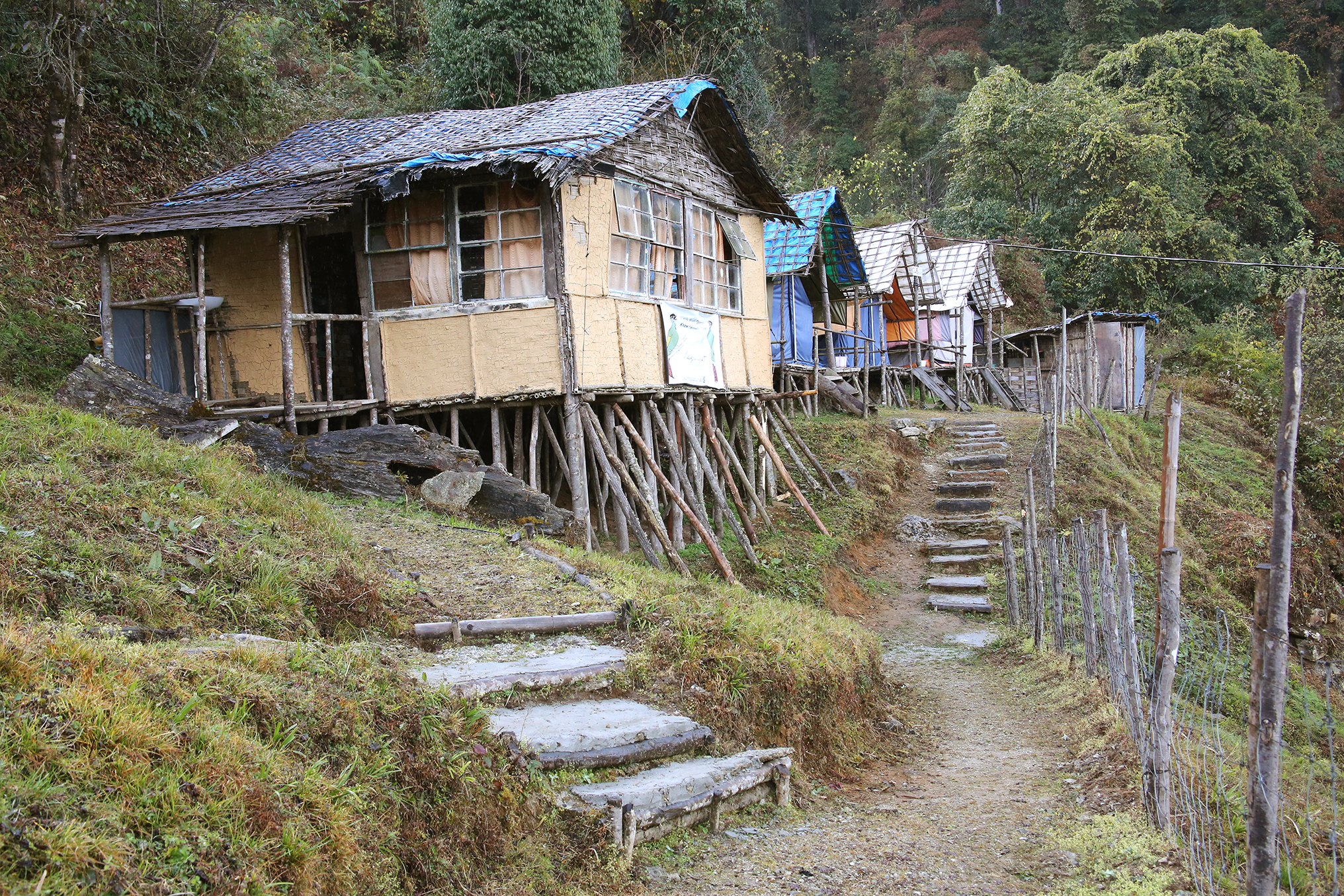
Lama camp (2350 m or 7710 feet altitude)
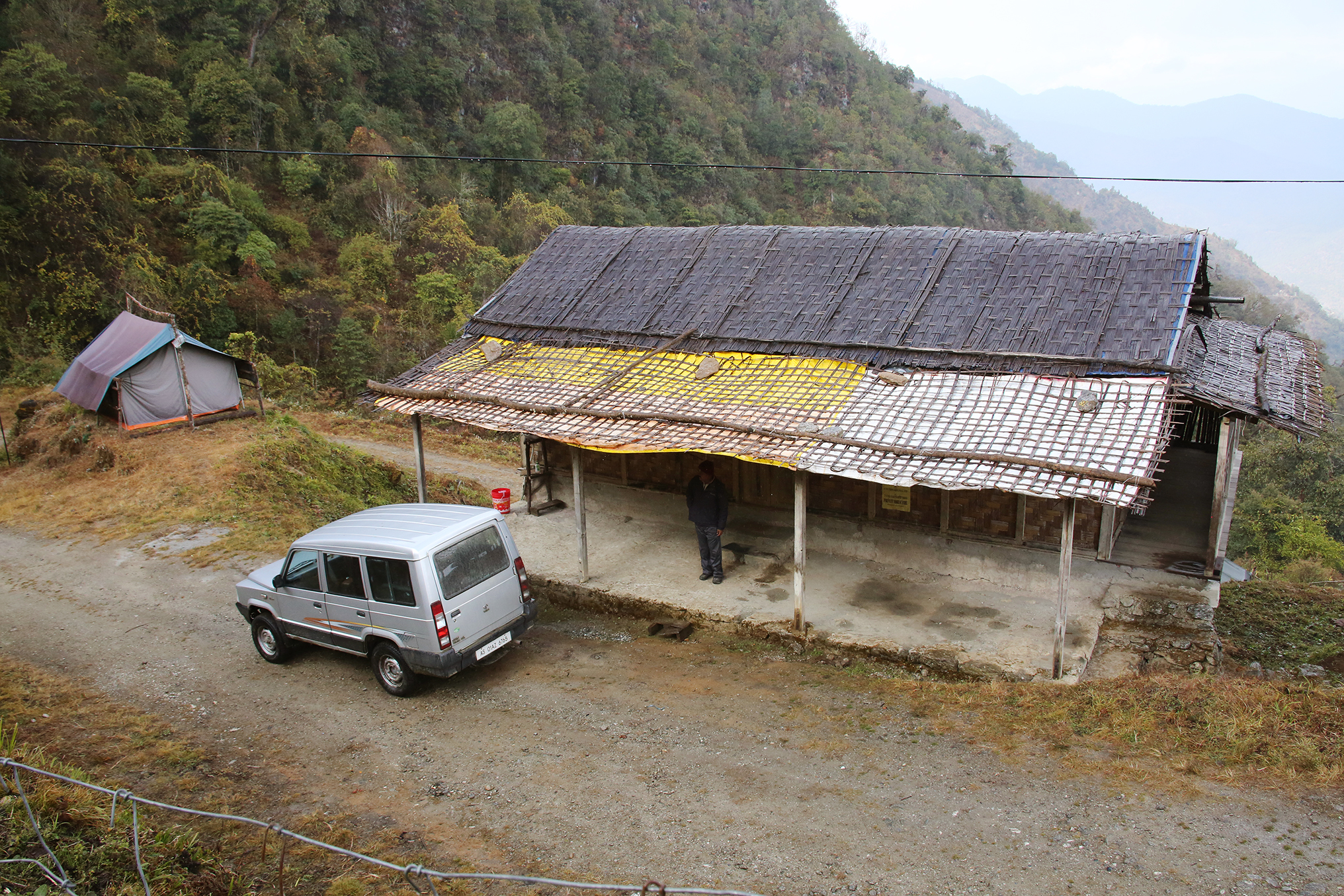
Common room at Lama Camp where we got our meals
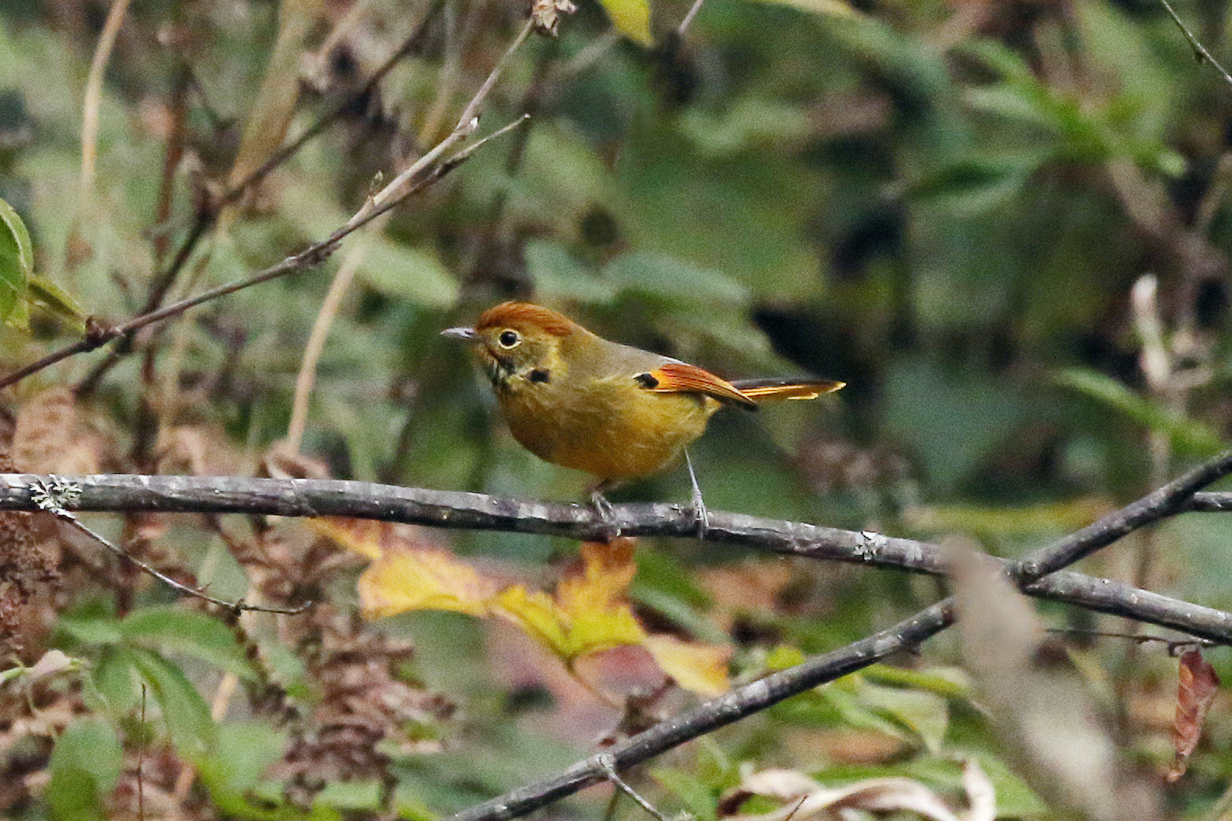
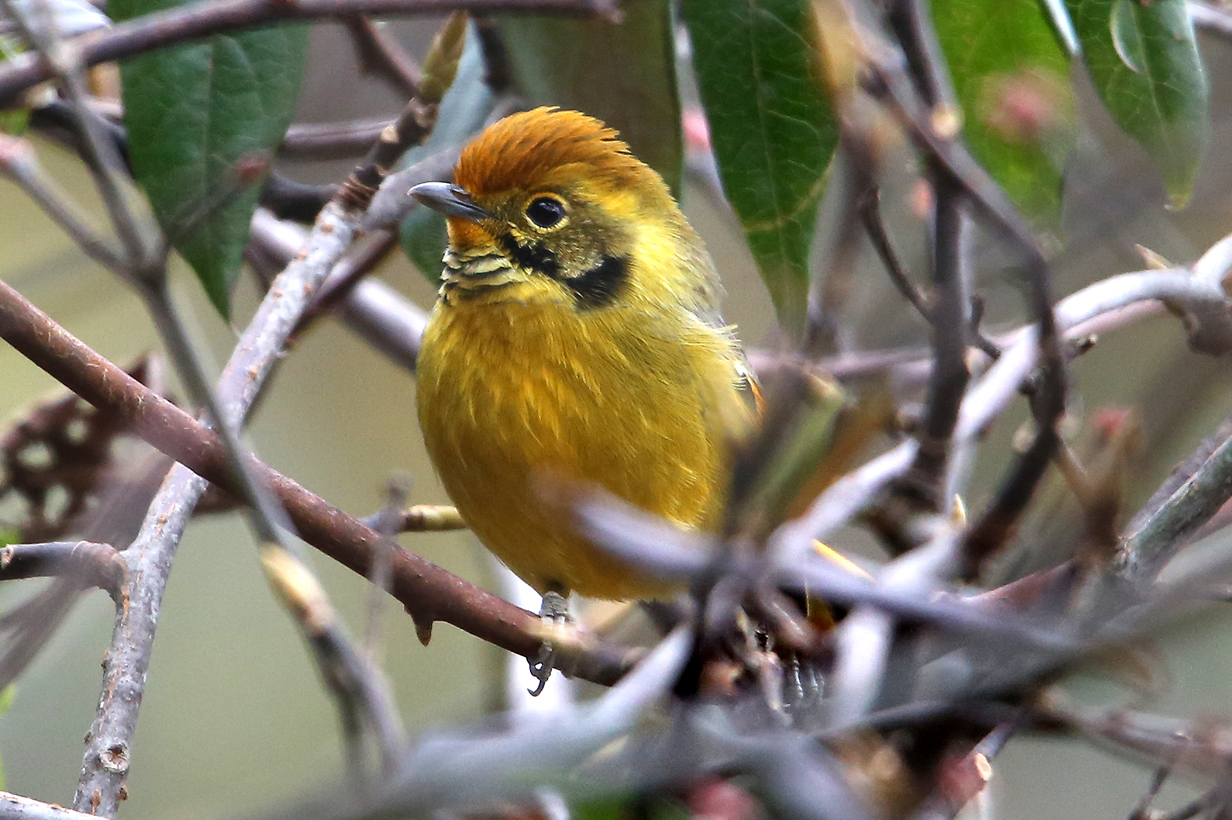
Chestnut-tailed minla (common above and below Lama Camp)
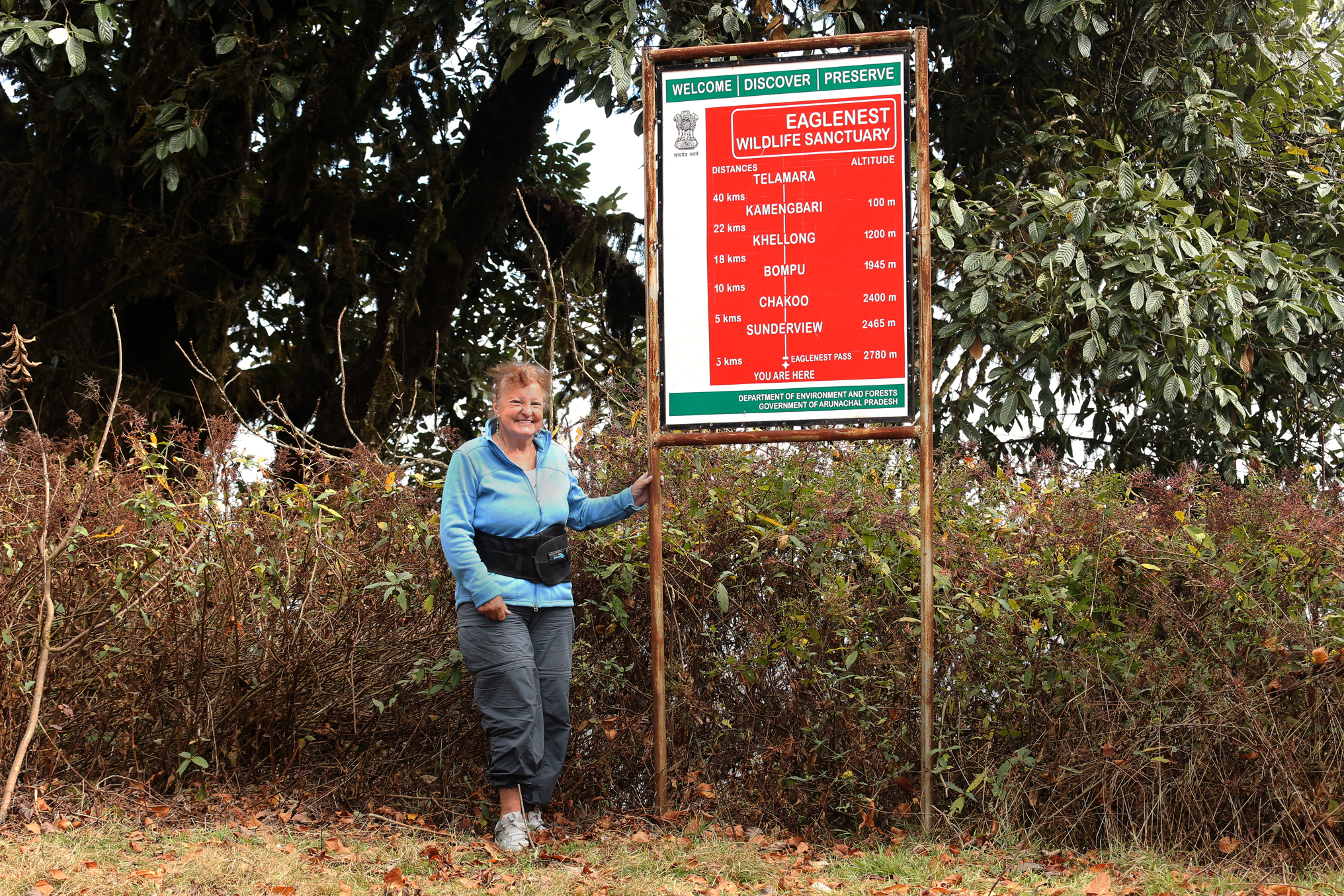
Mary at Eagle Nest Pass (2780 m or 9121 feet altitude) The road to get here was long and rough. Mary was hurting but bravely trying to have a good time. On this day, we turned around here and saw Red panda on the way back down to Lama Camp.
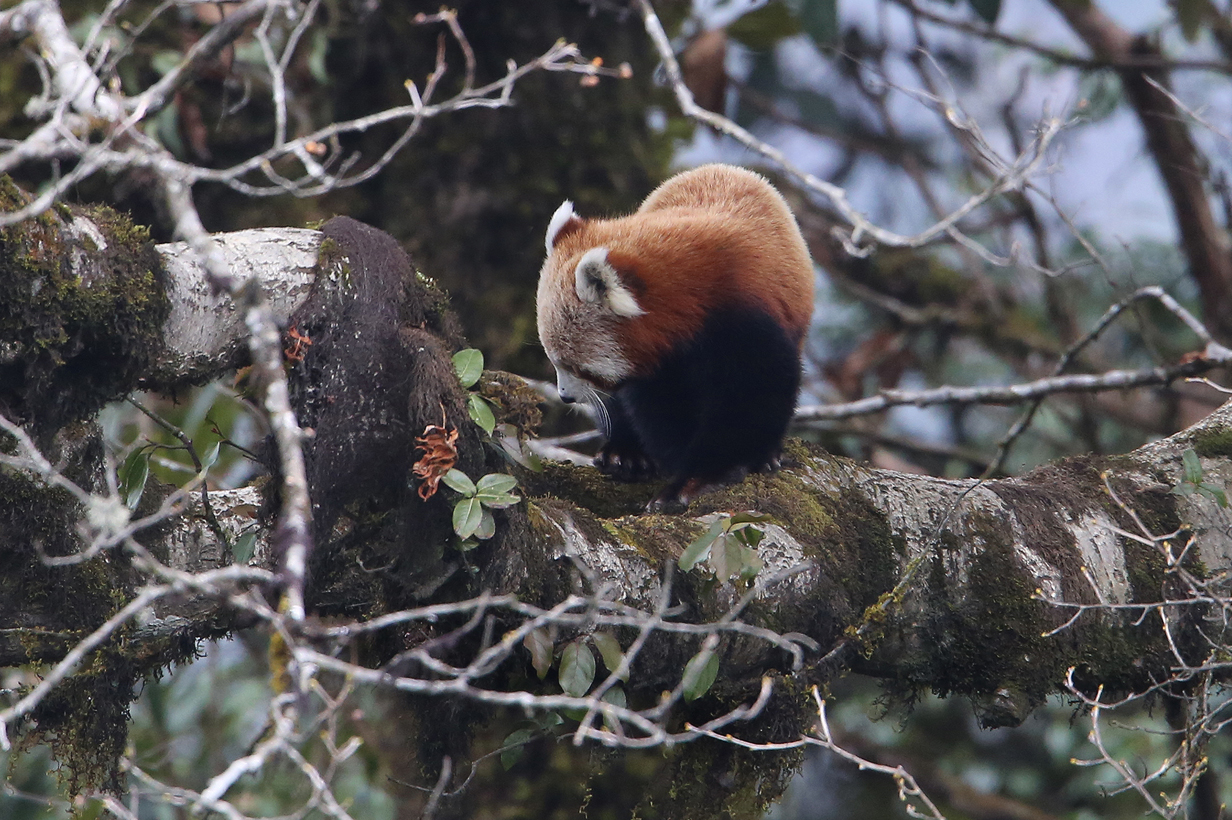
Western red panda
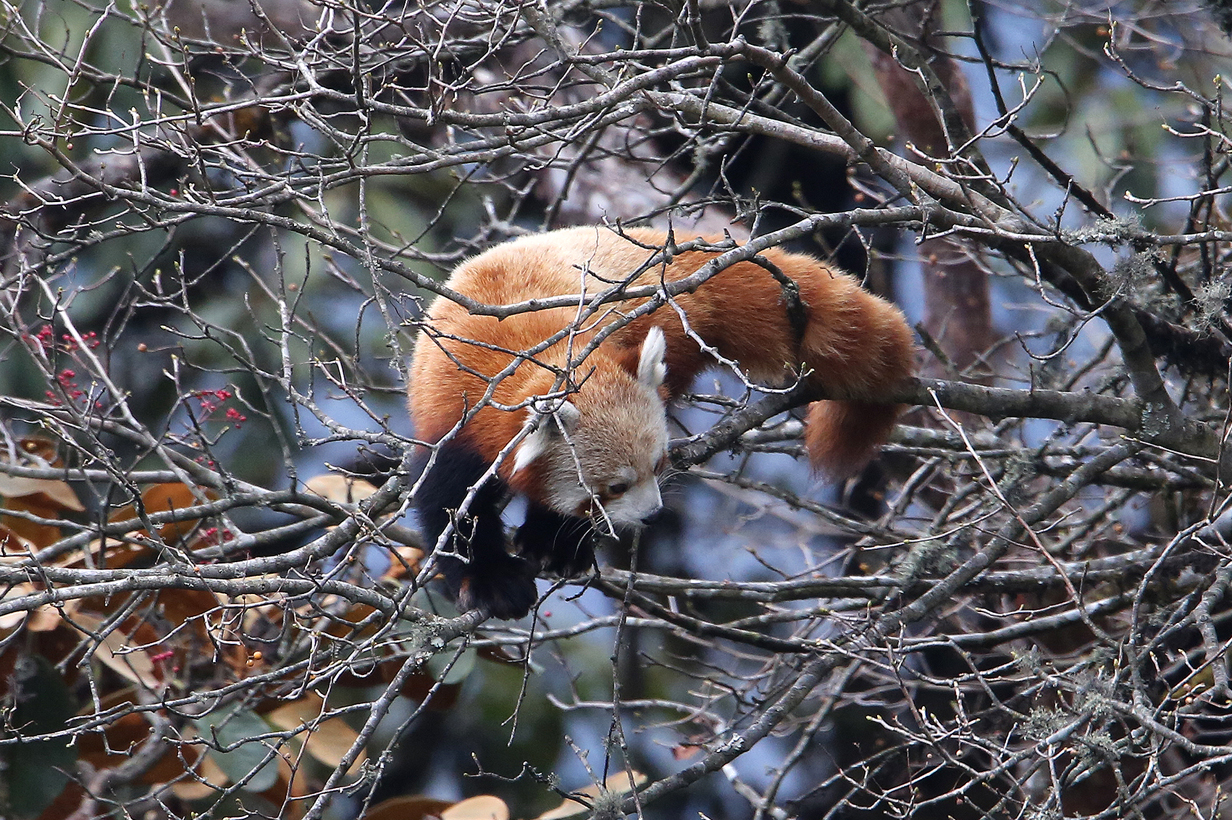
Western red panda
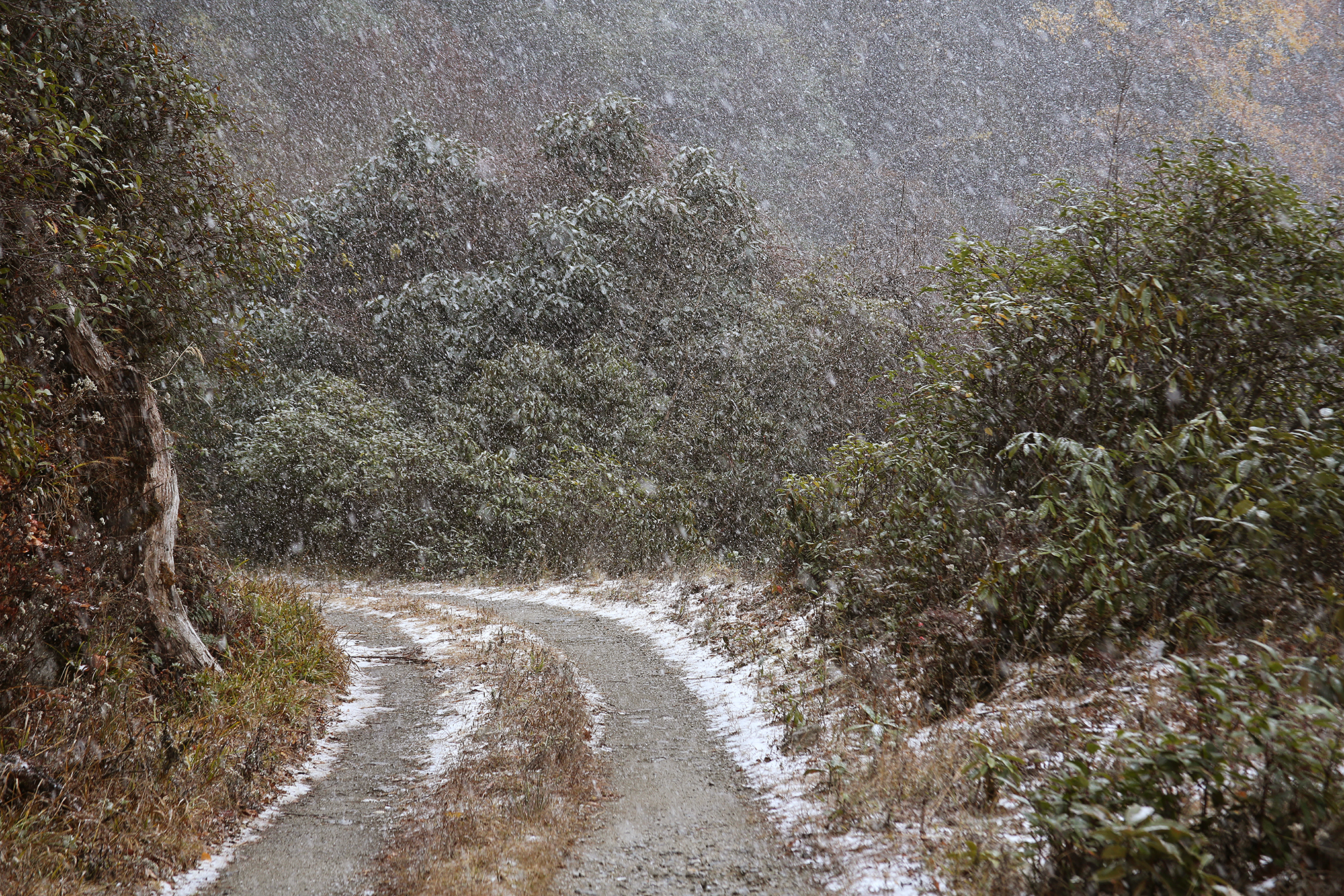
The next day, we were scheduled to drive from Tenga to Lama Camp, then Eagle Nest Pass, and then down the far side south to Bompu Camp. We got somewhat beyond Sunderview. Trouble is, the good weather broke, and it started to snow seriously. John and Mary "bailed out" and returned to Tenga; this picture shows the snow on the way back up to Eagle Nest Pass. Ken Freeman and Jack Poll went on to Bompu, had a (very cold) night there, and got half-a-dozen excellent life birds the next morning. John went back up to Lama Camp the next morning and found the frost fairyland shown below. He also got an important life bird, Black-headed shrike-babbler (also below).

Between Eagle Nest Pass and Lama Camp, the snow turned to rain.
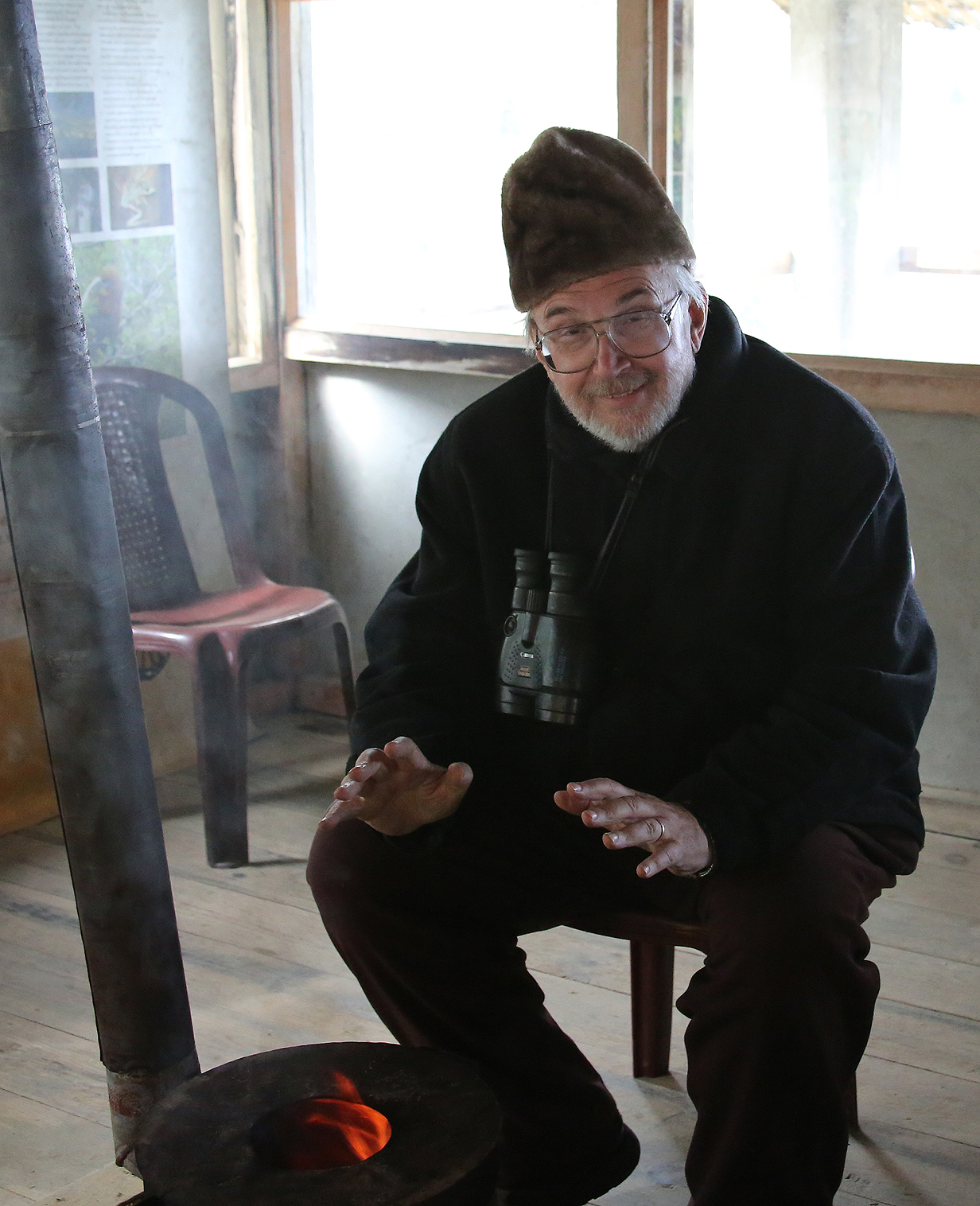
John trying to get warm on a very cold morning at Lama Camp
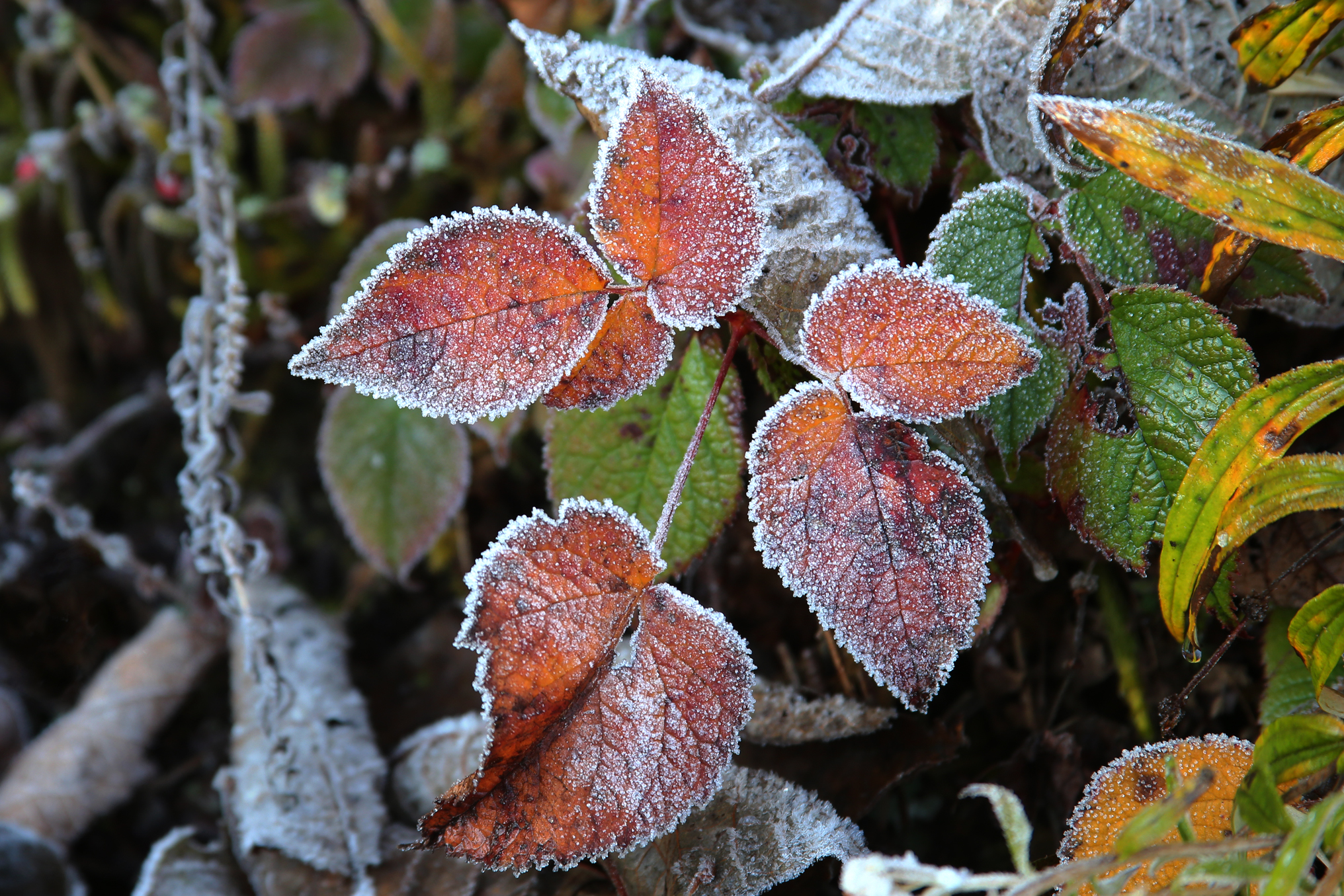
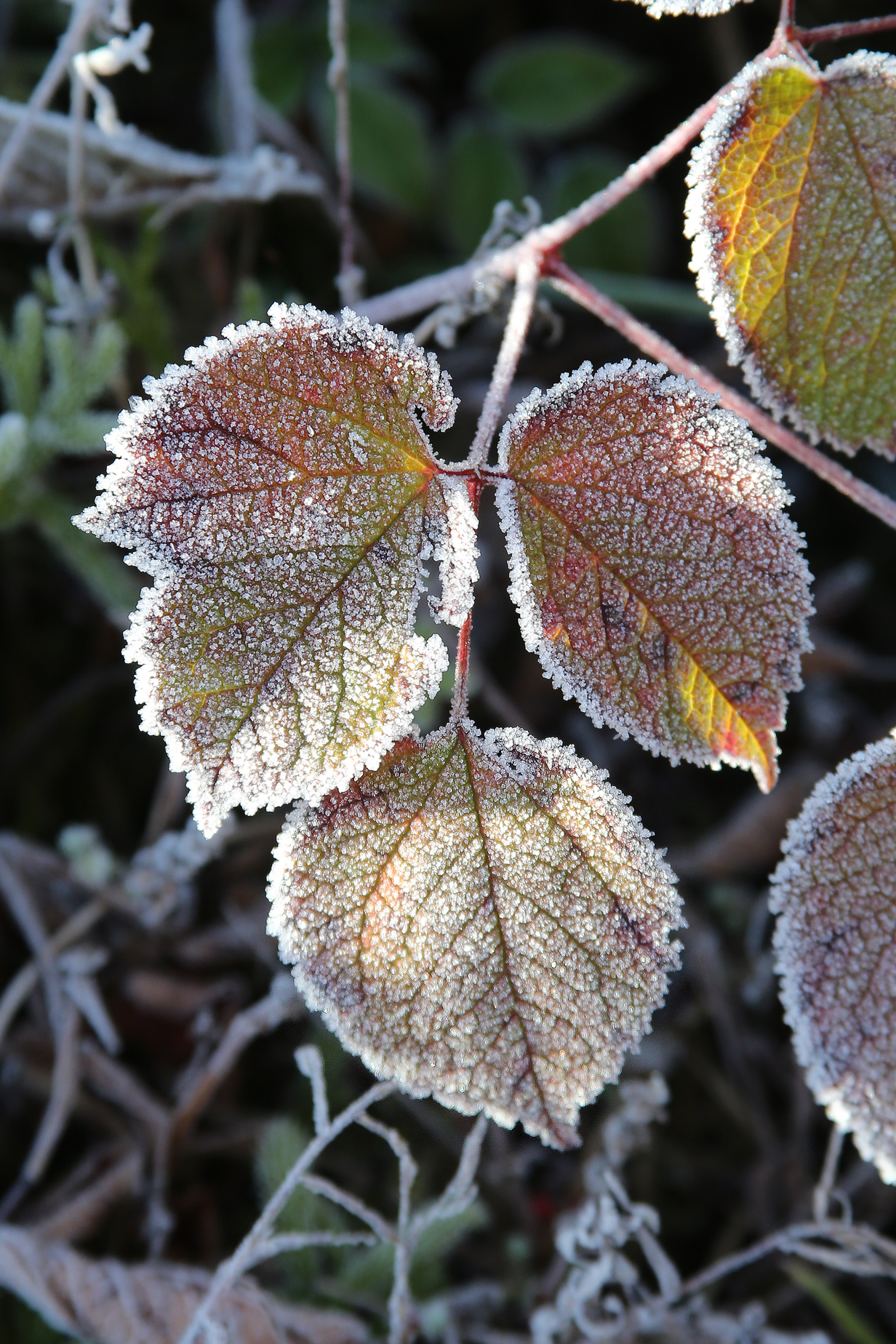
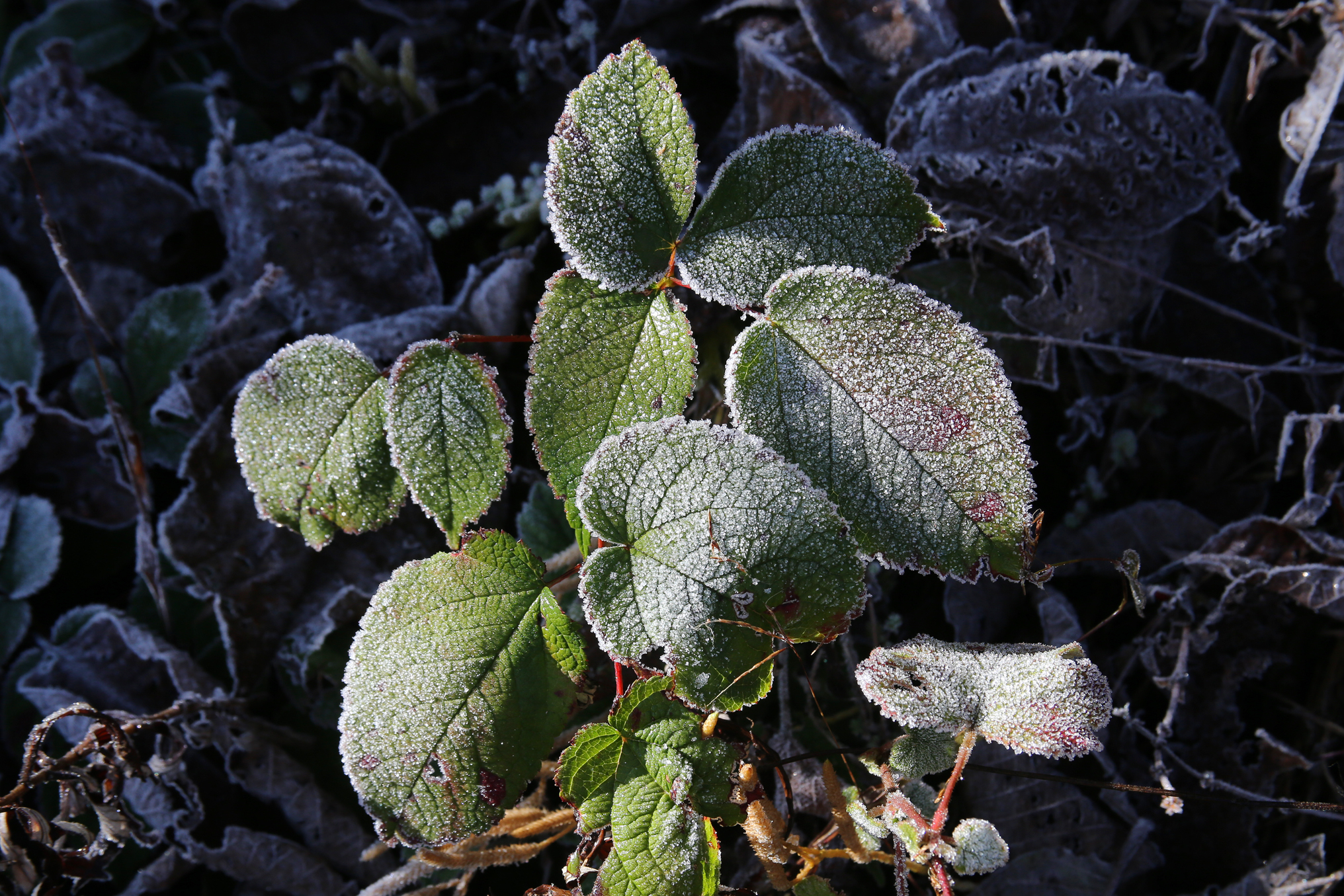
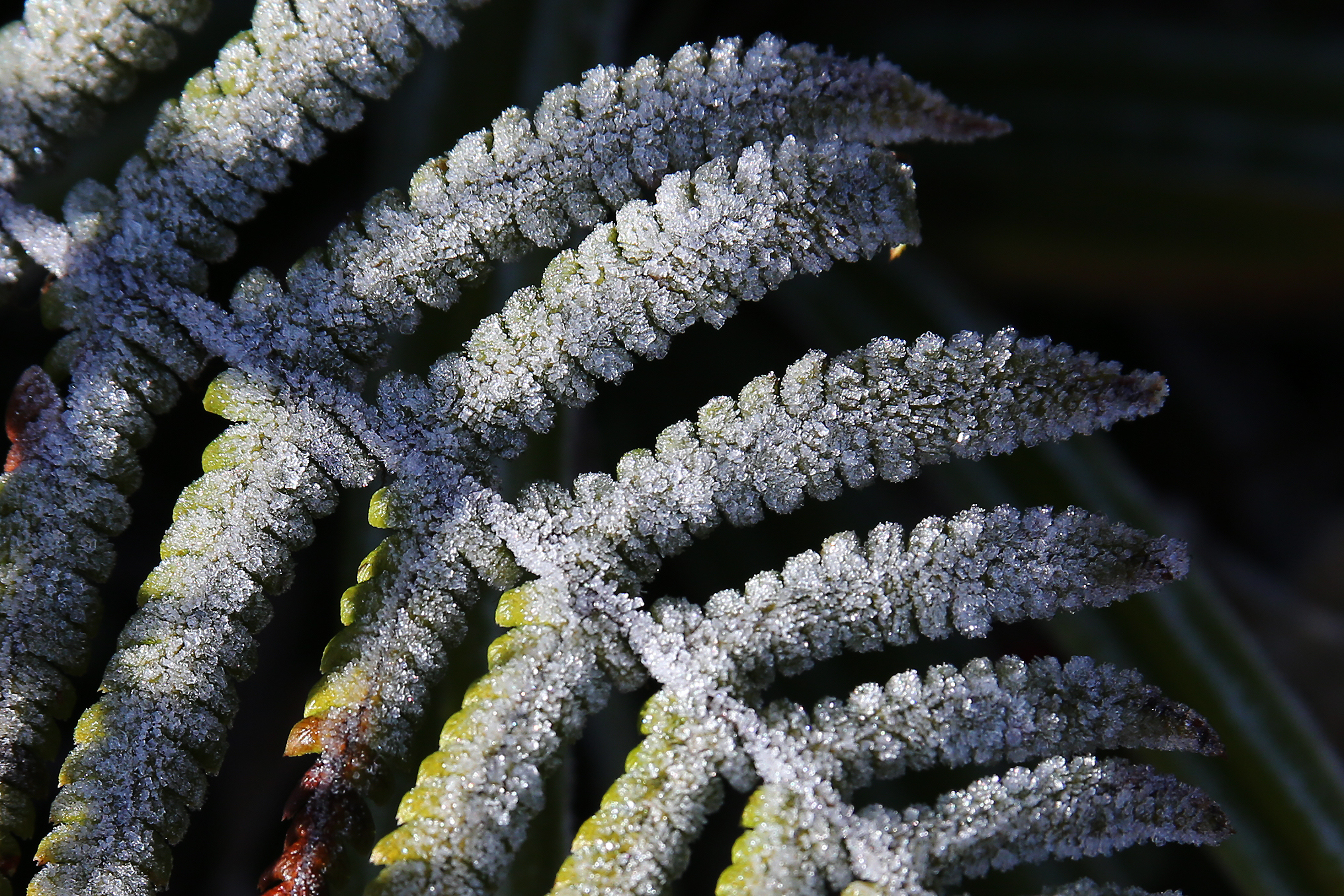
-->
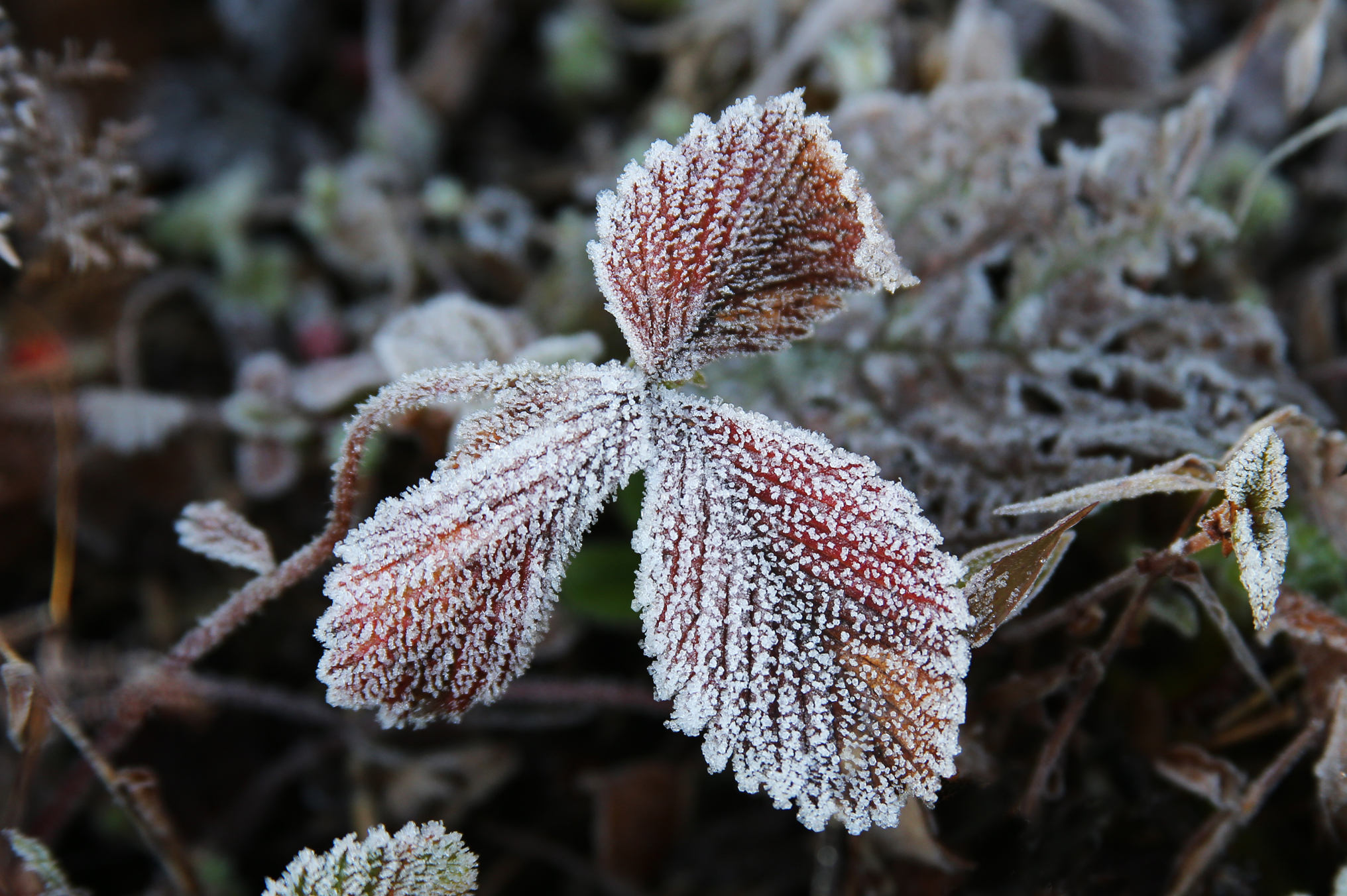
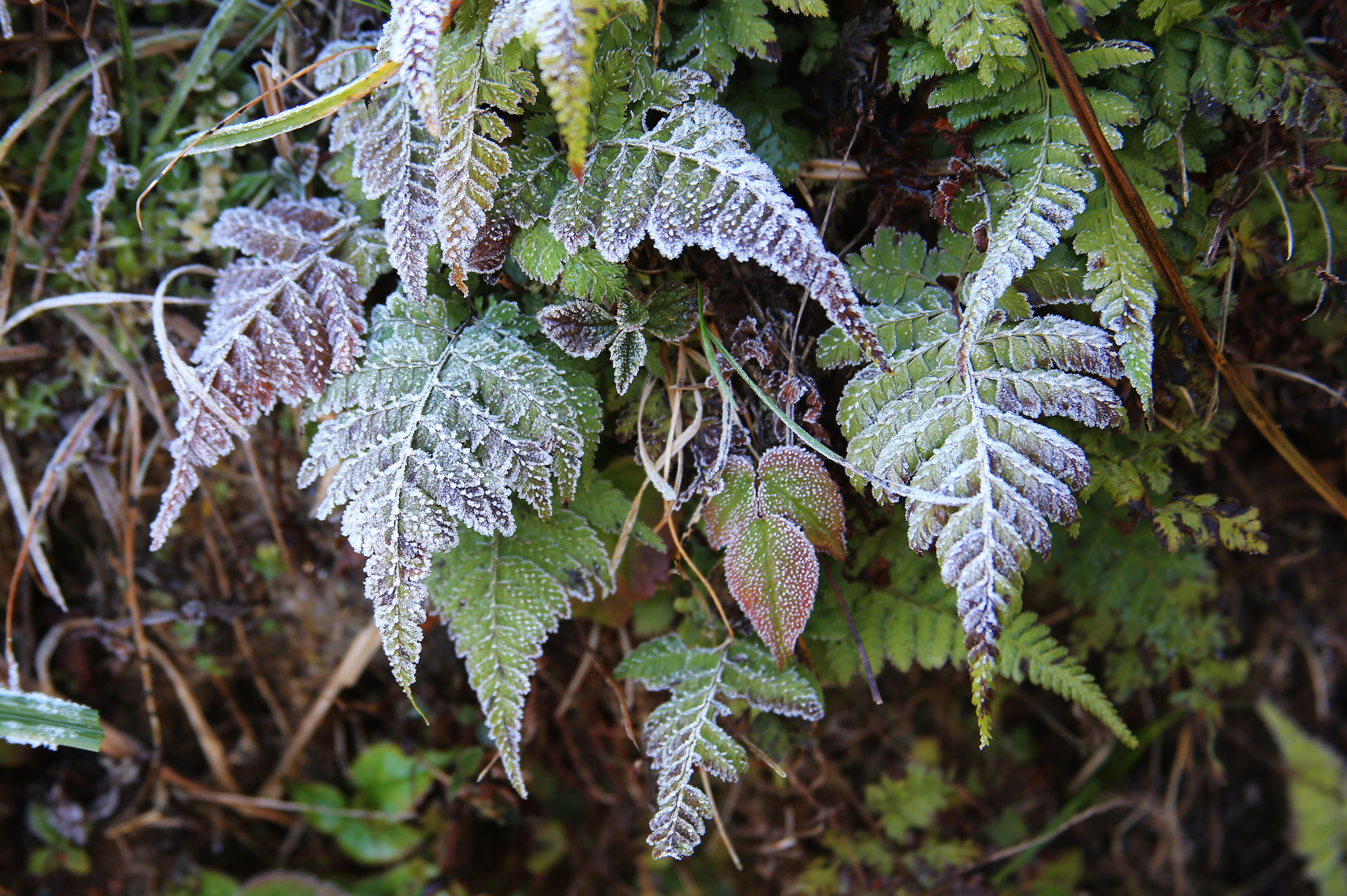
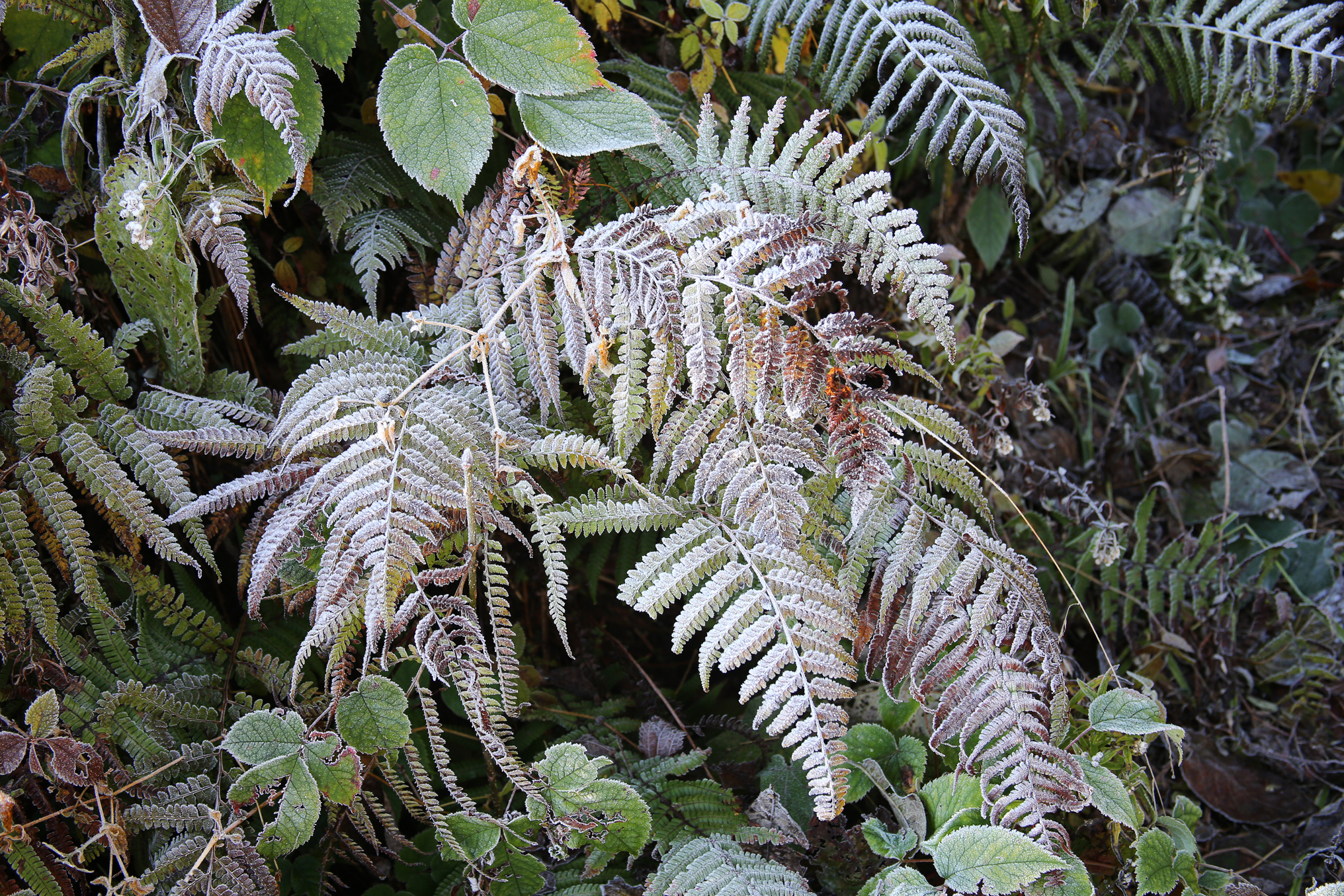
Frost-covered leaves at Lama Camp on a very cold morning
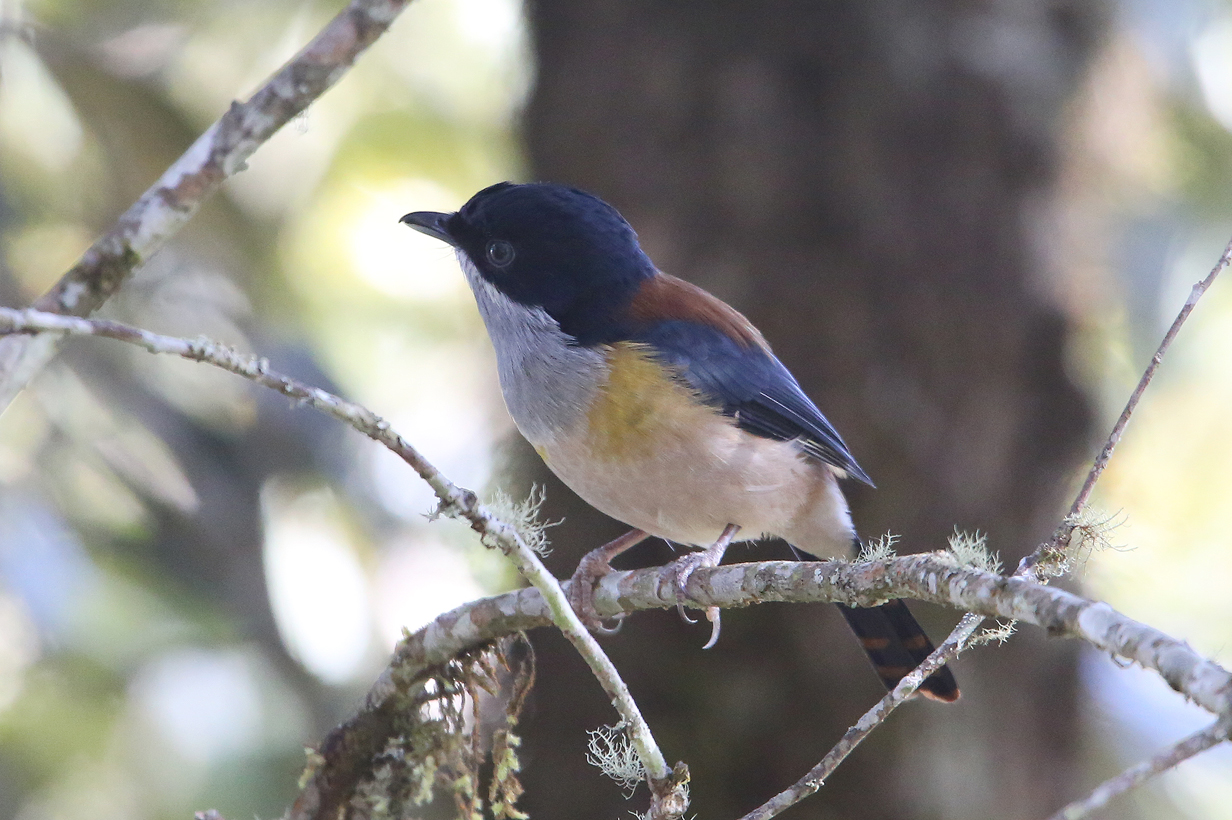
Black-headed shrike-babbler
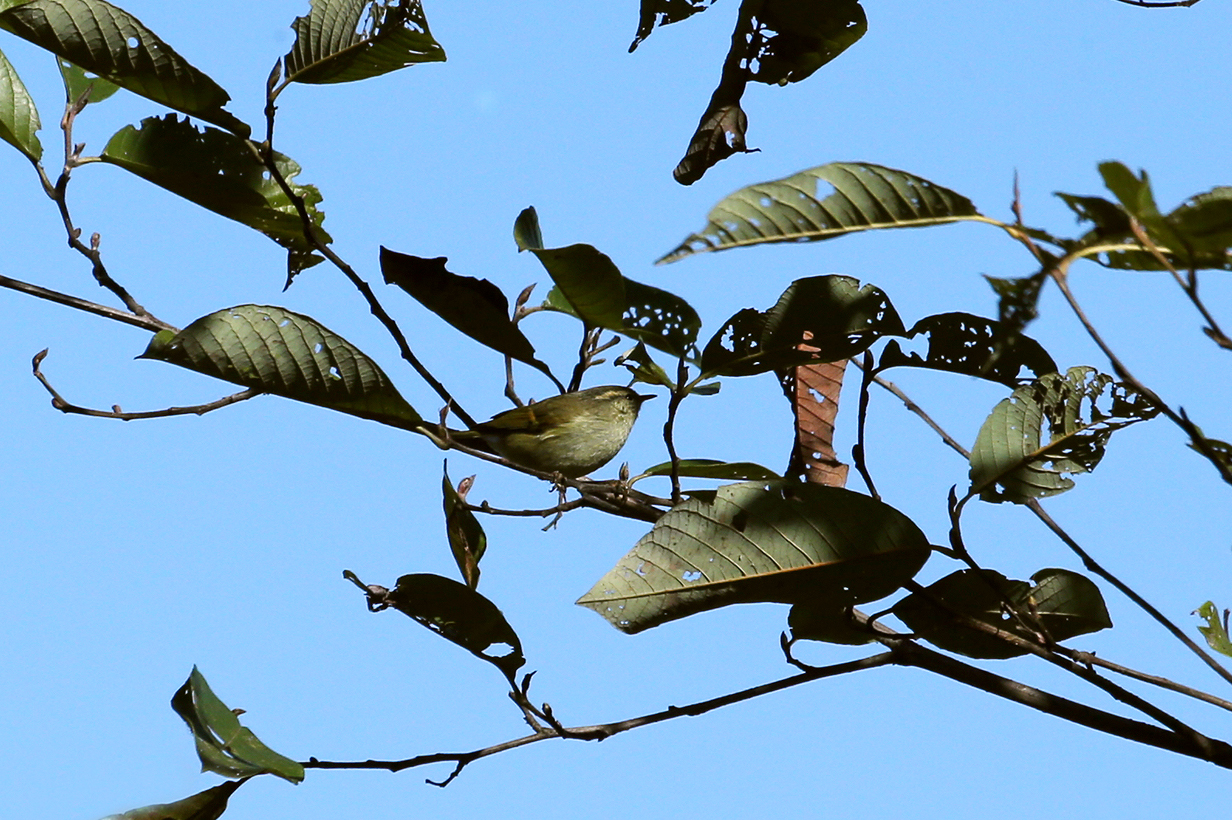
Buff-barred warbler (The wing bar is prominently buffy-orange on two separate pictures. Also, the throat and belly are almost uniformly gray; the gray throat does not turn yellow farther down the belly as it does in Ashy-throated warbler.)
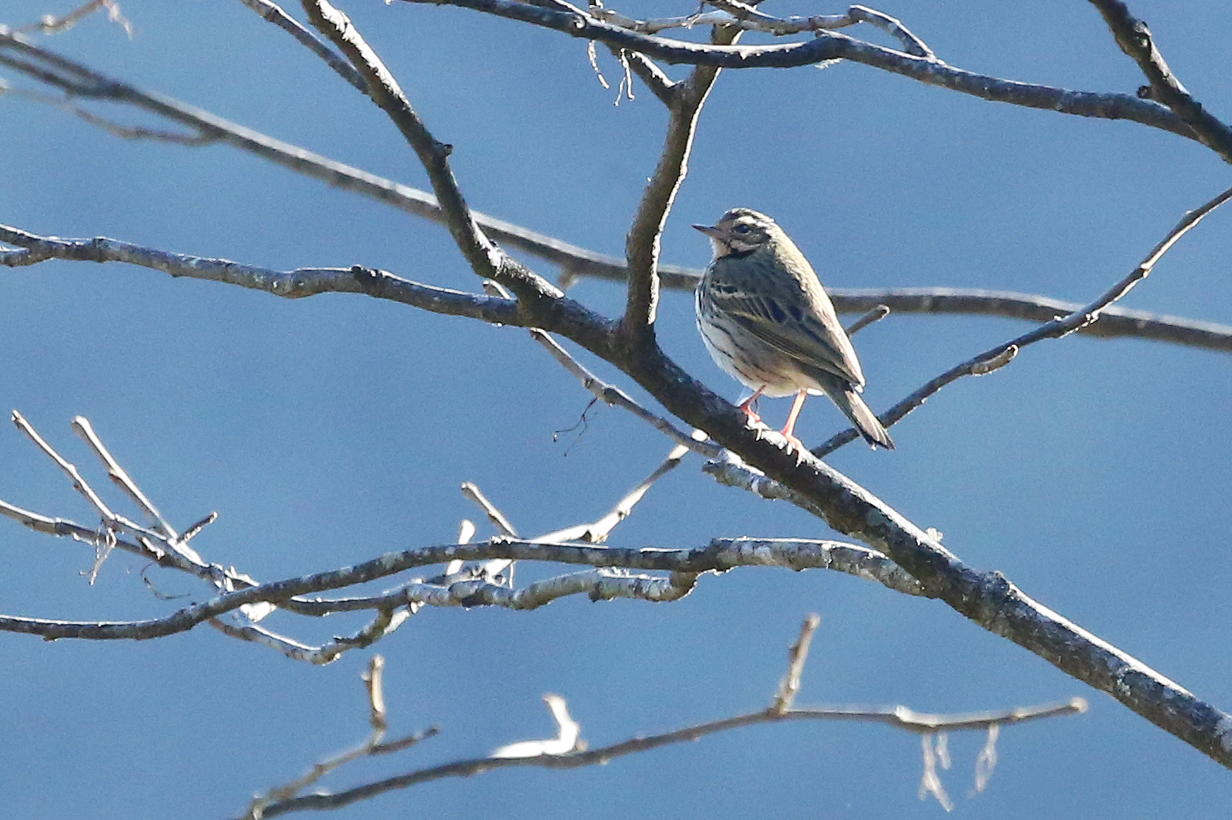
Olive-backed pipit
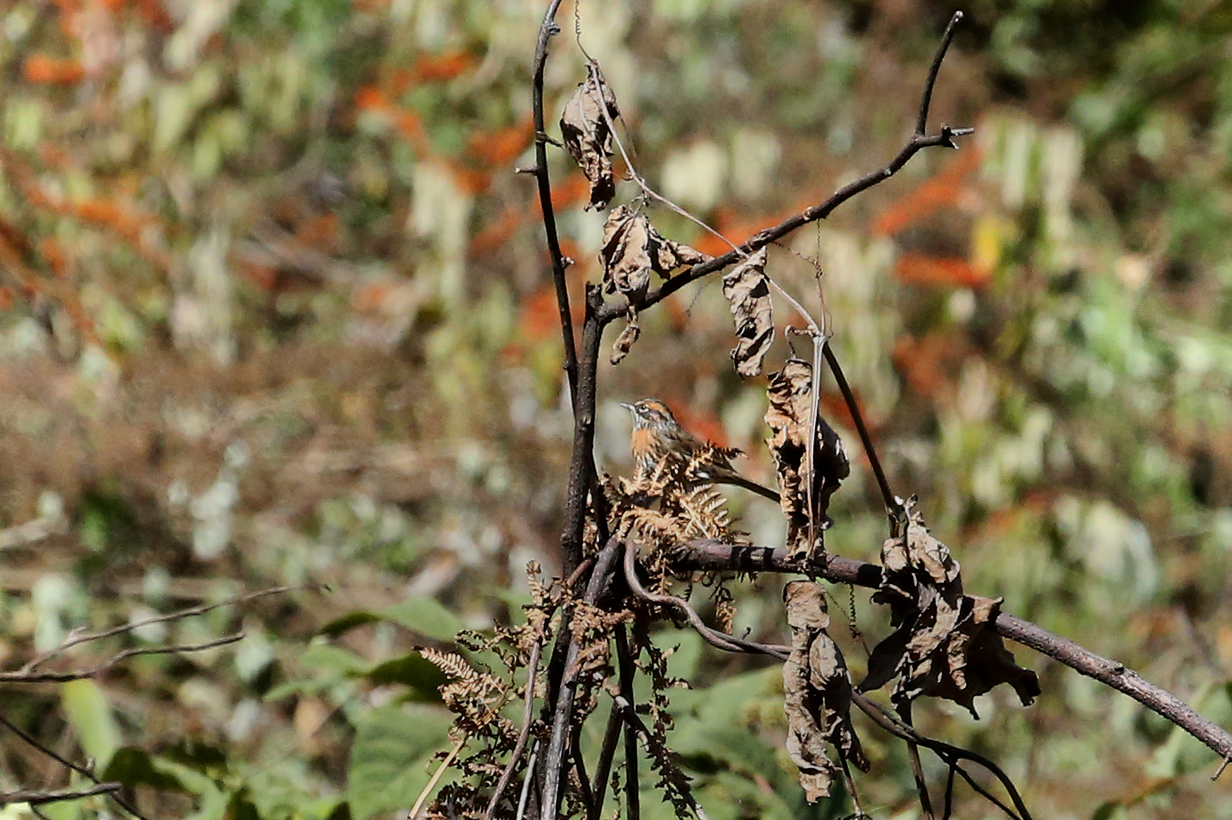
Rufous-breasted accentor (Sorry: another bad picture)
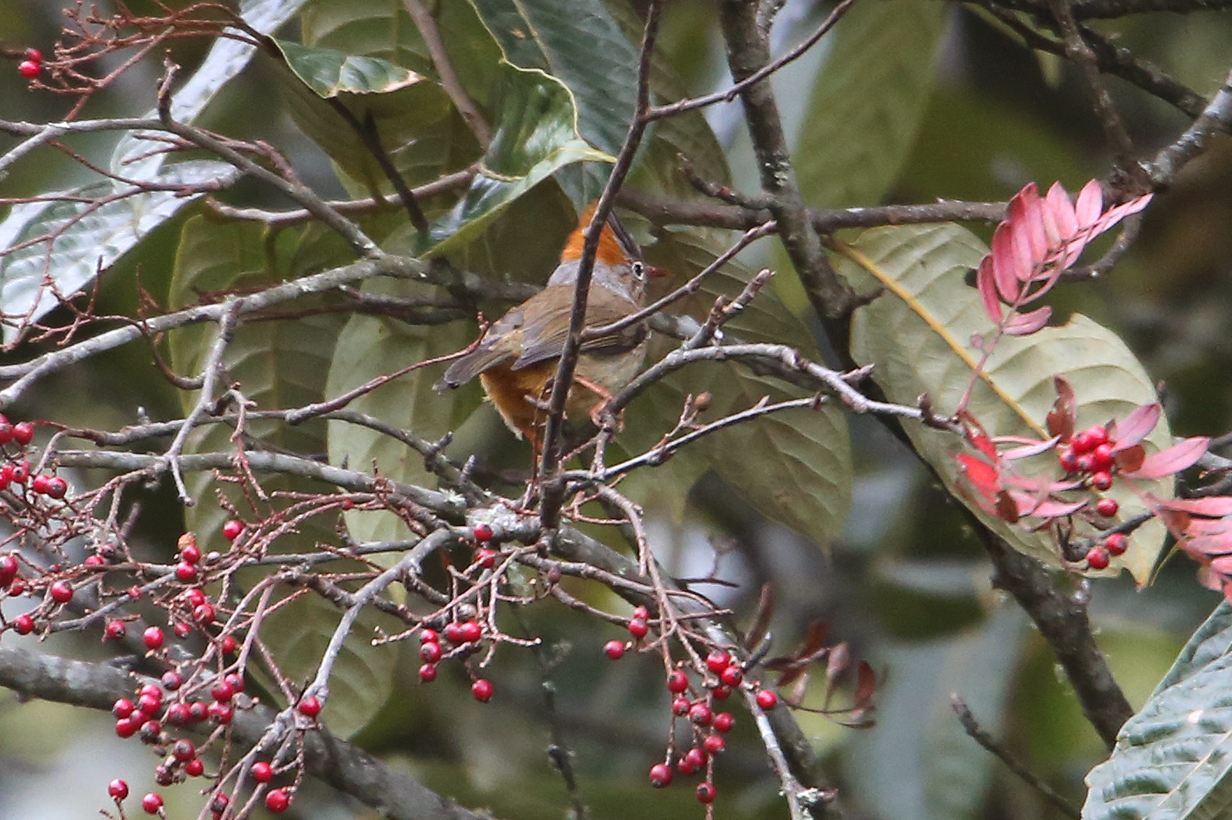
Rufous-vented yuhina (Very bad picture of a very good bird!)
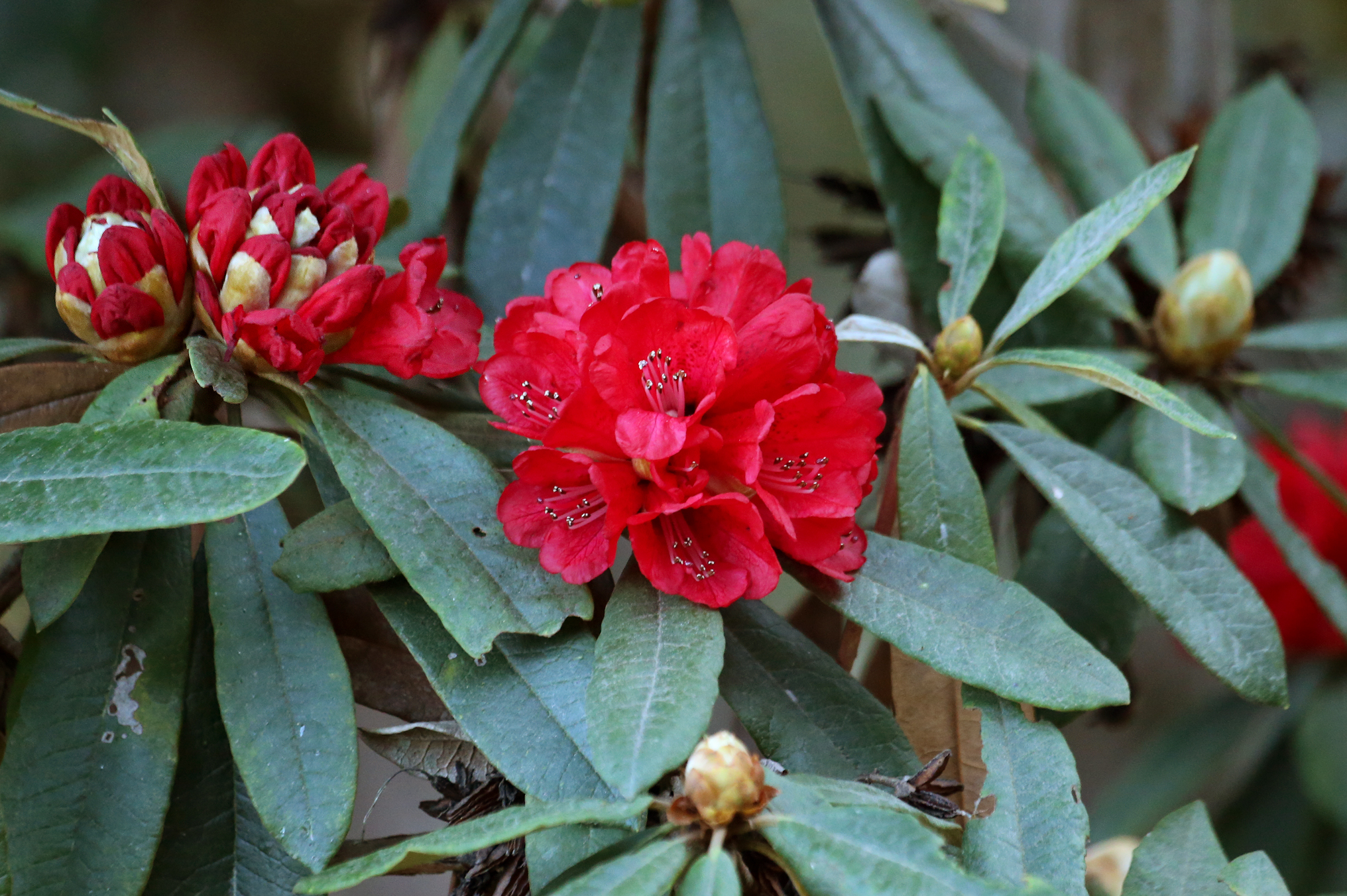
Rhododendron
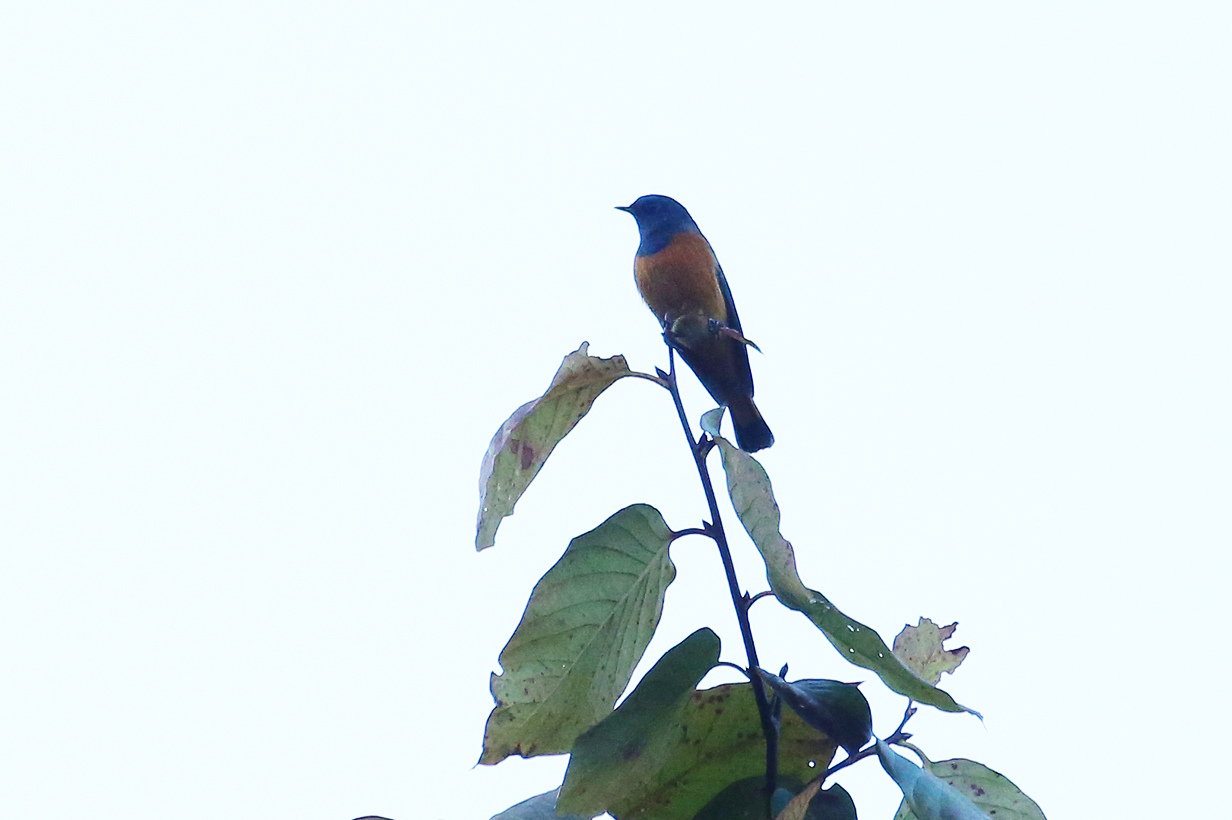
Blue-fronted redstart (This is our life bird.)
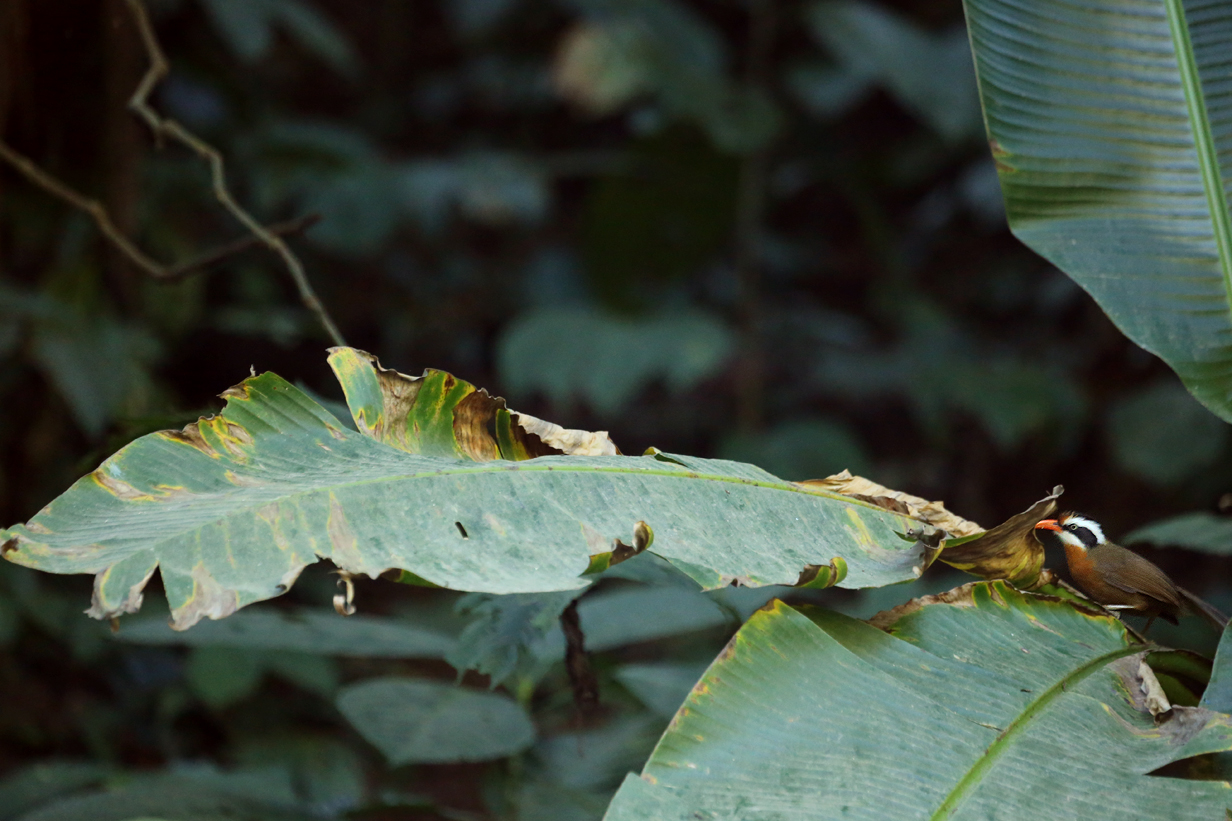
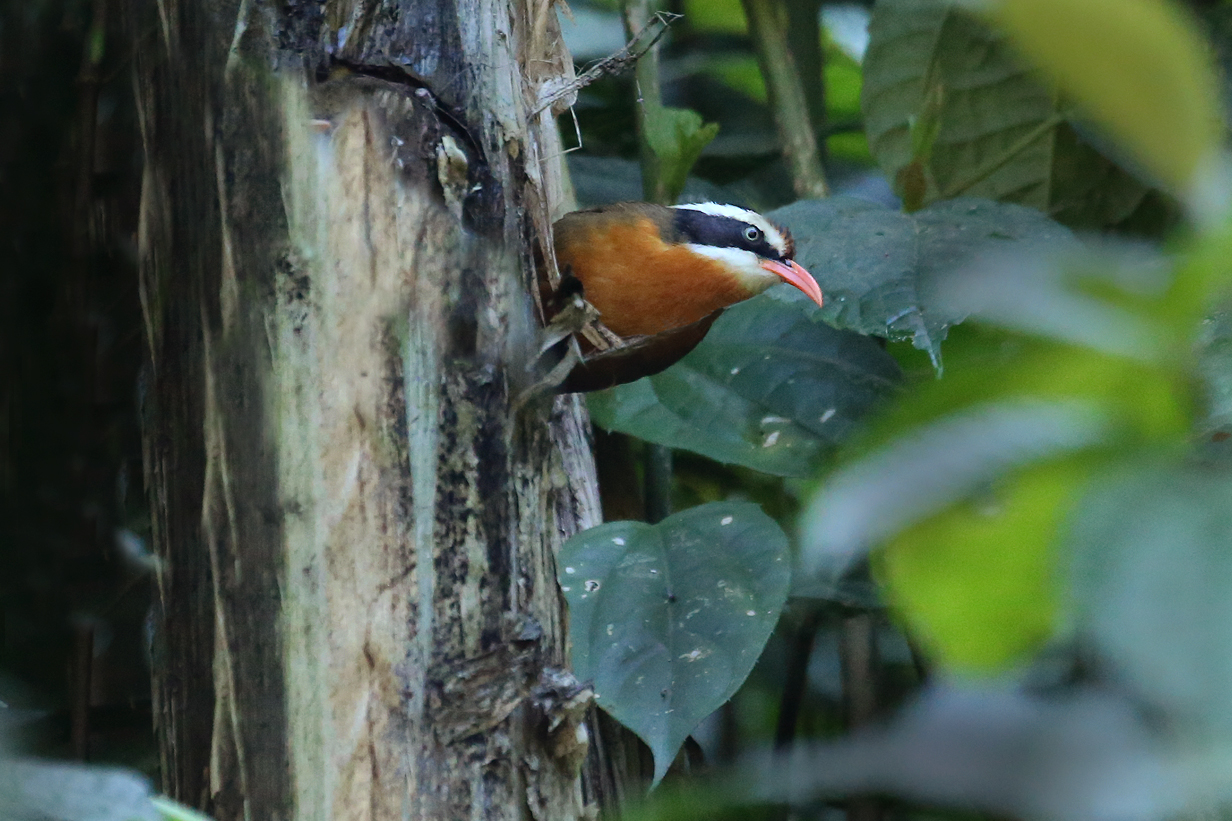
Coral-billed scimitar-babbler (on the road back from Tenga to Tezpur)
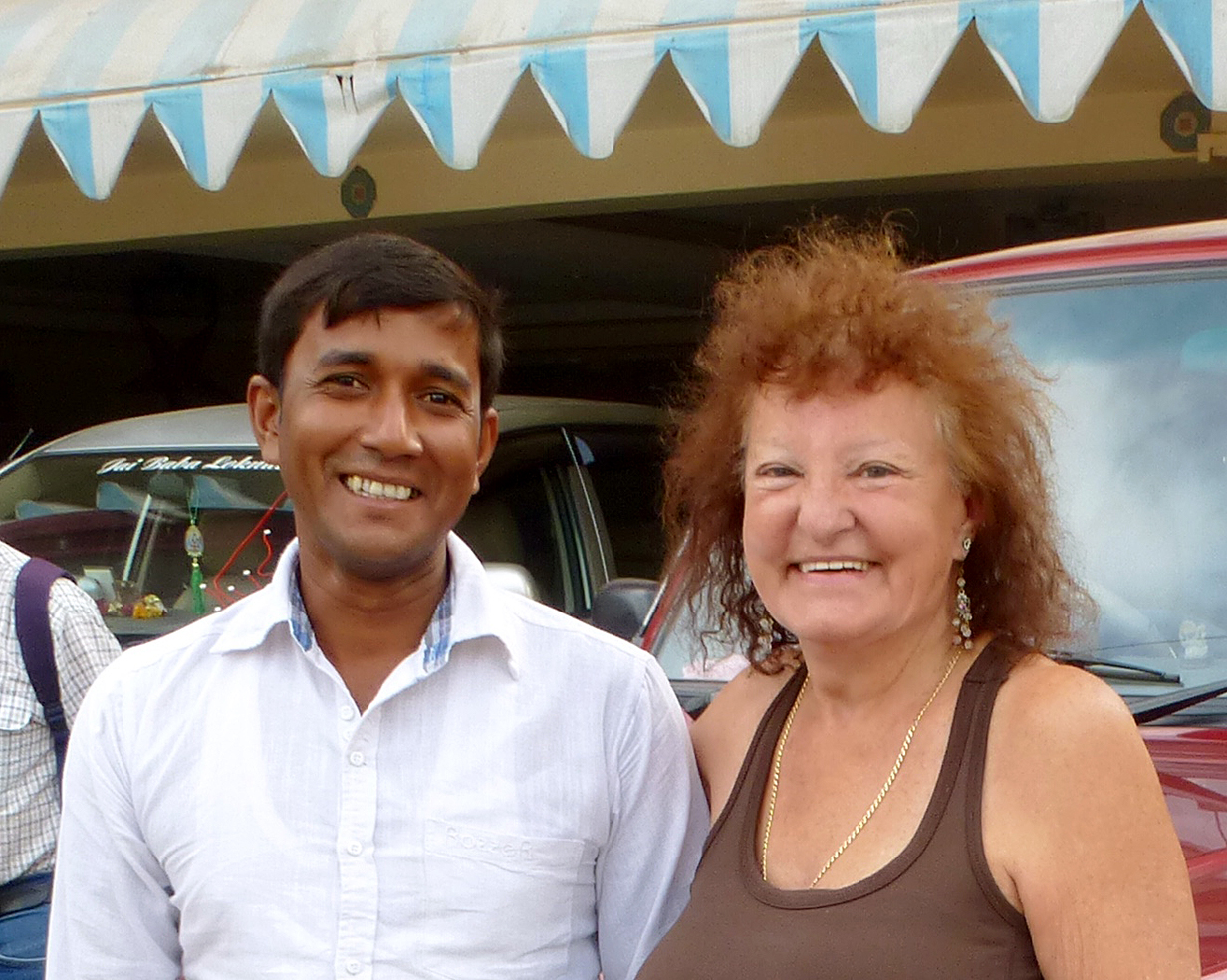
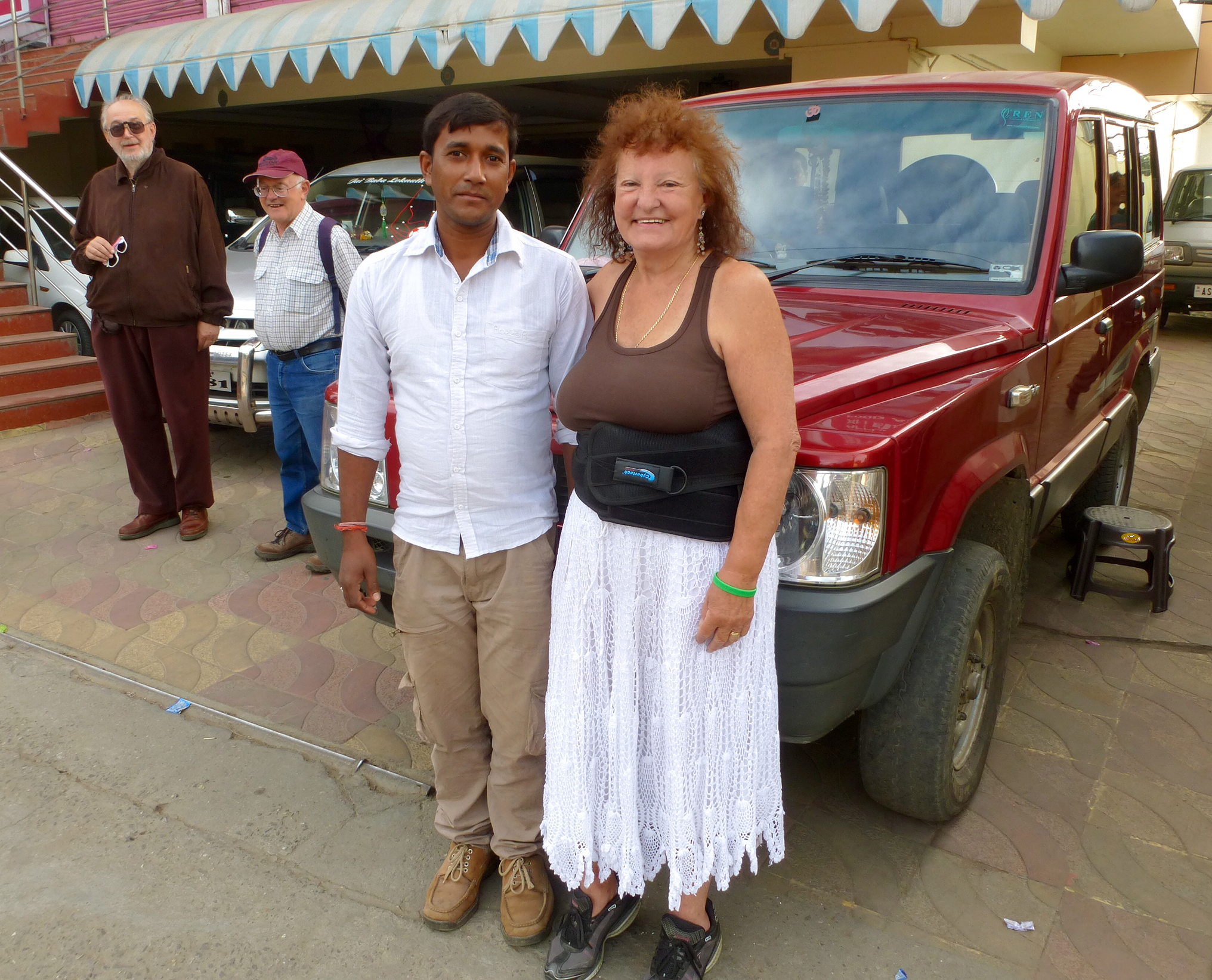
Mary and Kiki. Kiki was a wonderfully trusty driver on roads that were almost universally rough and sometimes exceedingly exposed. Even when we had below us an almost vertical drop of thousands of feet, we never felt unsafe. Moreover, Kiki was enormously helpful to Mary, helping her in and out of the vehicle (her footstool is visible in the bottom picture), helping her walk over rough terrain, and carrying a chair for her. Both drivers were very helpful, often also carrying a chair for John. John fully realizes that he would not have gotten a number of birds if he had not been able to sit and concentrate on subtle ID features on rapidly-flitting birds. Photos courtesy Jack Poll.
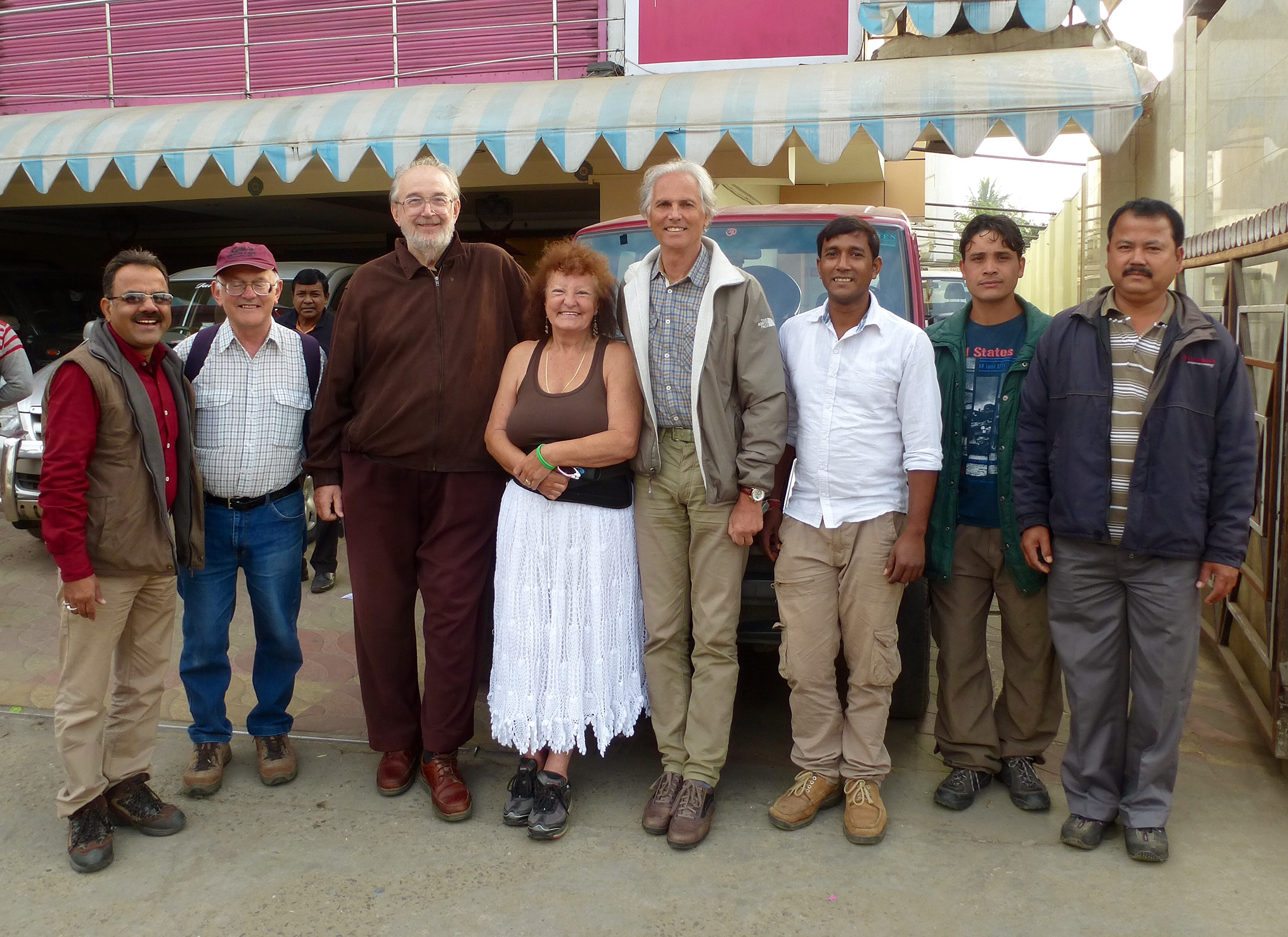
Our whole Group from left to right: Travel wizard Vinod Goswamy, Ken Freeman, John and Mary Kormendy, bird guide and trip arranger Jack Poll, driver Kiki, local guide in the mountains Khandu, and Vinod's driver. John looks very furry after several weeks without a shave. Photo courtsey Jack Poll.
The local guide recognized almost every bird call instantly and was very helpful in finding difficult birds. Vinod was a marvel throughout -- he saved us innumerable times by solving problems that ranged from deciphering dinner menus to providing heaters (essential for John) to browbeating hotels into turning off their electric generators (imagine running an airplane engine outside your hotel room). Without him, there is NO WAY that the trip would have been a success.
Tadoba Tiger Reserve, central India

Common hawk-cuckoo (This is our life bird)
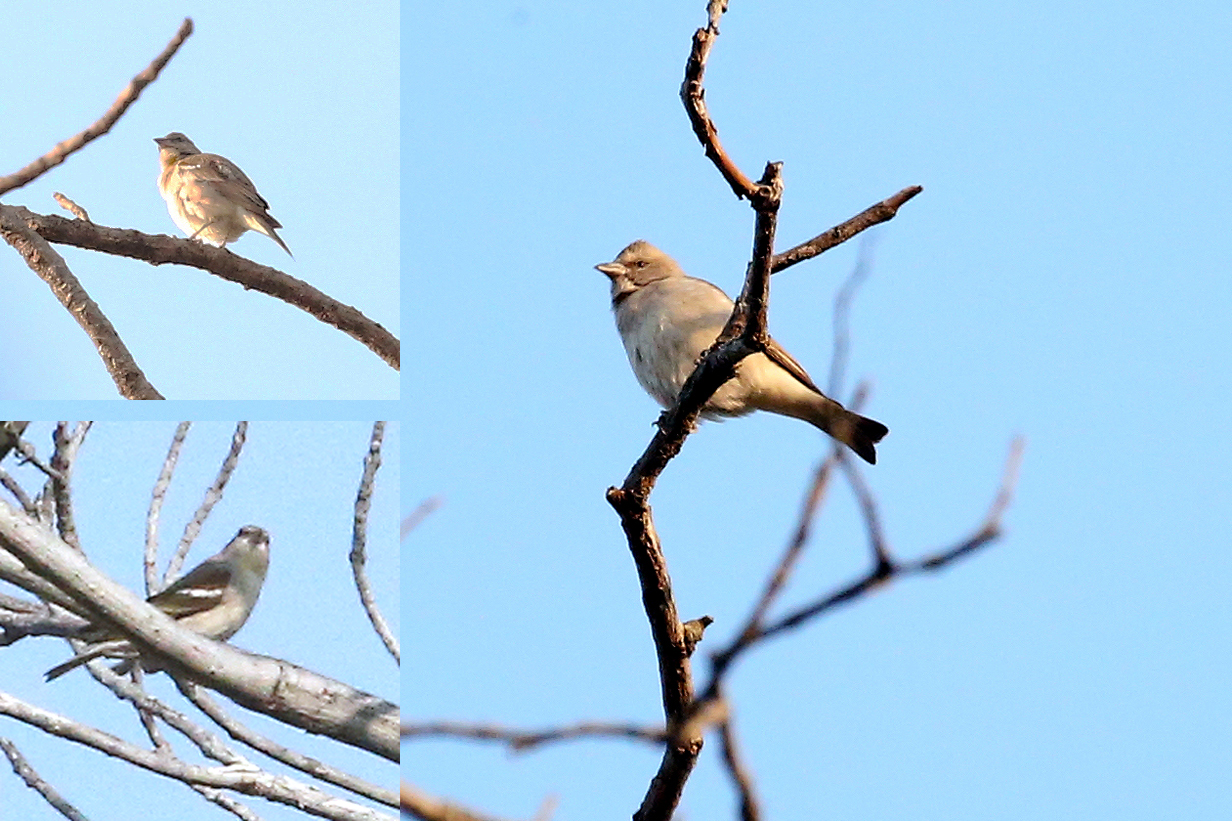
Chestnut-shouldered petronia (The narrow chestnut shoulder stripe is best seen in the inset pictures)
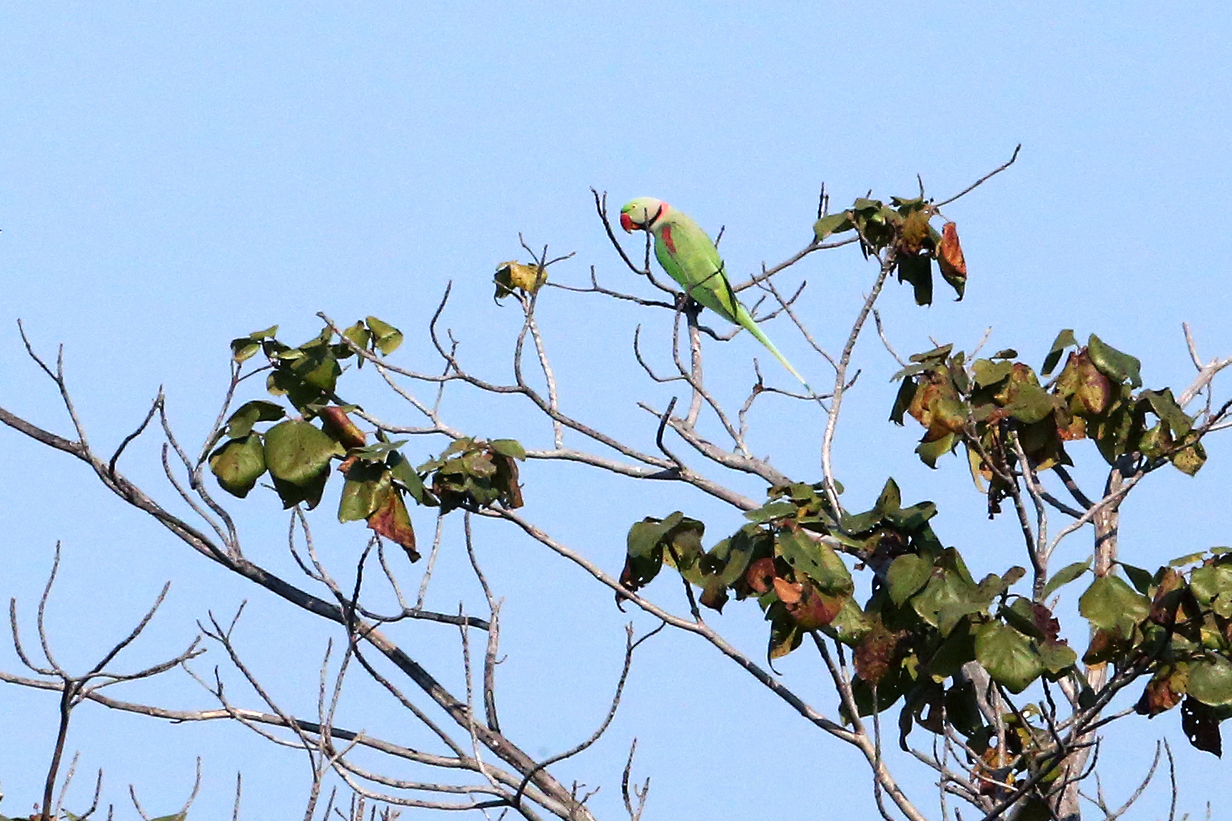
Alexandrine parakeet
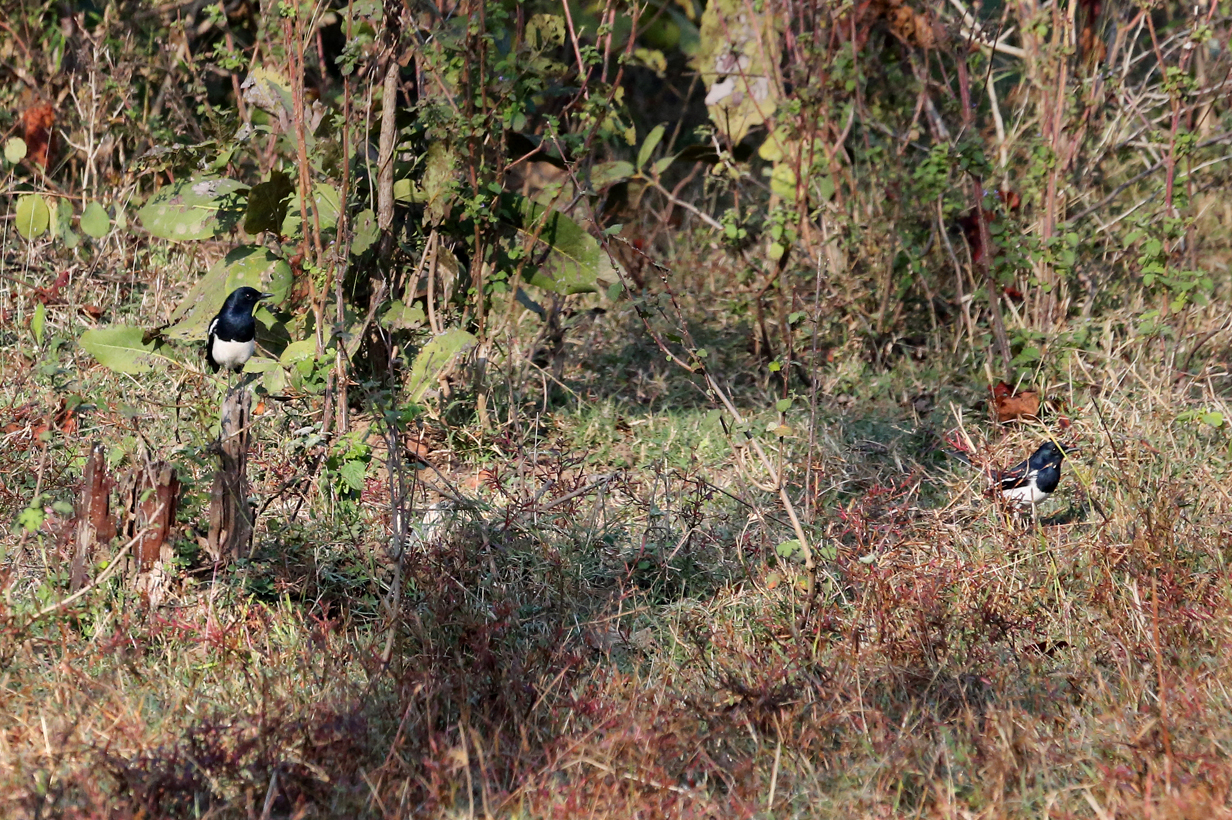
Oriental magpie-robin (males)
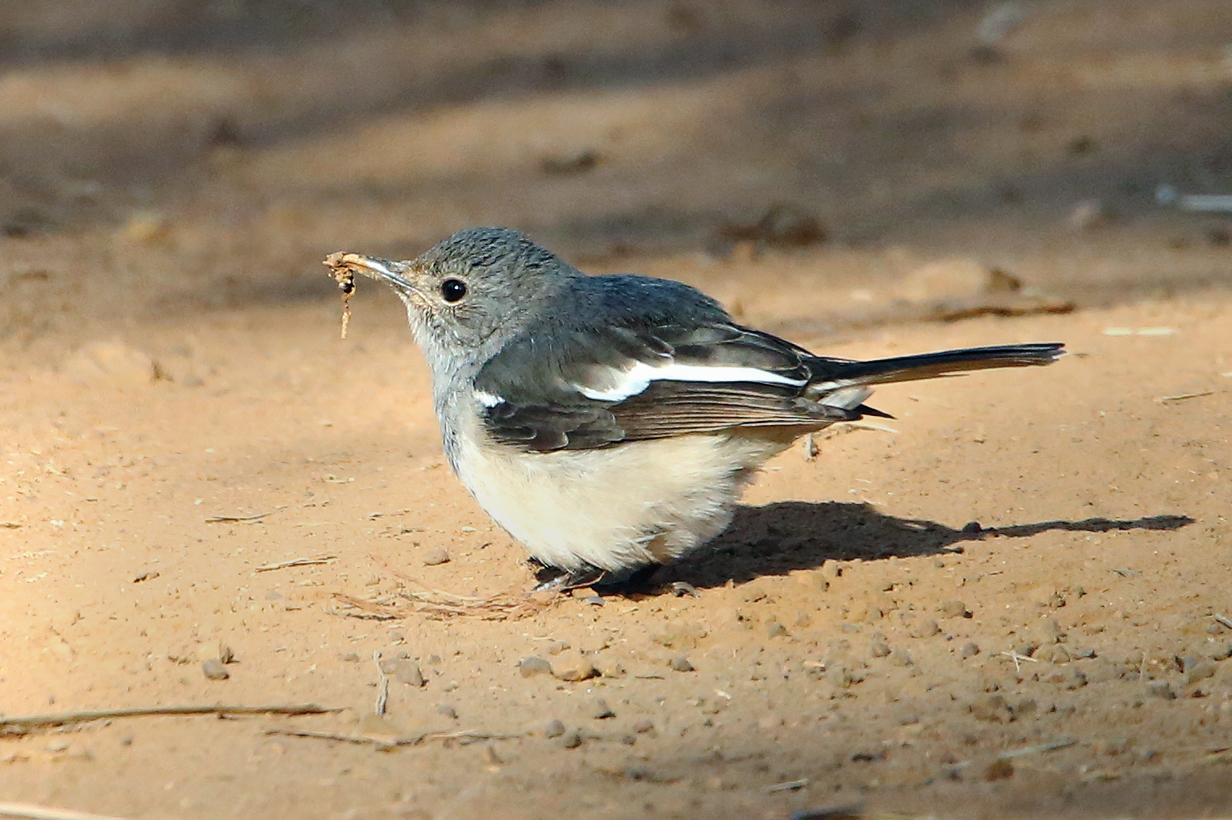
Oriental magpie-robin (female)
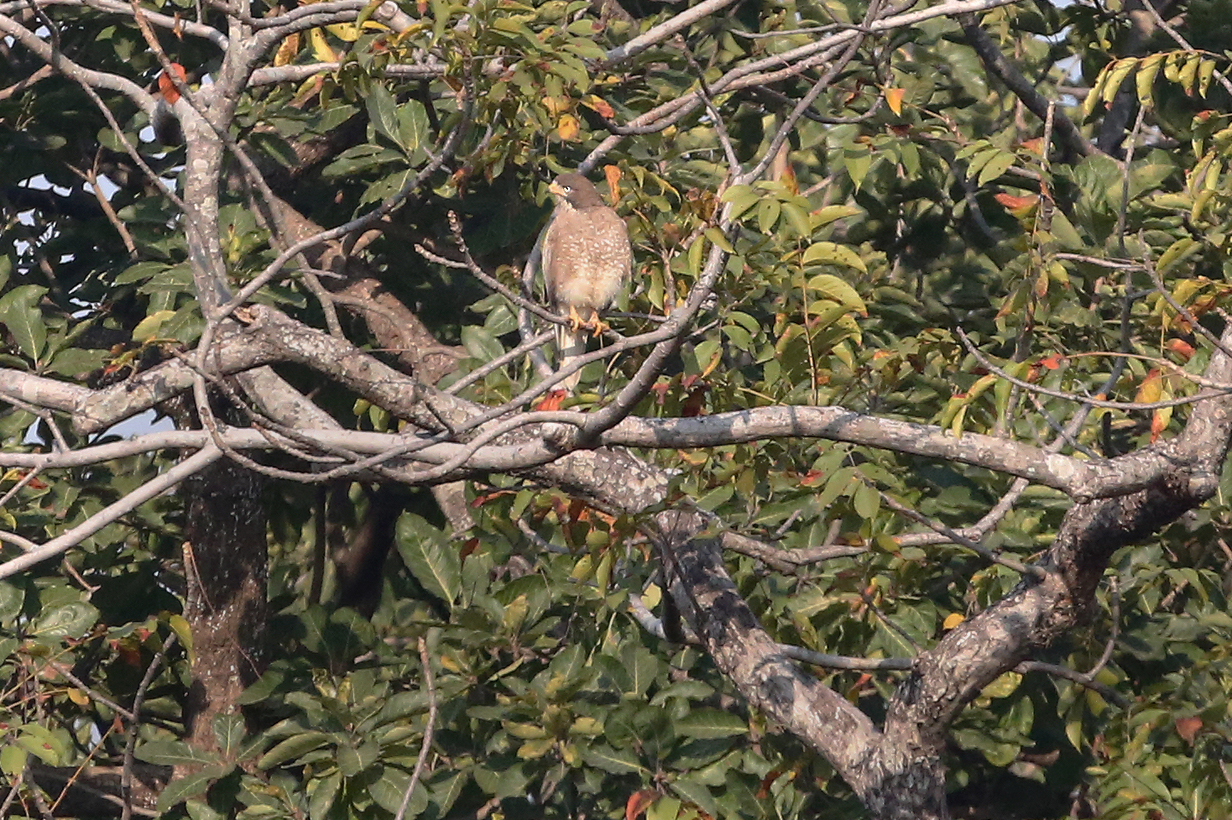
White-eyed buzzard (This is our life bird.)
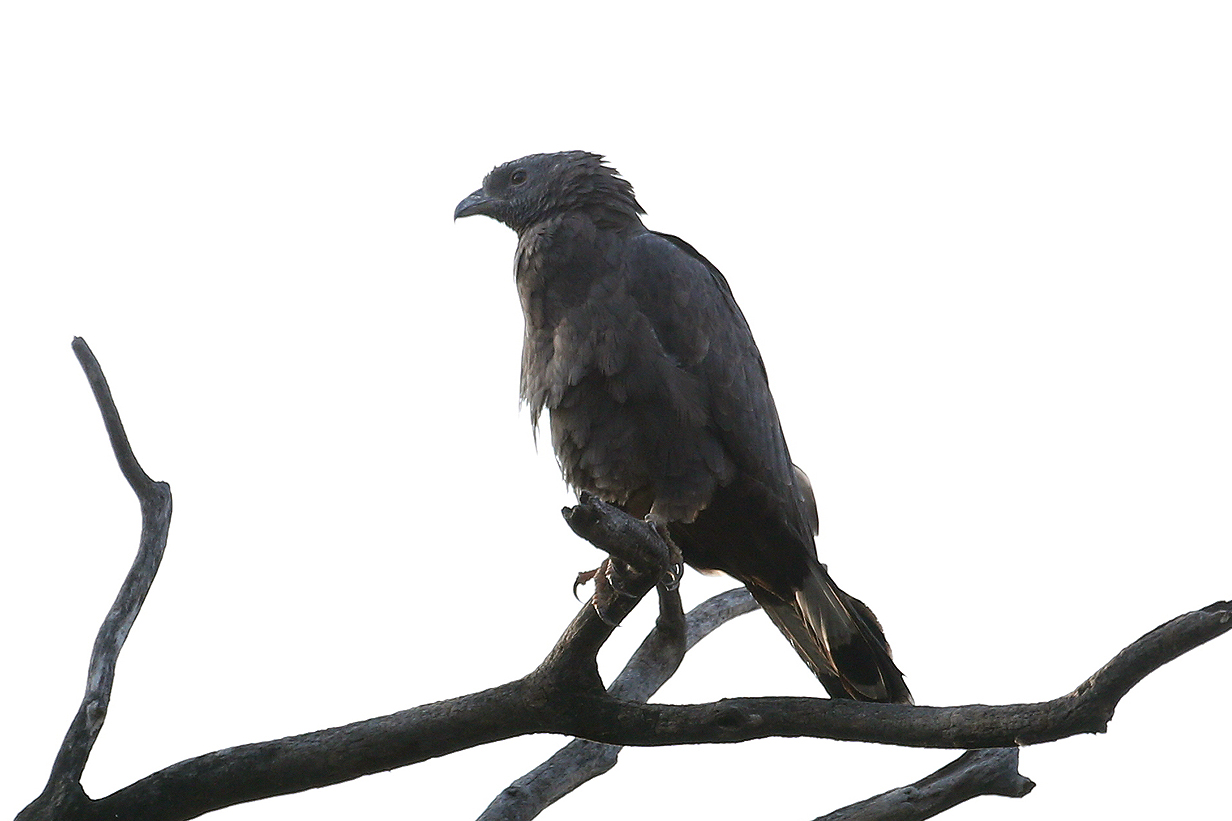
Oriental honey-buzzard (Juvenile)
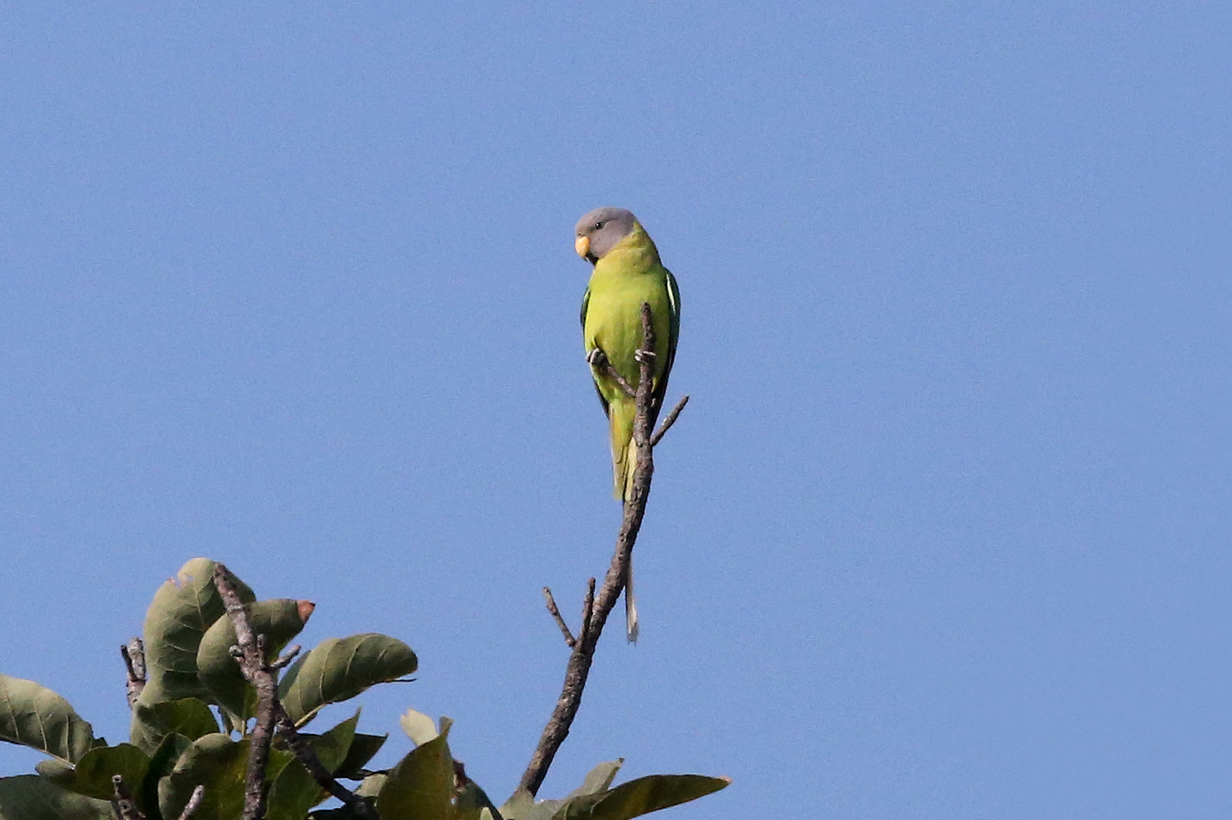
Plum-headed parakeet (female)
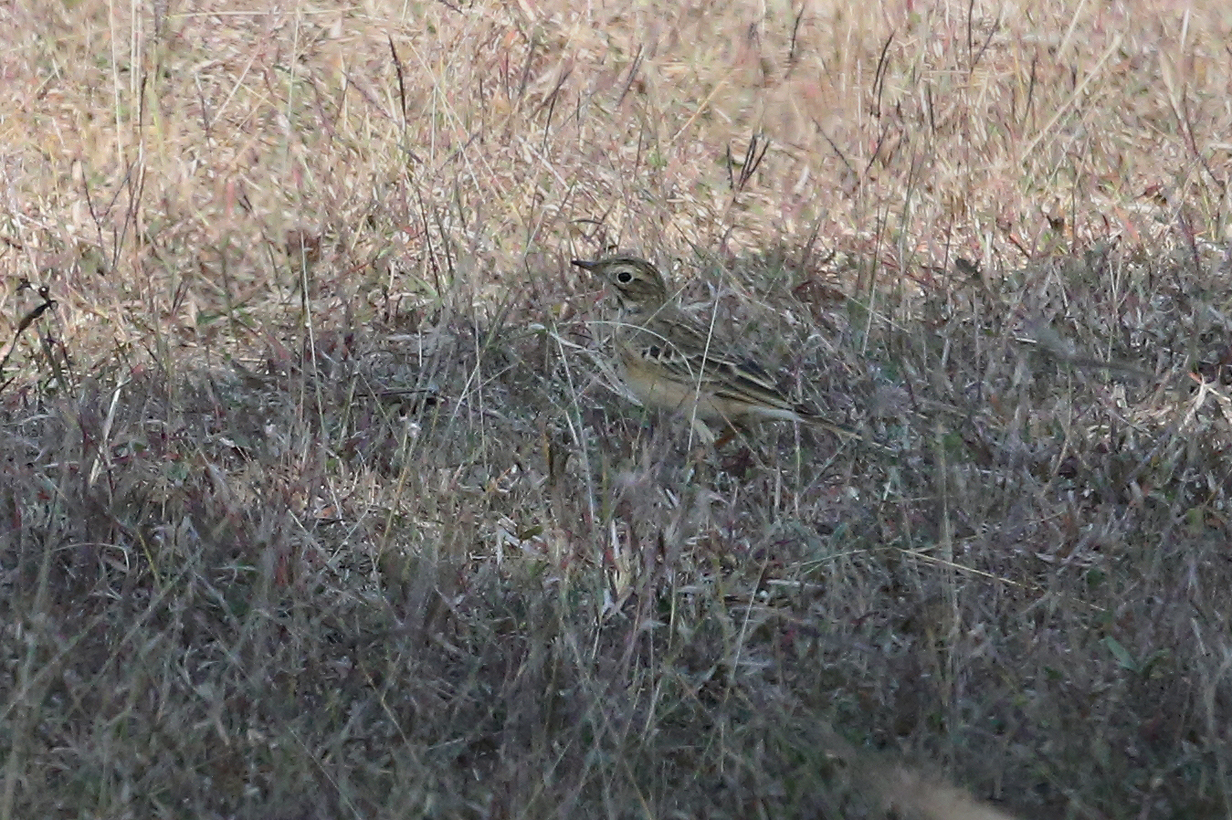
Paddyfield pipit (This is our life bird.)
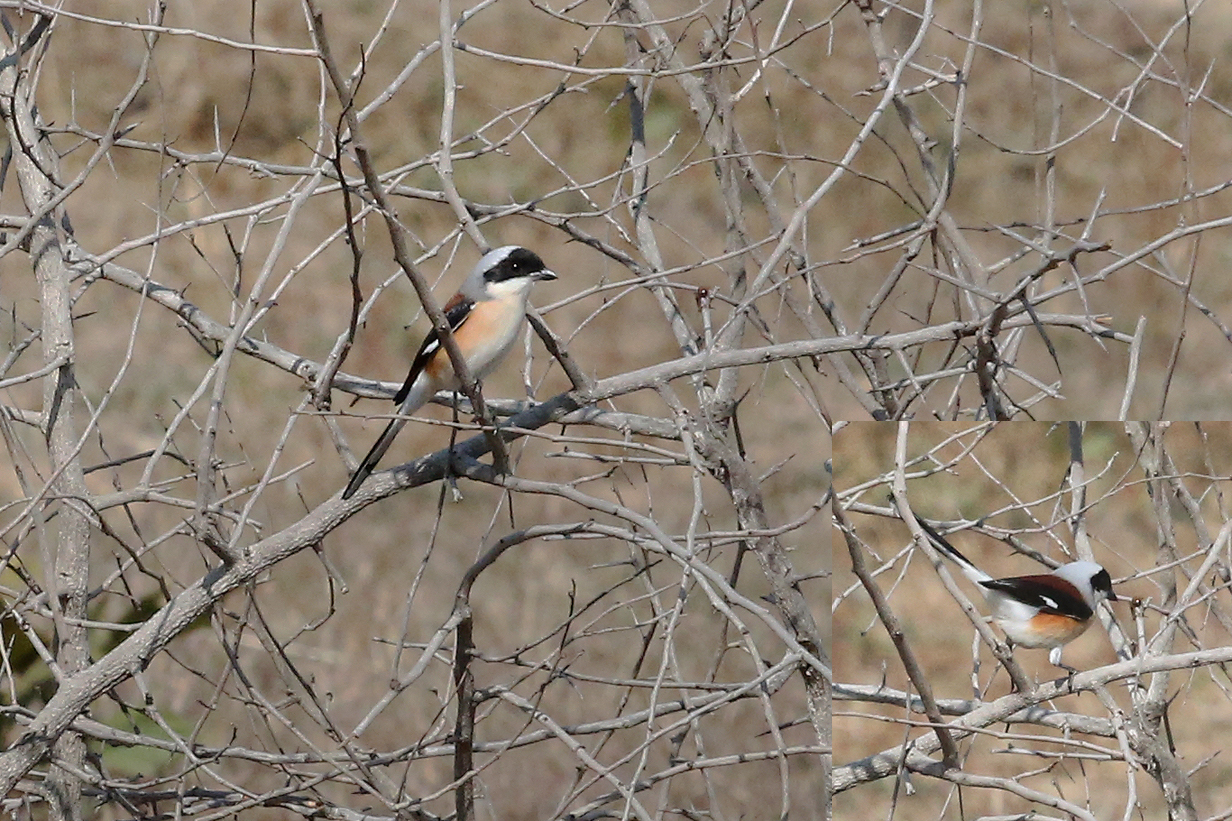
Bay-backed shrike
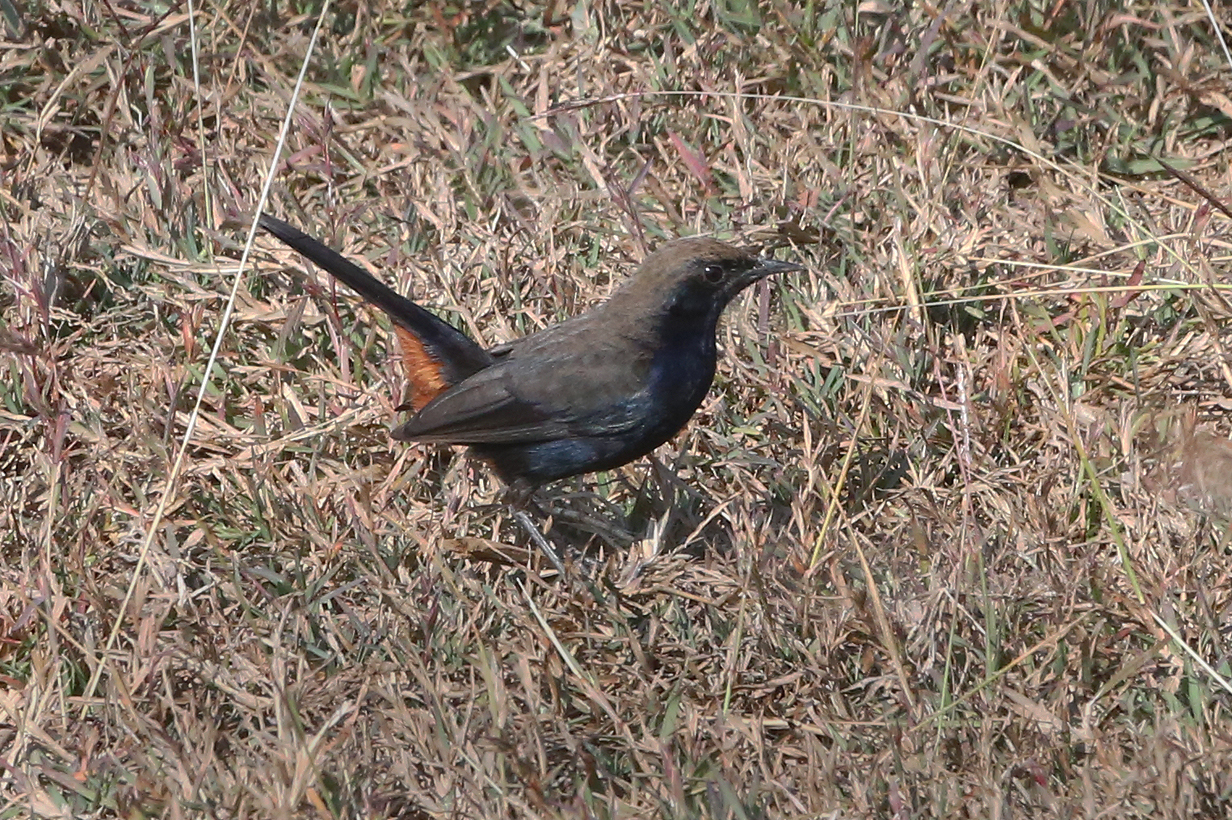
Indian robin

Brahminy starling
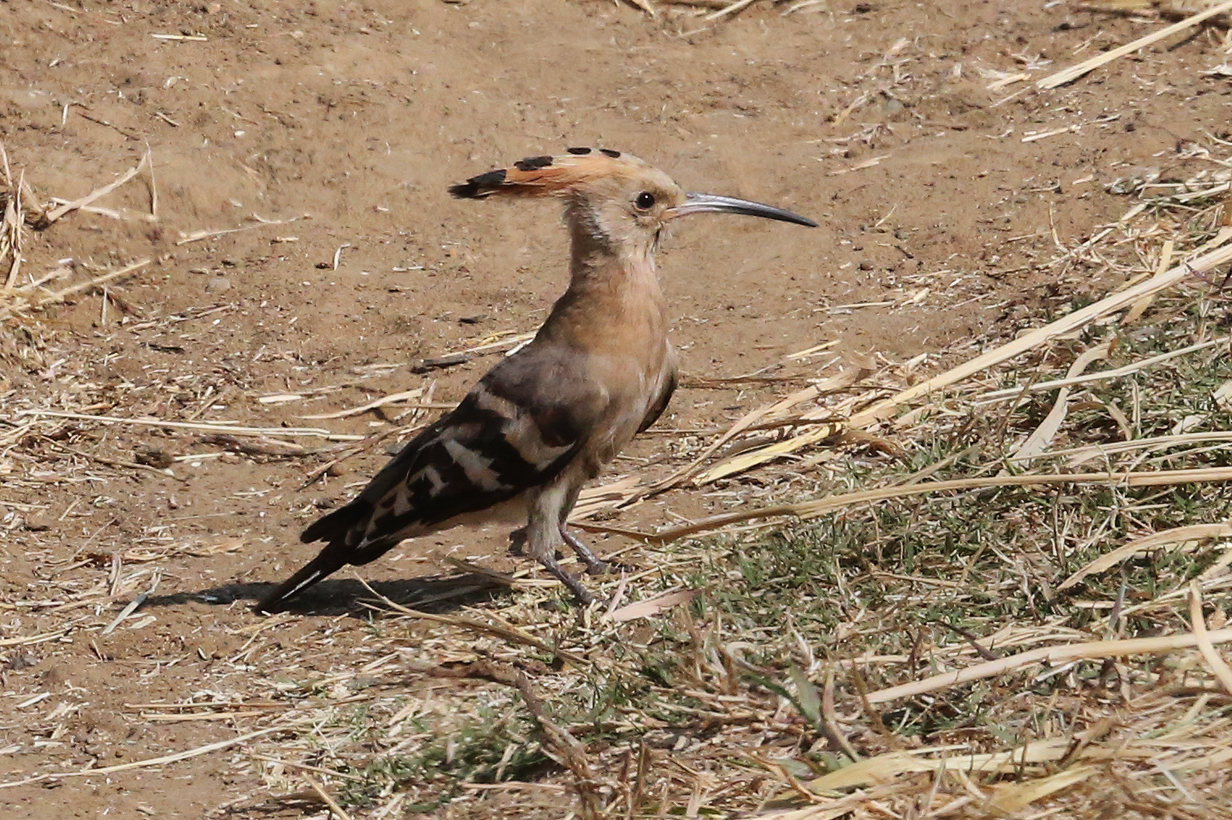
Common hoopoe
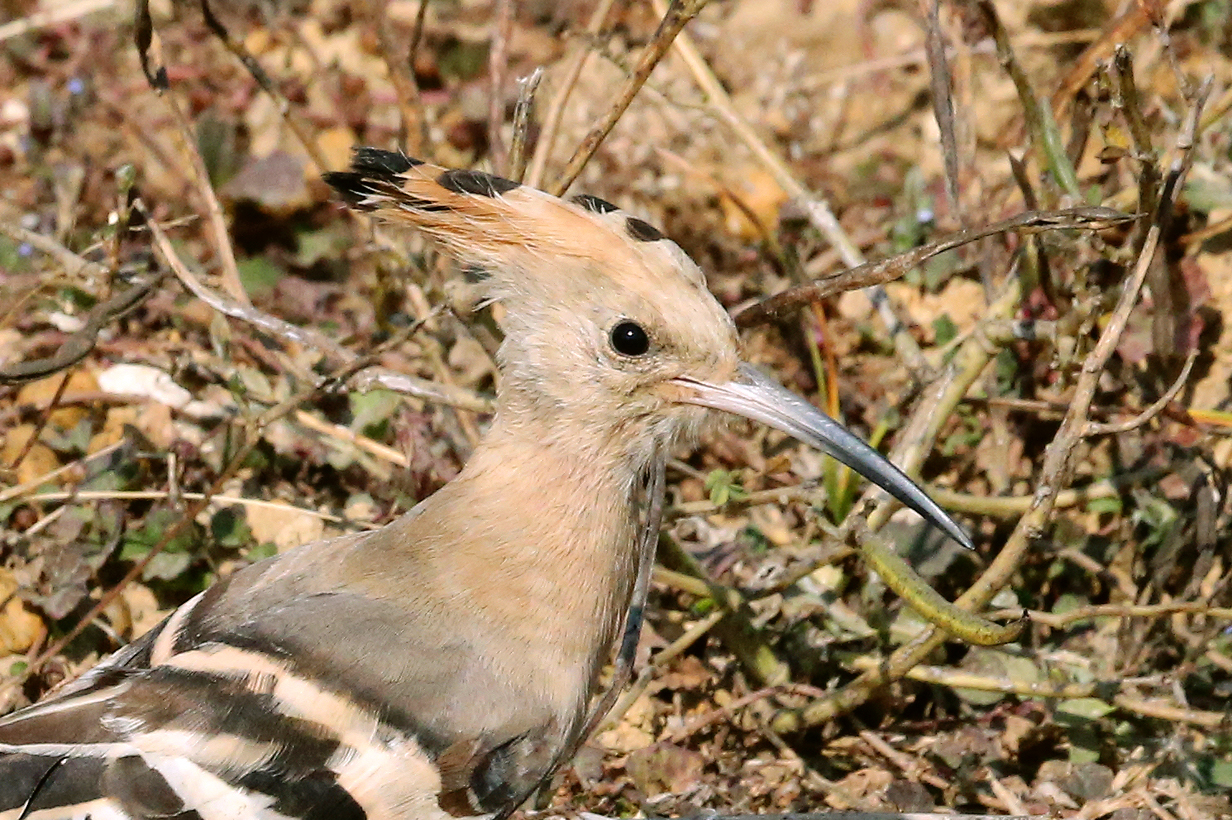
Common hoopoe

Spotted dove
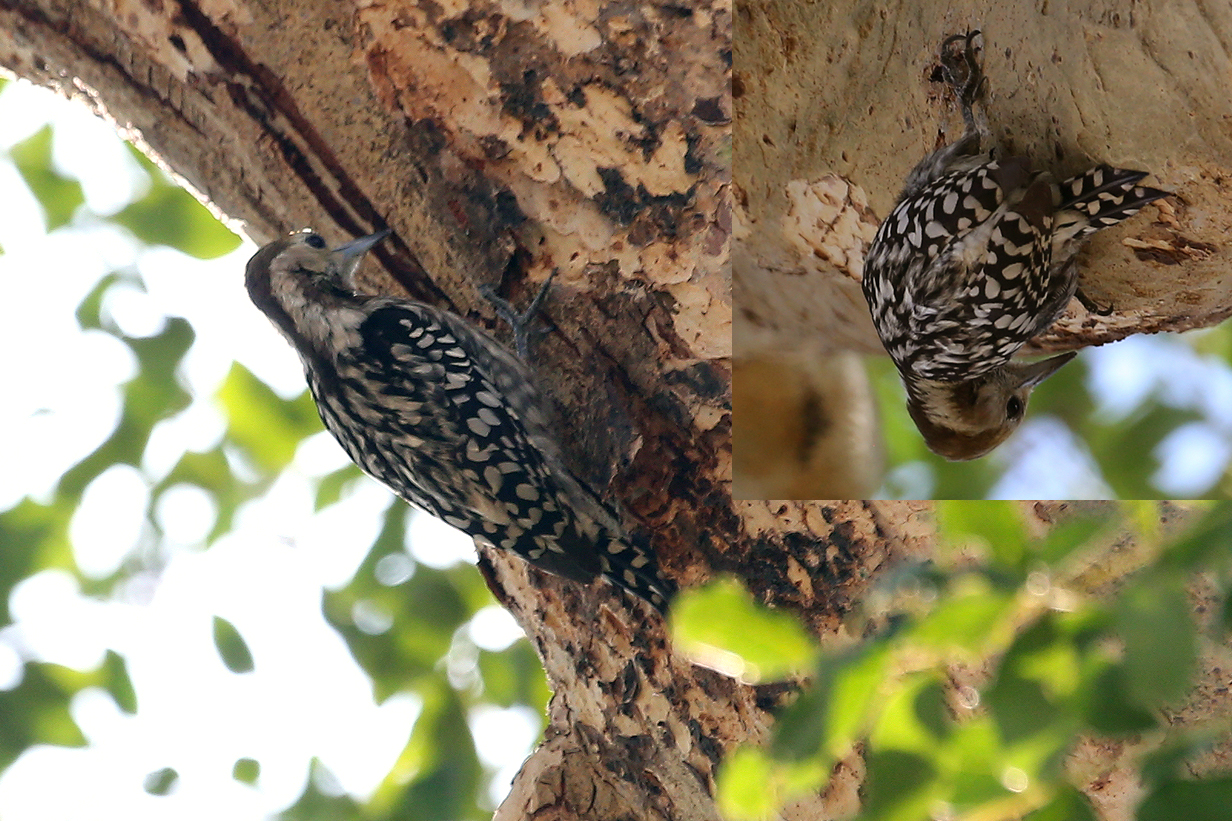
Yellow-crowned woodpecker (This is John's life bird, at the lodge outside of Tadoba Tiger Researve)
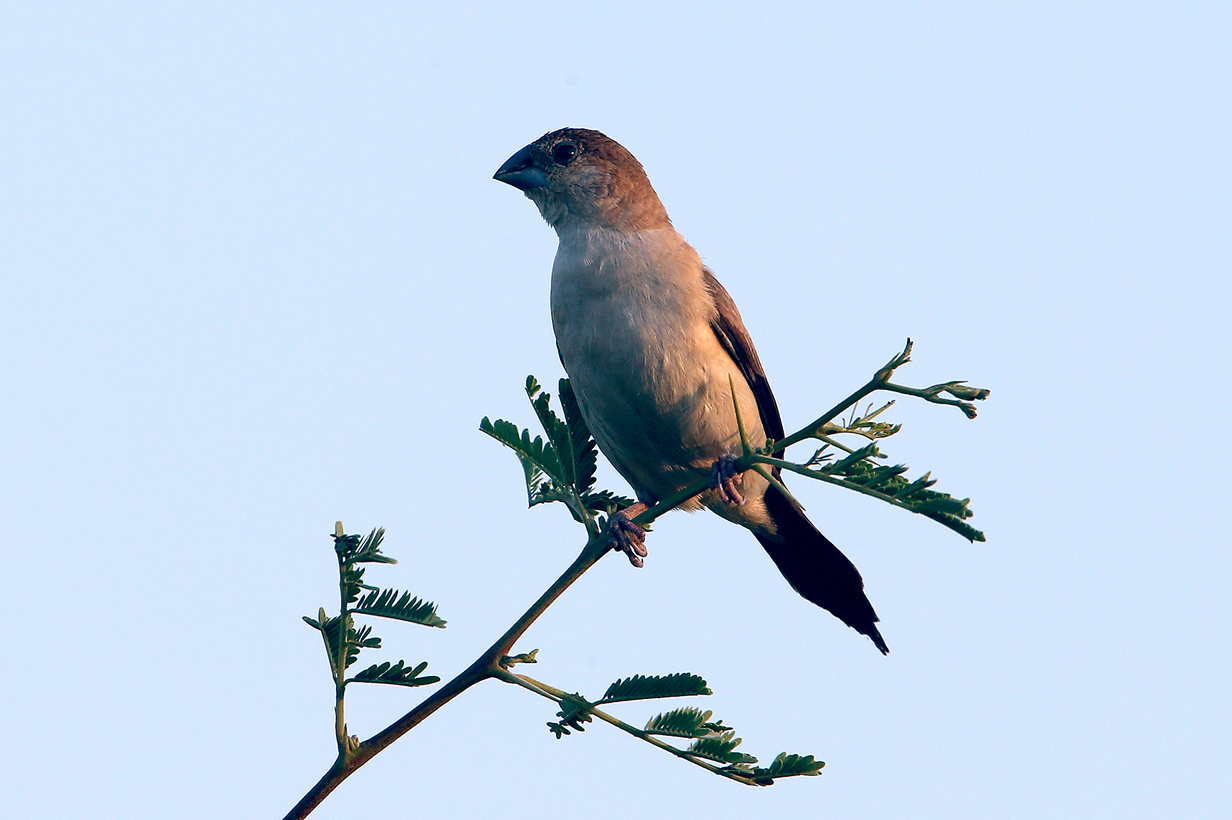
Indian Silverbill
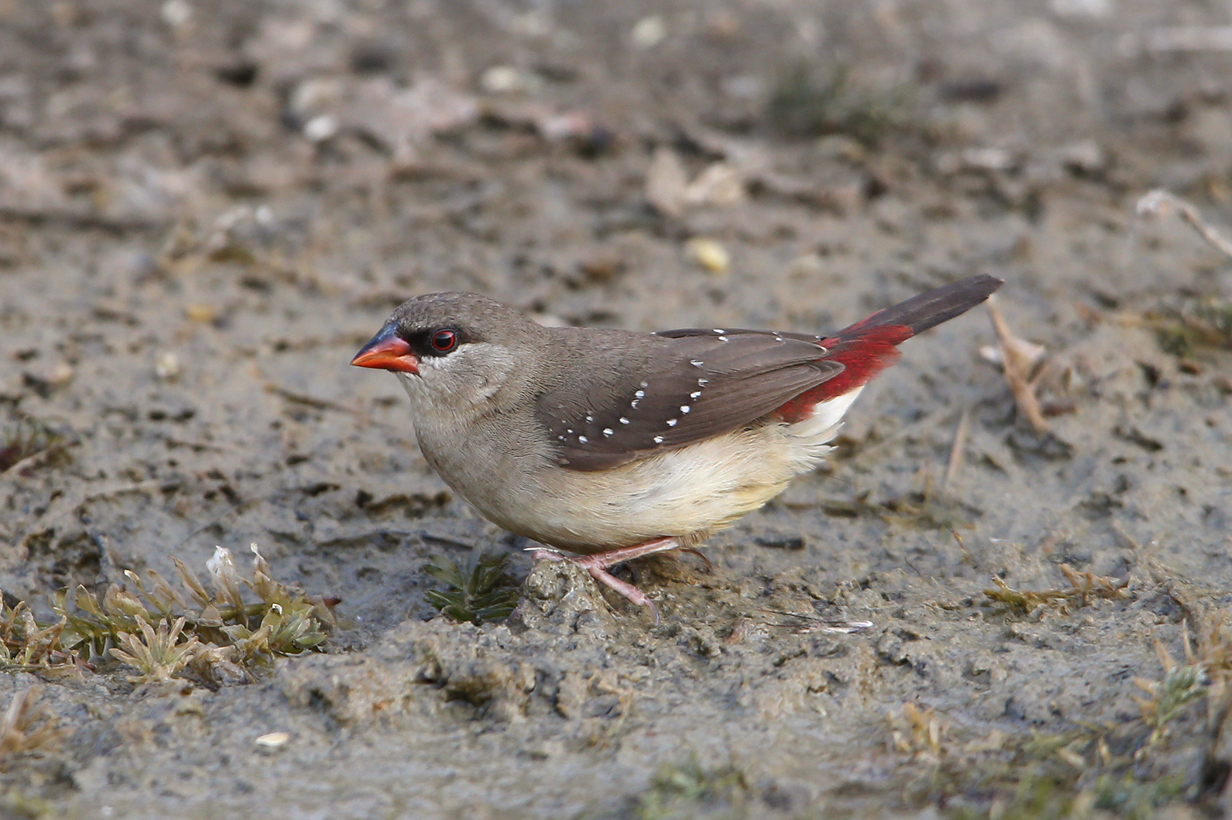

Red avadavat (female, at our lodge outside the park)
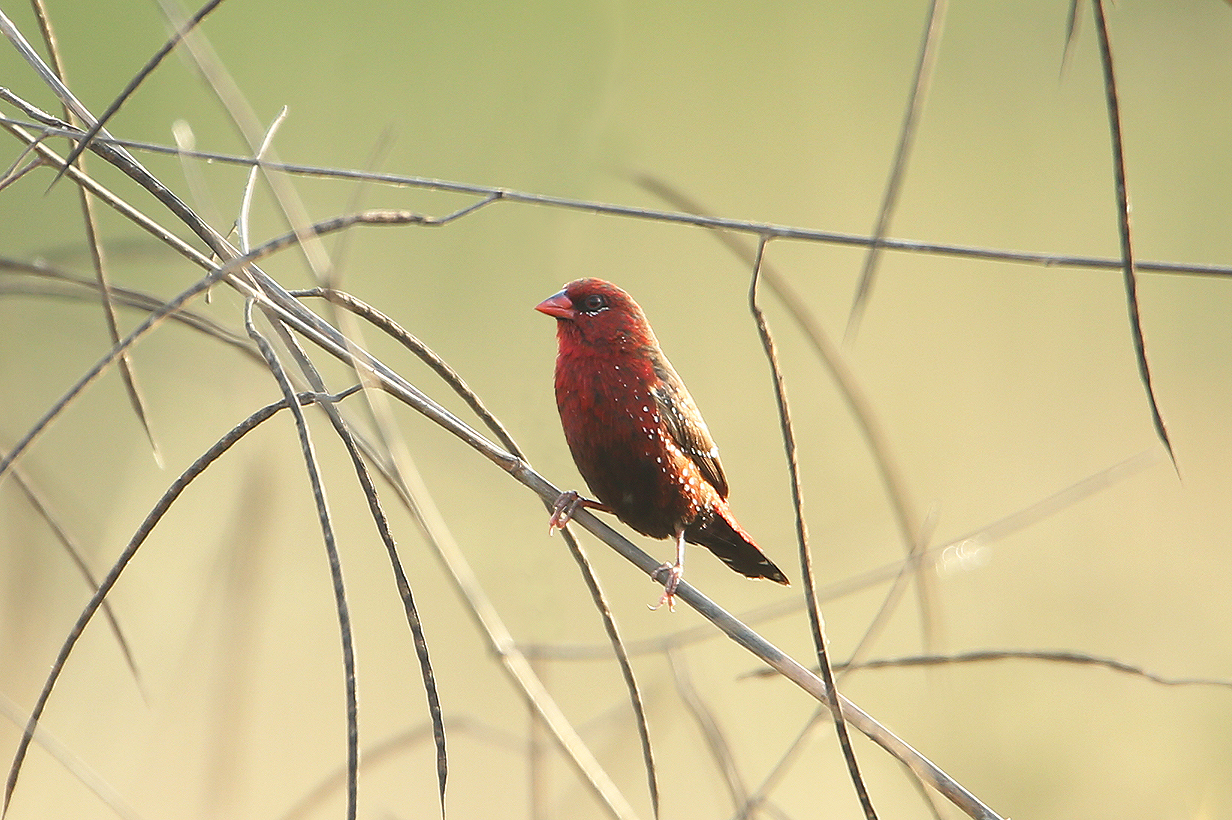
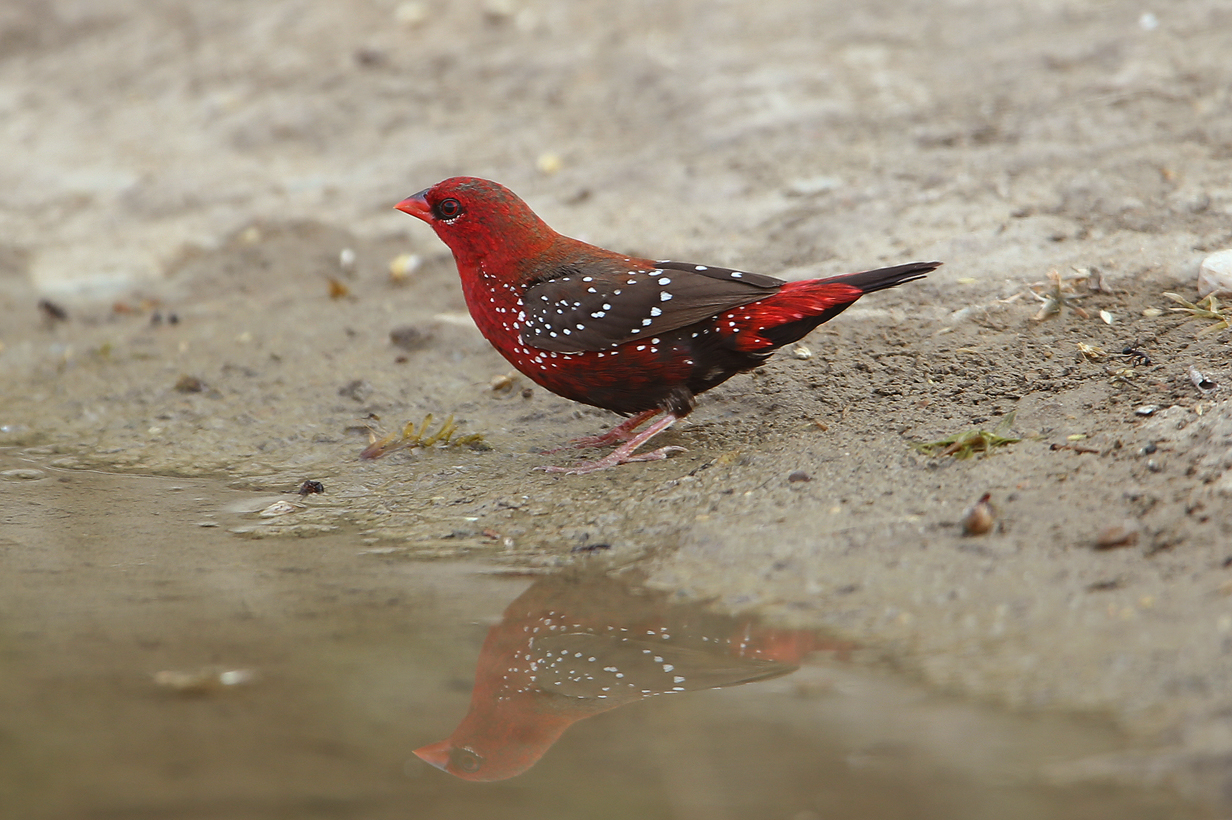
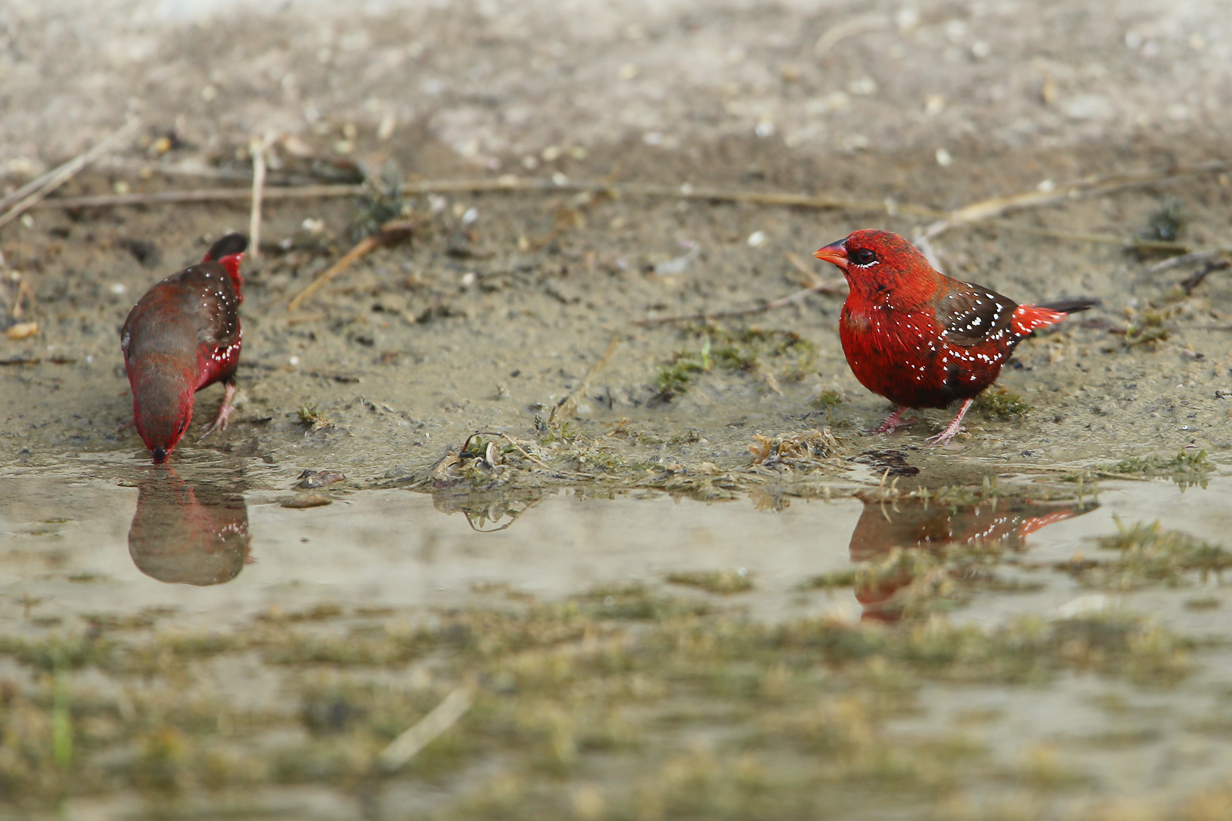

Red avadavat (male, at our lodge outside the park)
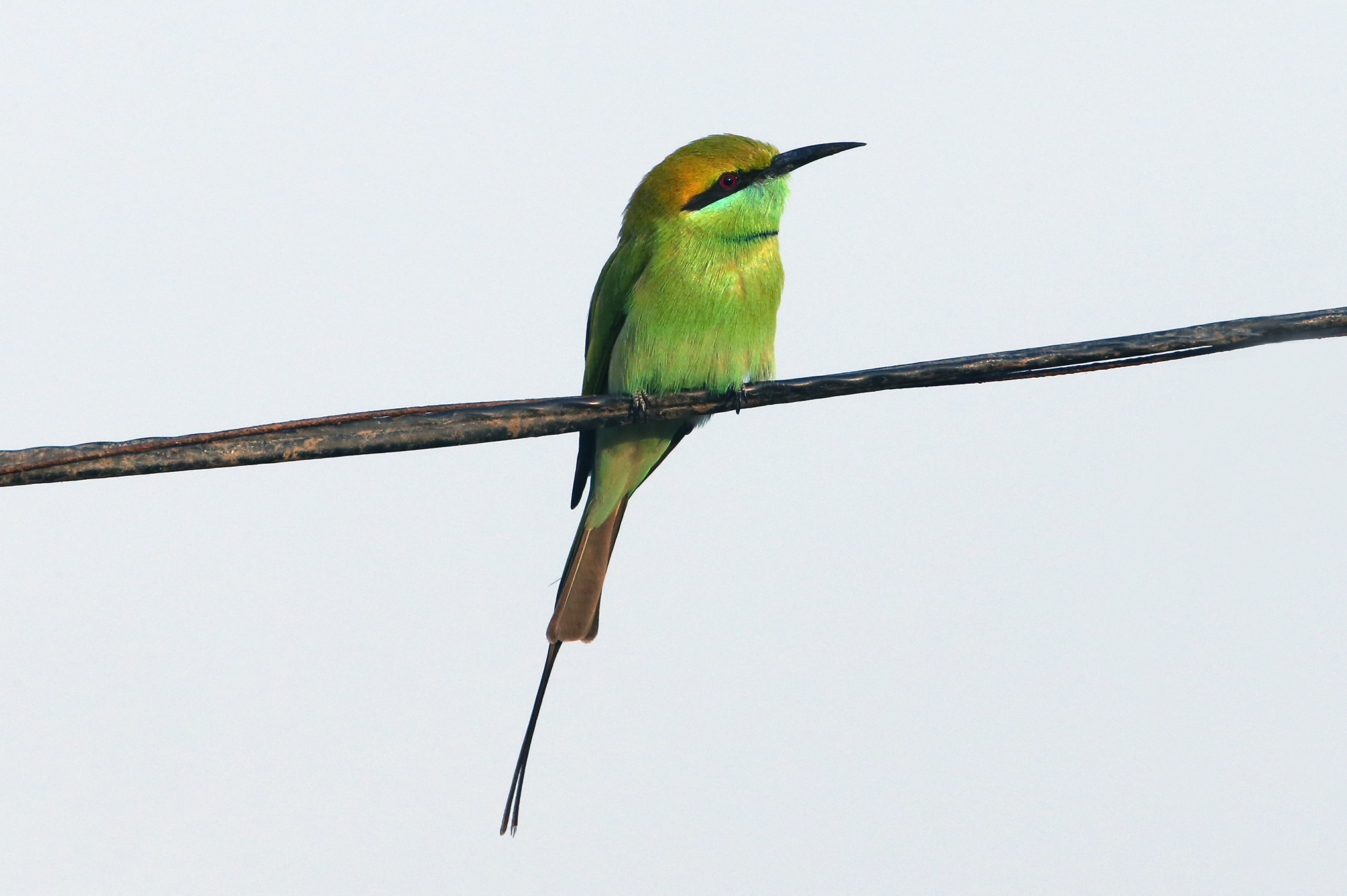
Green bee-eater (at our lodge outside the park)
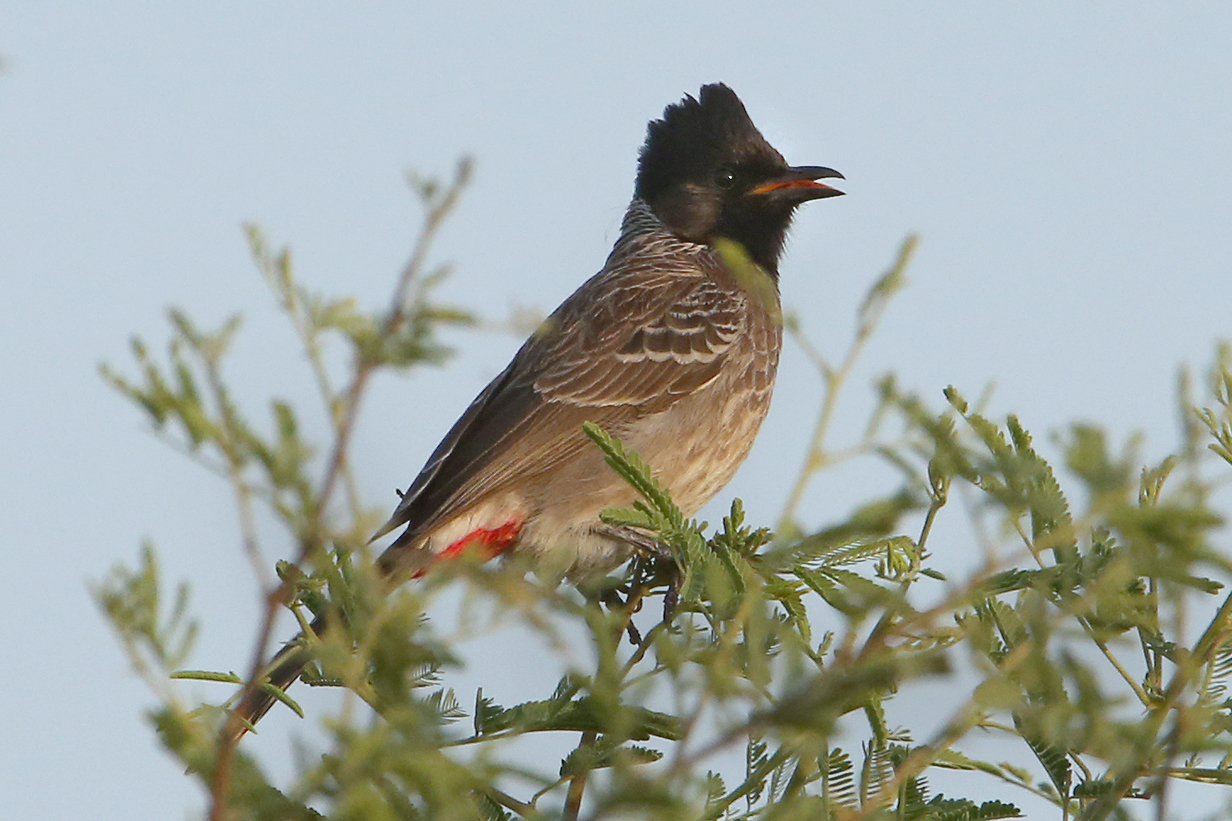

Red-vented bulbul
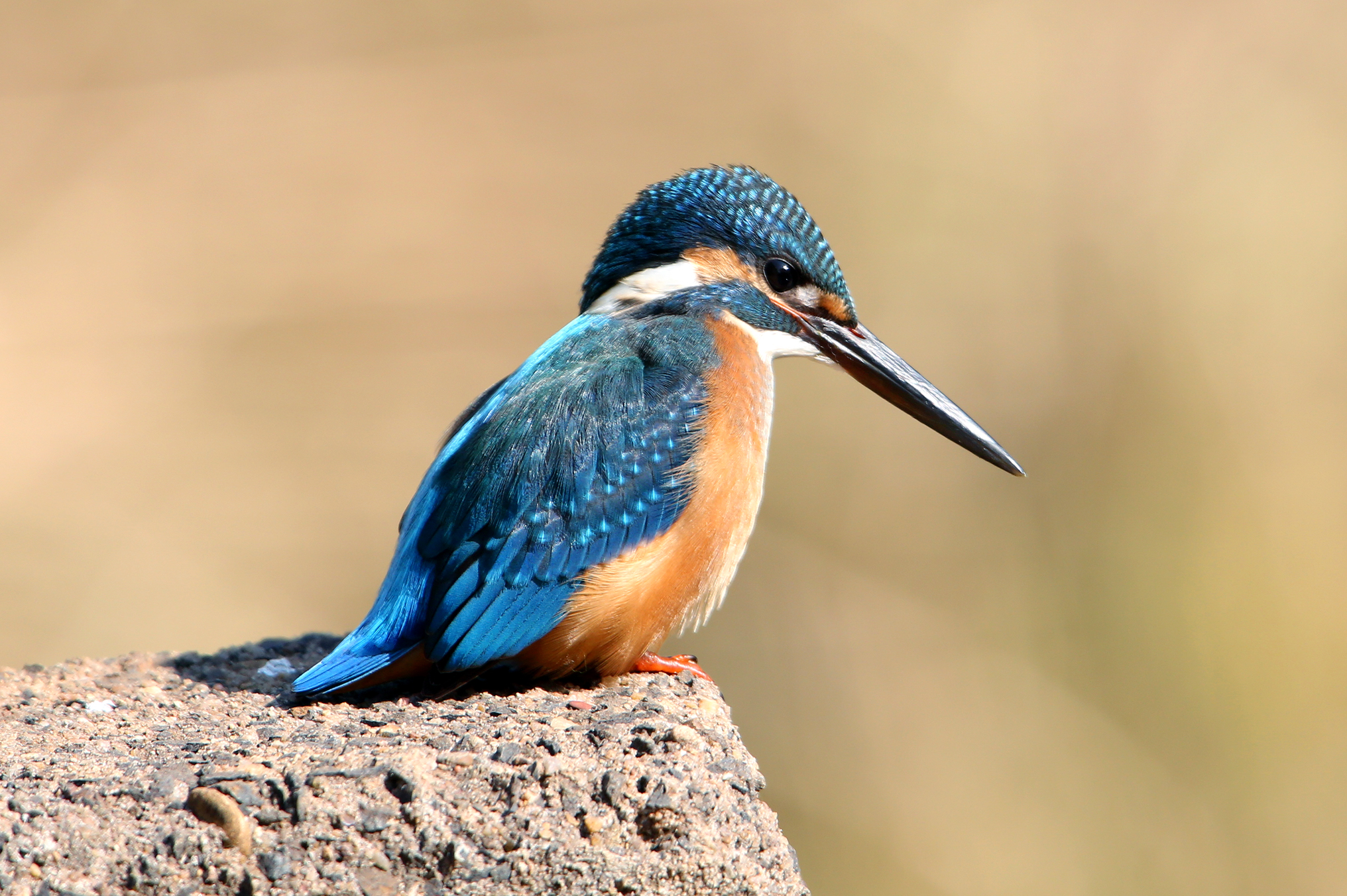
Eurasian kingfisher (Tadoba Tiger Reserve, central India)
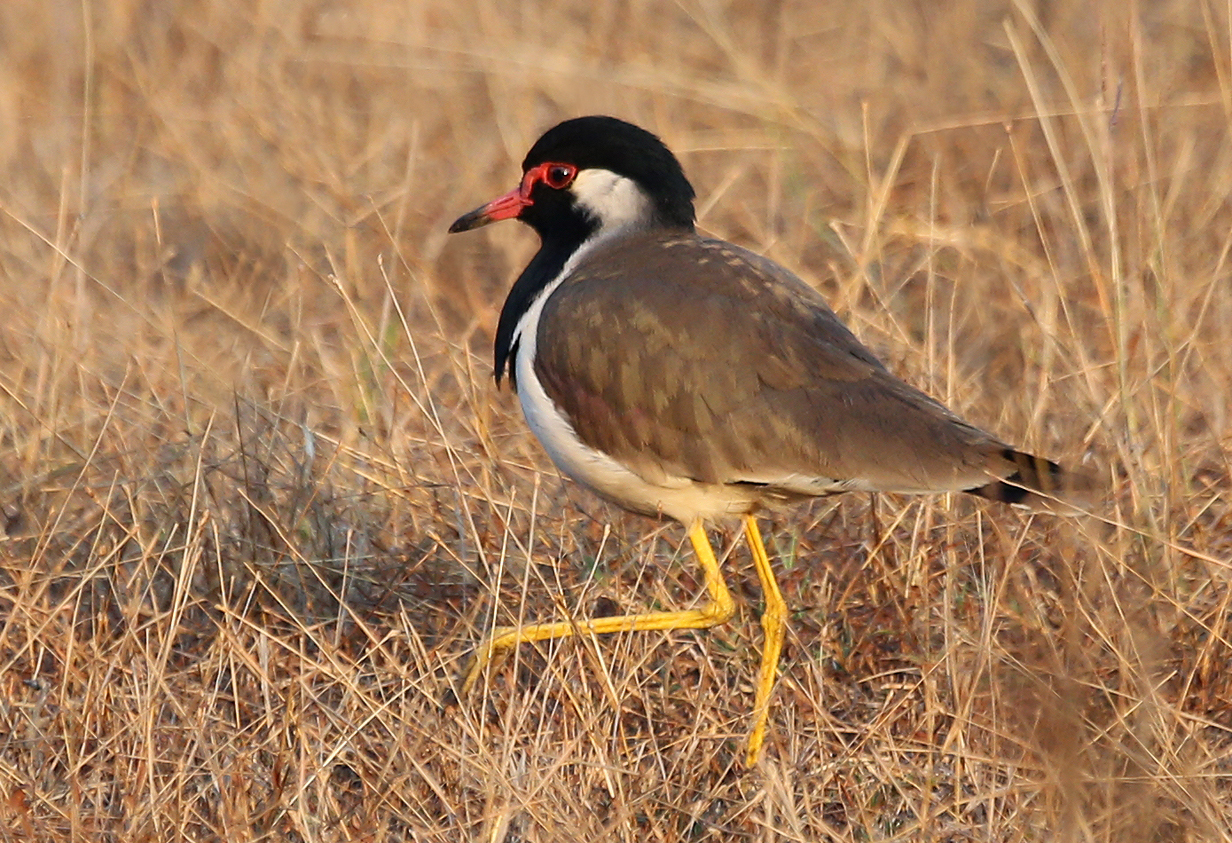
Red-wattled lapwing
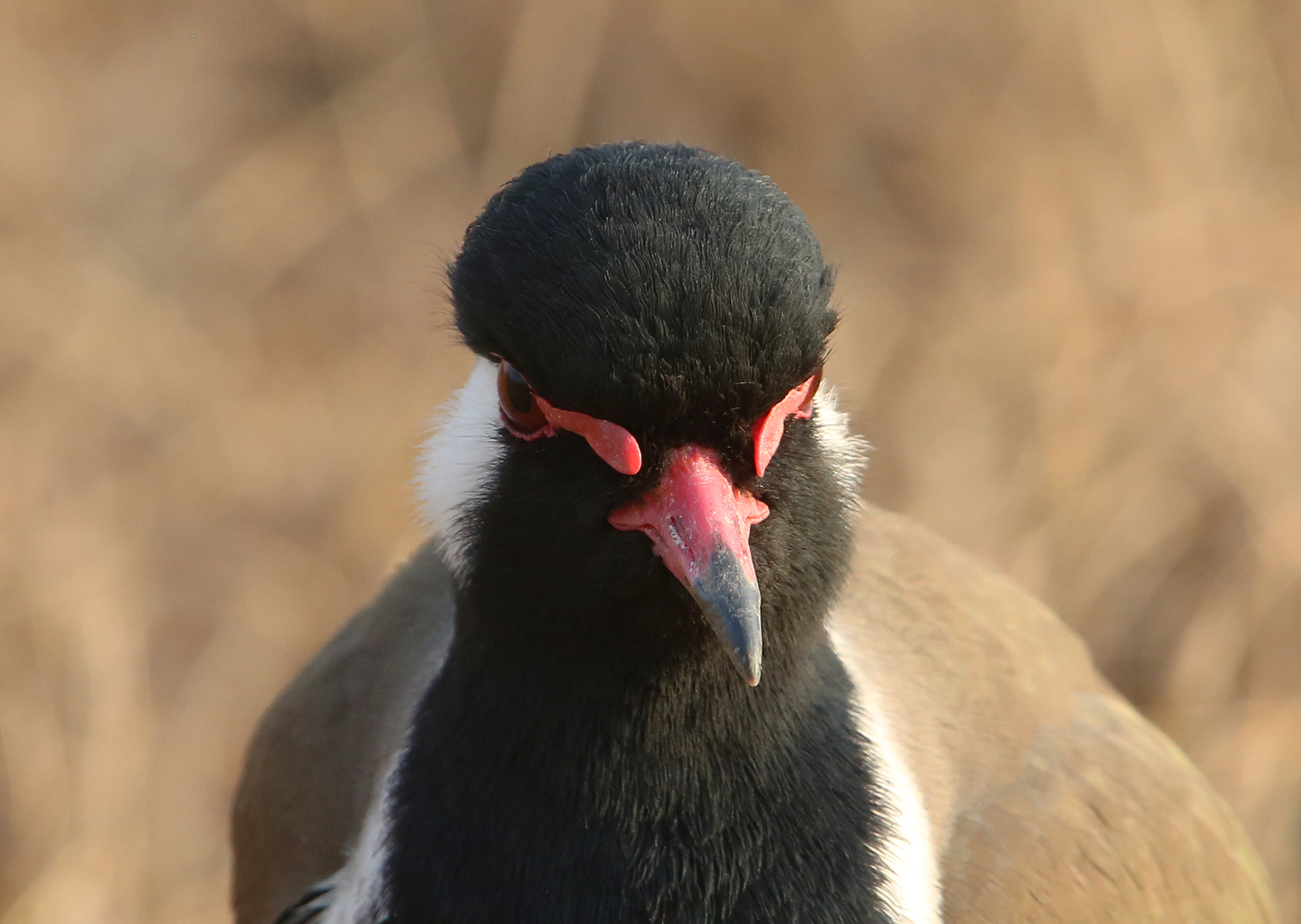

Red-wattled lapwing
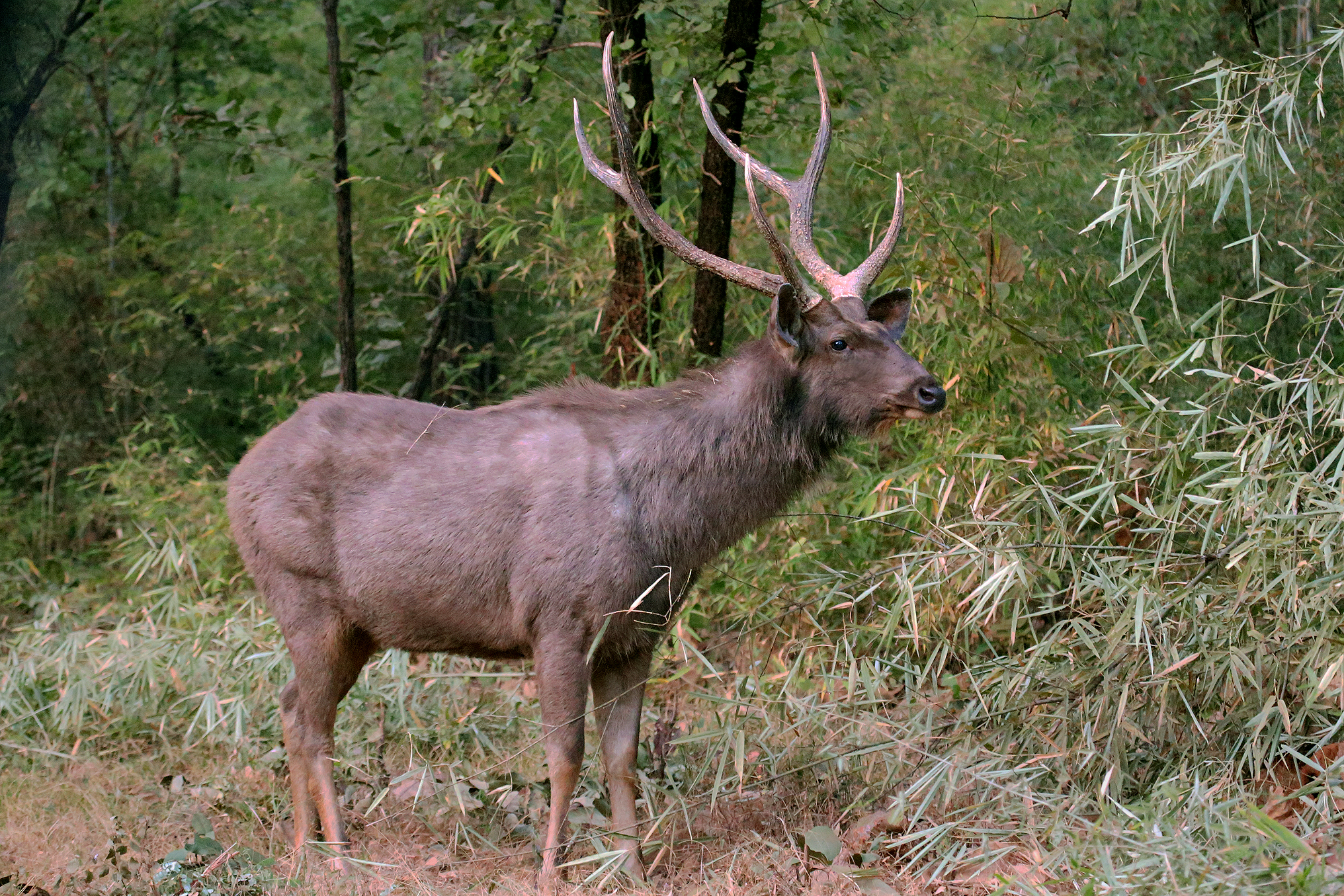
Sambar deer
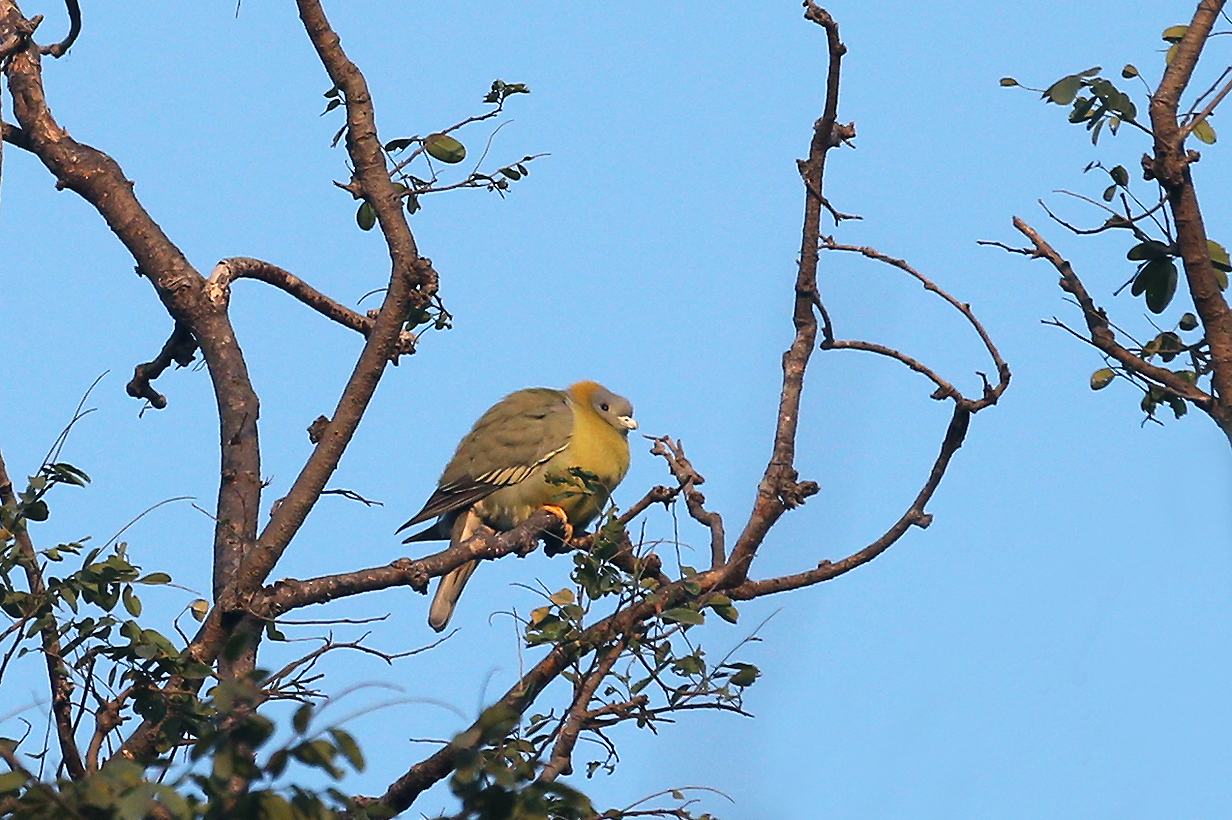
Yellow-footed (green) pigeon (There is another picture near the start of the trip.)
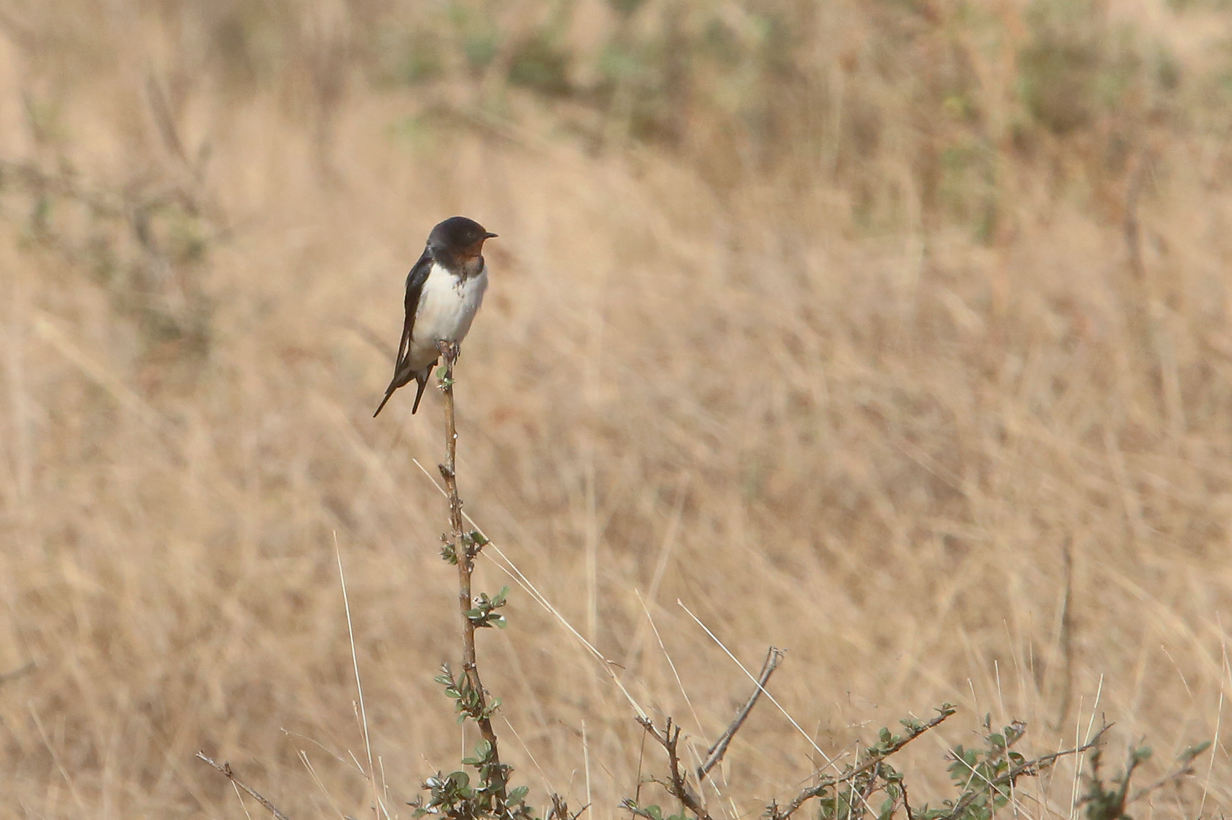
Barn swallow
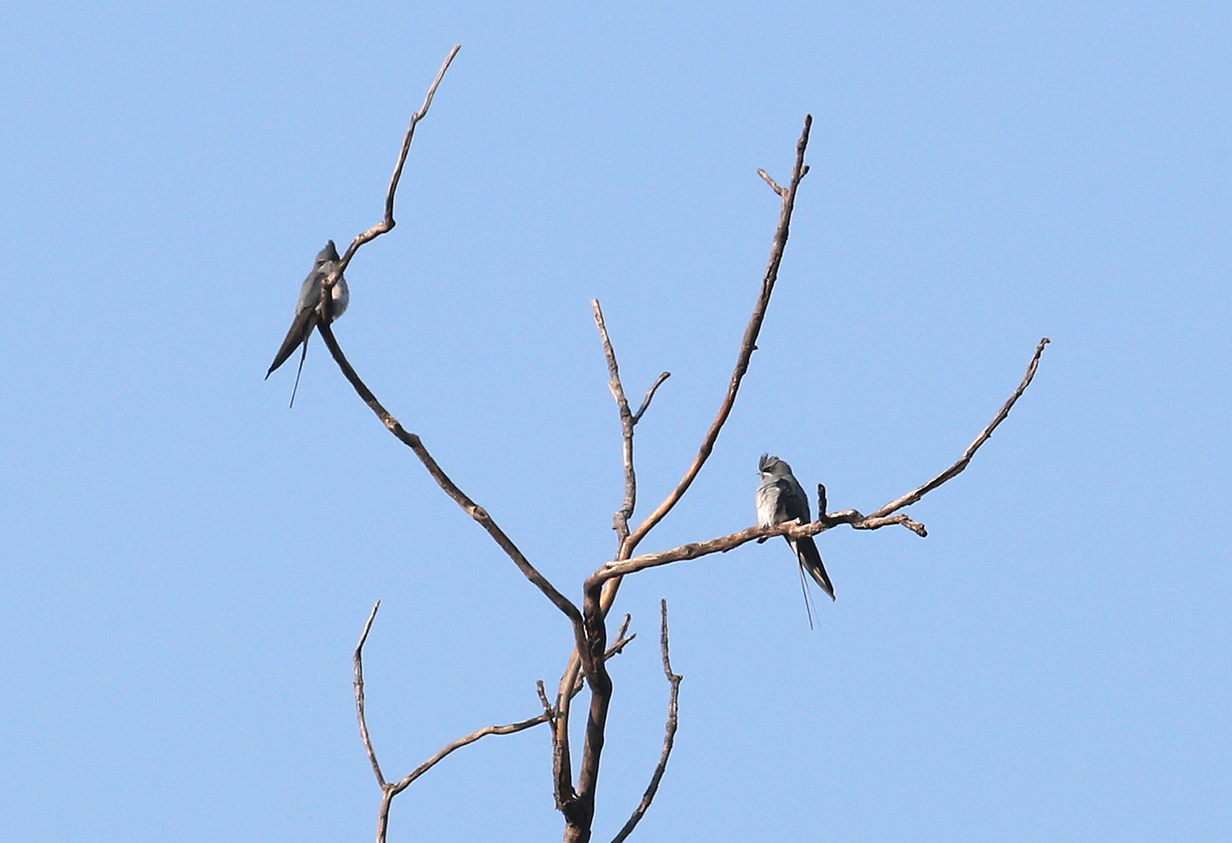
Crested treeswift (Panbari Tiger Reserve)
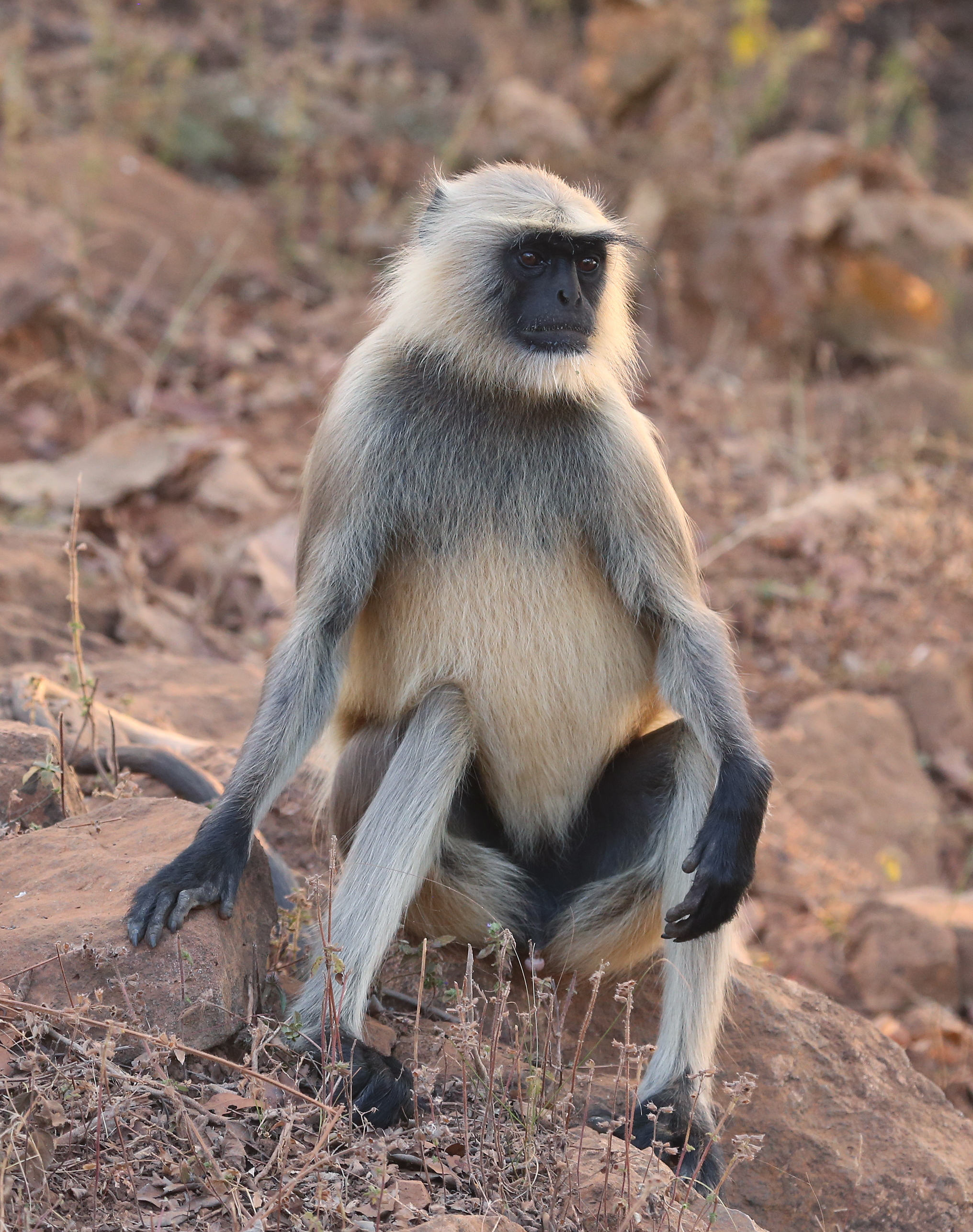
Langmur monkey (Panbari Tiger Researve)
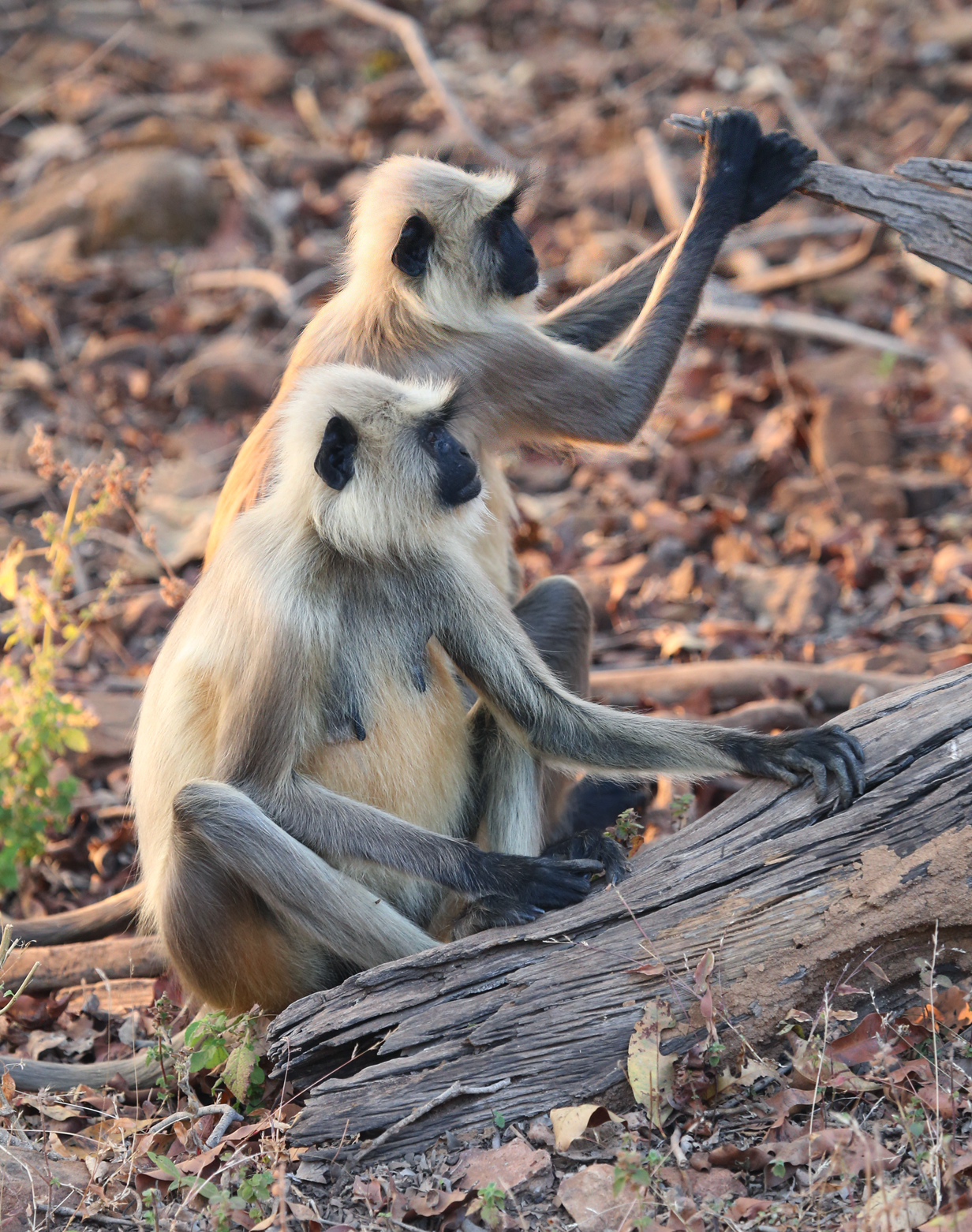
Langmur monkey (Panbari Tiger Researve)

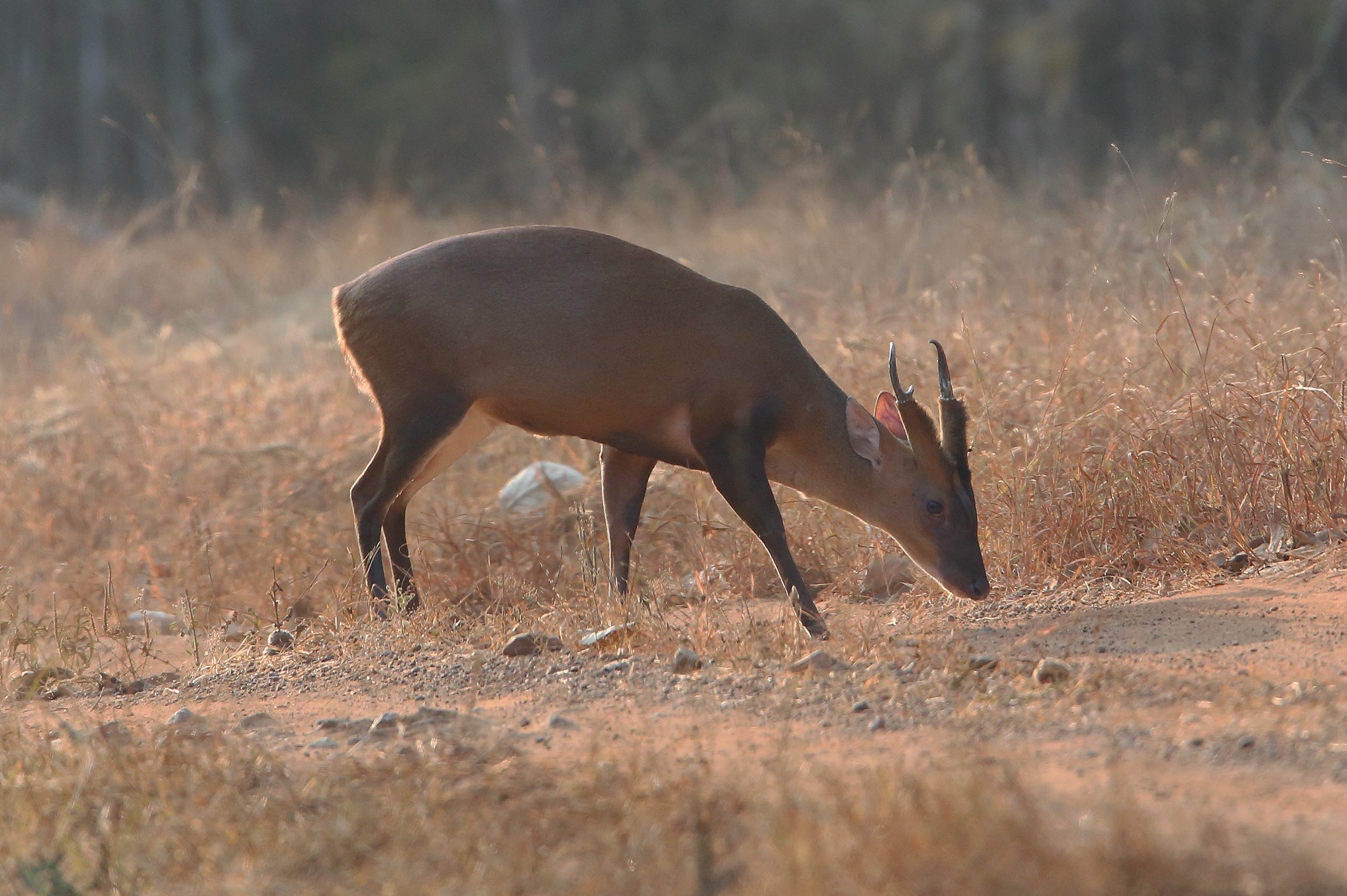
Muntjac or Barking deer (This is the oldest known deer species; dating back 15 - 35 million years, according to Wikipedia. Further quoting Wikipedia, "Muntjacs are of great interest in evolutionary studies because of their dramatic chromosome variations and the recent discovery of several new species. The Indian muntjac (Muntiacus muntjak) is the mammal with the lowest recorded chromosome number: The male has a diploid number of 7, the female only 6 chromosomes." This picture is from Panbari Tiger Reserve.)
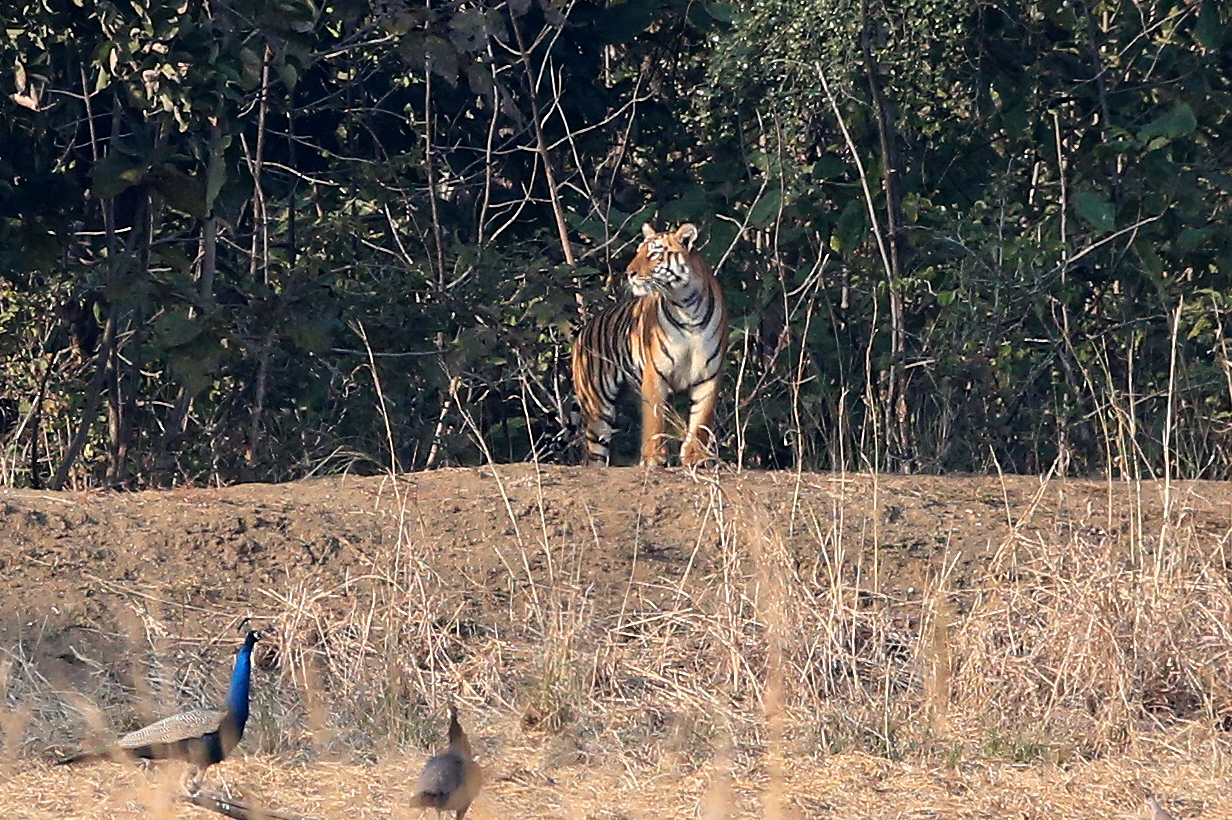
This is Maya, a 4 1/2 - year -old tigress that we saw at Tadoba Tiger Reserve

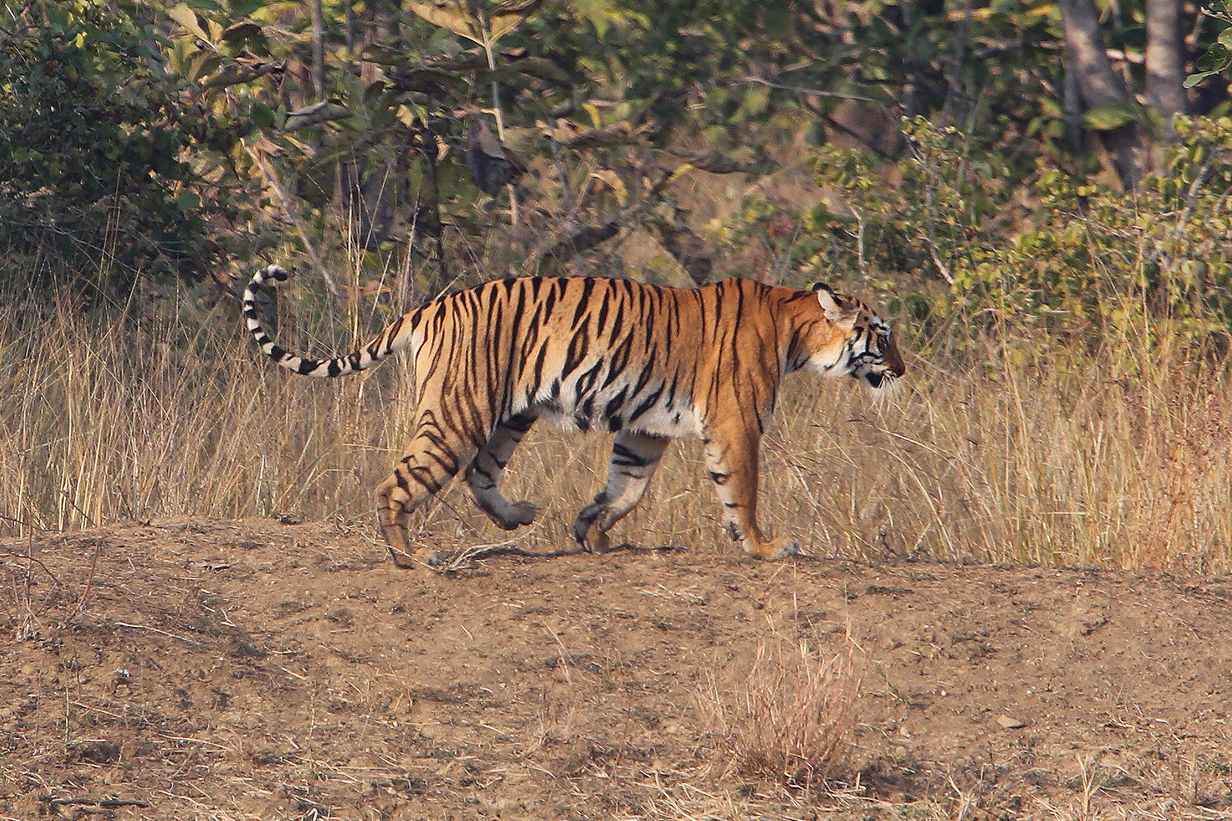
Maya
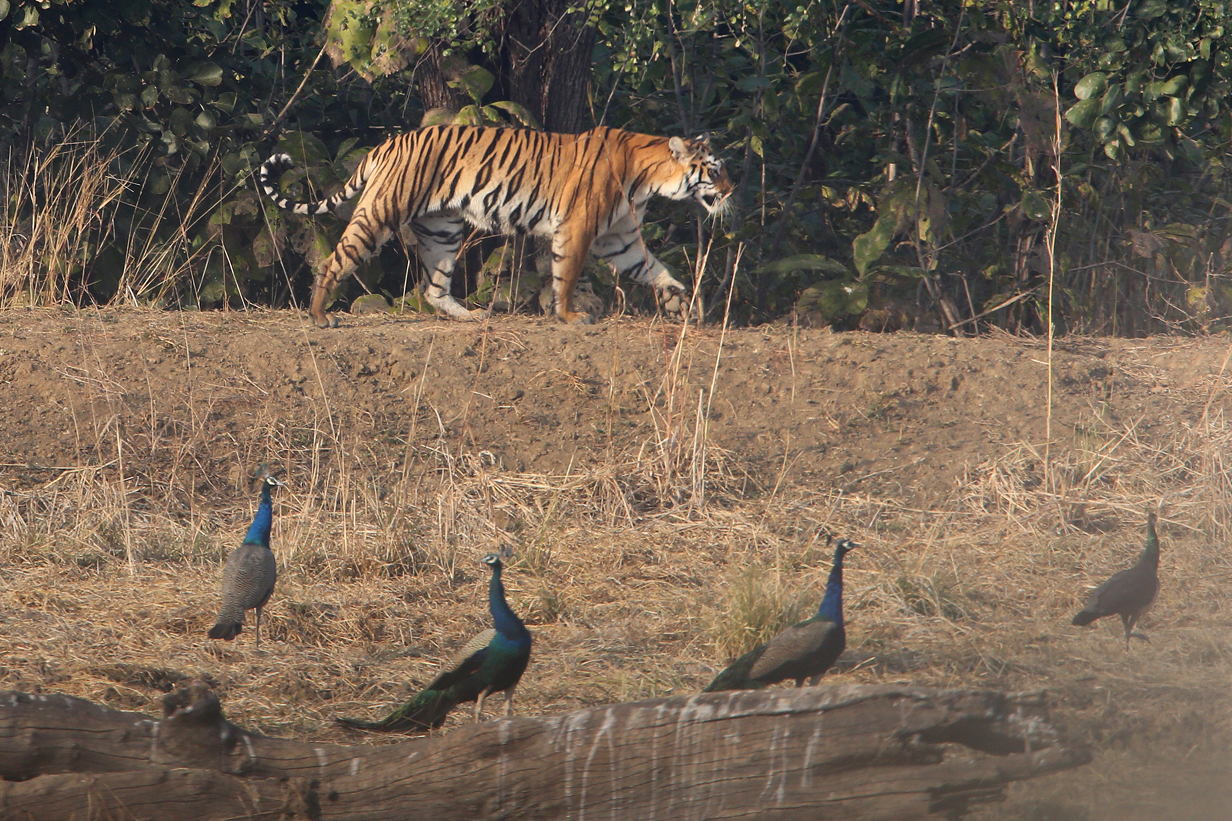
Indian peafowl (alert males!)
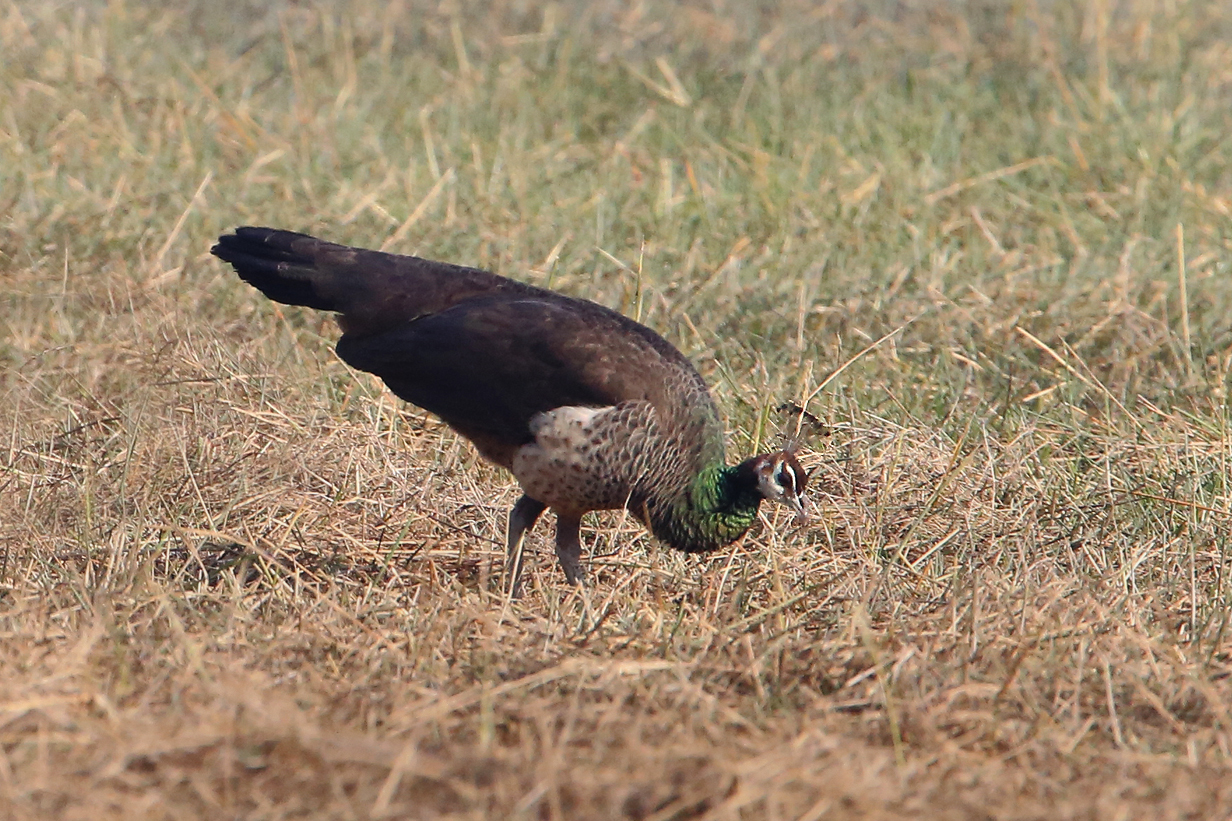
Indian peafowl (female)
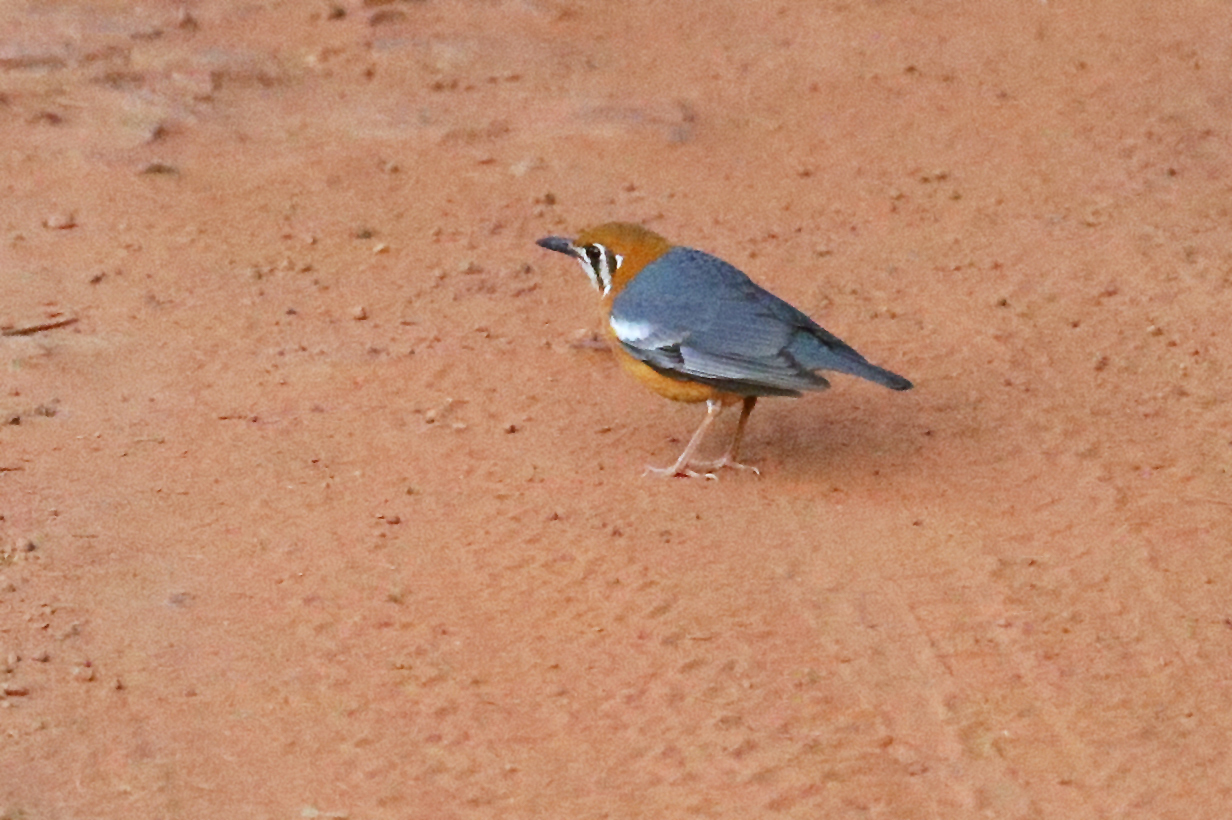
Orange-headed thrush (Tadoba Tiger Reserve: This is our life bird)
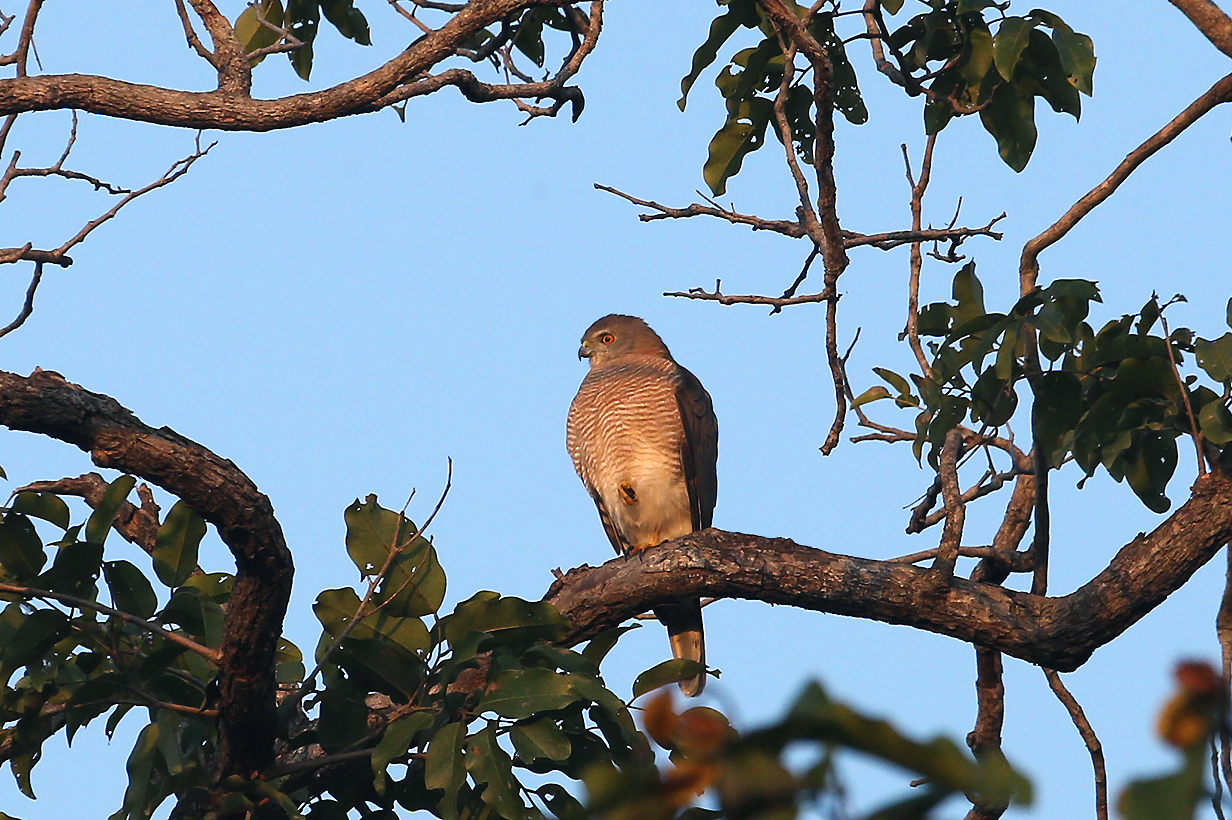
Shikra (Tadoba Tiger Reserve)

Black ibis (Tadoba Tiger Reserve: This is our life bird.)
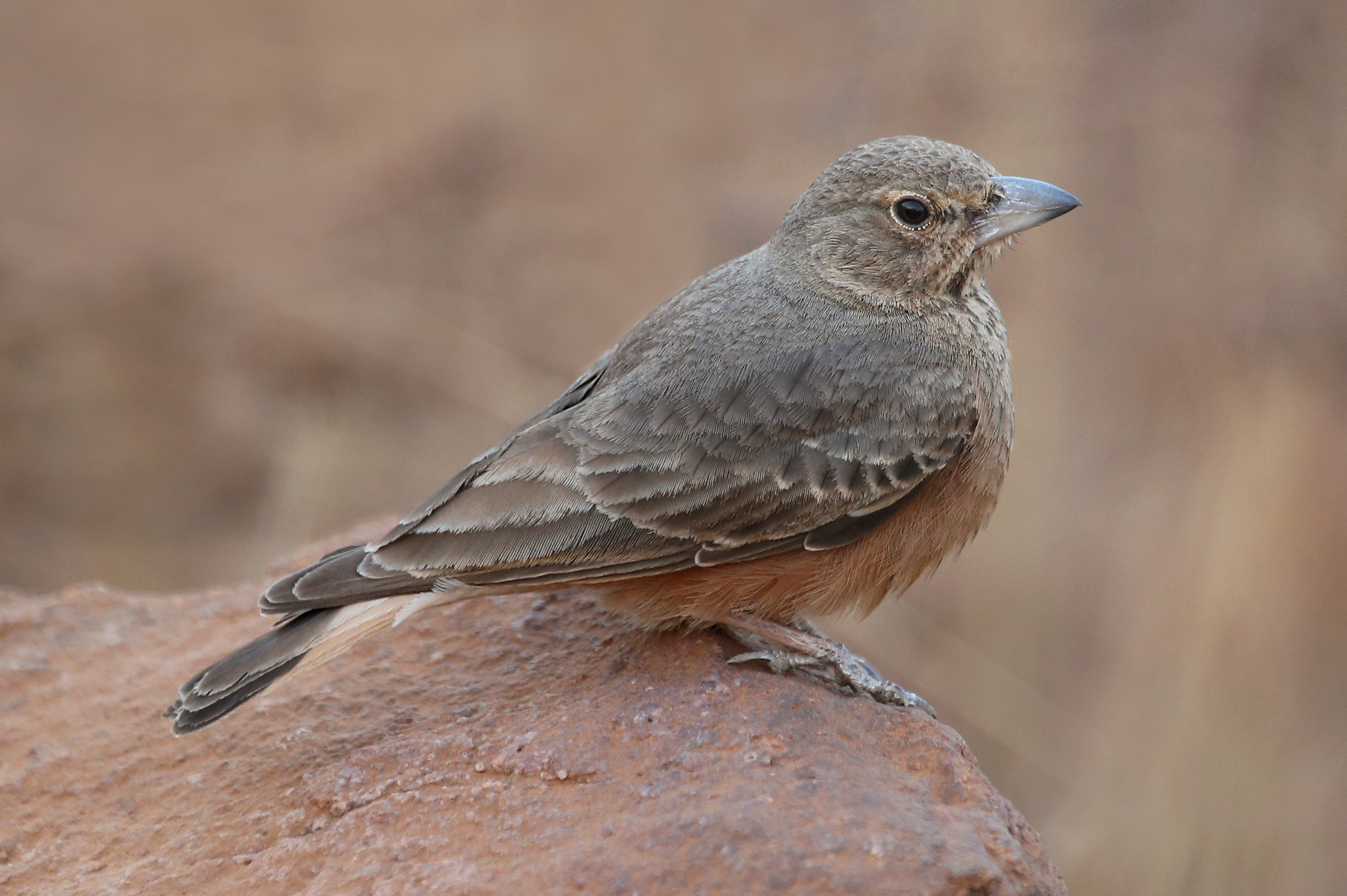
Rufous-tailed lark (Tadoba Tiger Researve: This is our life bird)
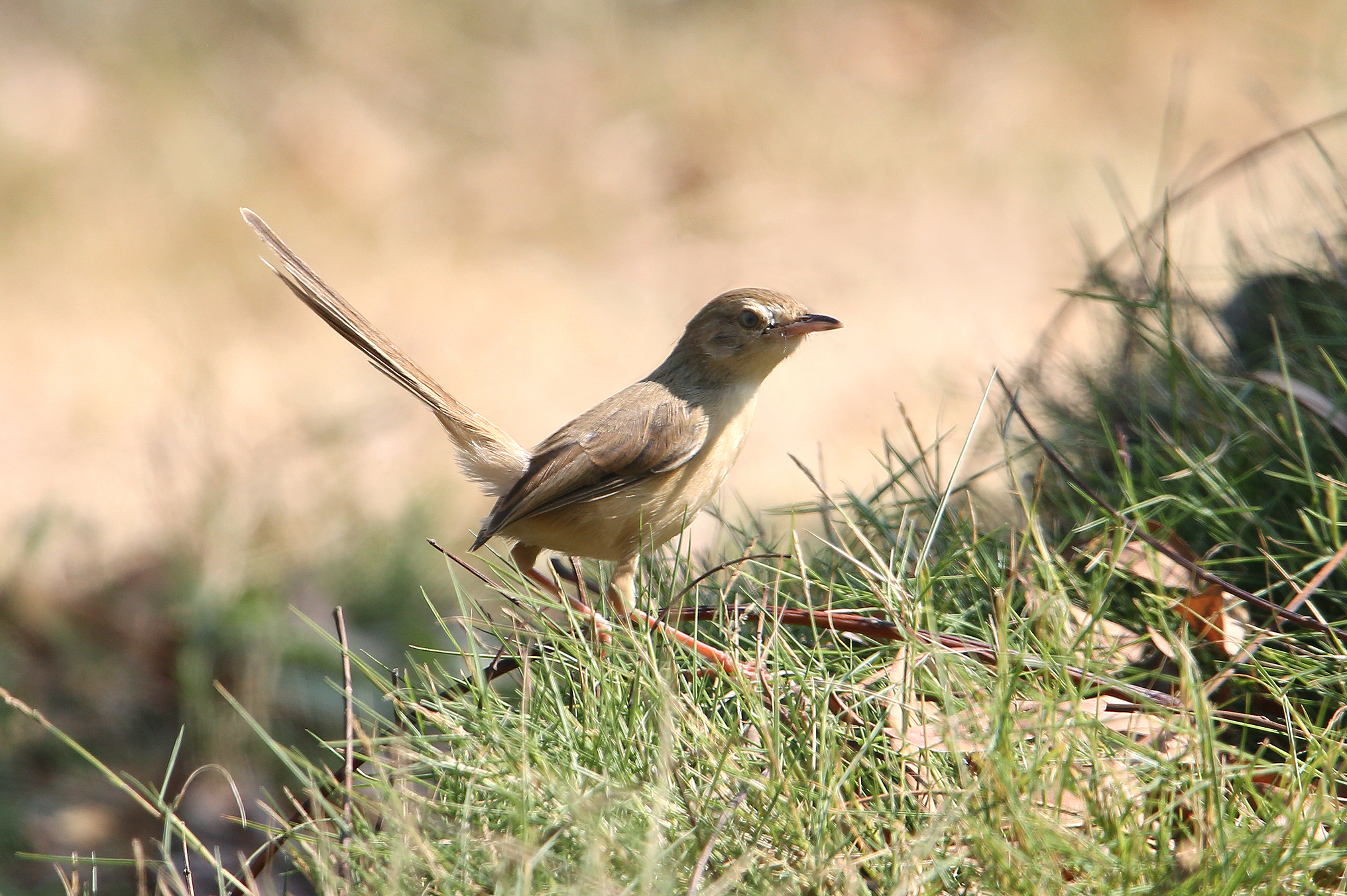
Plain prinia (at our lodge outside the park)
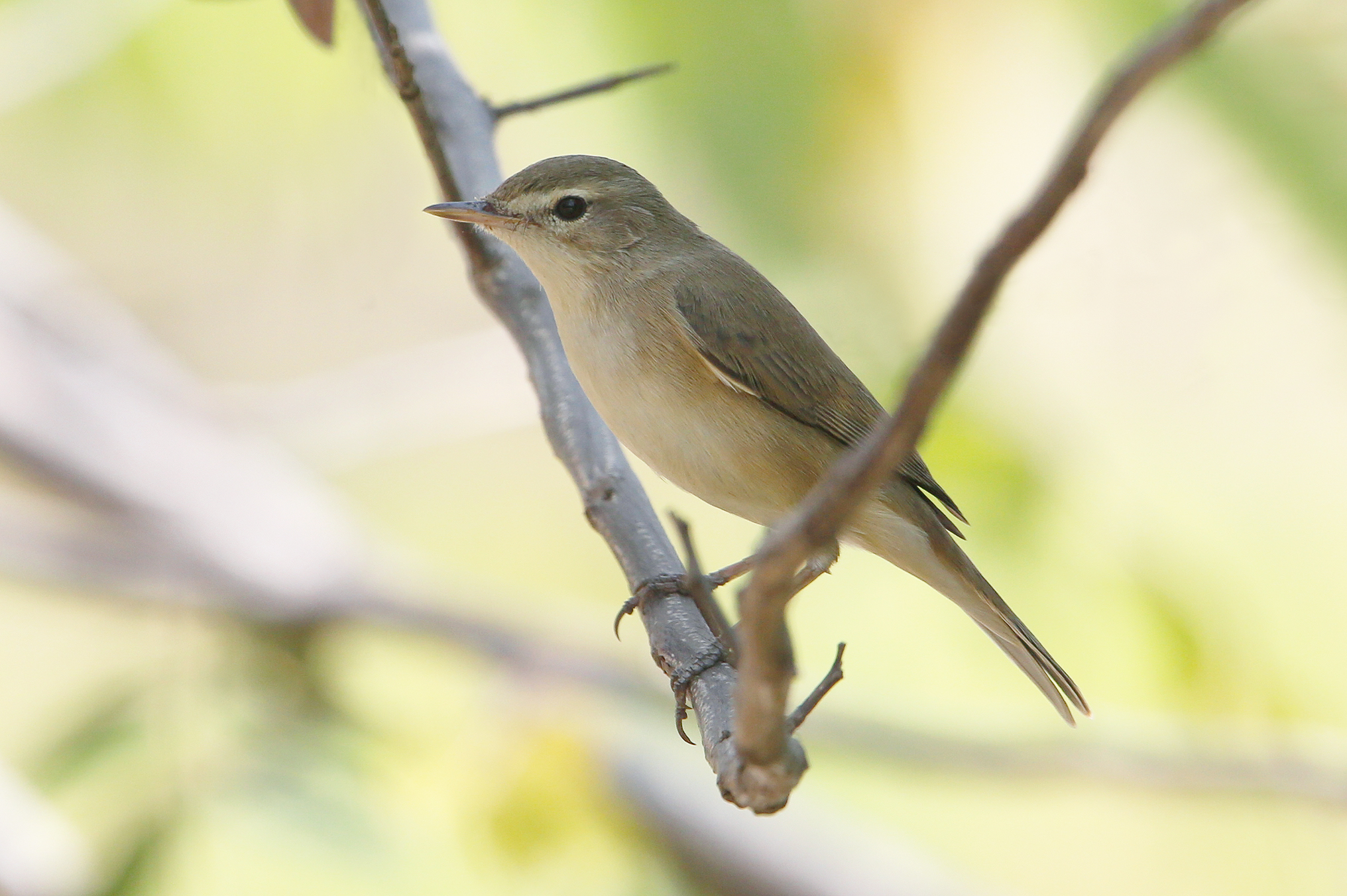
Booted warbler (This is our life bird: At our lodge, outside the park)

Spotted deer (early morning)
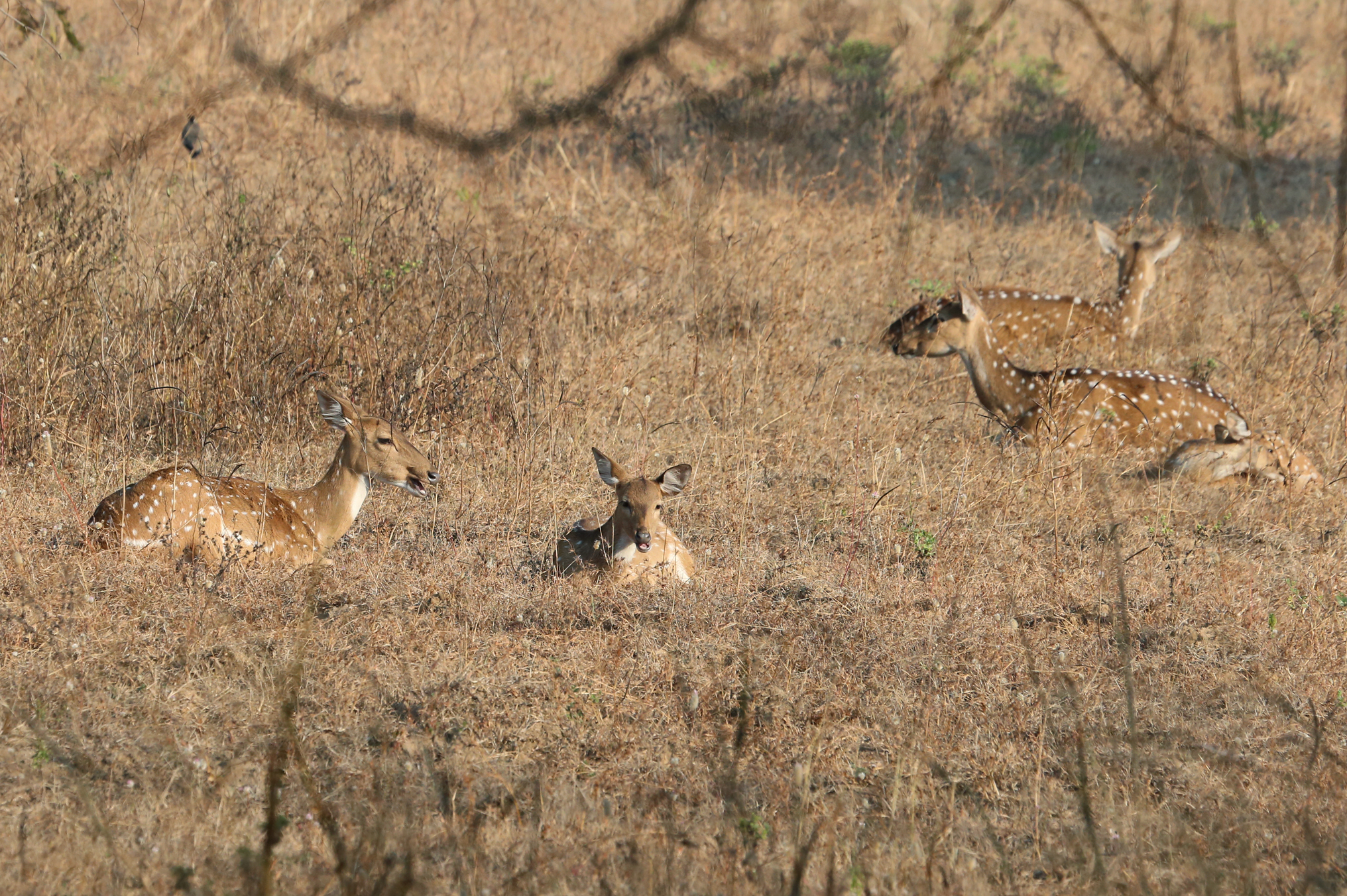
Indian spotted deer (Note the fawn next to one mother.)
Before the hunt, these four adults face in four different directions. It did not help.

We saw a complete hunt at Tadoba reserve - not by a tiger, but by a wild dog that took down an Indian spotted deer fawn.
Our bird pictures from around the world follow standard ecozones approximately but not exactly:
Birds from the USA and Canada: our house, Hornsby Bend and greater Austin, Texas, California, Hawaii, Canada,
Neotropic birds from Central America and the Caribbean: Honduras, Costa Rica, Panama, Trinidad and Tobago
Neotropic birds from South America: Ecuador, Ecuador 2017, Brazil.
Western palearctic birds: Europe: Germany, Finland, Norway, Europe: United Kingdom, Europe: Spain, the Canary Islands, Europe: Lesbos, Greece, Israel
Eastern palearctic birds: China
Birds from Africa: The Gambia, South Africa
Indo-Malayan birds from India: North-west (Delhi, Uttar Pradesh, Uttarakhand) India: North-east (Assam, Arunachal Pradesh, Meghalaya) India: Central (Maharashtra, Madhya Pradesh)
Birds from Australia, New Zealand.
For our 2014 December trip to India, see this travelog.
For our 2016 May-June trip to India, see this travelog.
For our 2017 April trip to High Island, Texas, see this web site.
For our 2018 March trip to India, see this travelog.
For our 2018 May trip to China, see this travelog.
For our 2018 November trip to China, see this travelog.
For our 2019 April trip to High Island, Texas, see this web site.
For our 2019 July trip to China, see this web site.
For our 2021 April trip to High Island, Texas, see this web site.
For our 2021 December trip to Ecuador, see this web site.
For our 2022 January trip to Peru, see this web site.
For our 2022 July-August trip to Australia and Papua New Guinea, see this web site.
For our 2022 September trip to Bolivia, see this web site.
For our 2022 November-December pre-trip to Argentina (before our Antarctic cruise), see this web site.
For our 2022 November-December cruise to Antarctica, see this web site.
For our 2023 January birding in Chile, see this web site.
For our 2023 January-March cruise from Chile to Antarctica and around South America to Miami, FL, see this web site.
For our 2023 March-April birding in south Florida (after the Seabourn cruise), see this web site.
For our 2023 November-December birding to Sri Lanka, the Andaman Islands, and South India, see this web site.
For John's 2024 February-March birding in Colombia, see this web site.
For our 2024 May-June cruise from Iceland to Jan Mayen Island to and around the Svalbard Archipelago, see this web site.
For our 2024 June 25-30 stay in Paris, see this web site.
For our 2025 April 21 - May 3 trip to High Island, Texas, see this site.